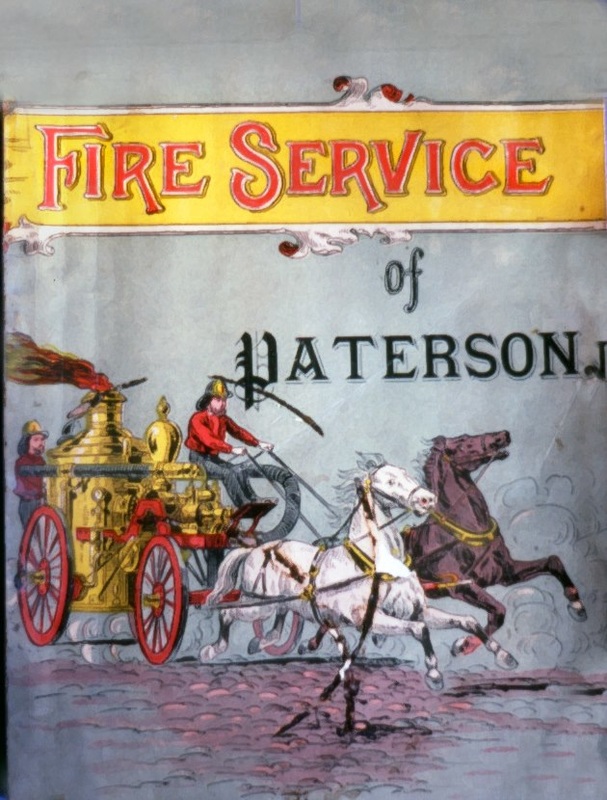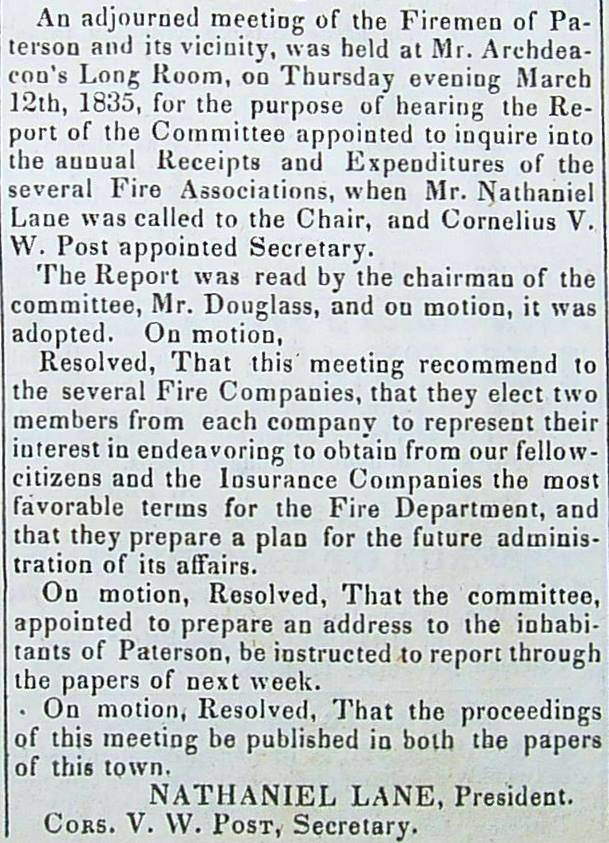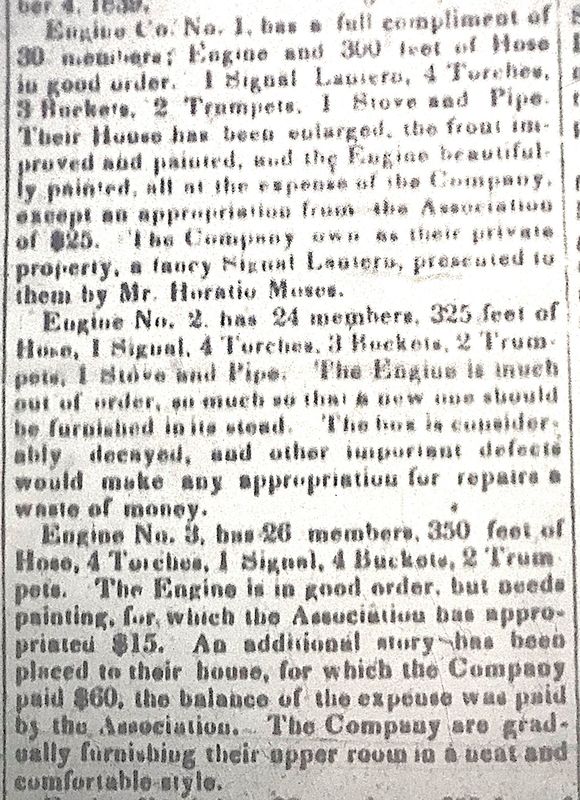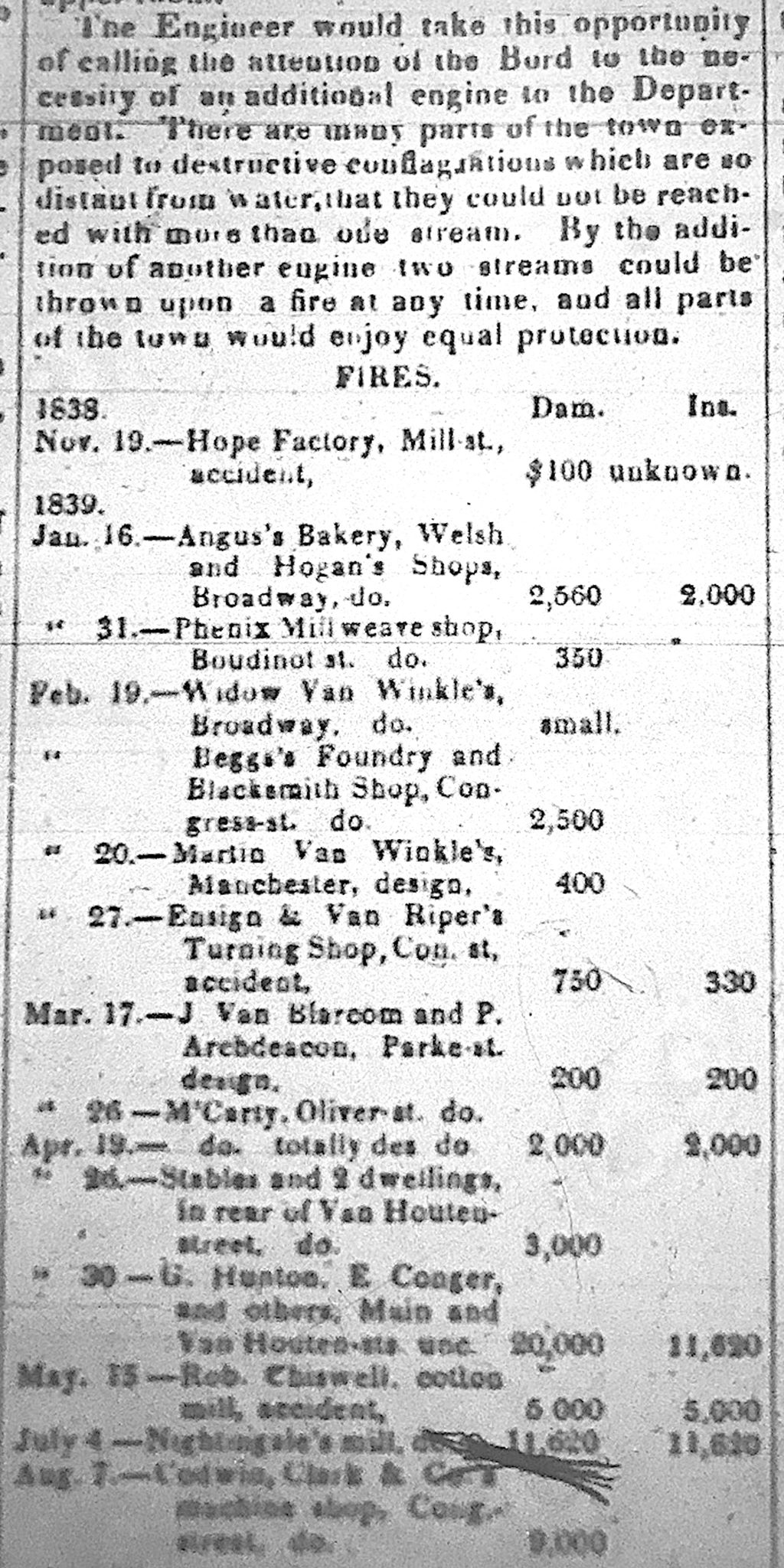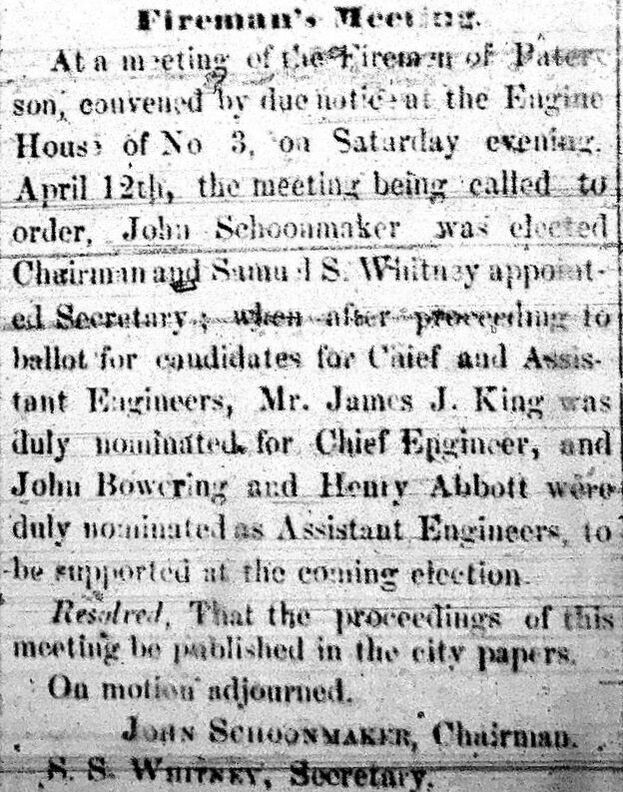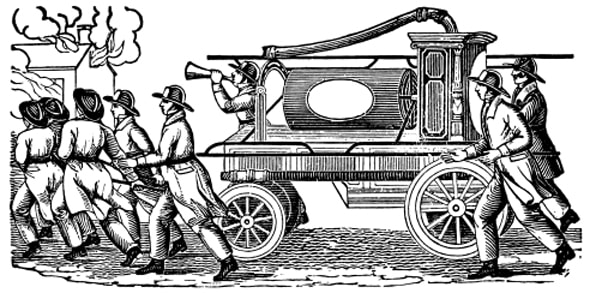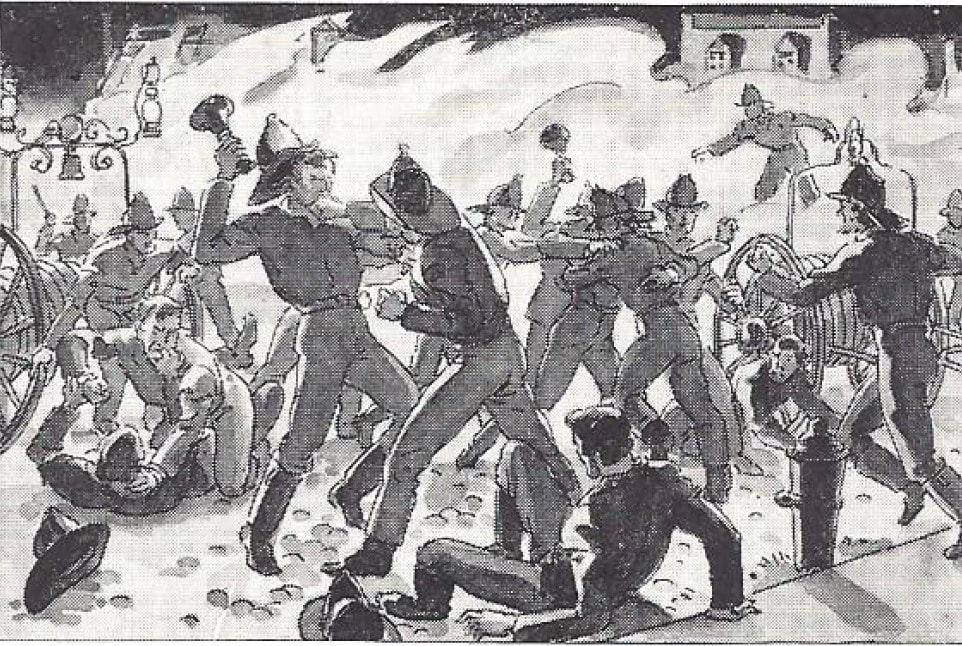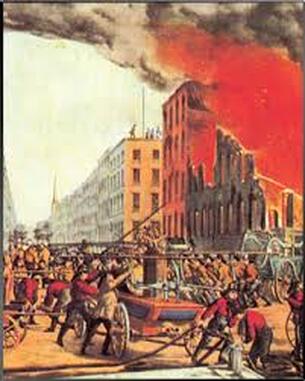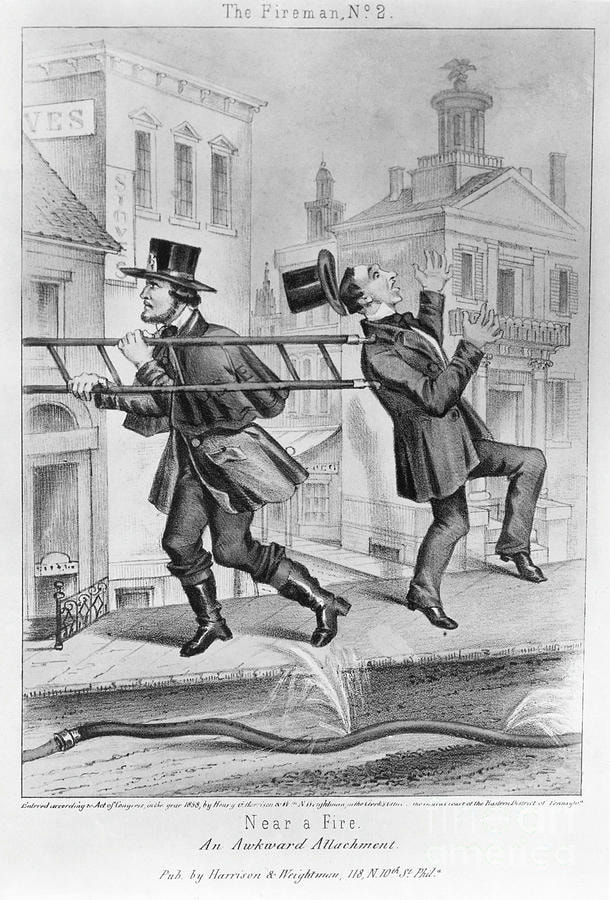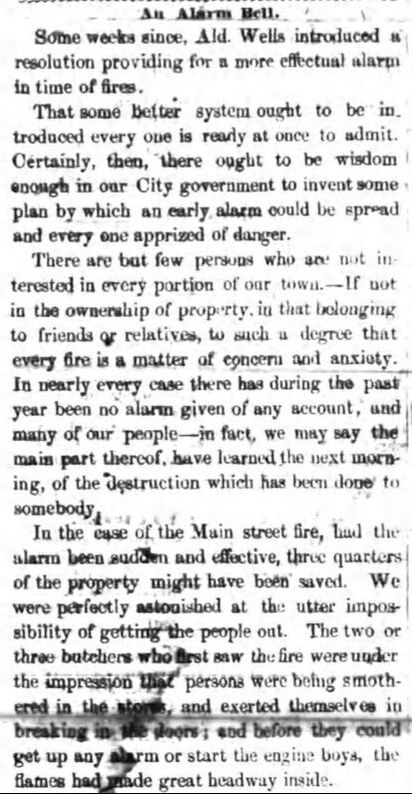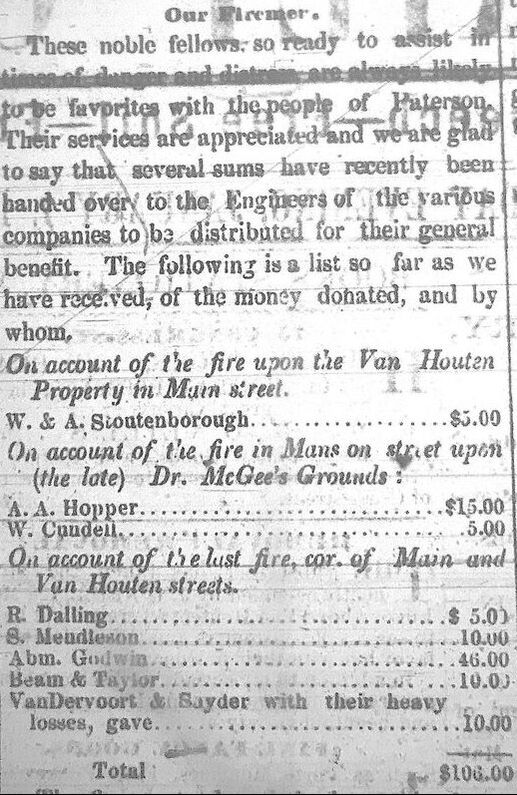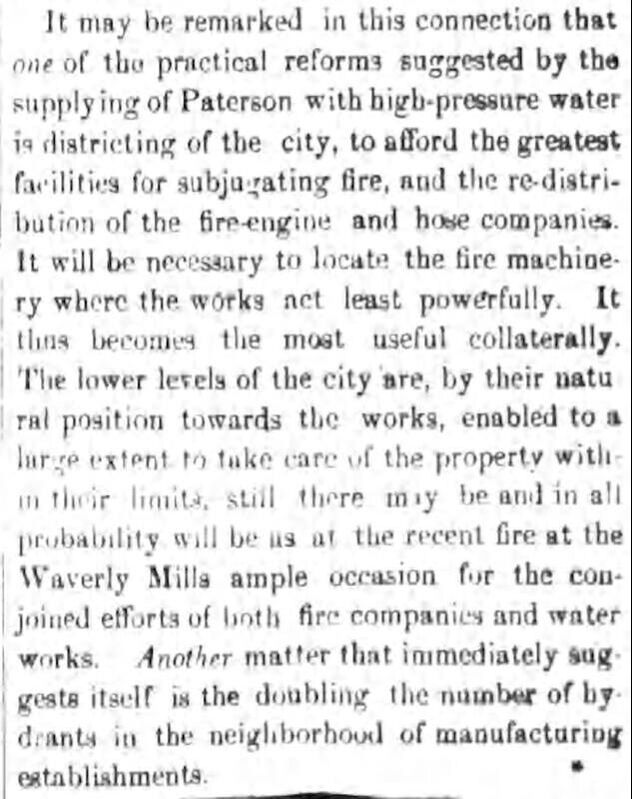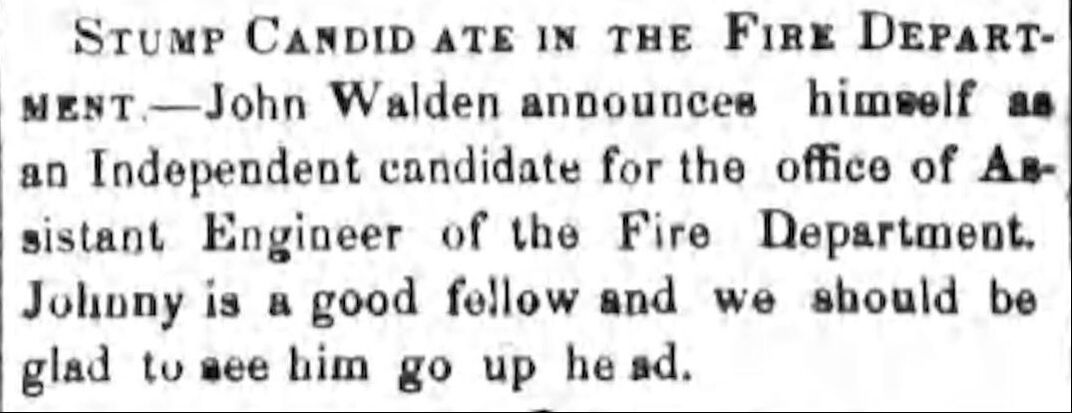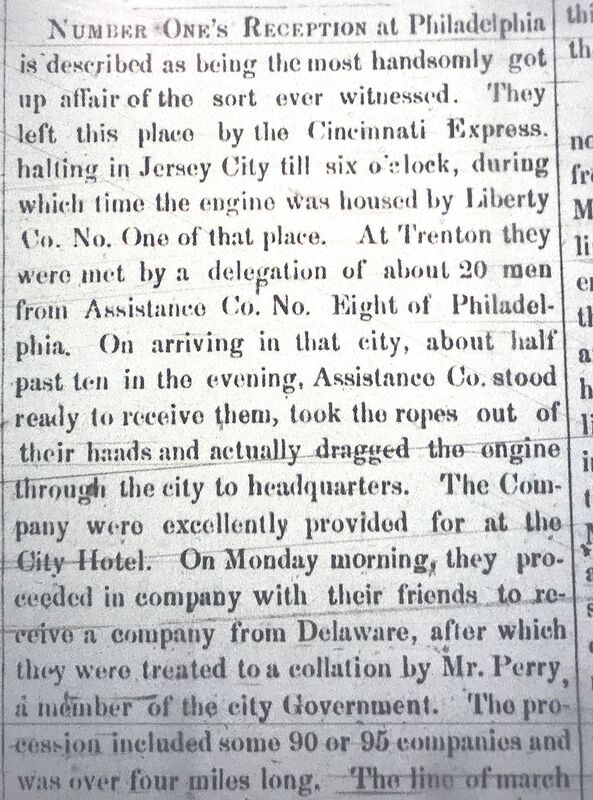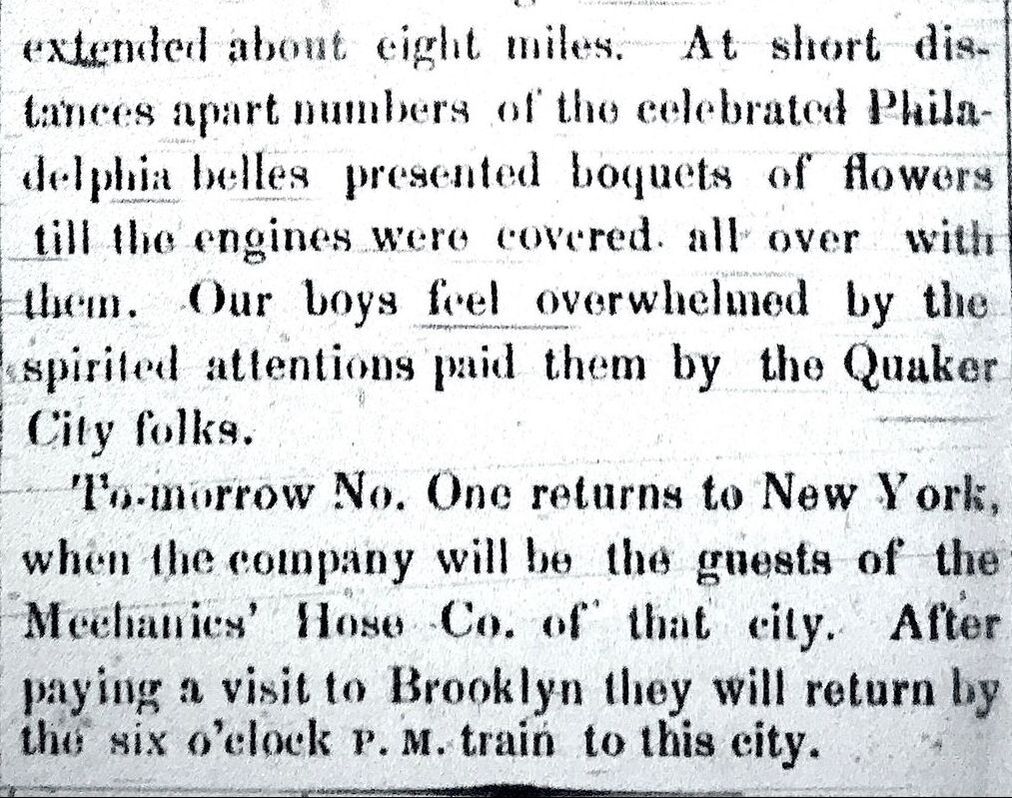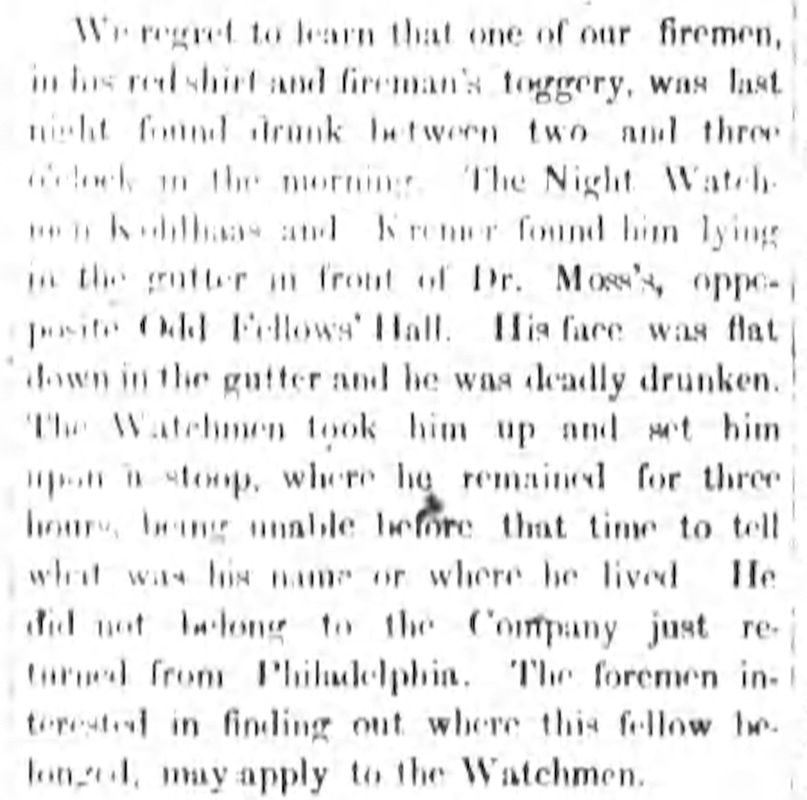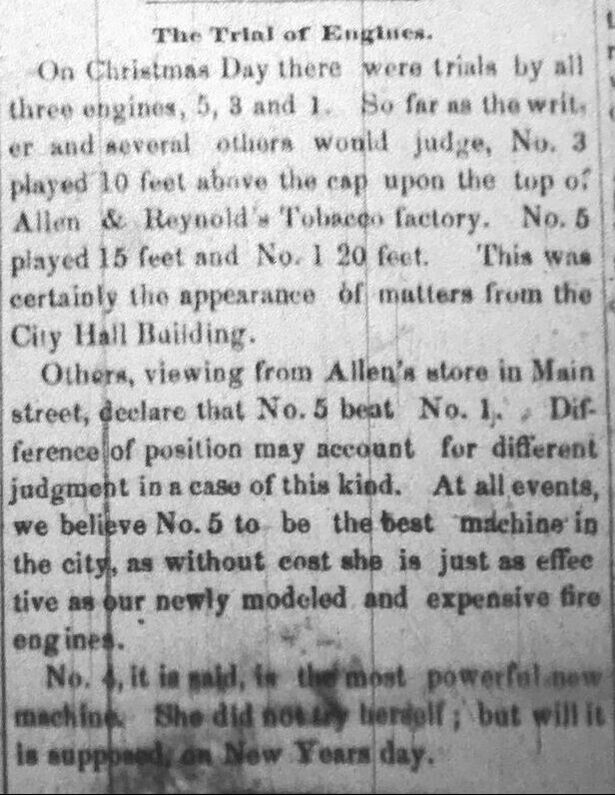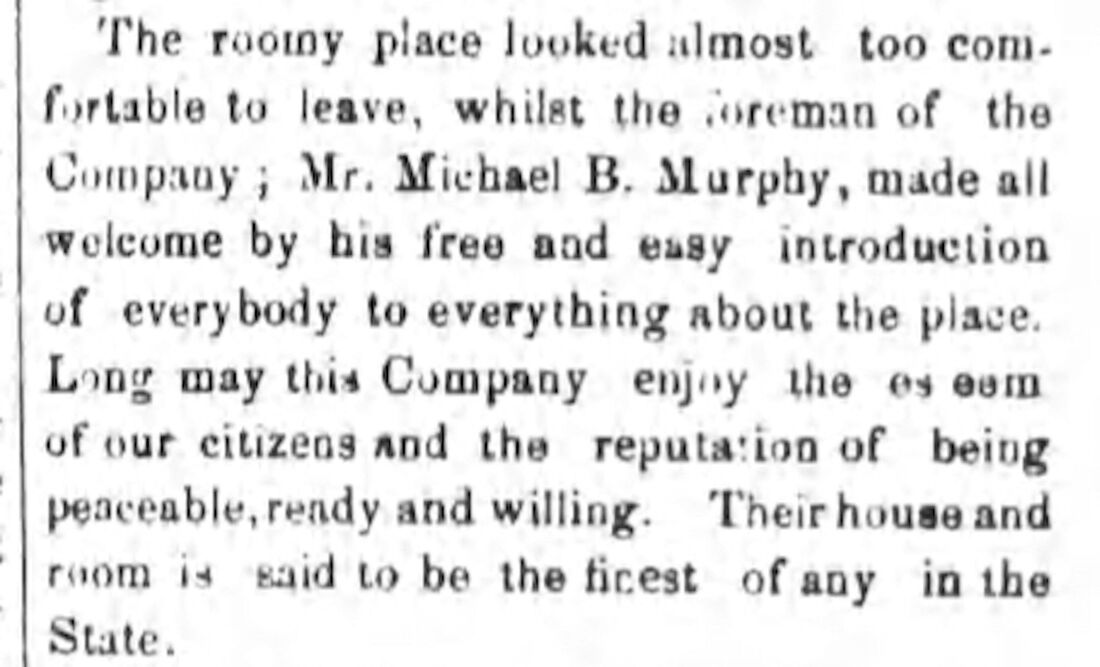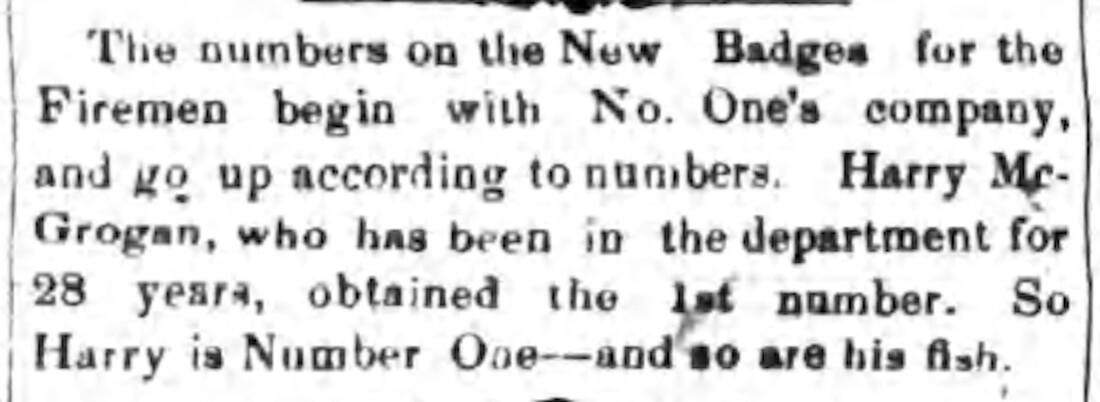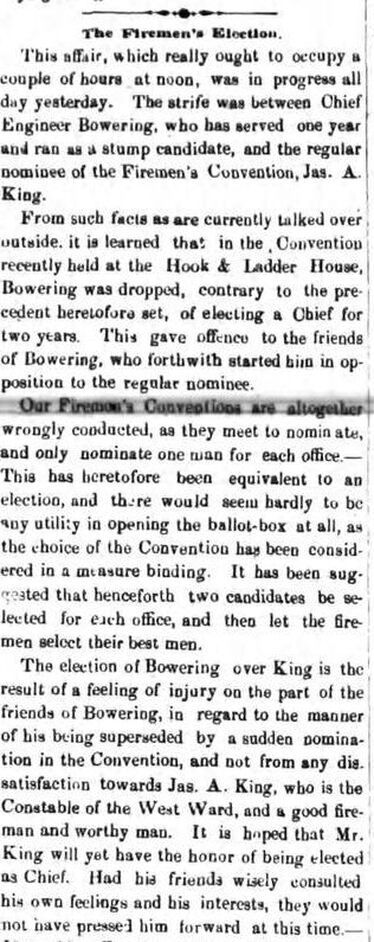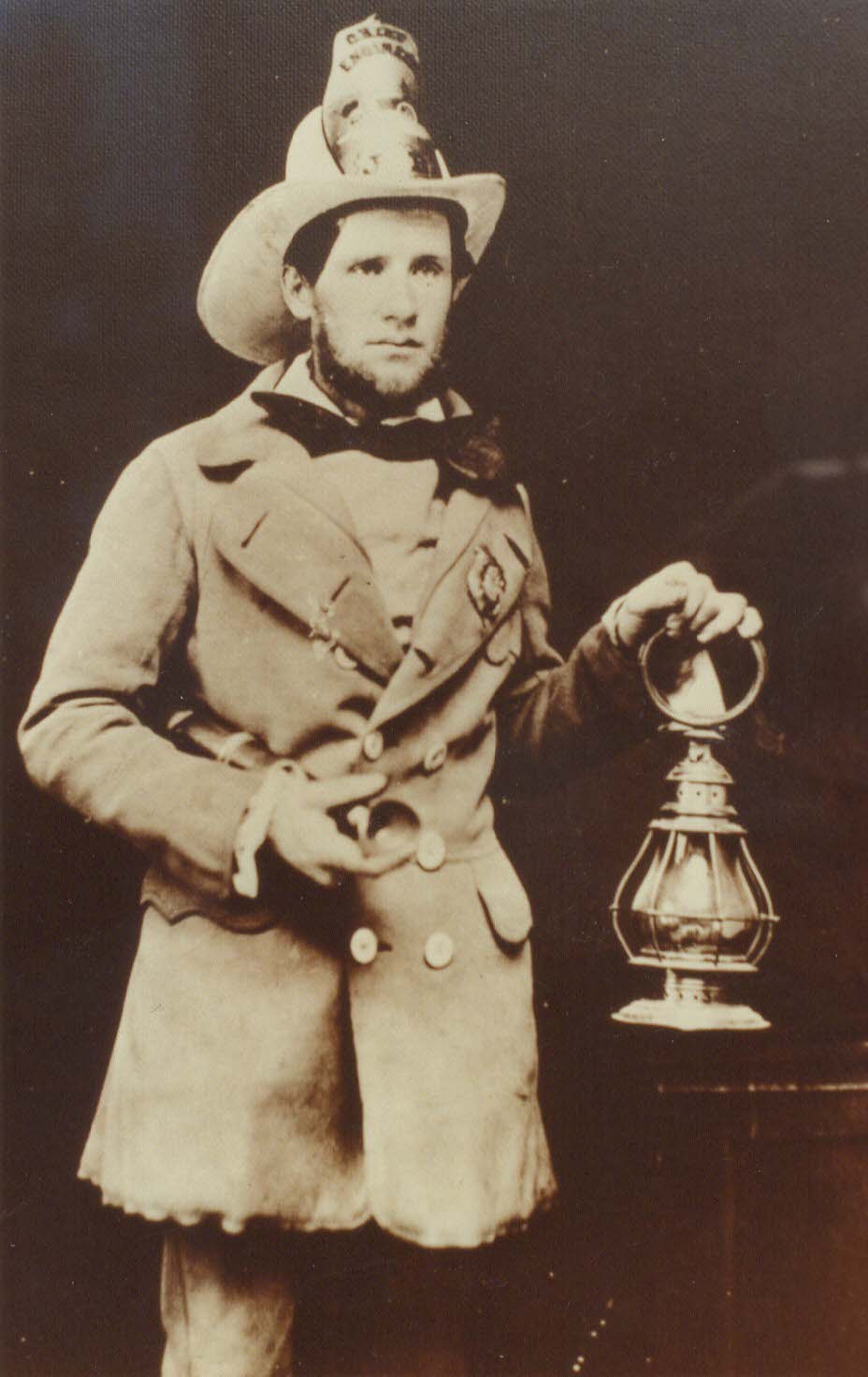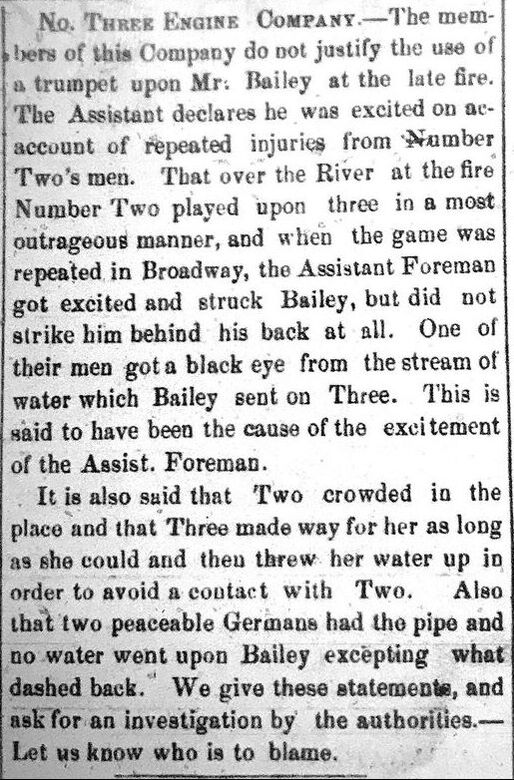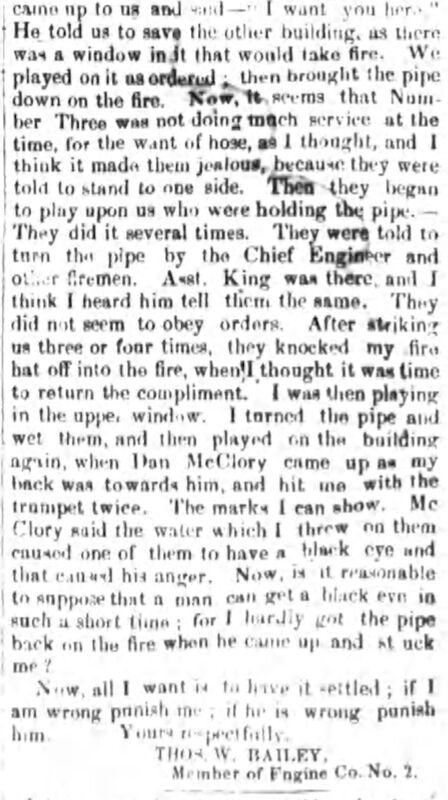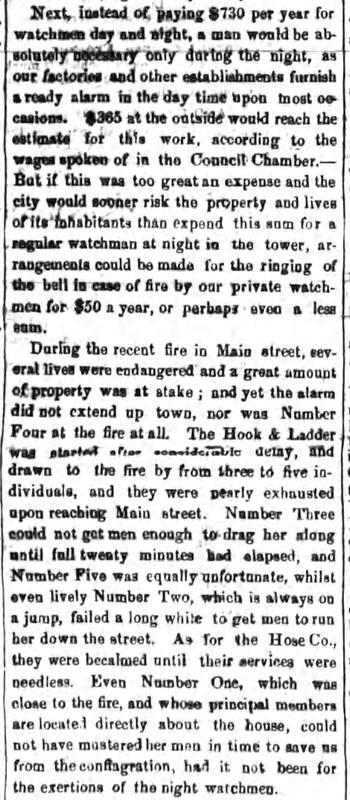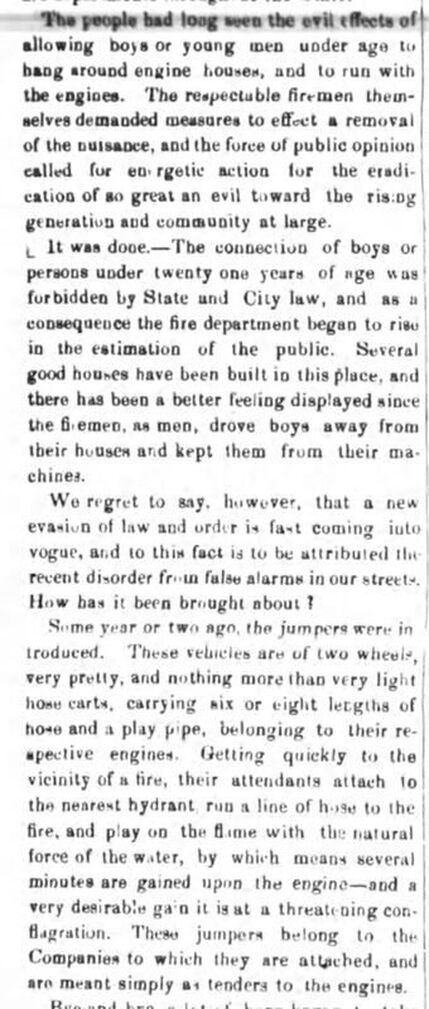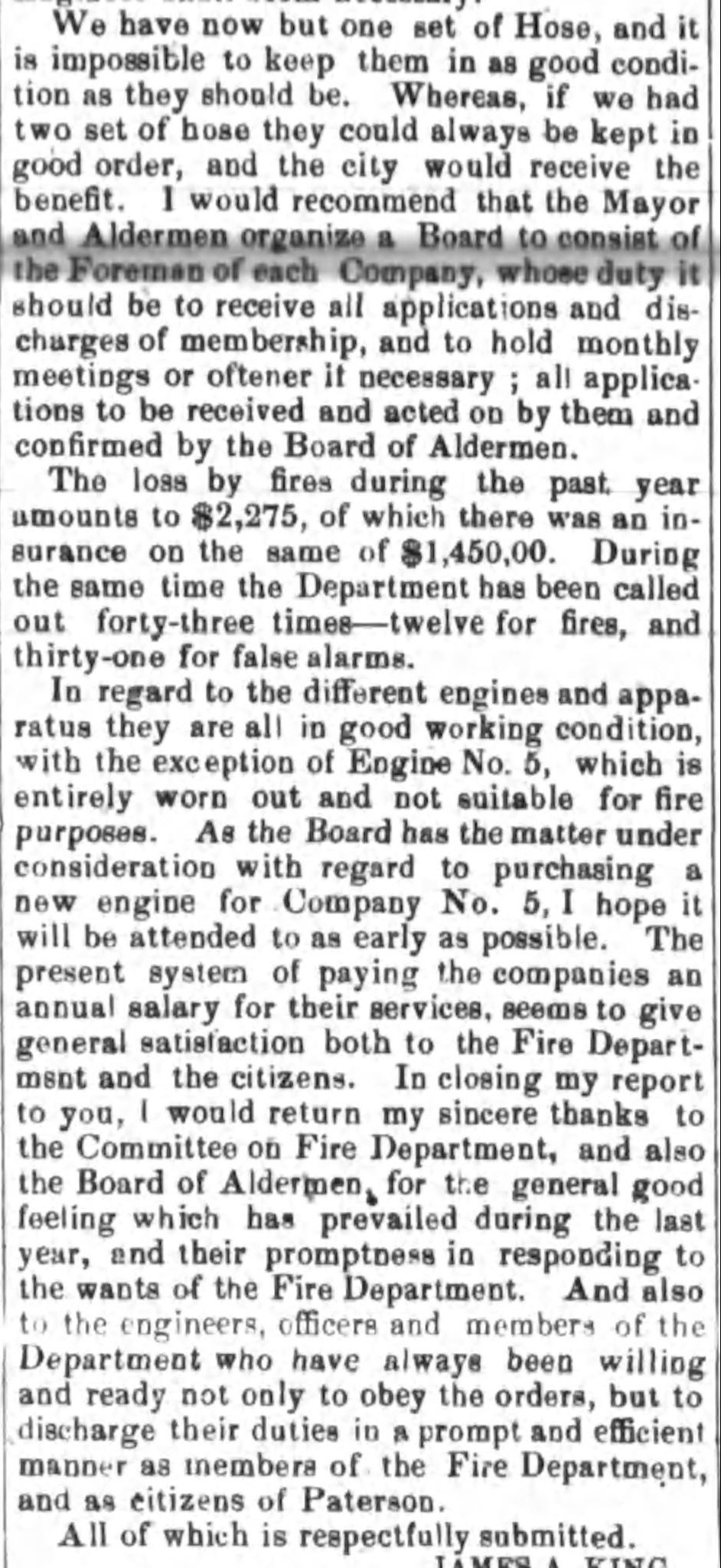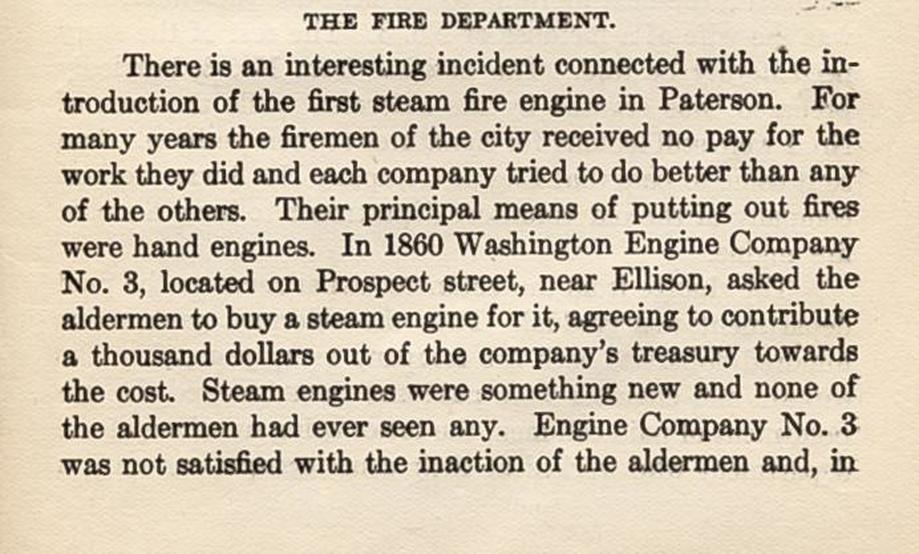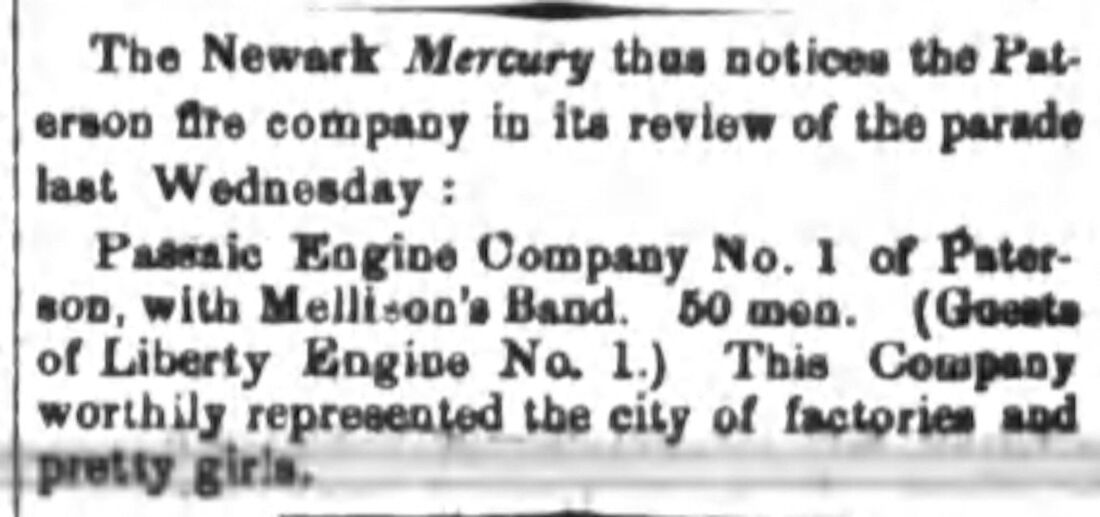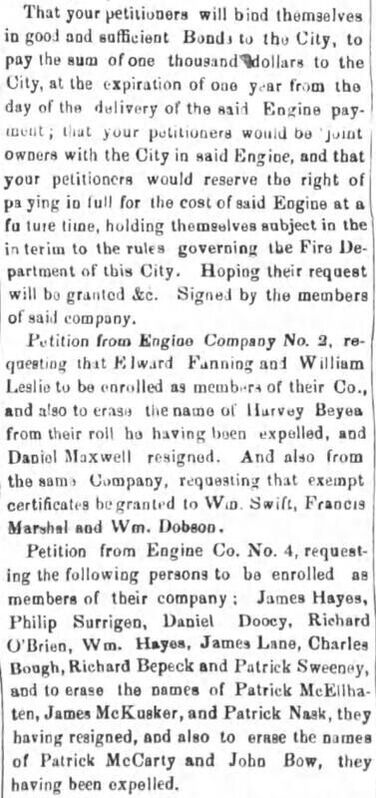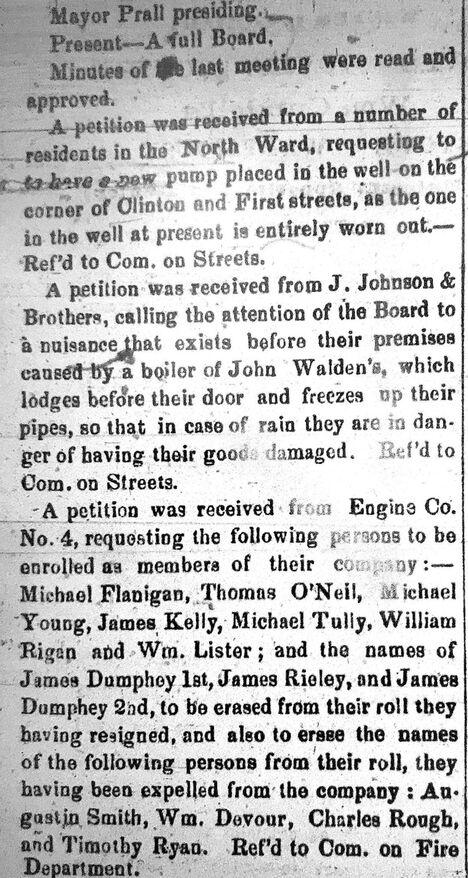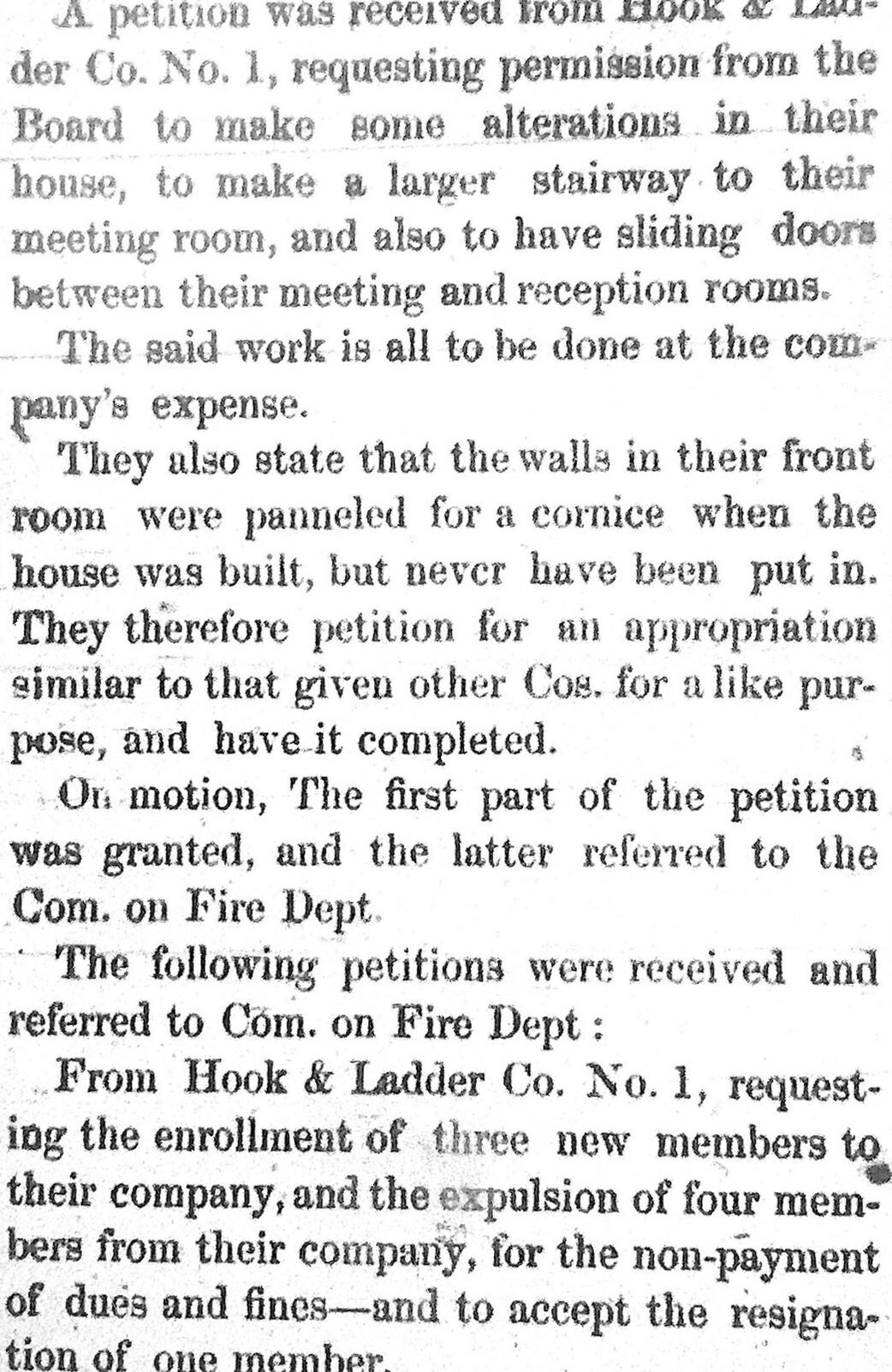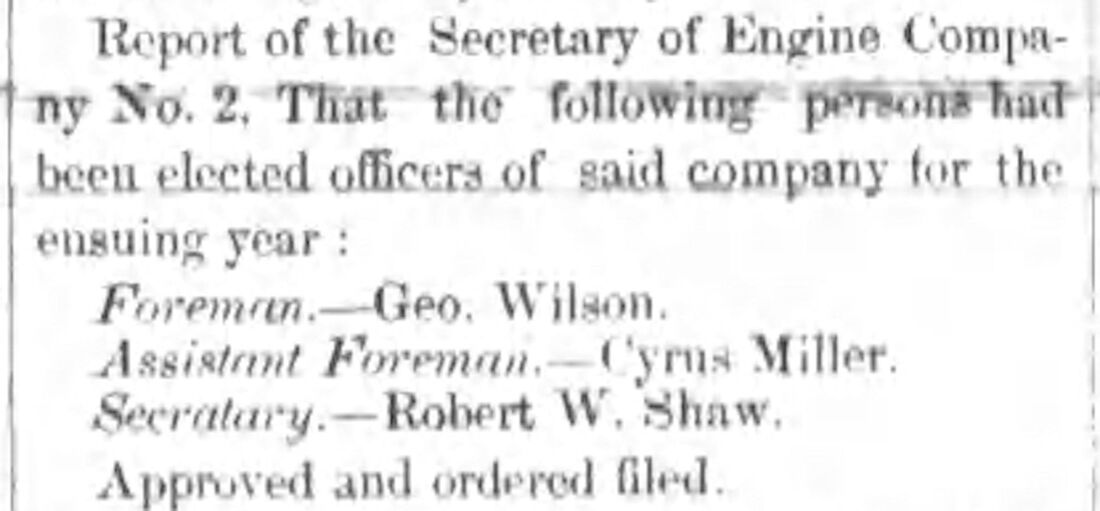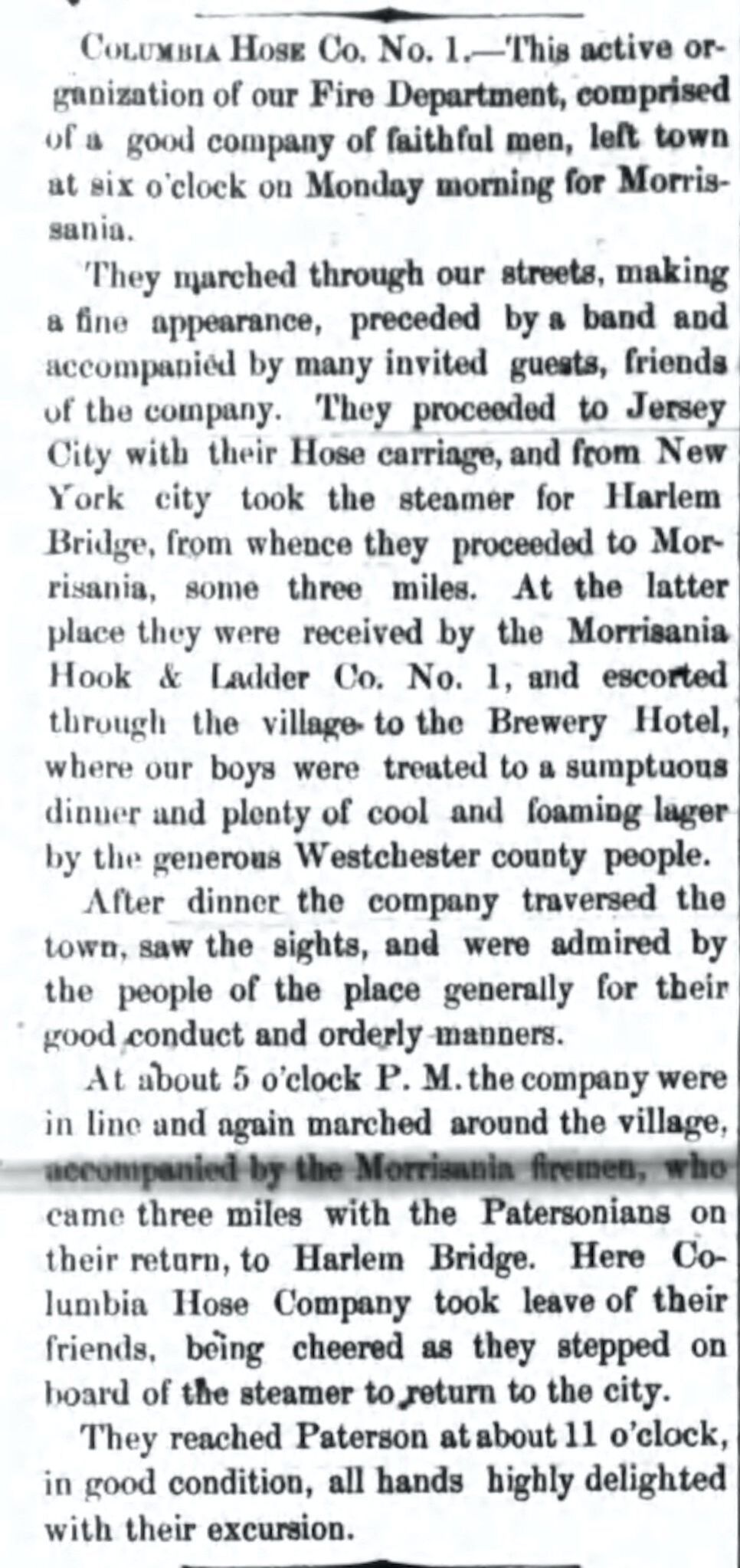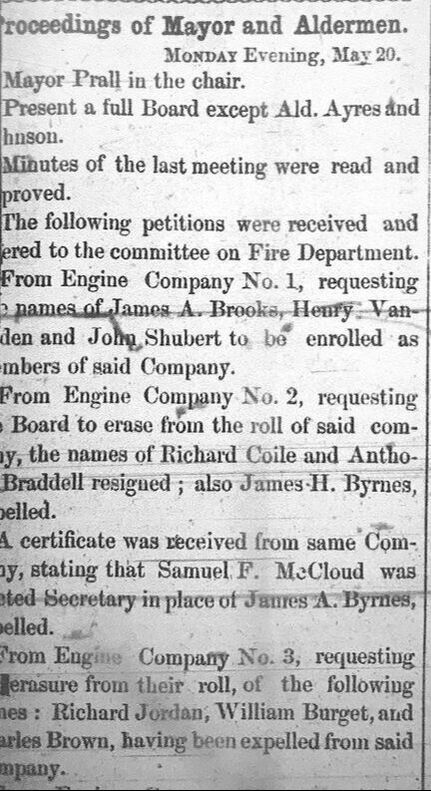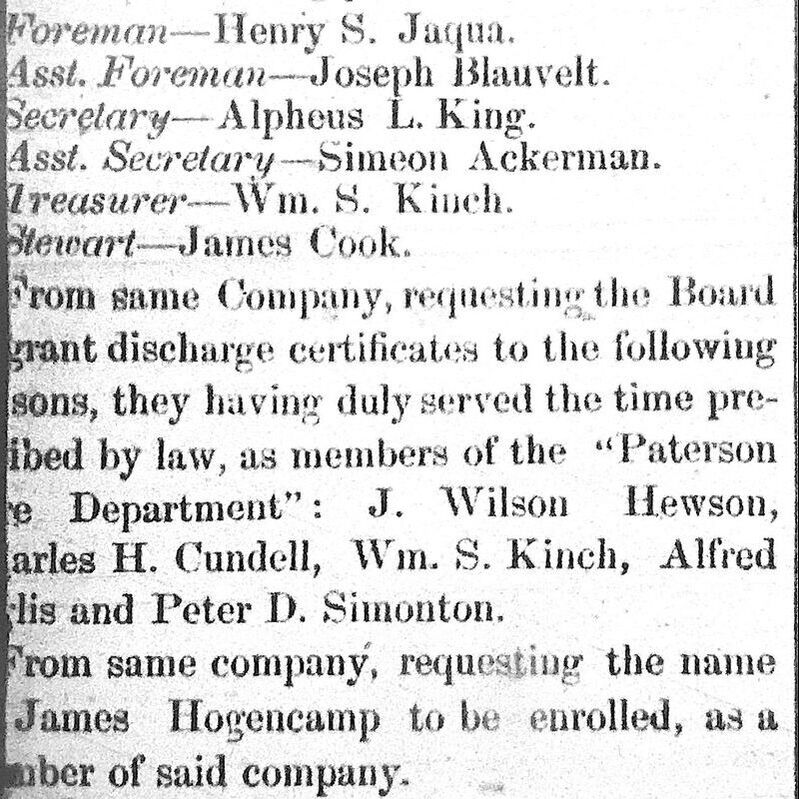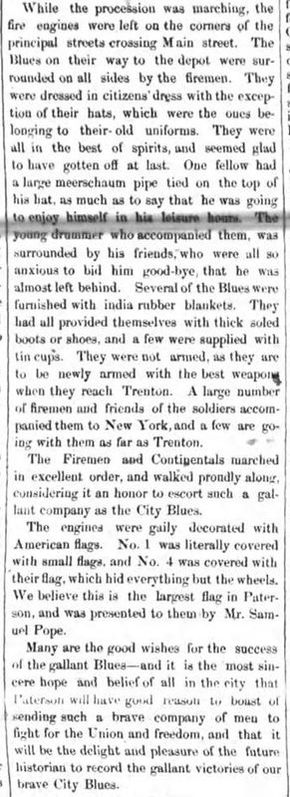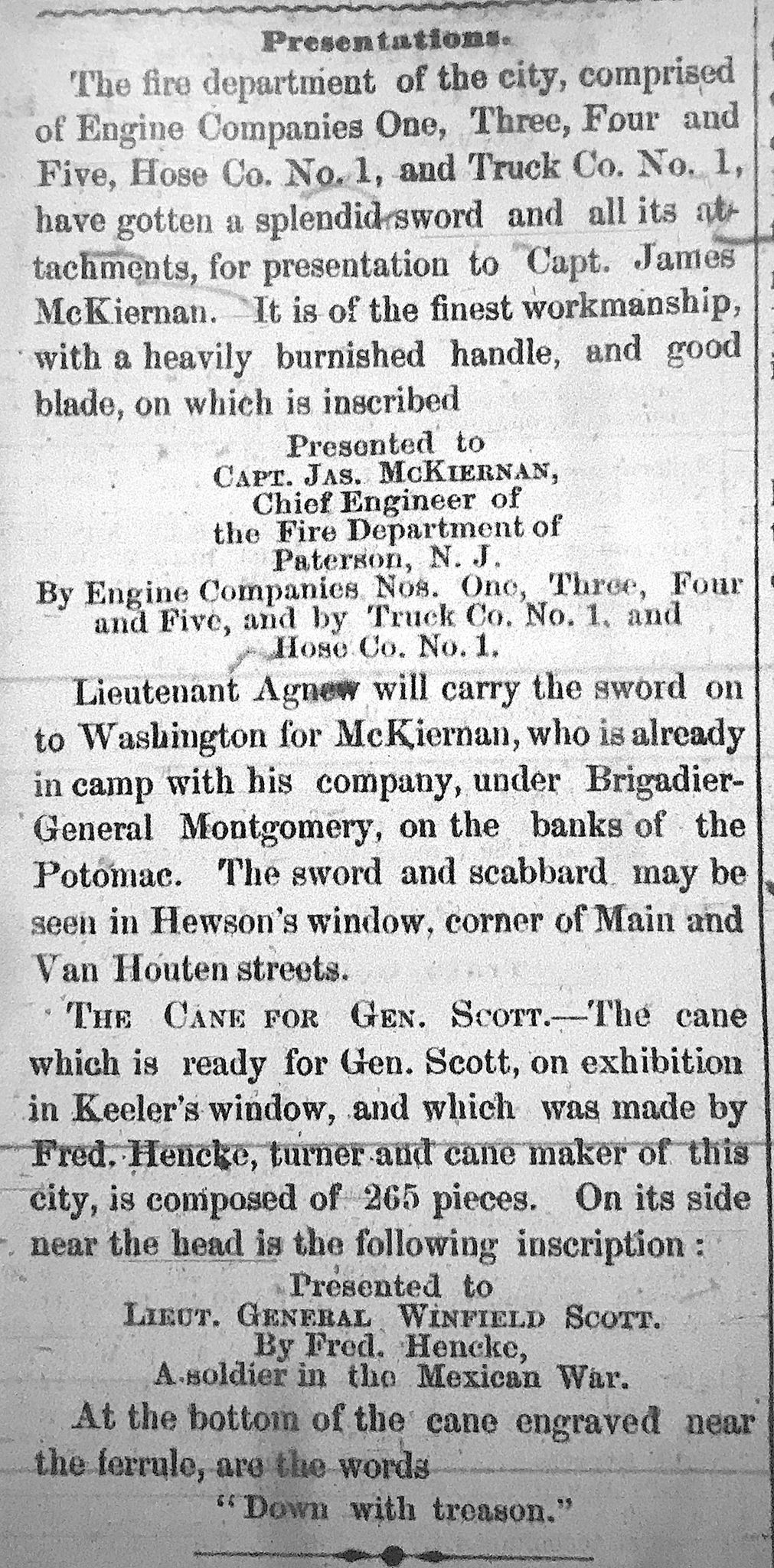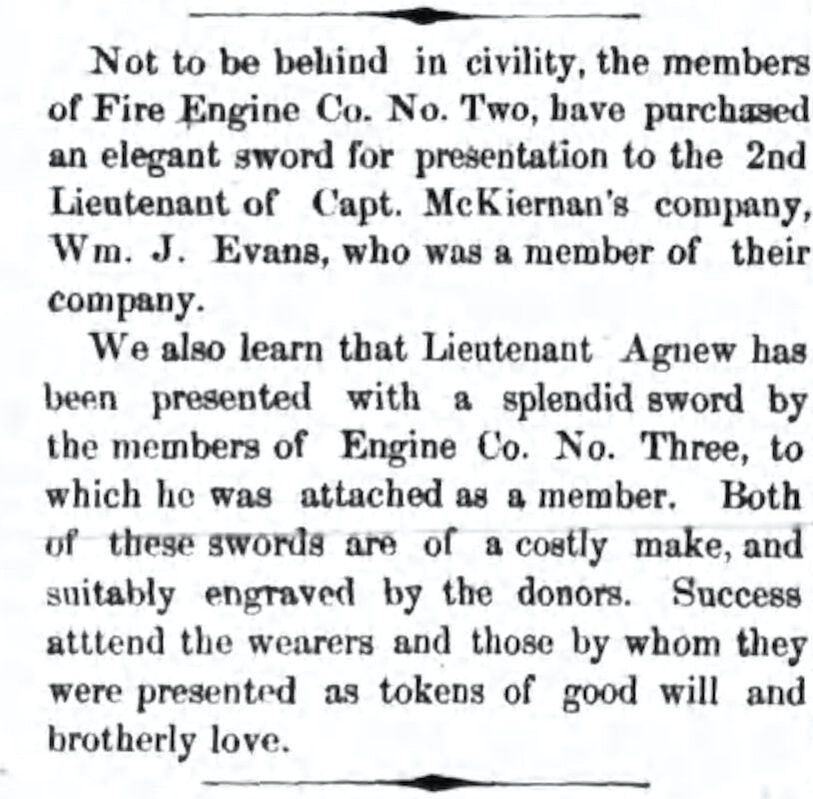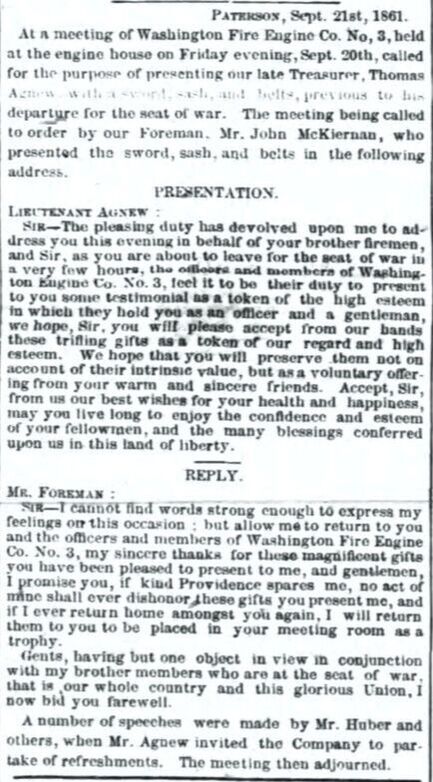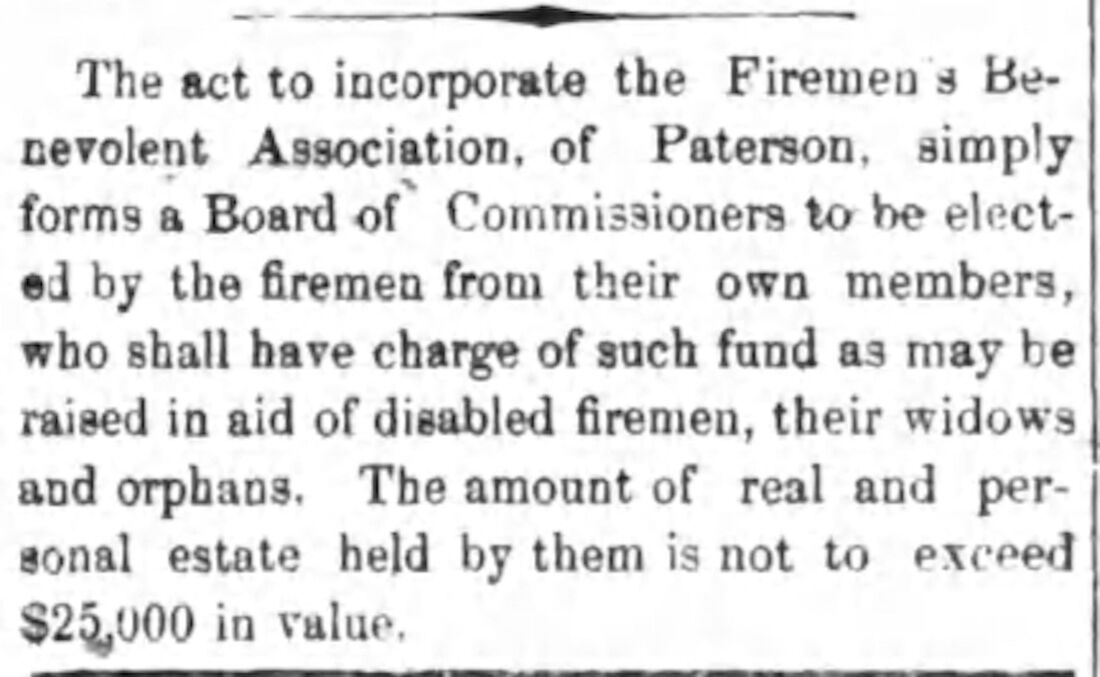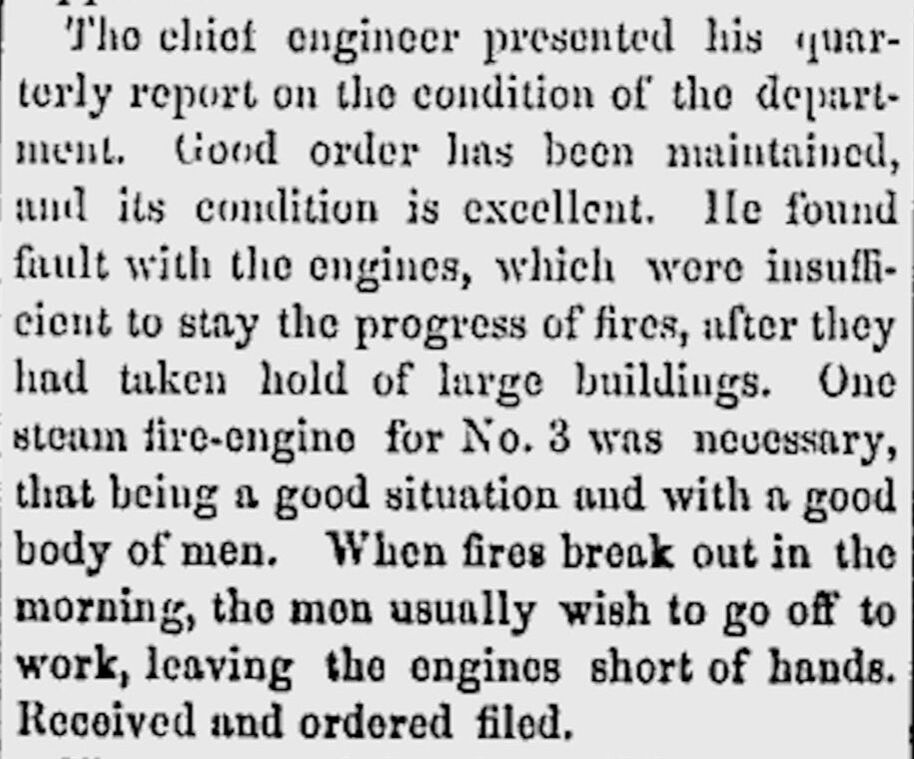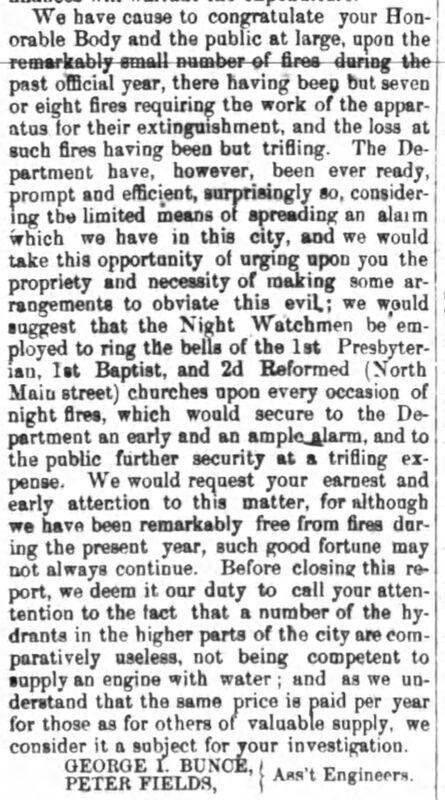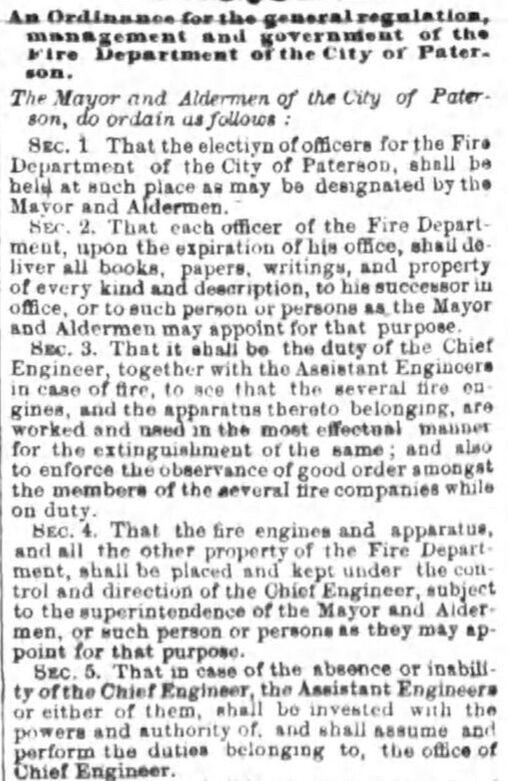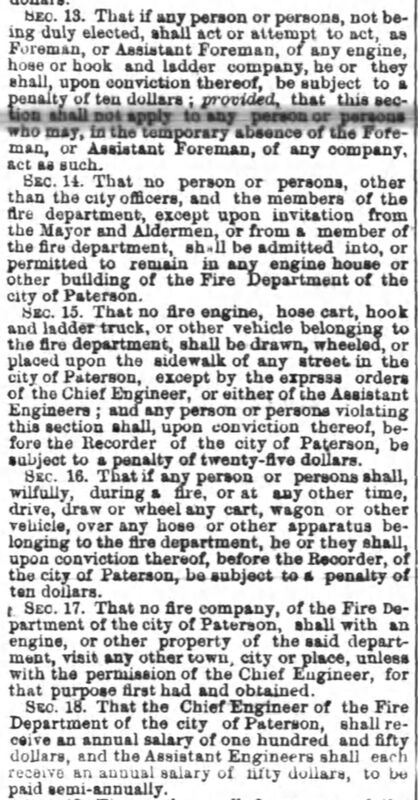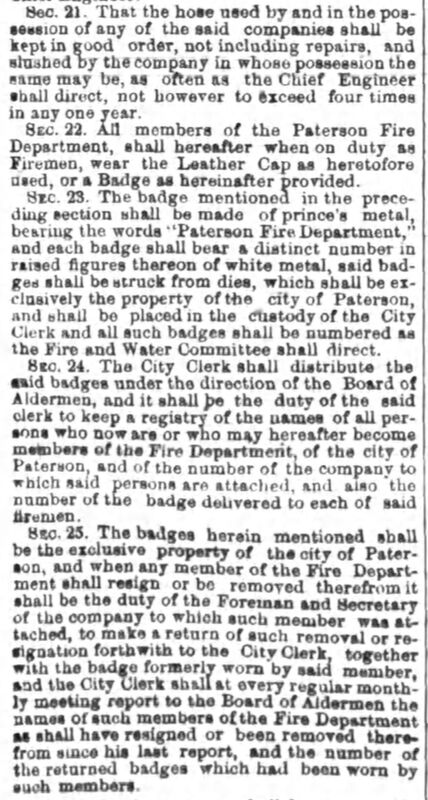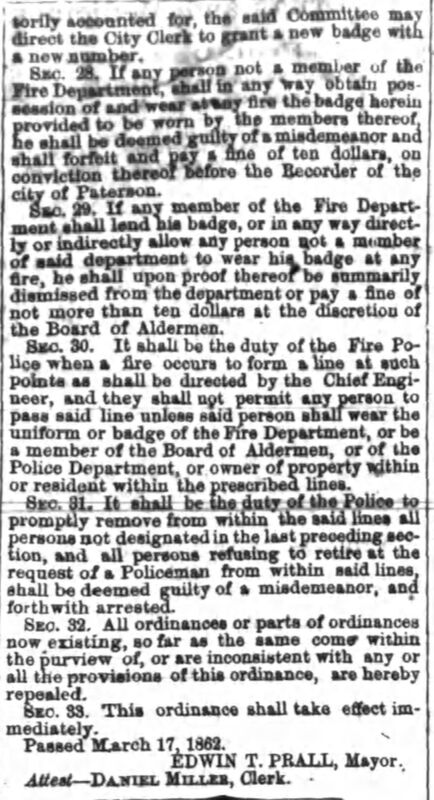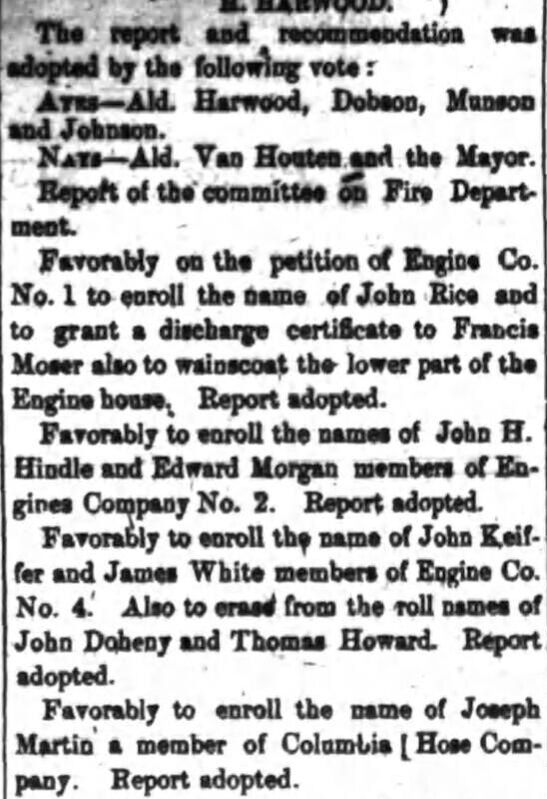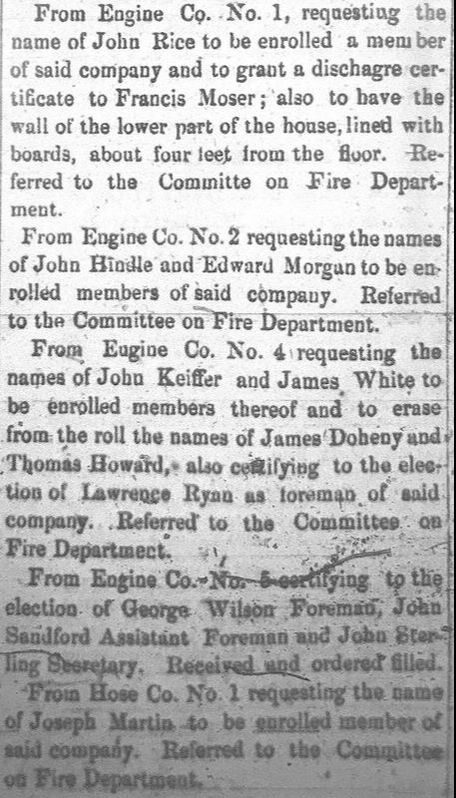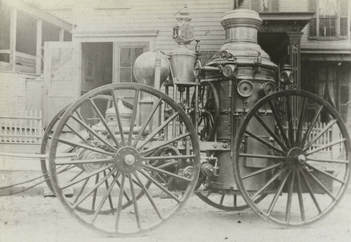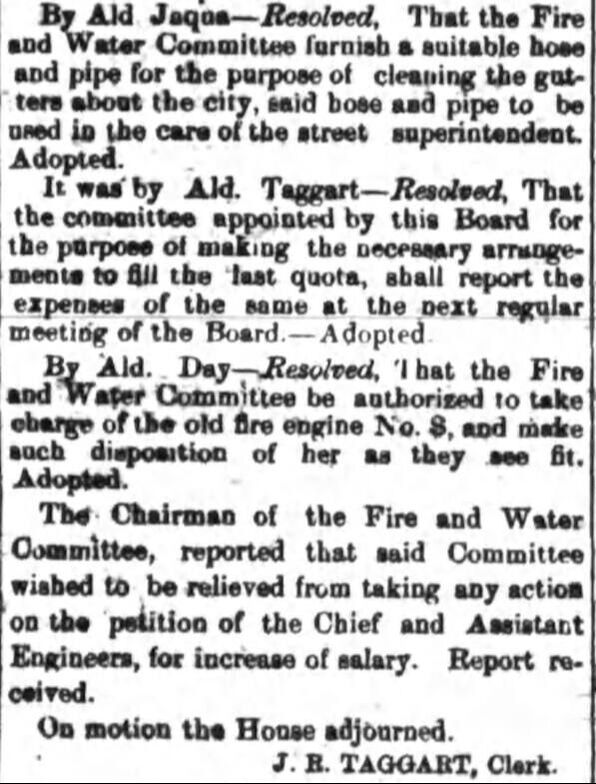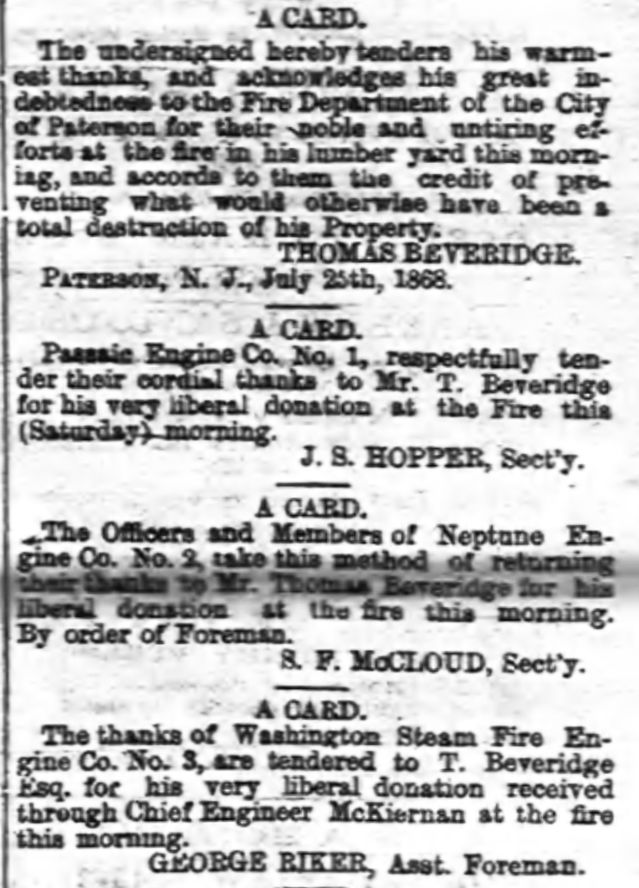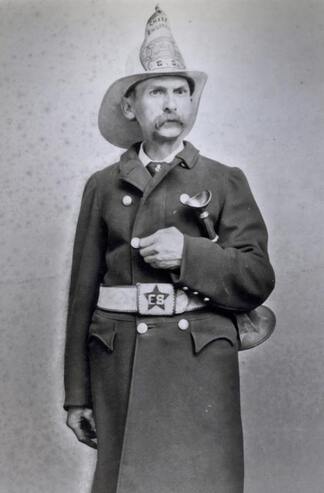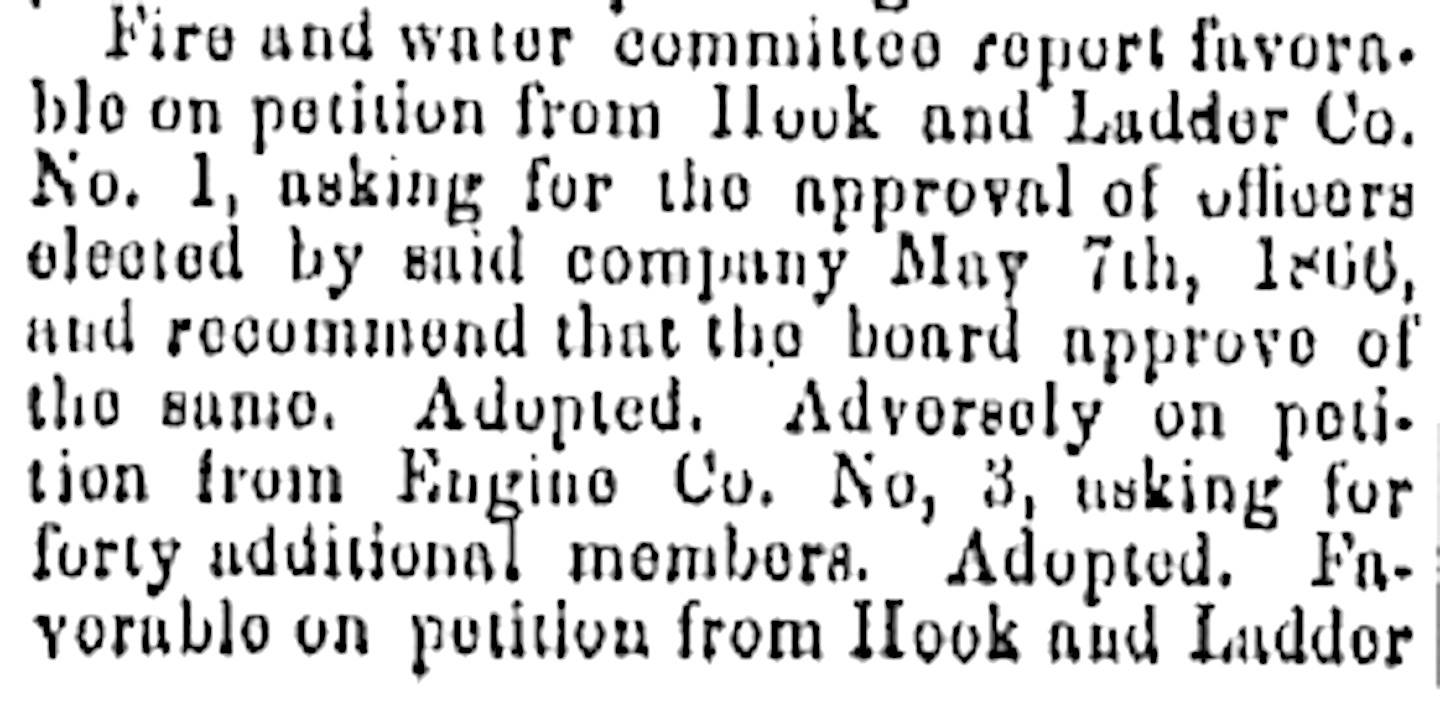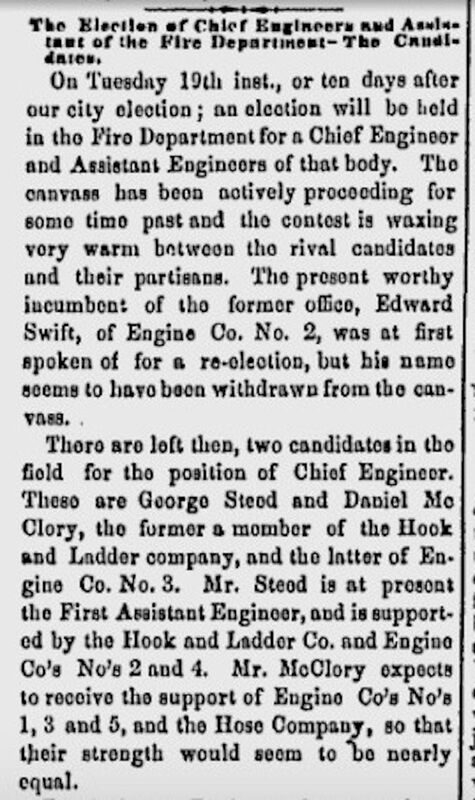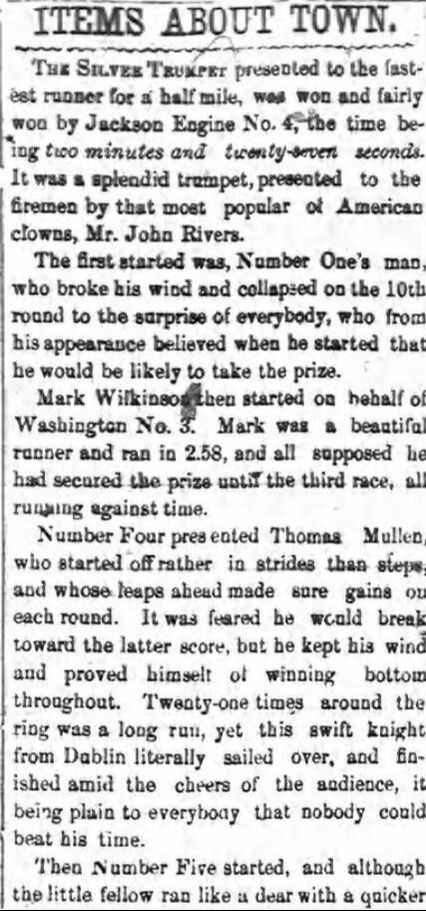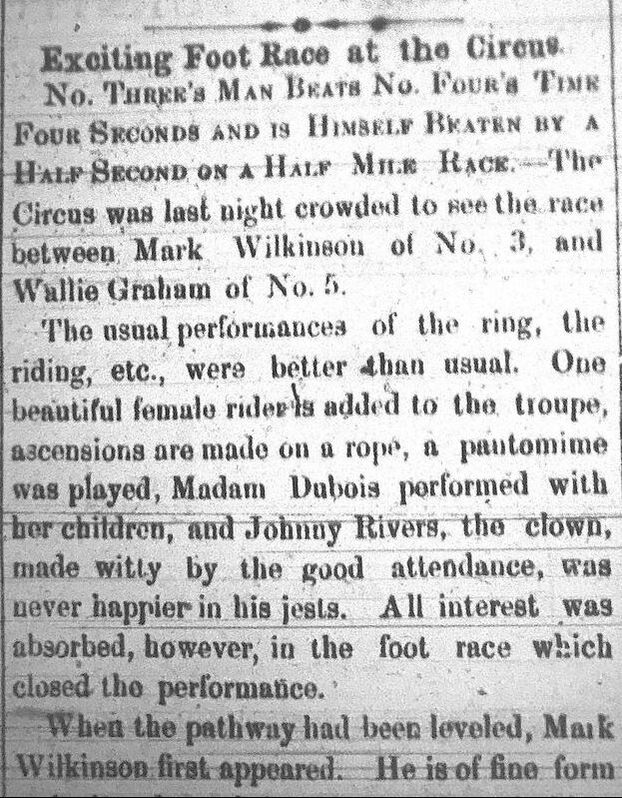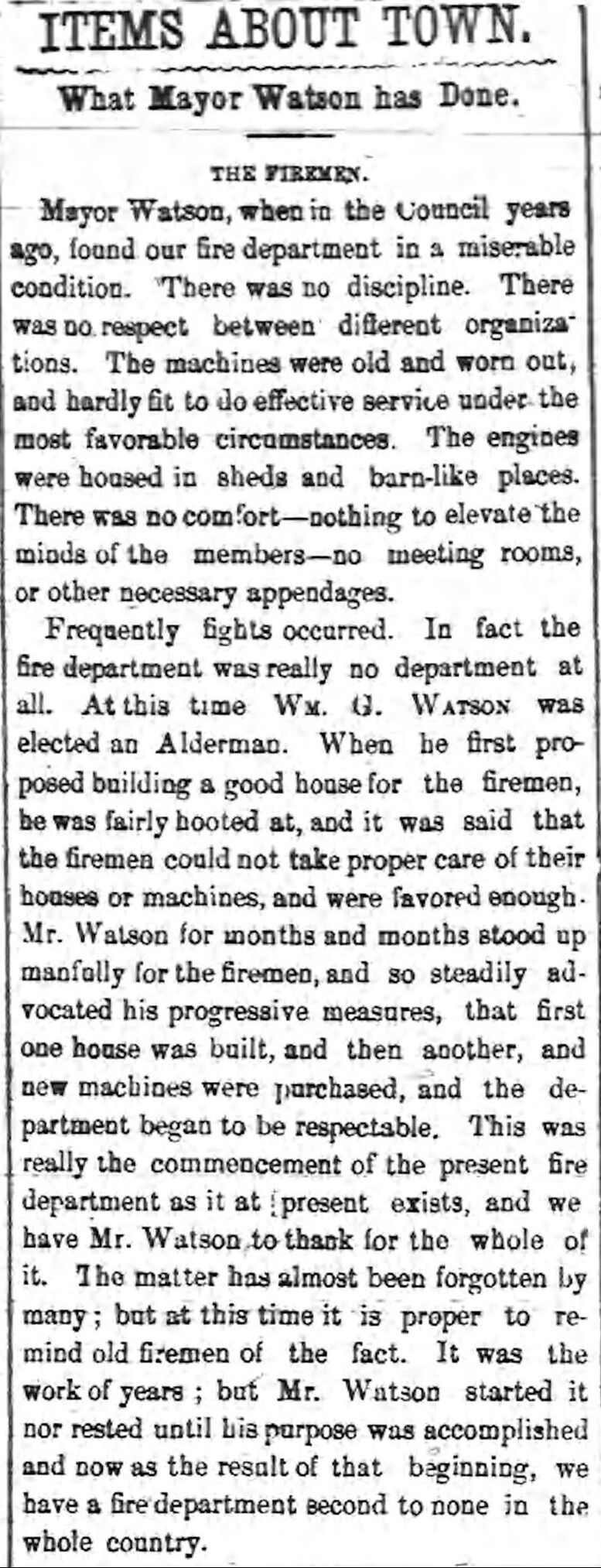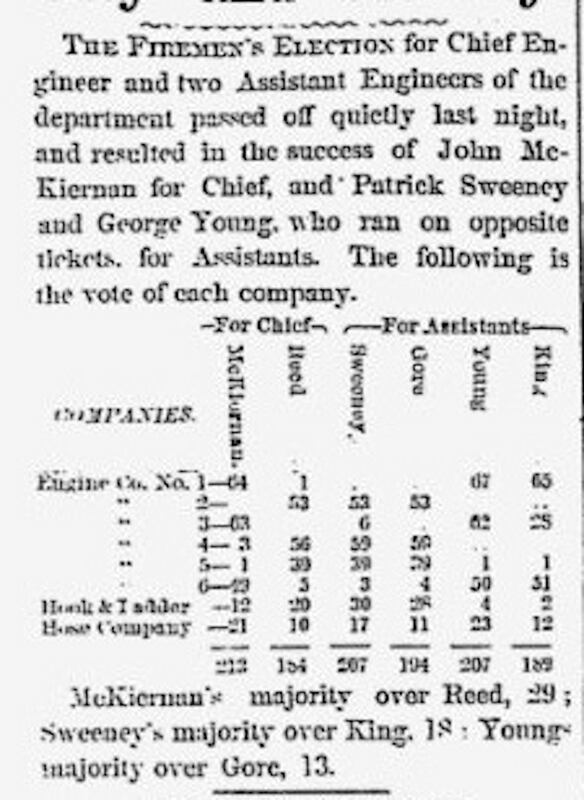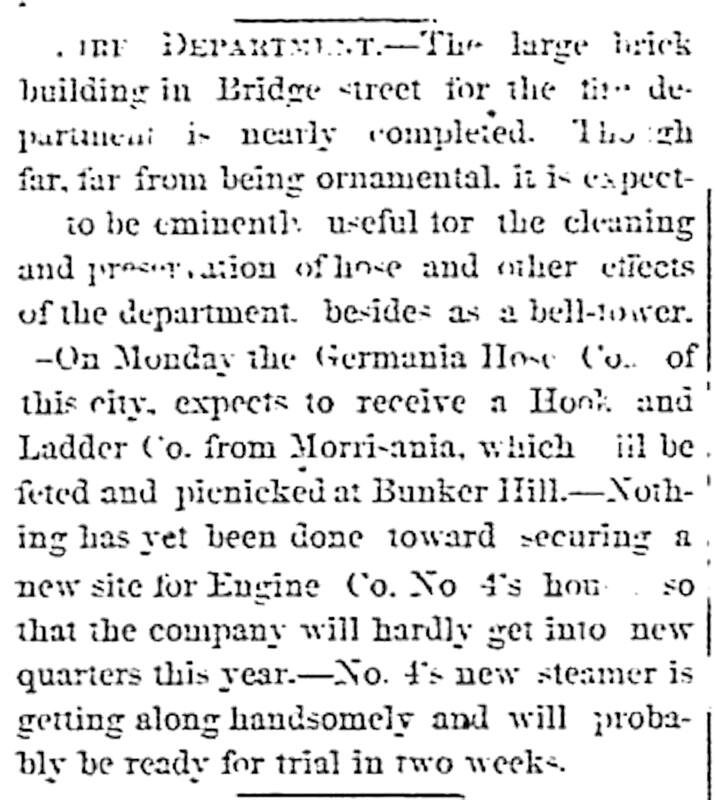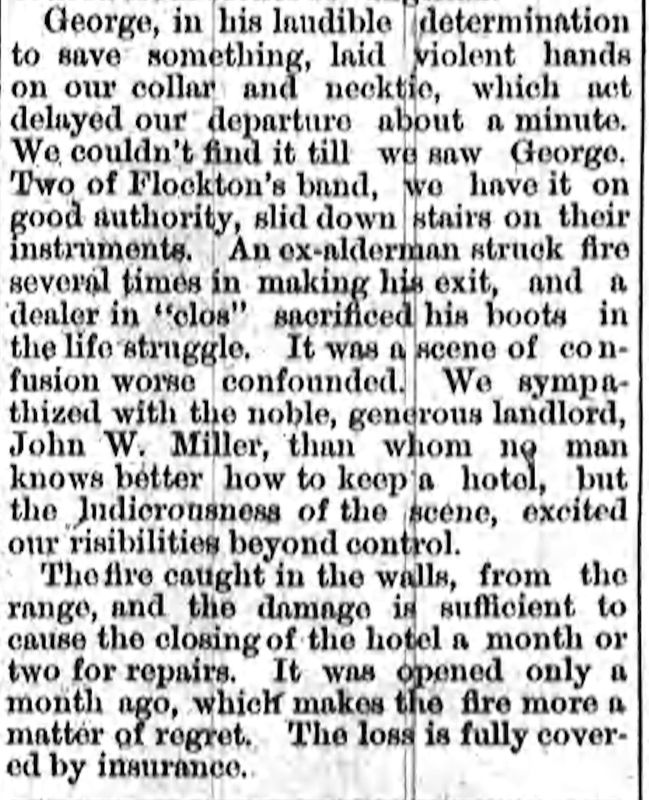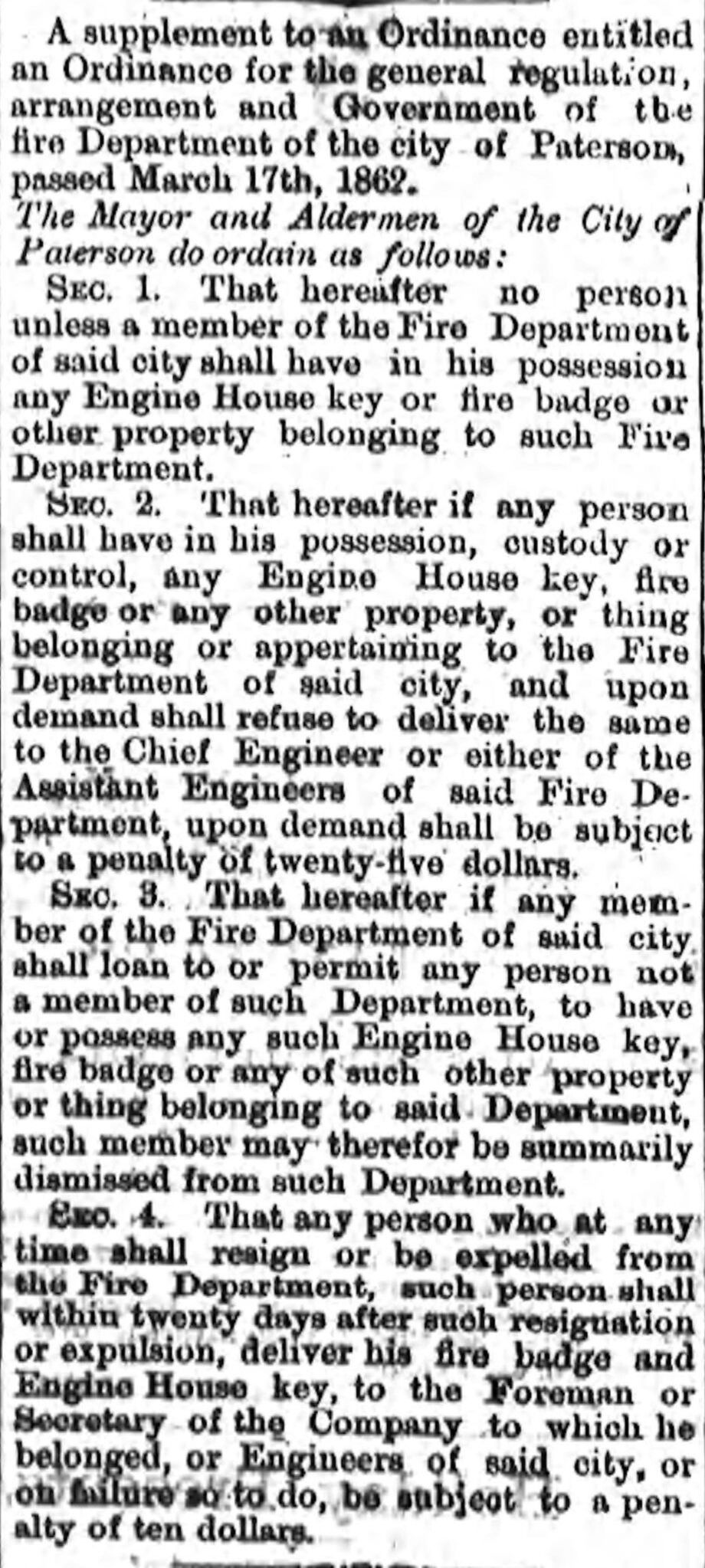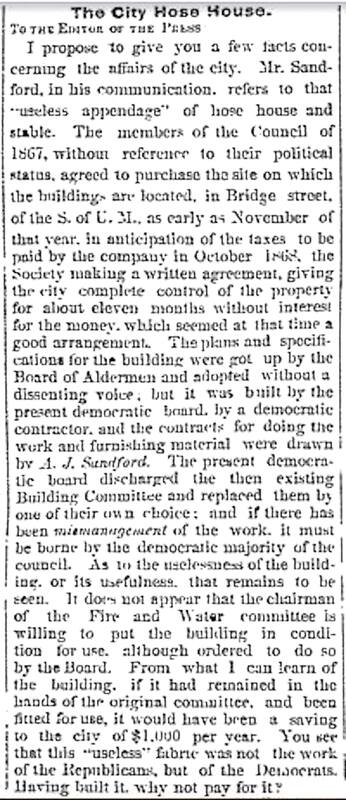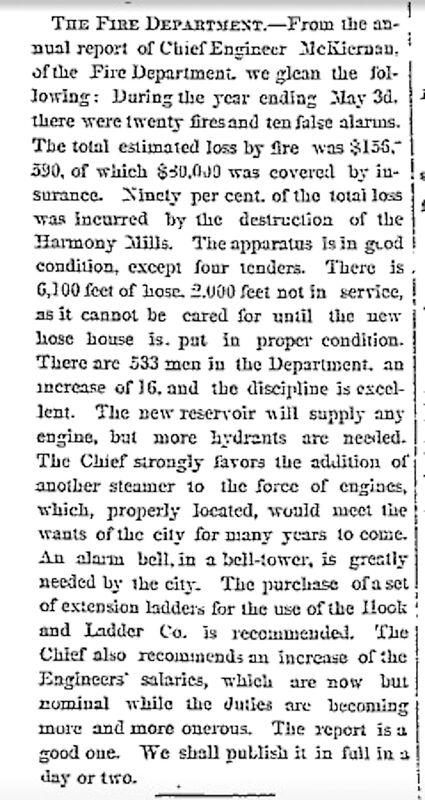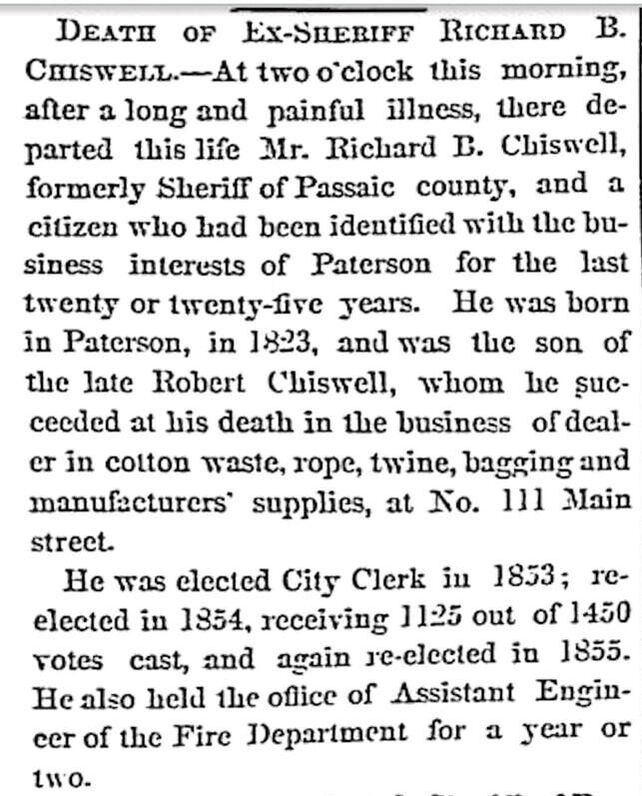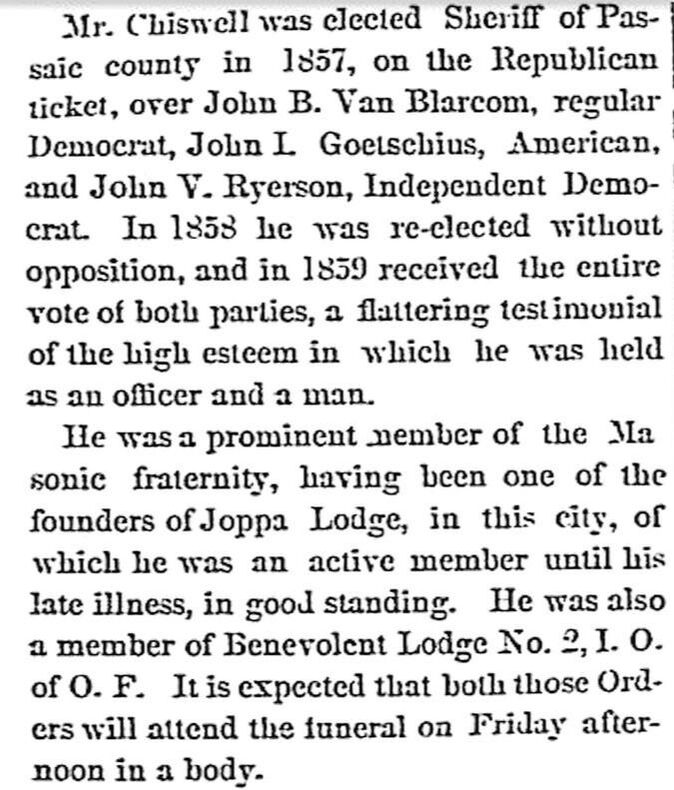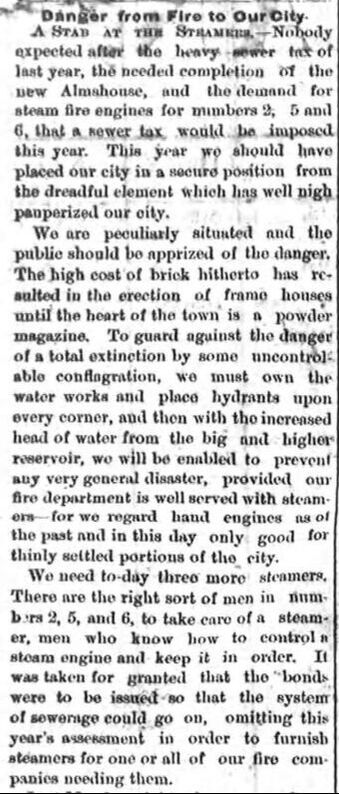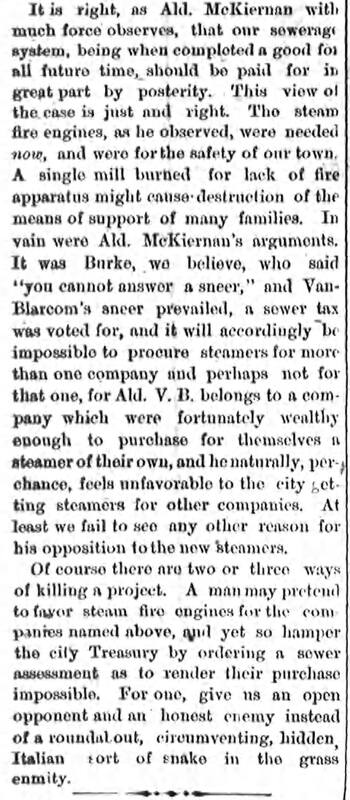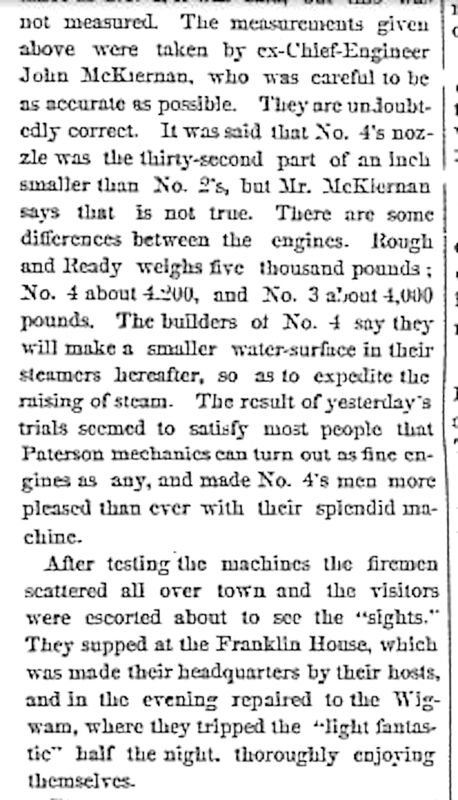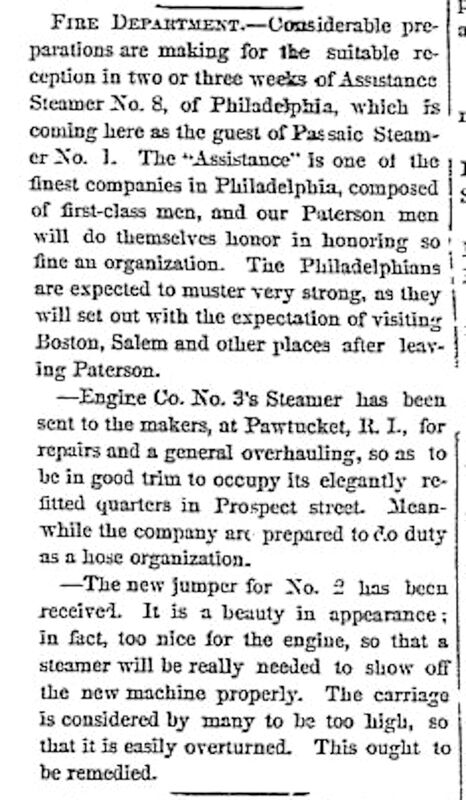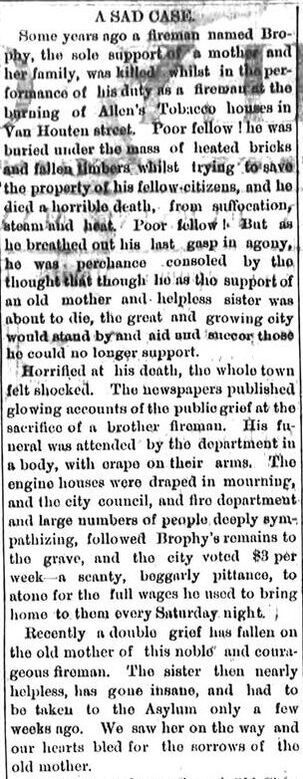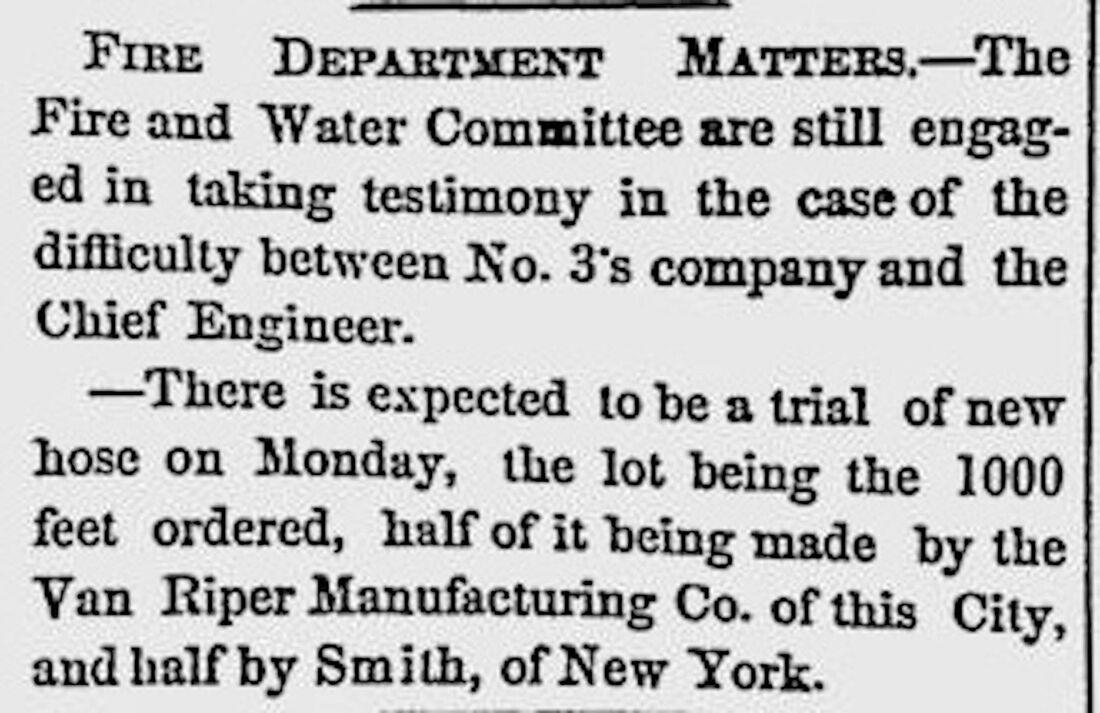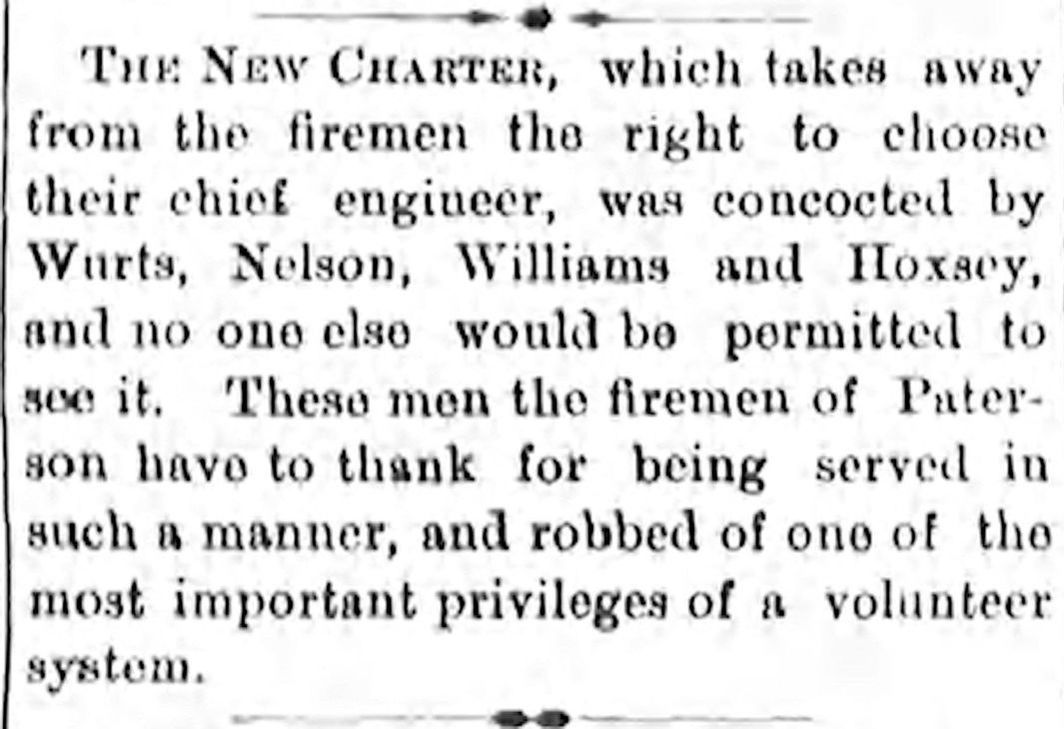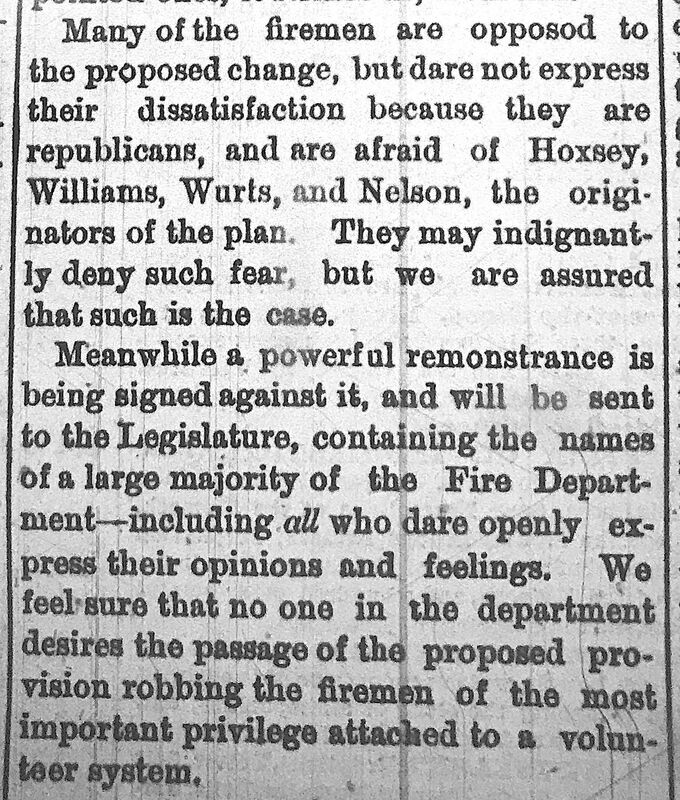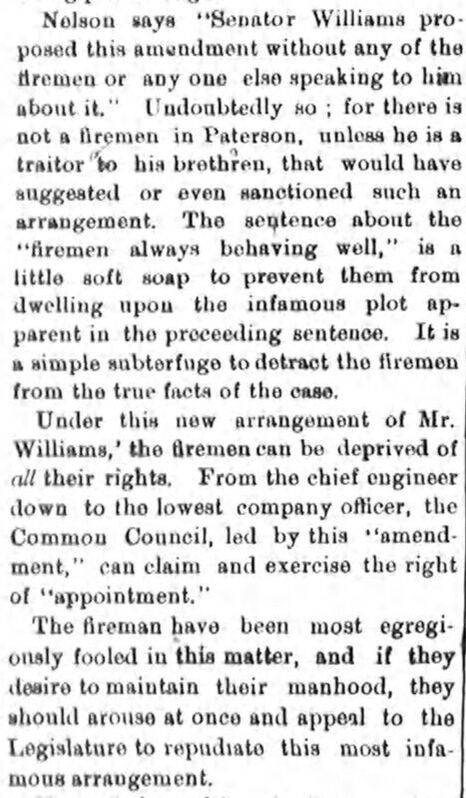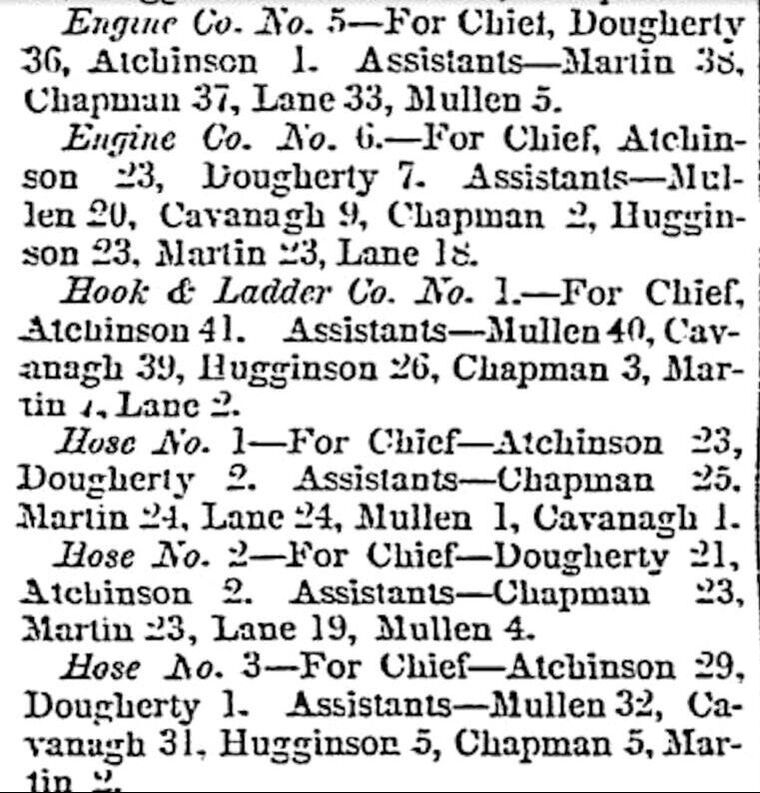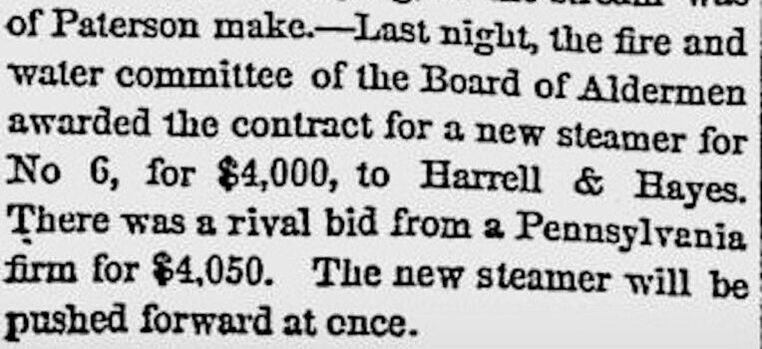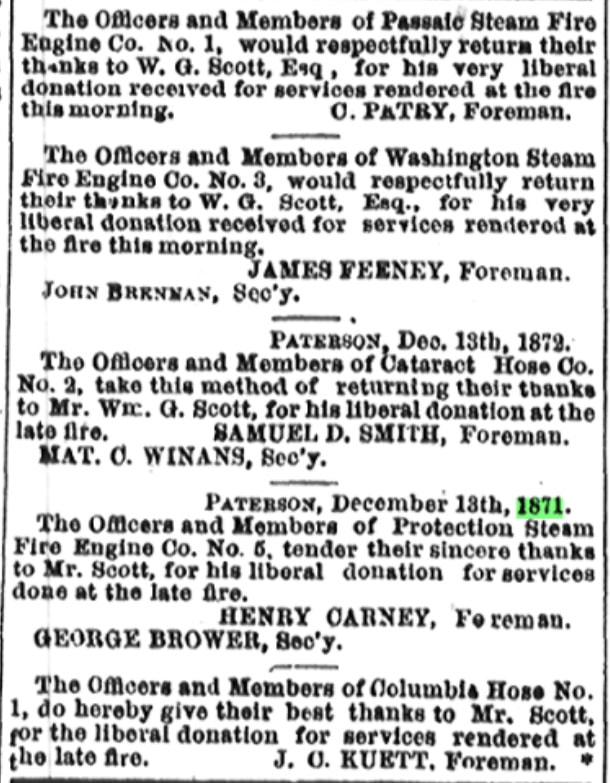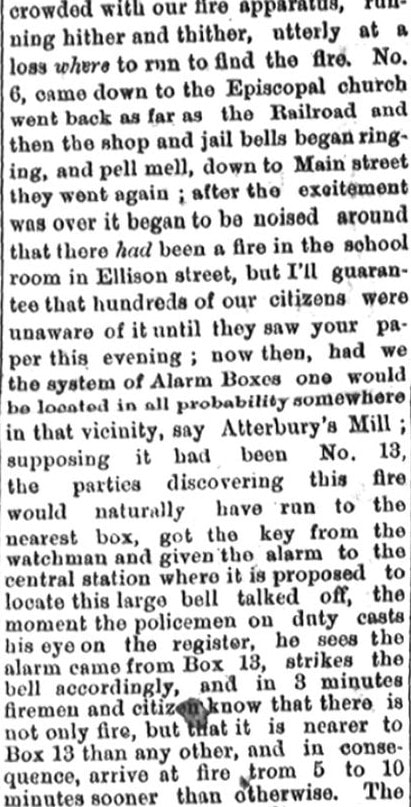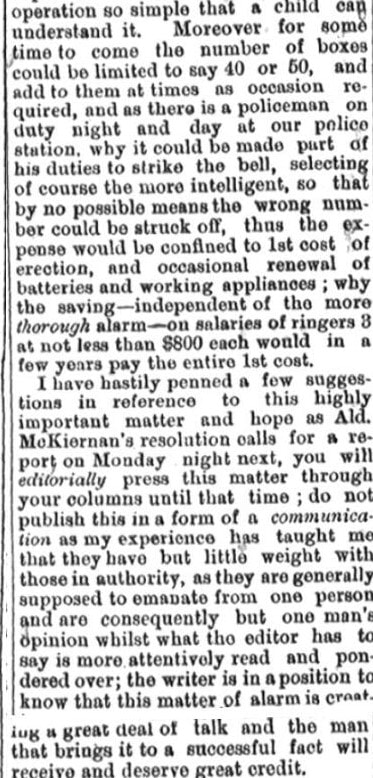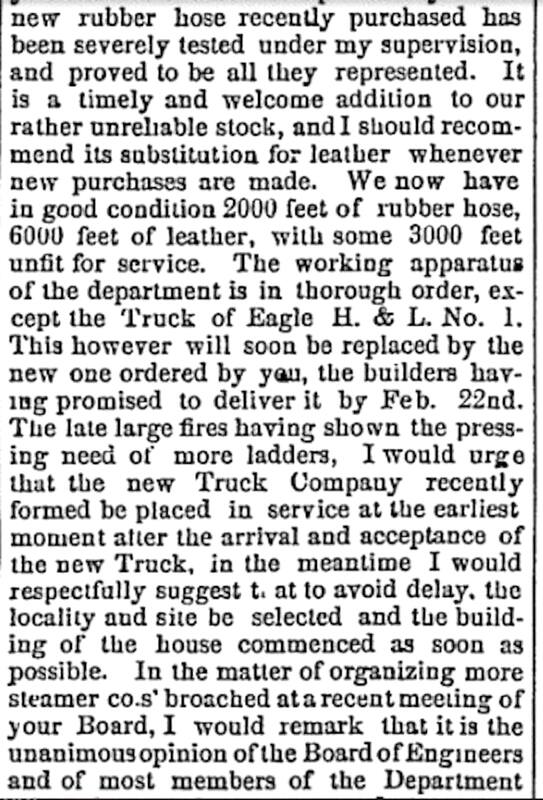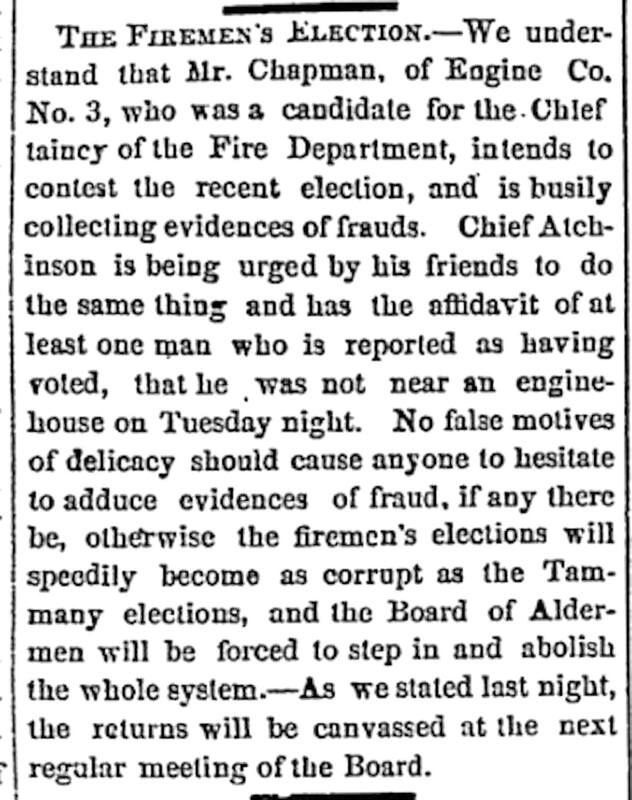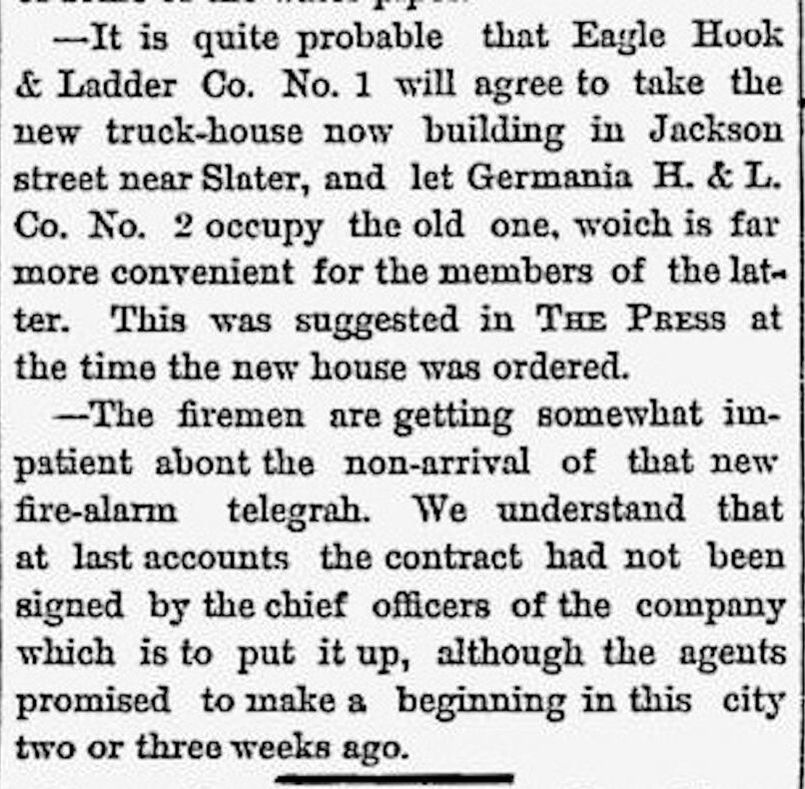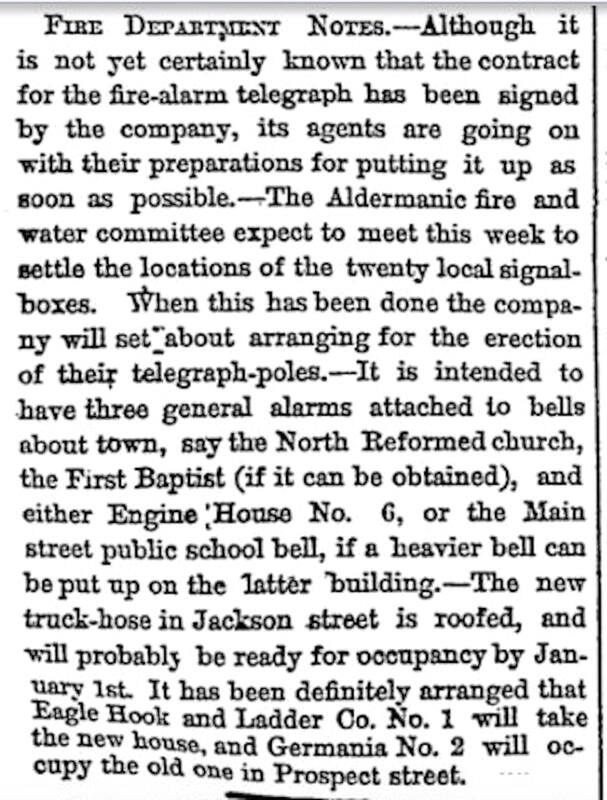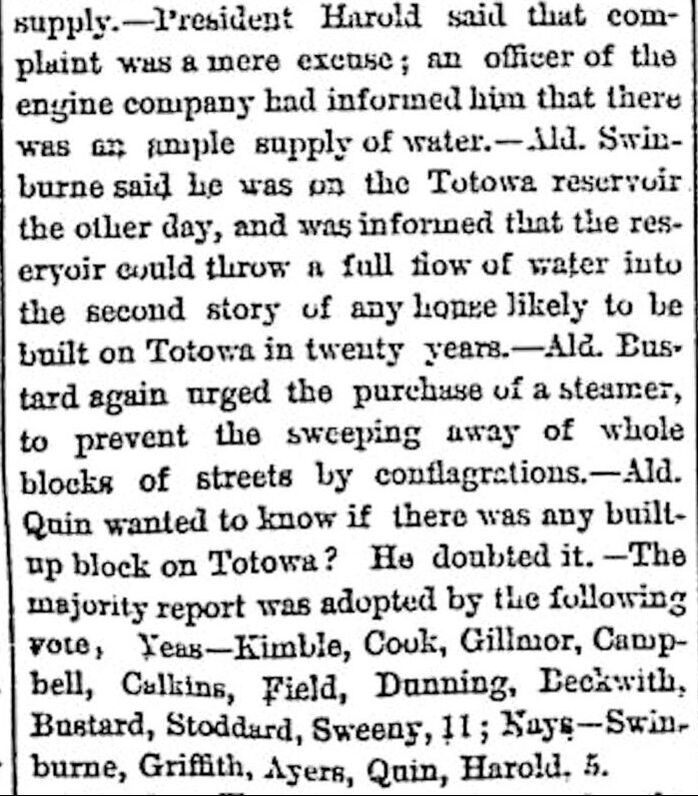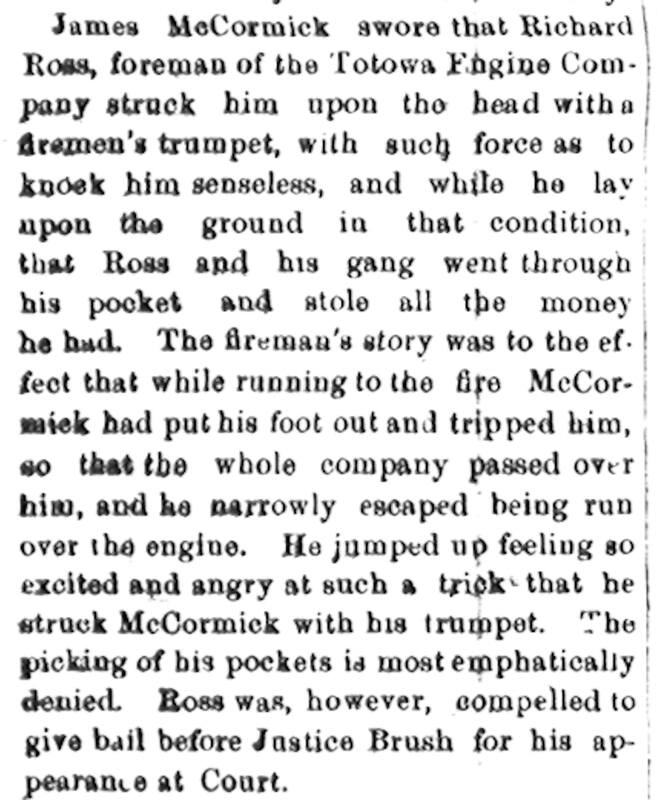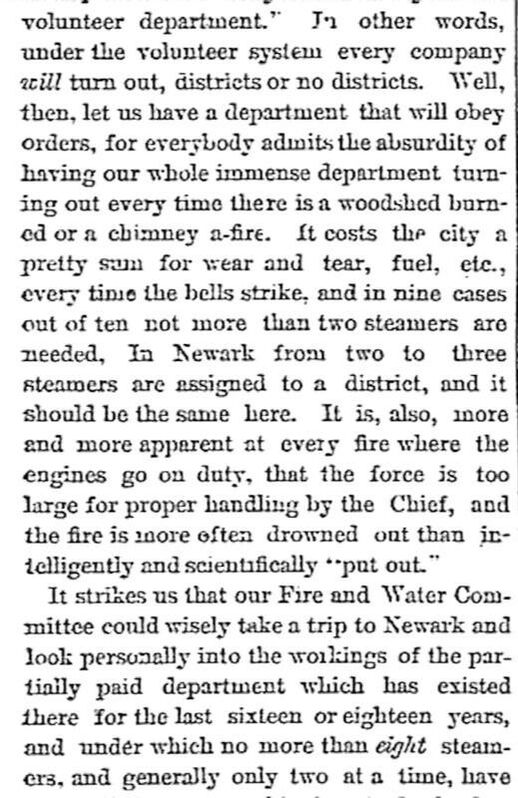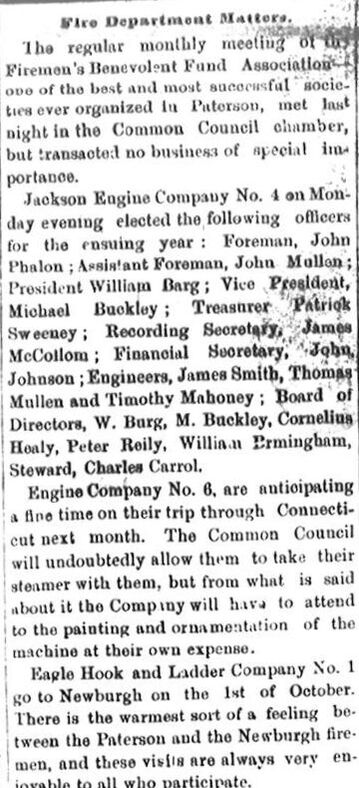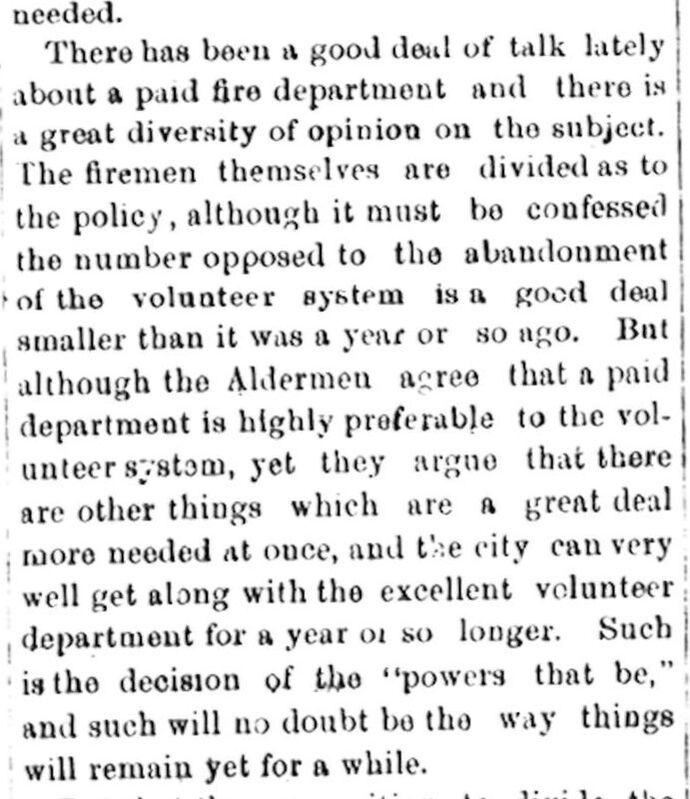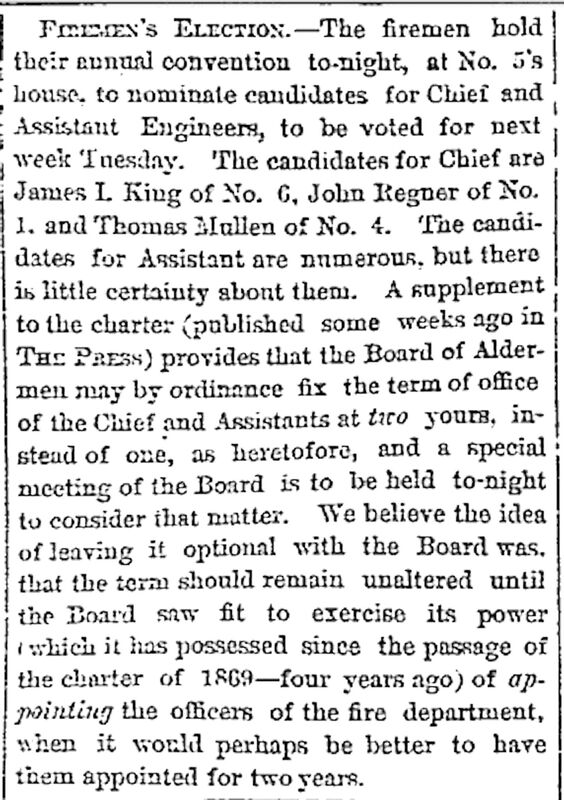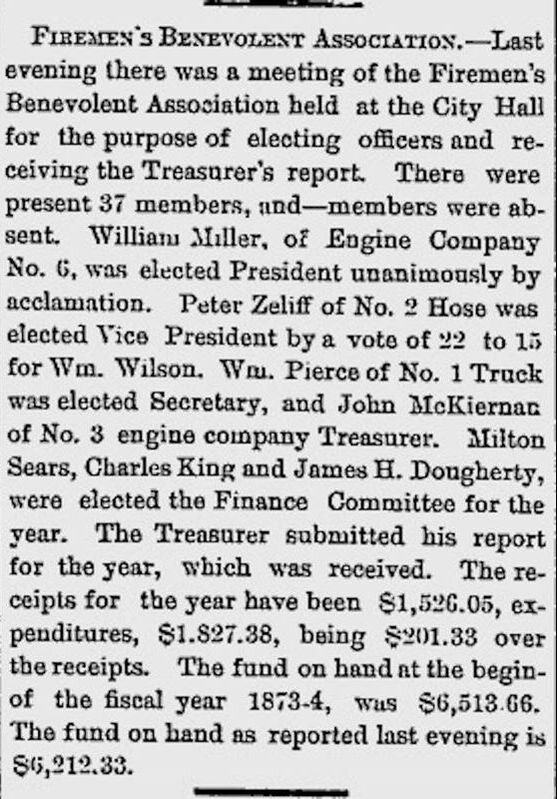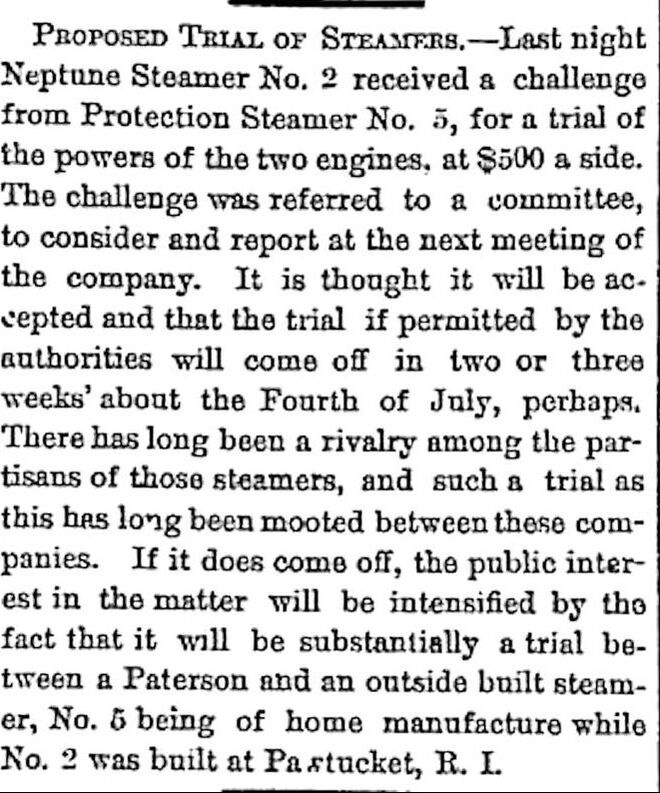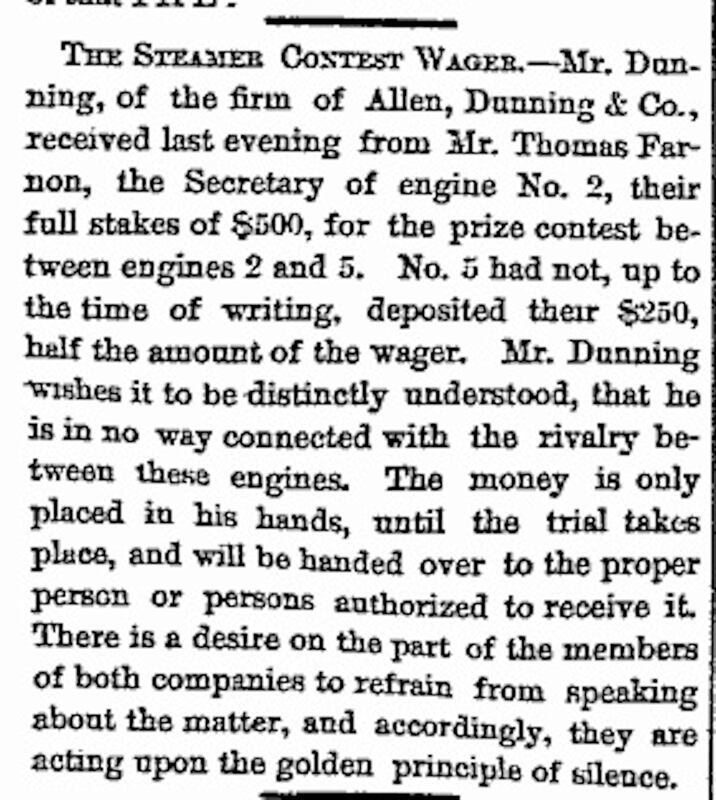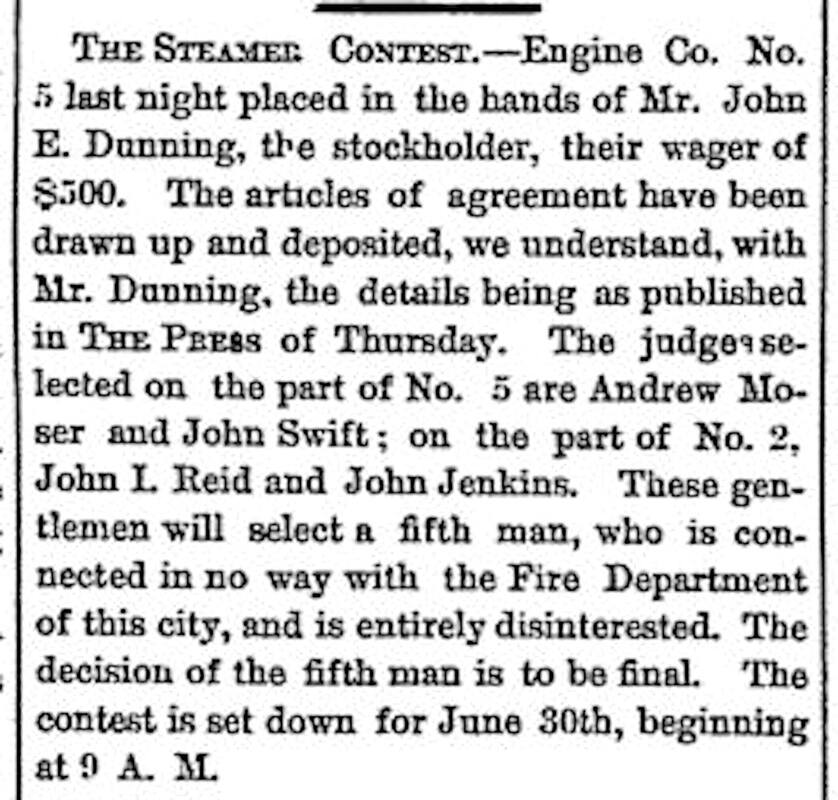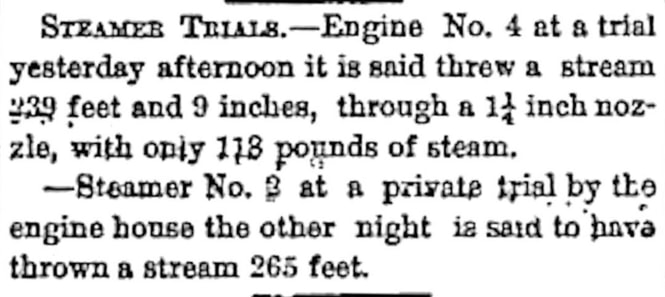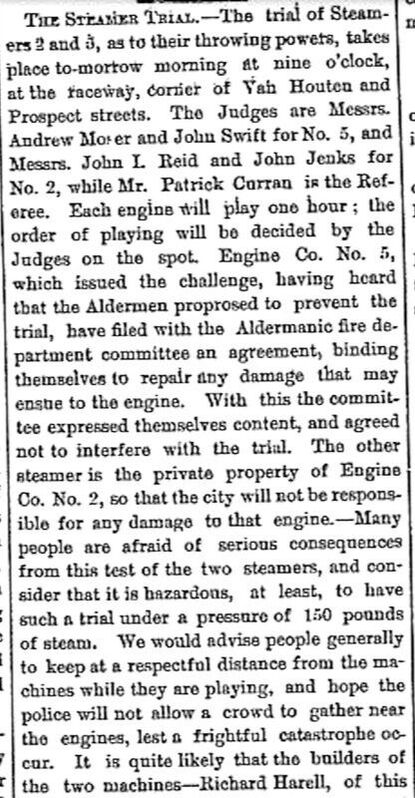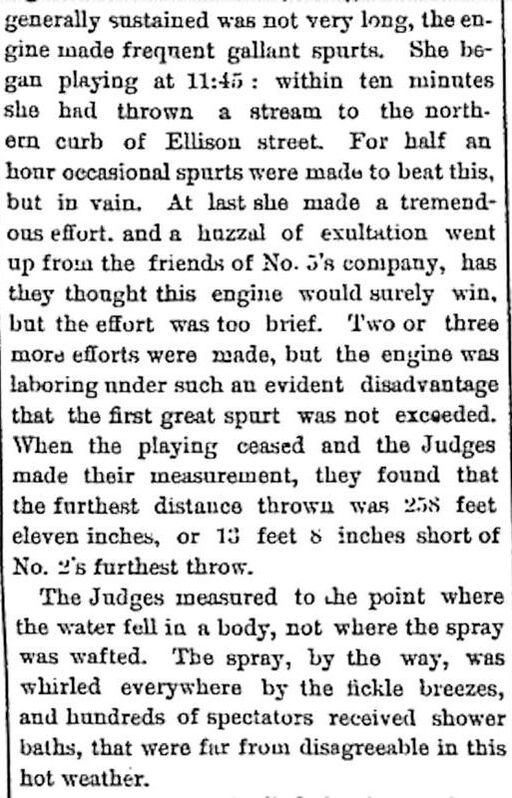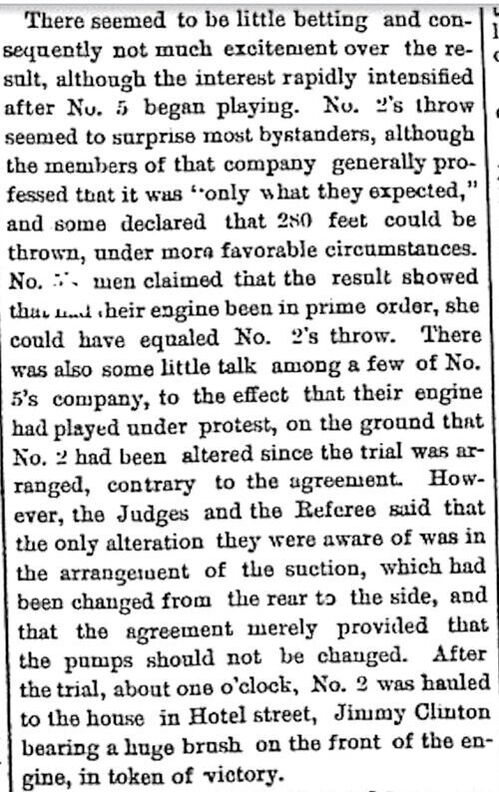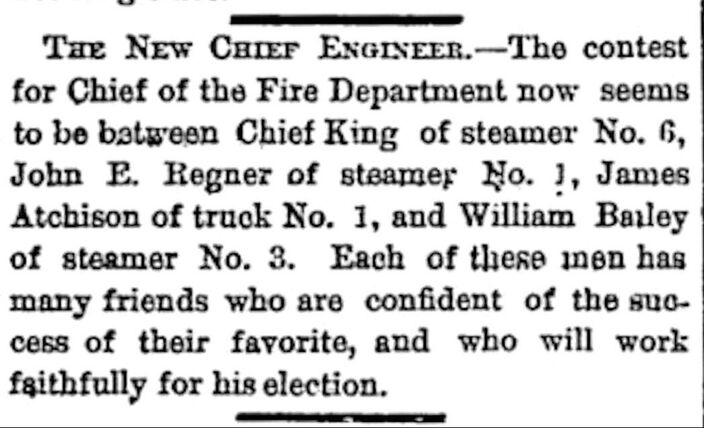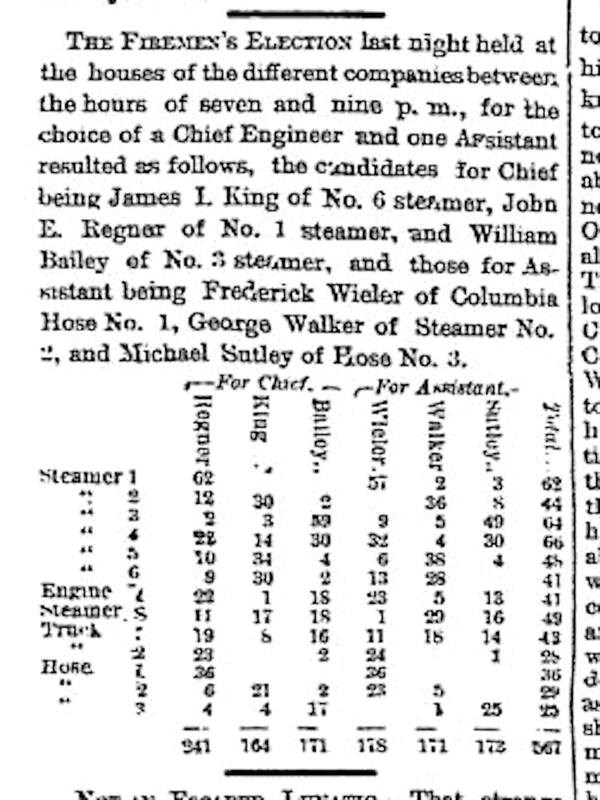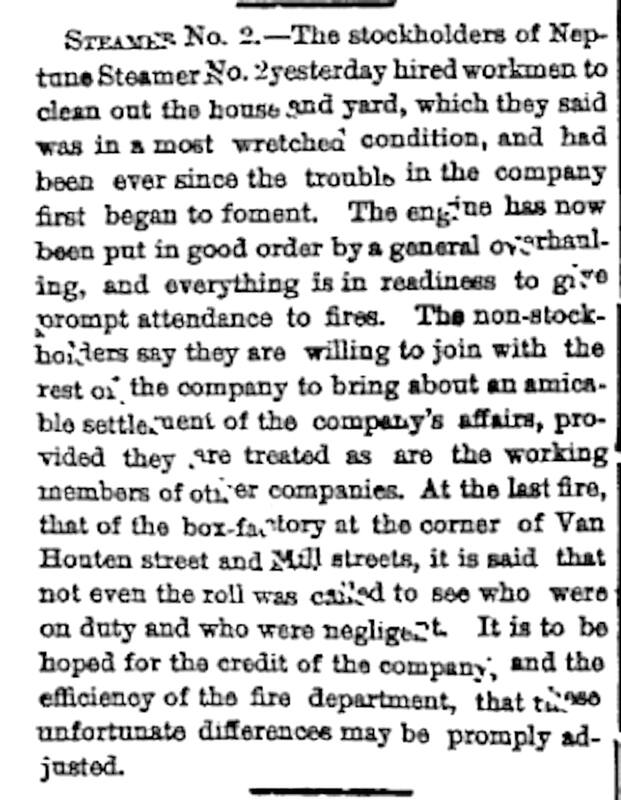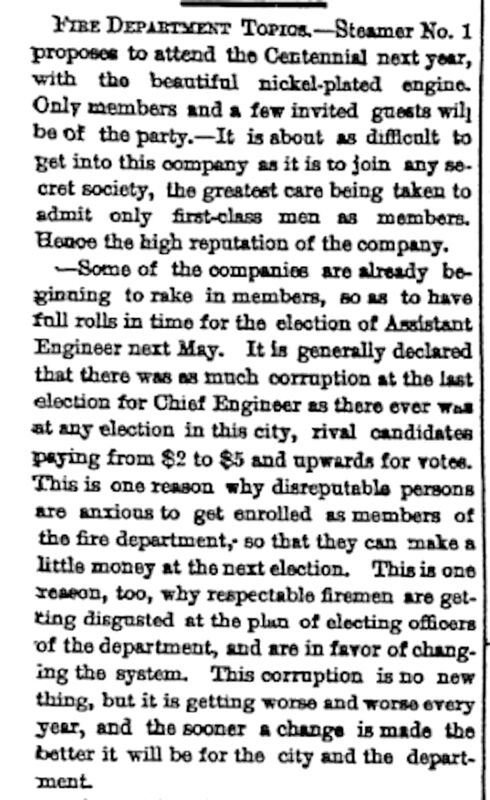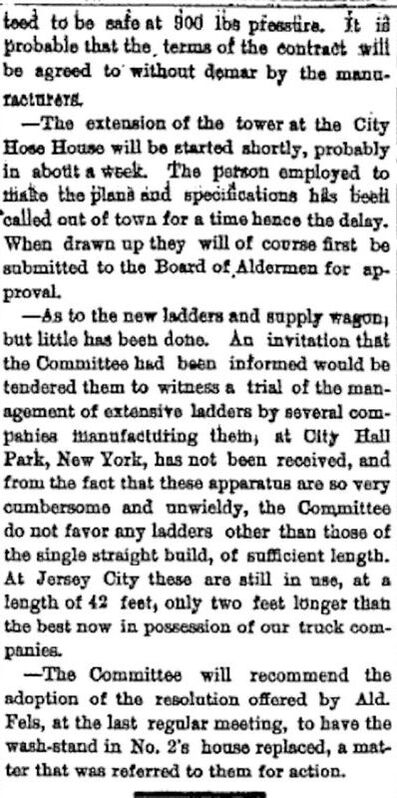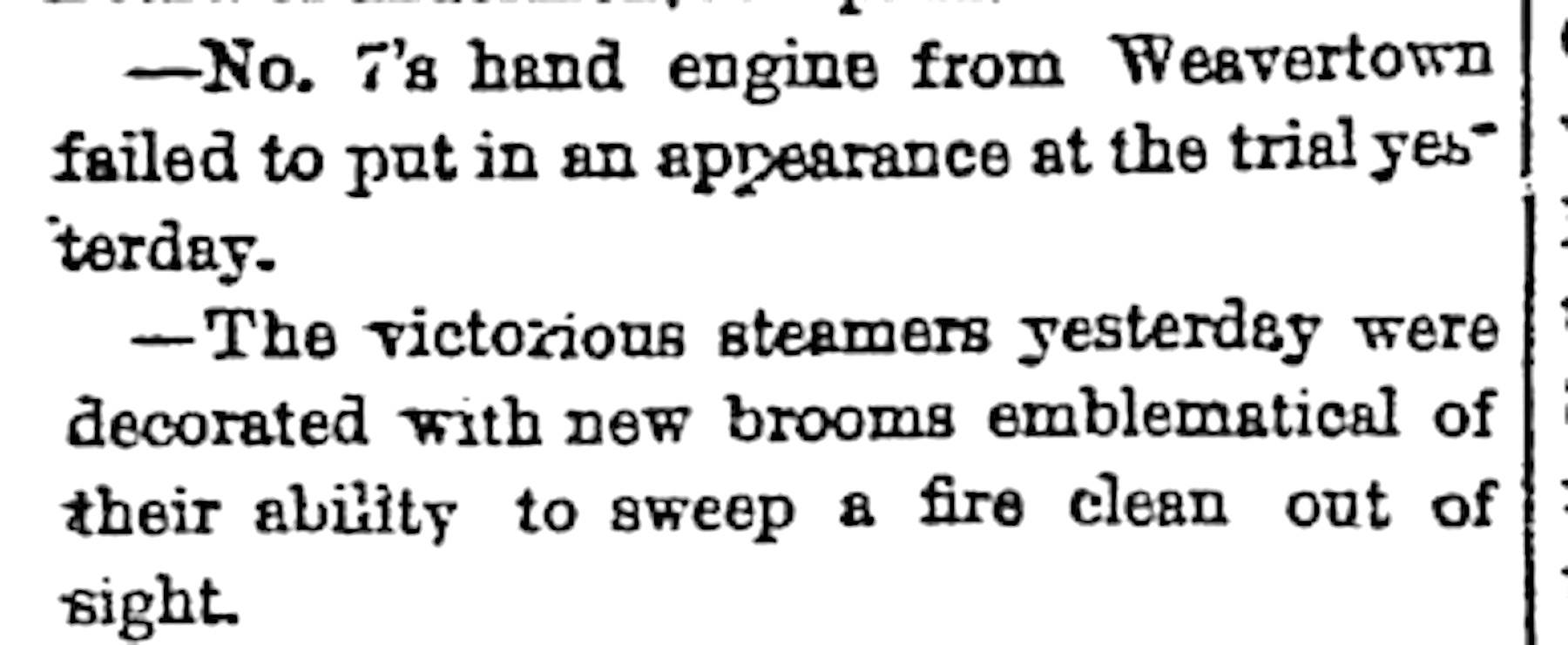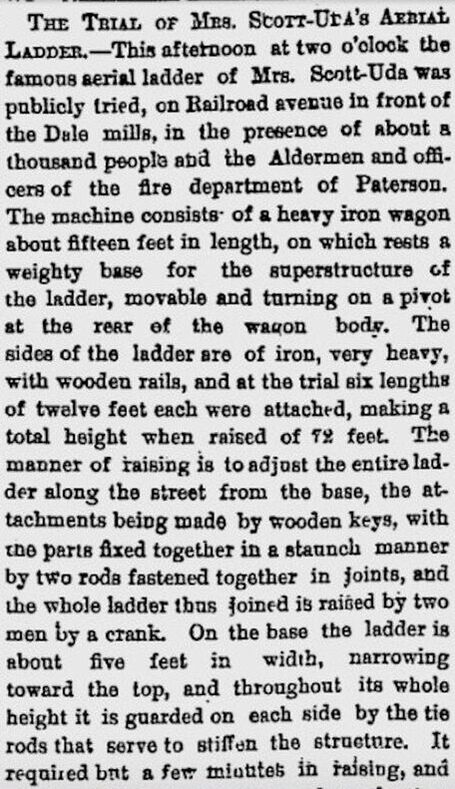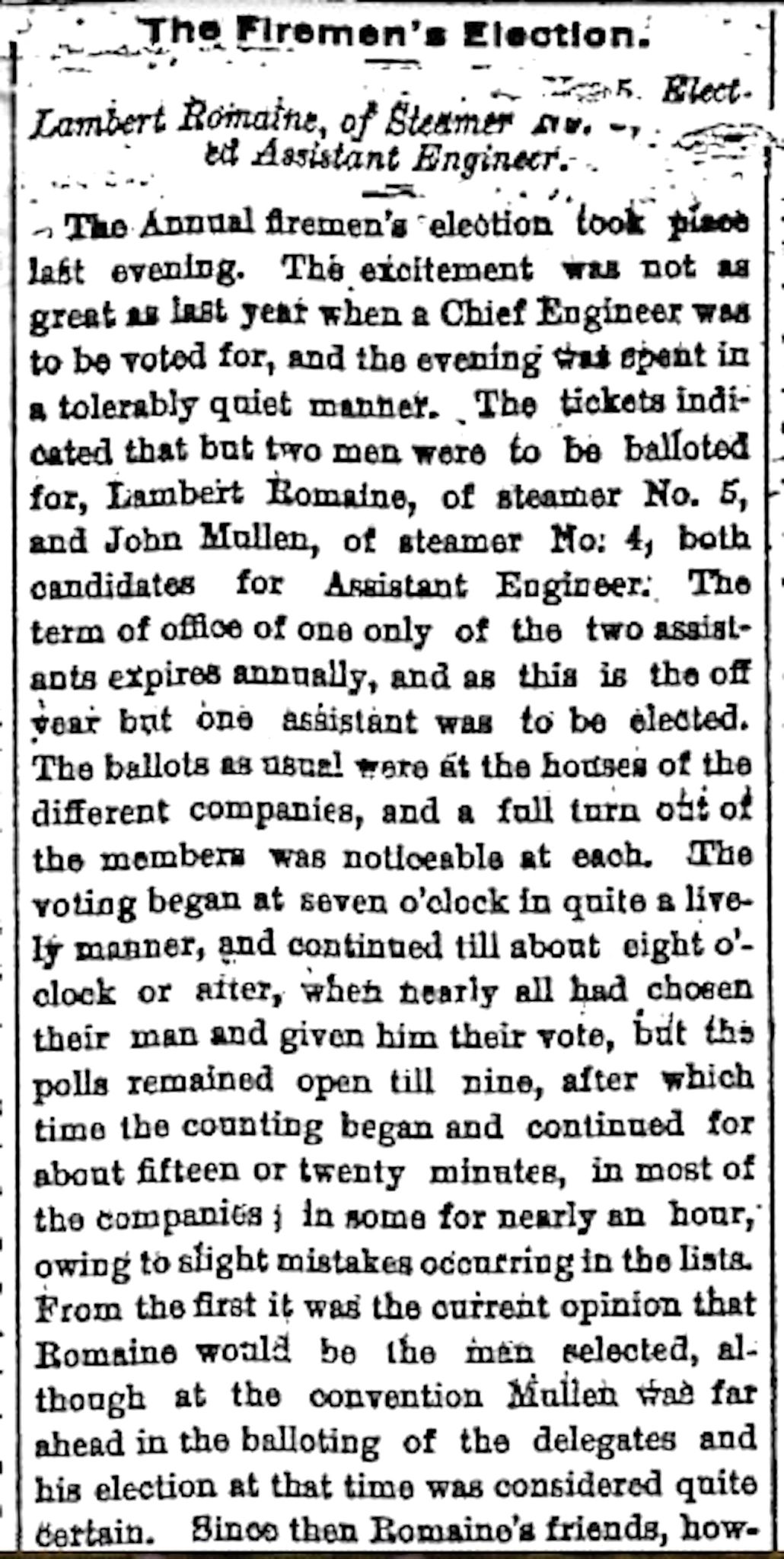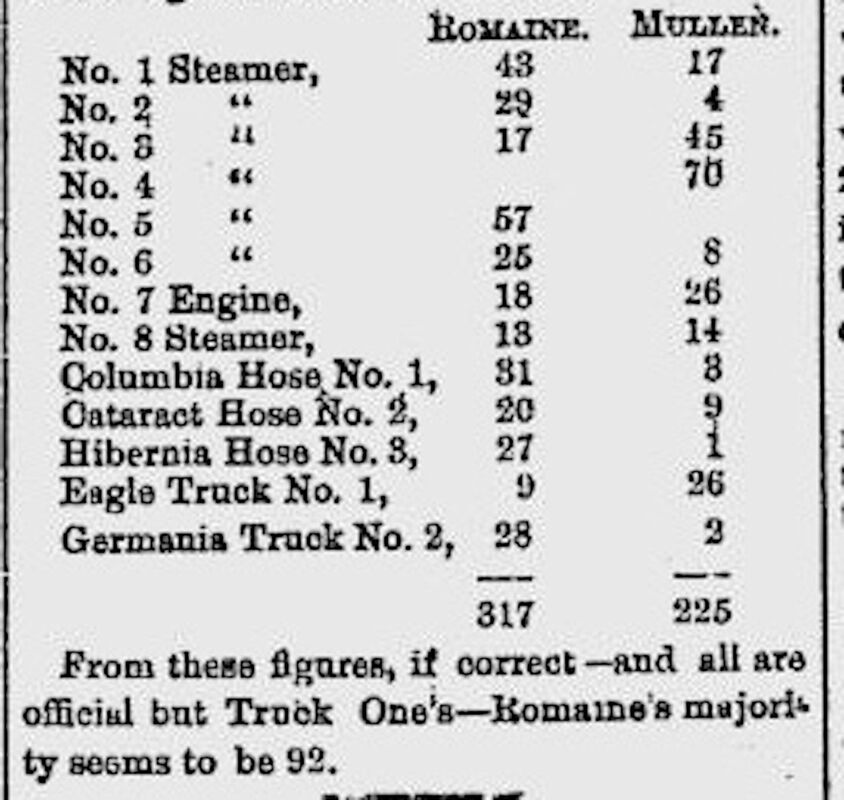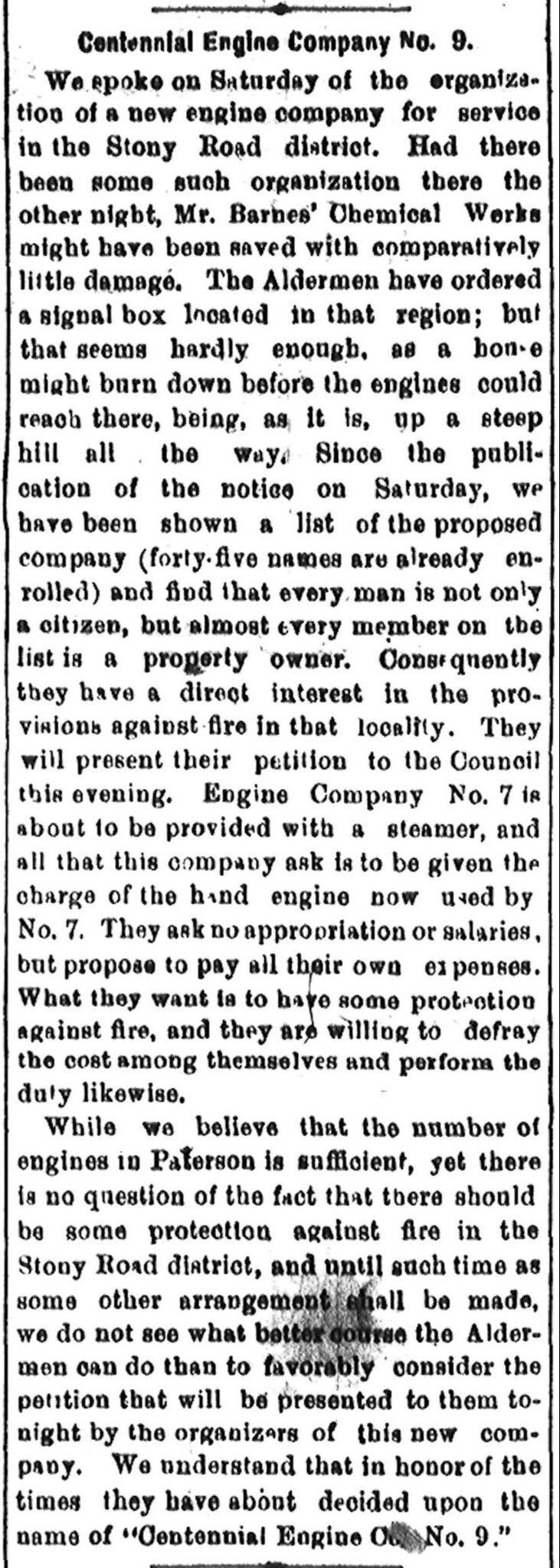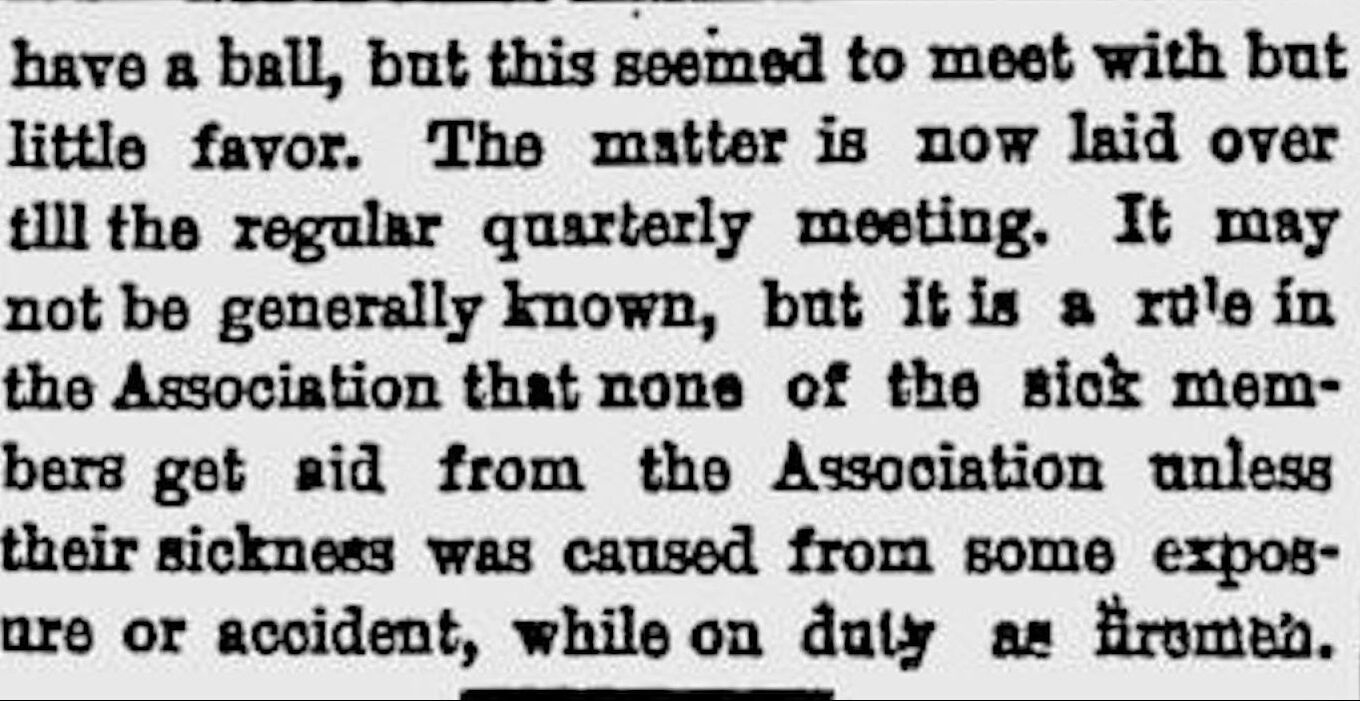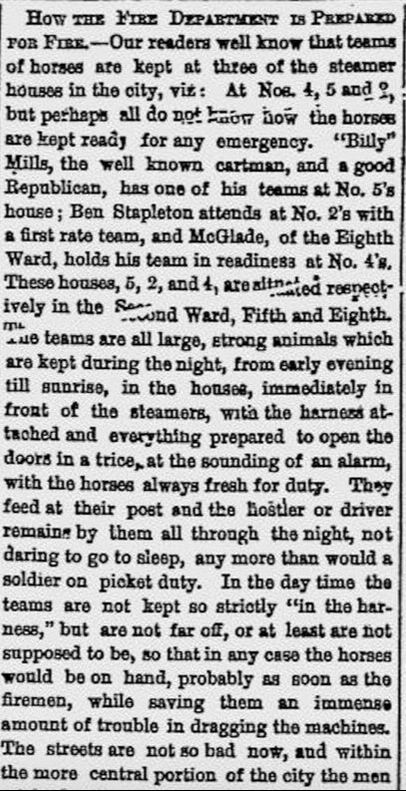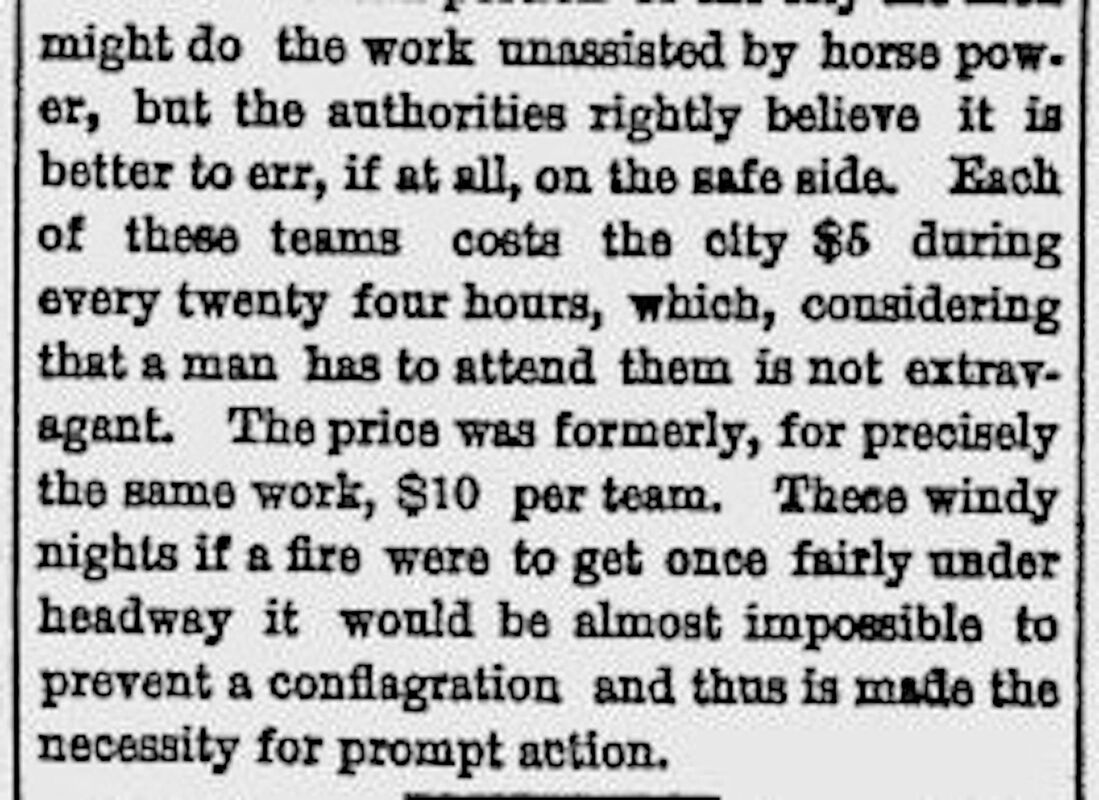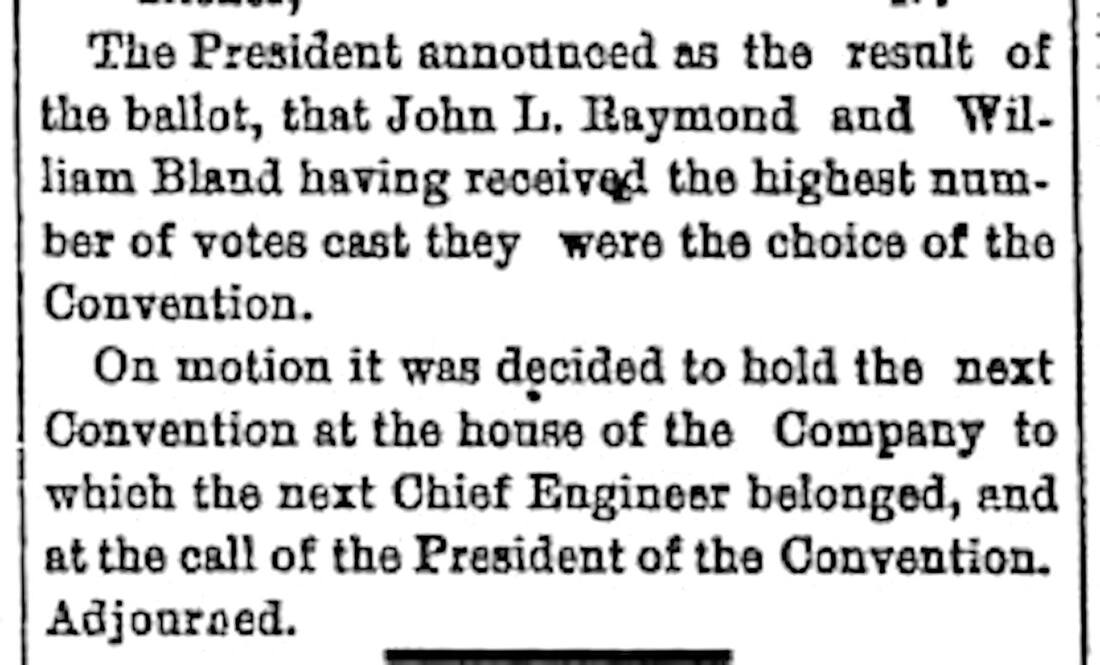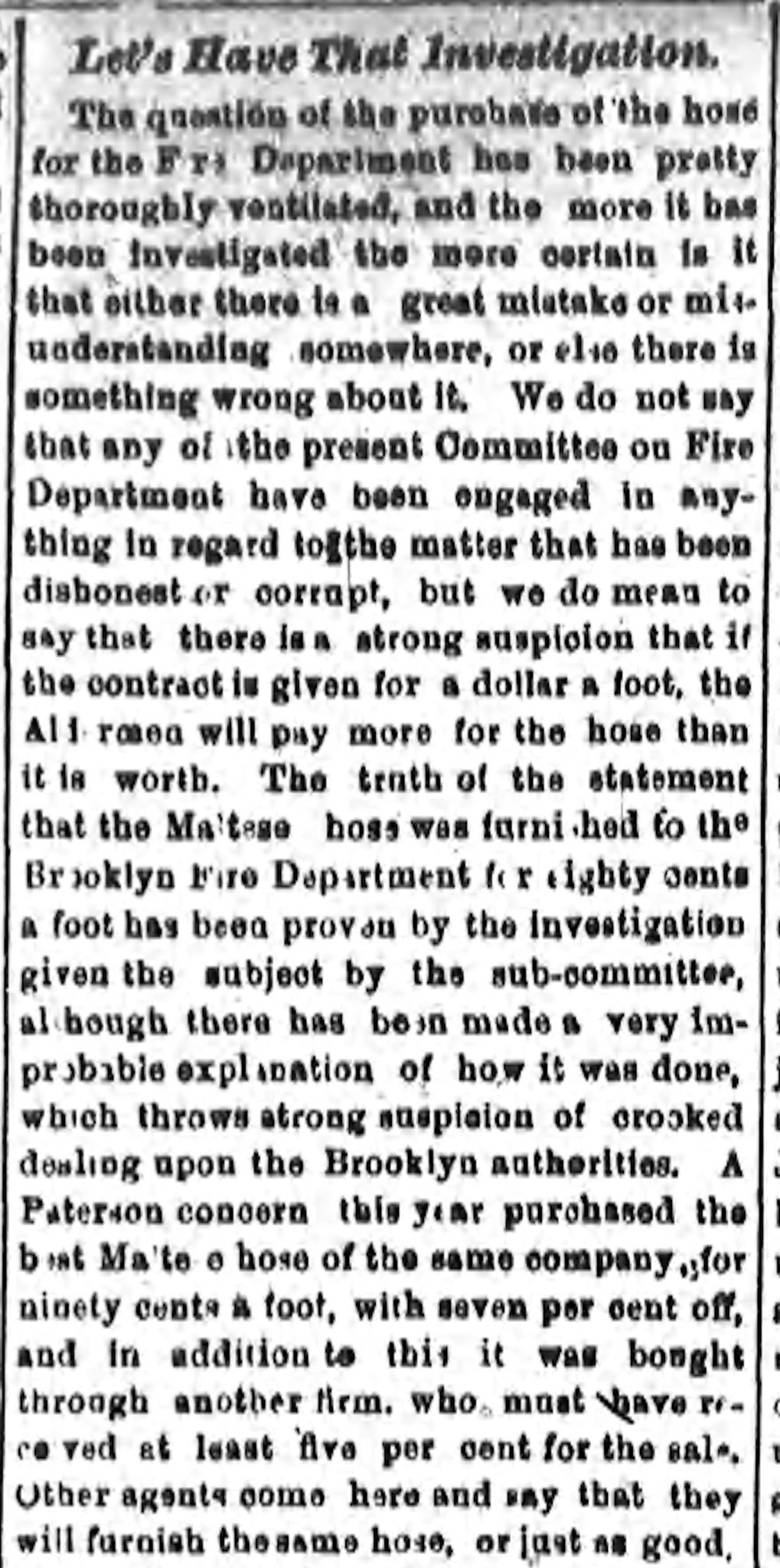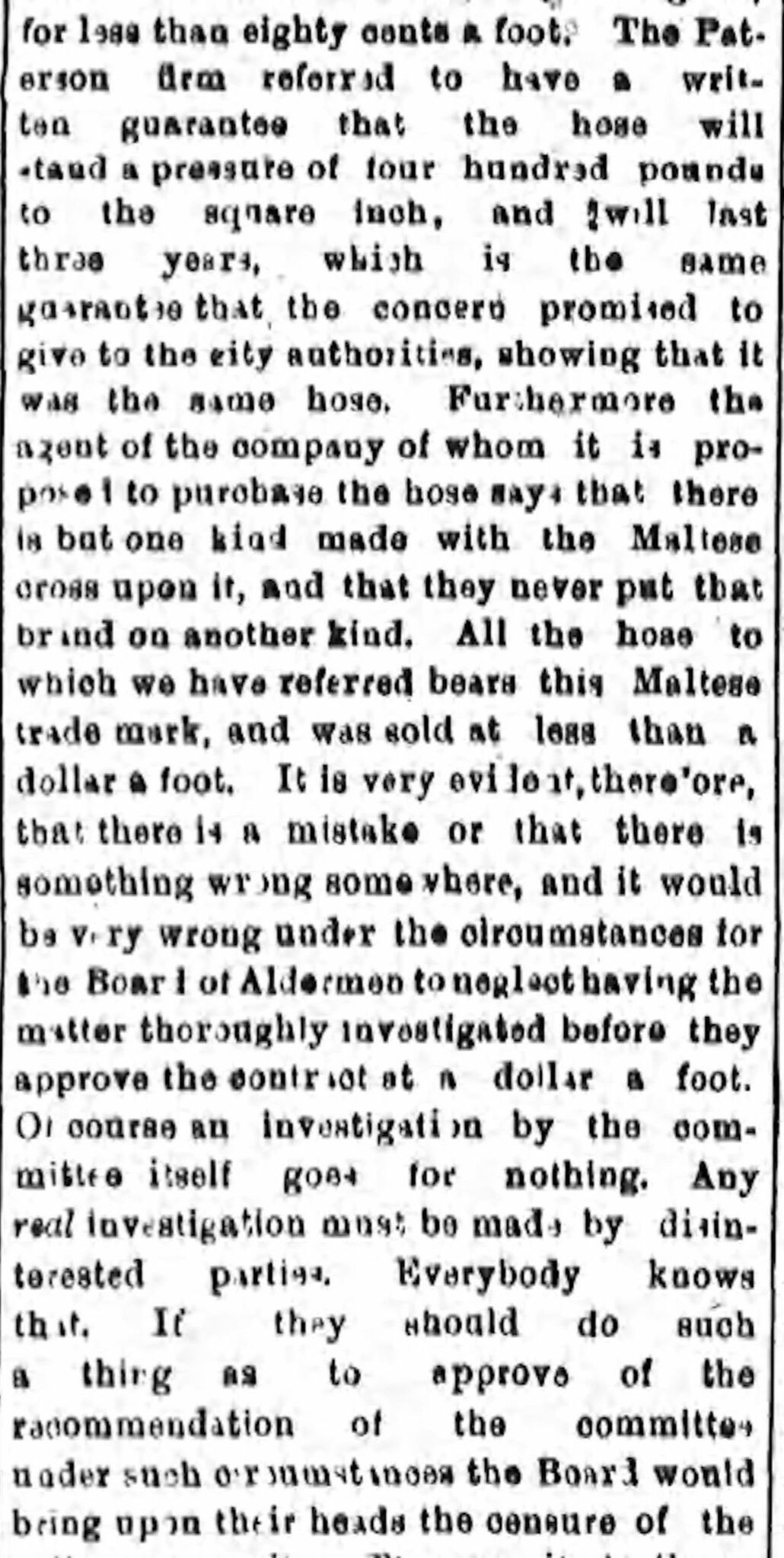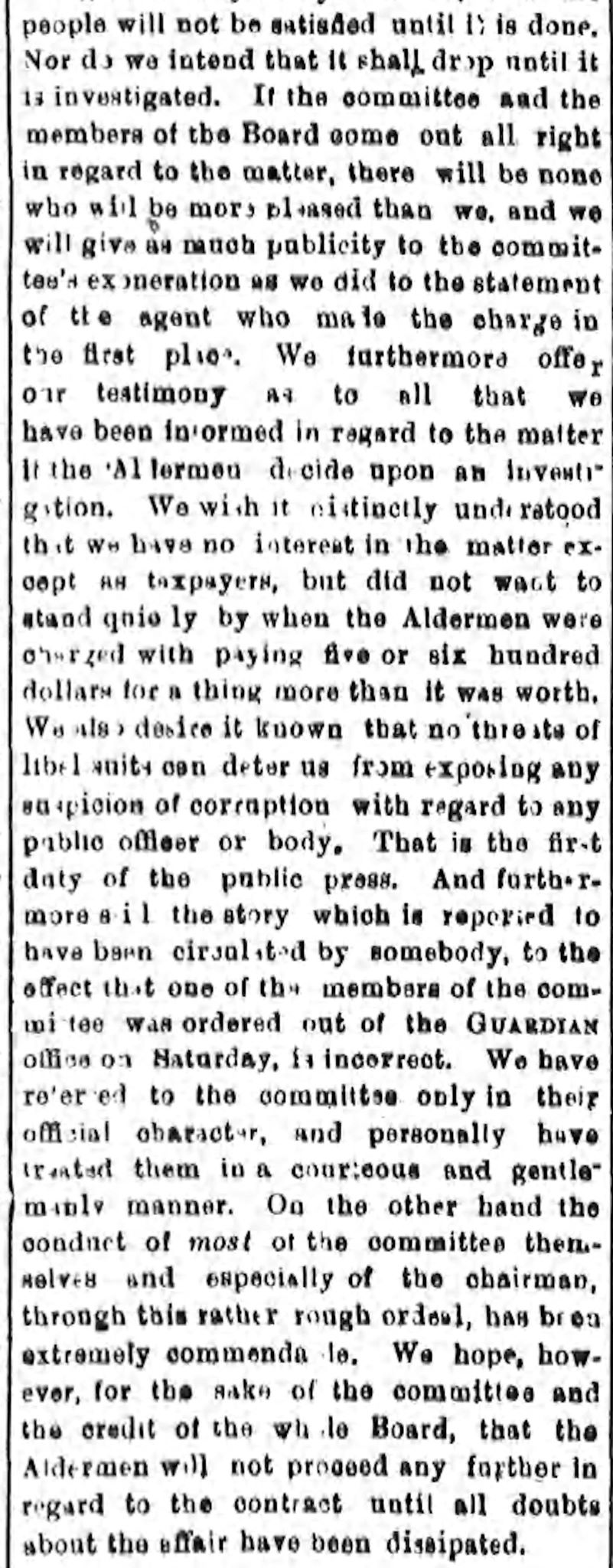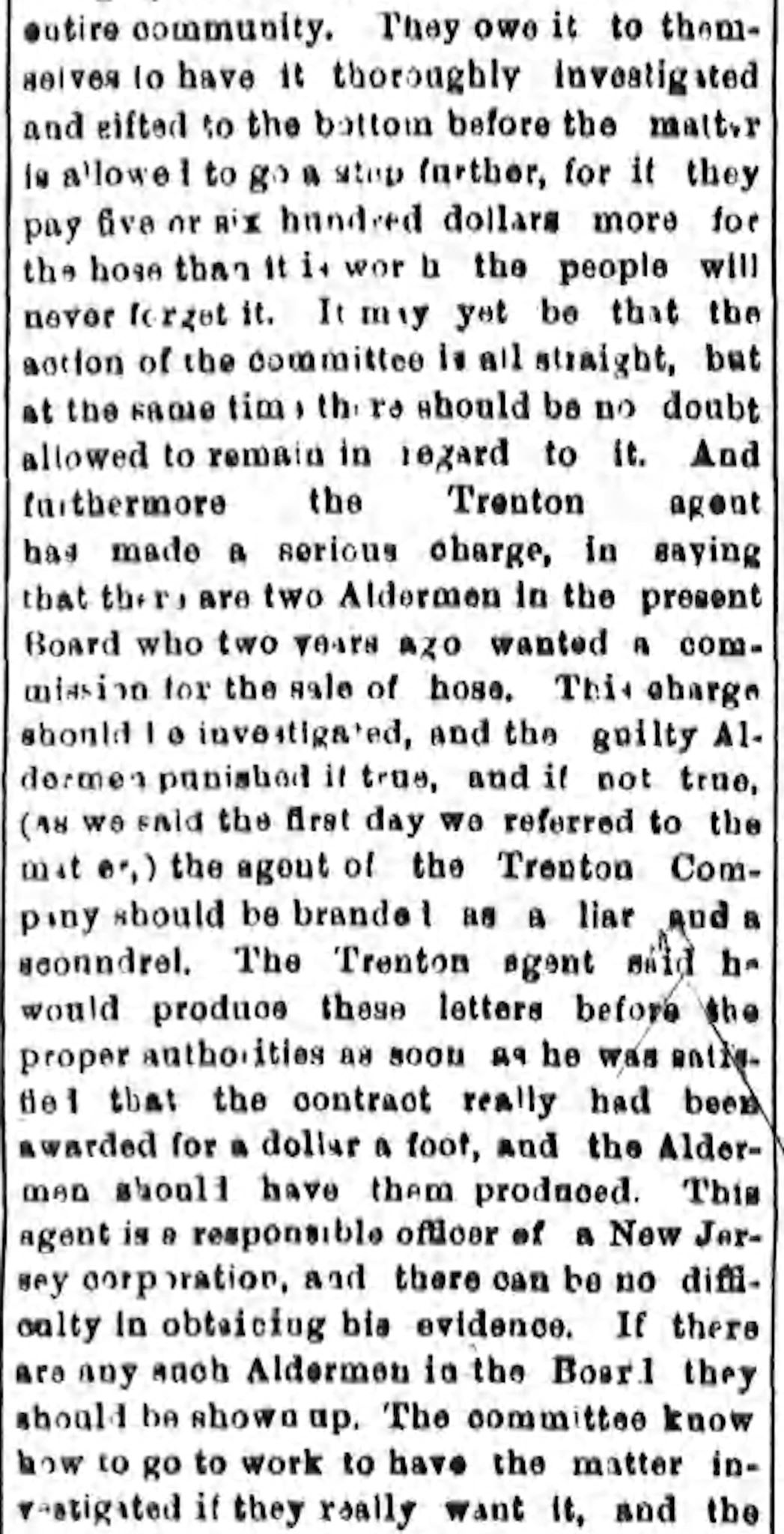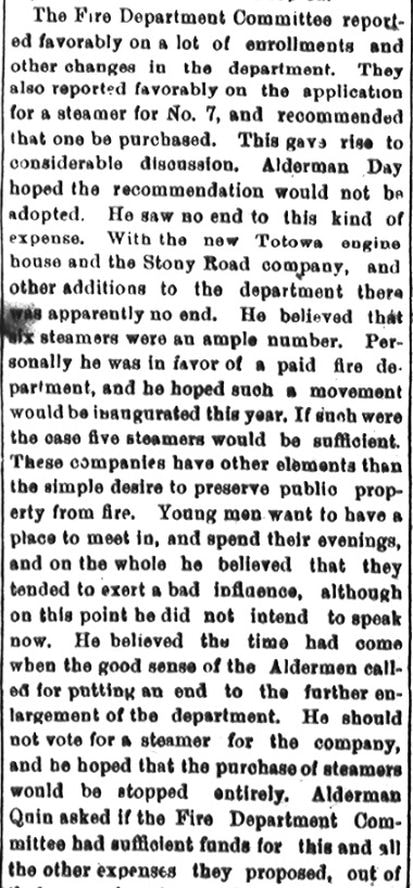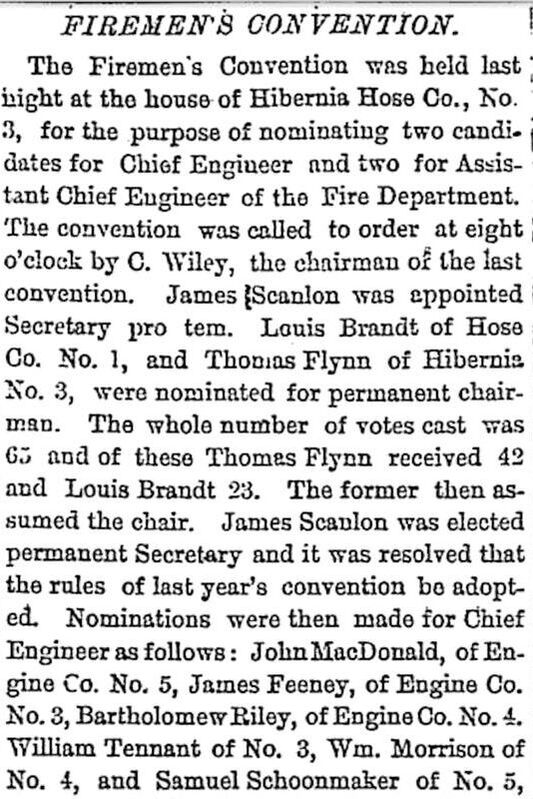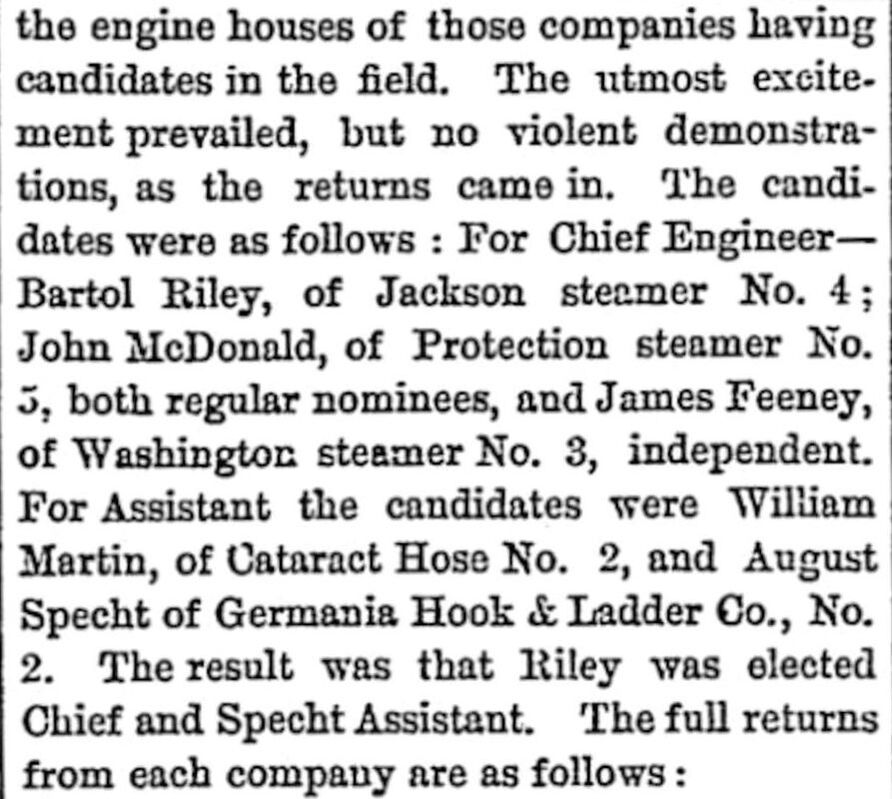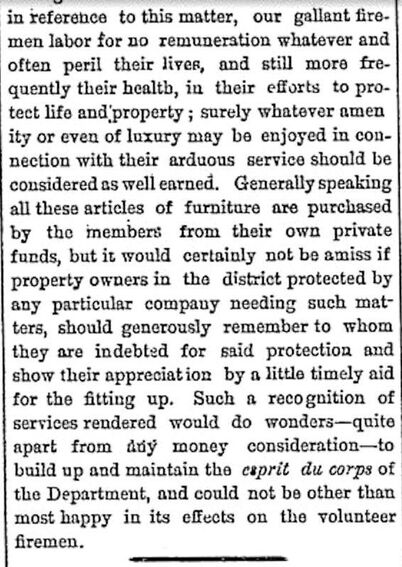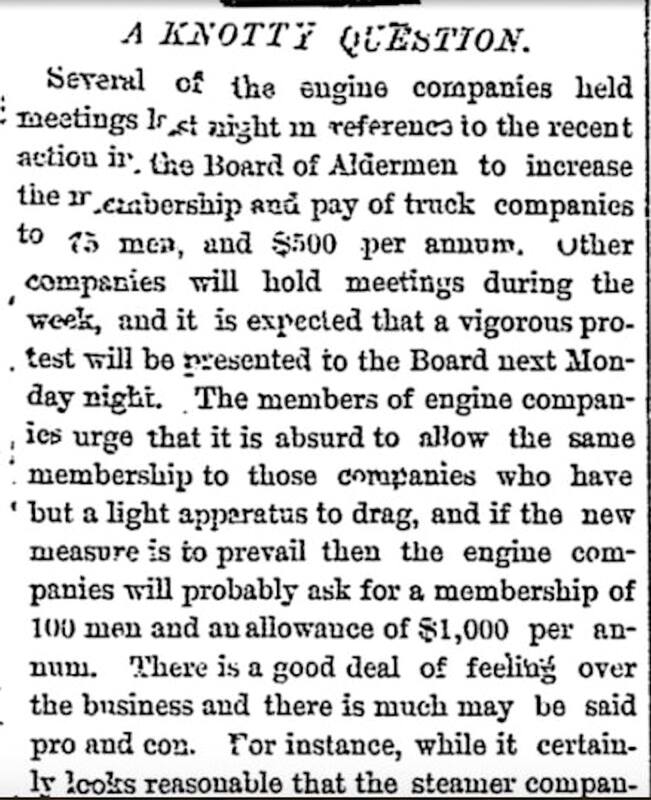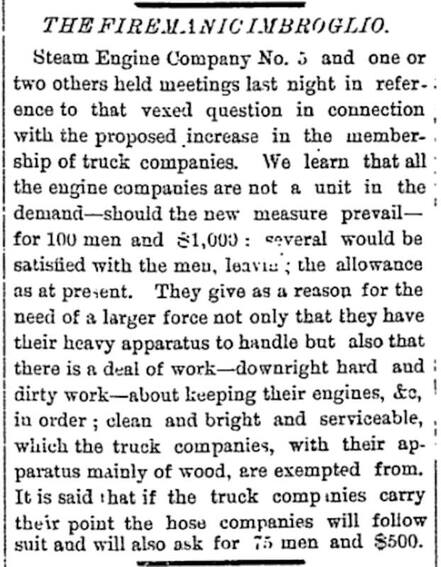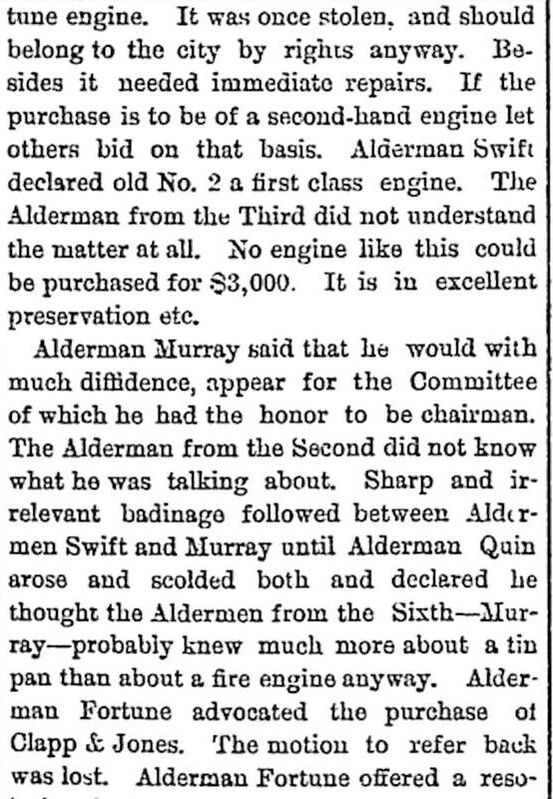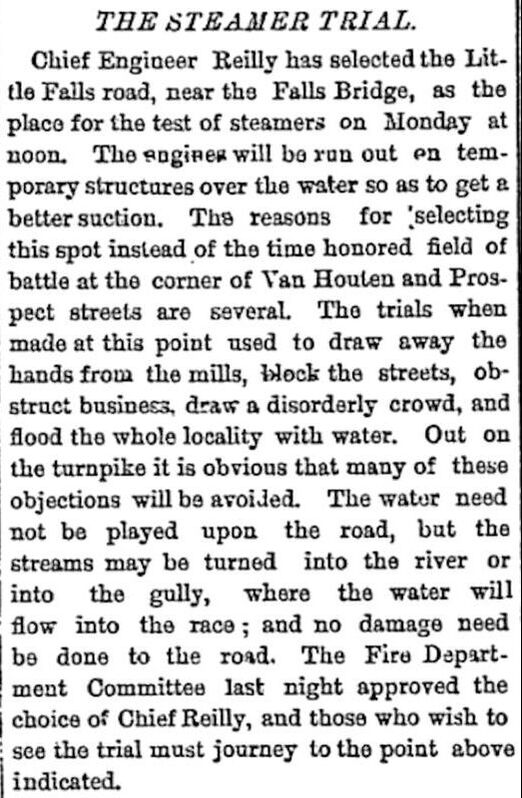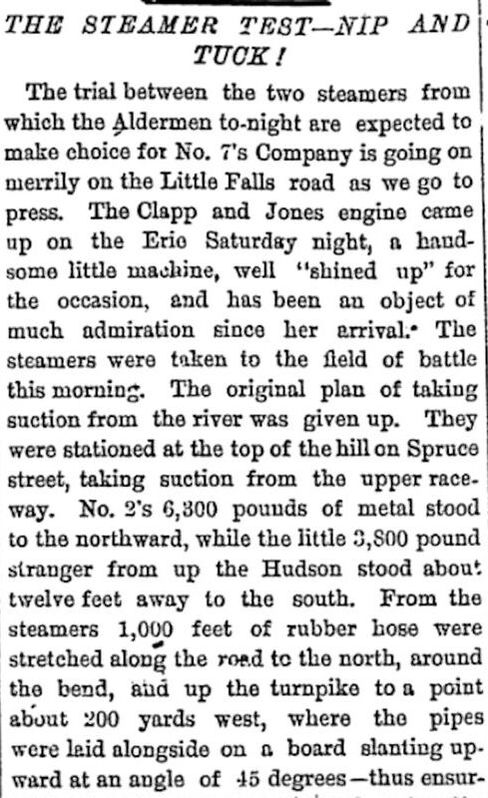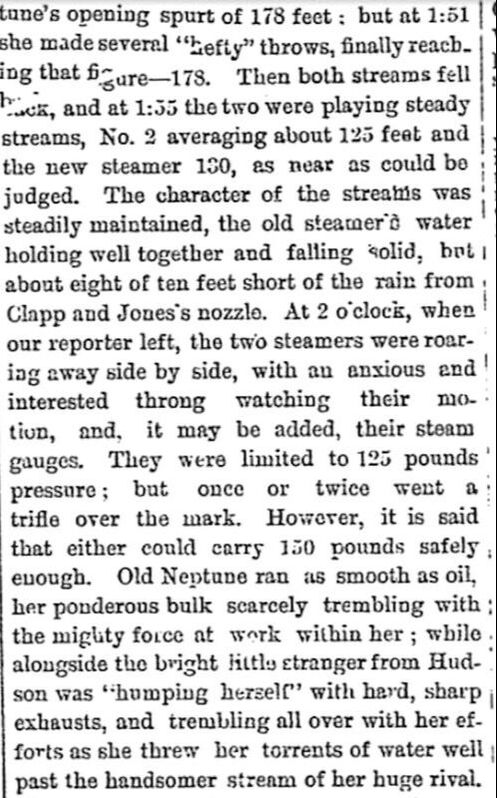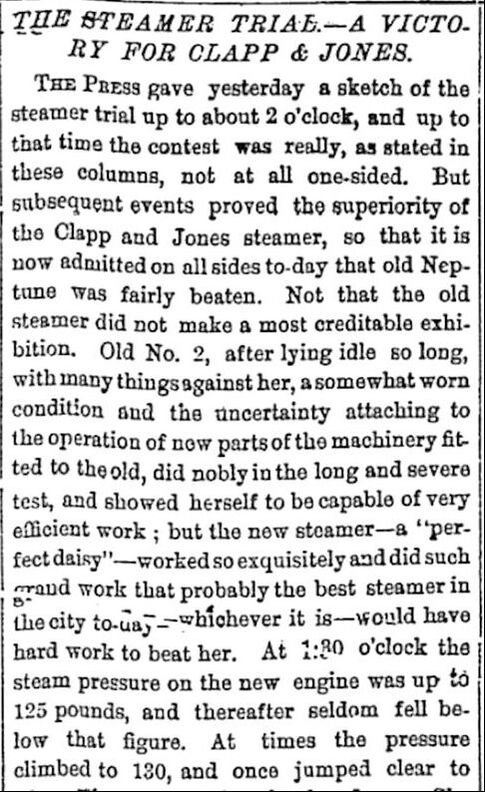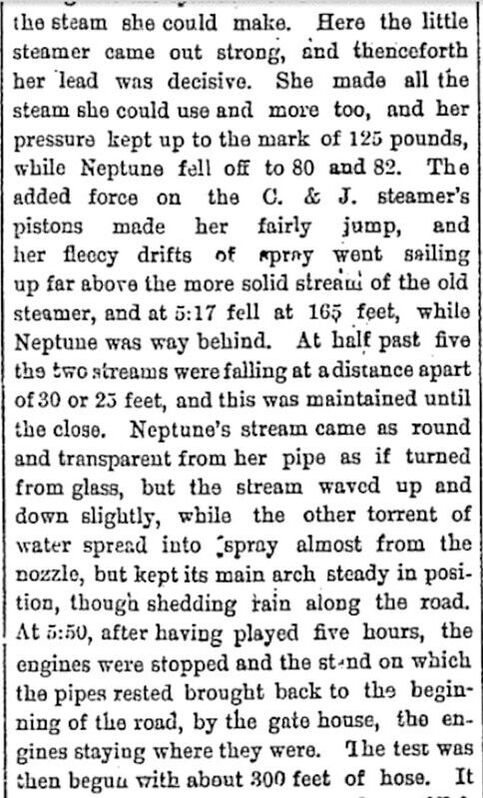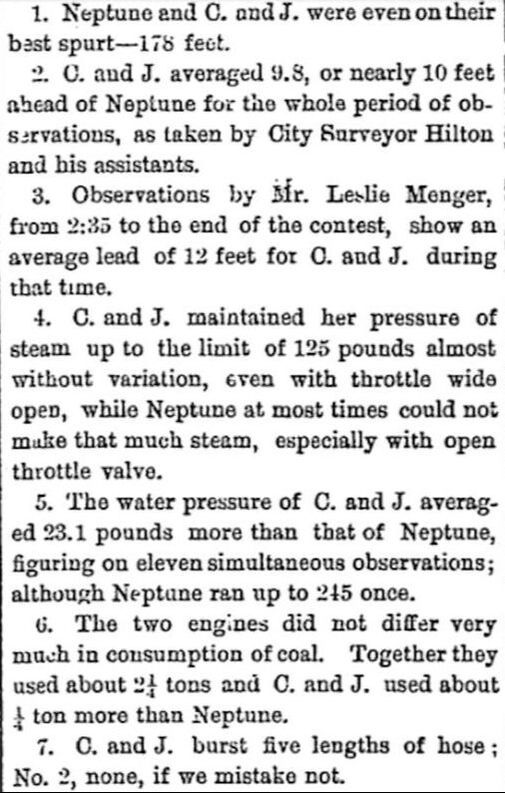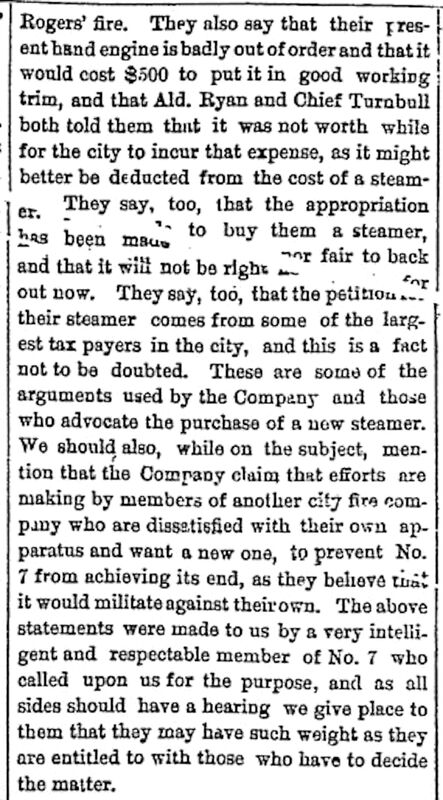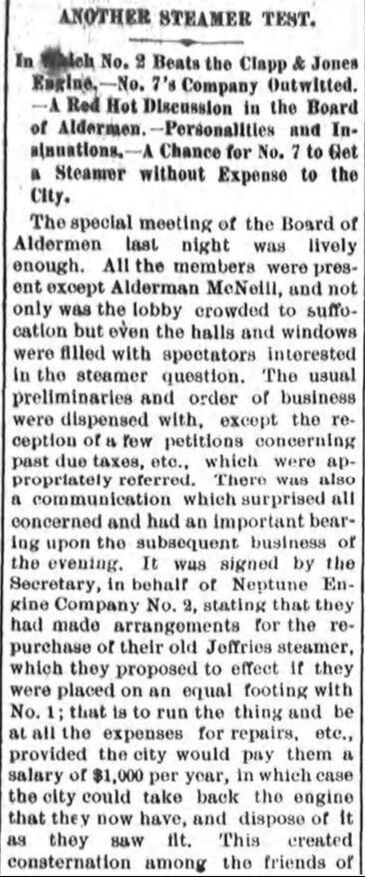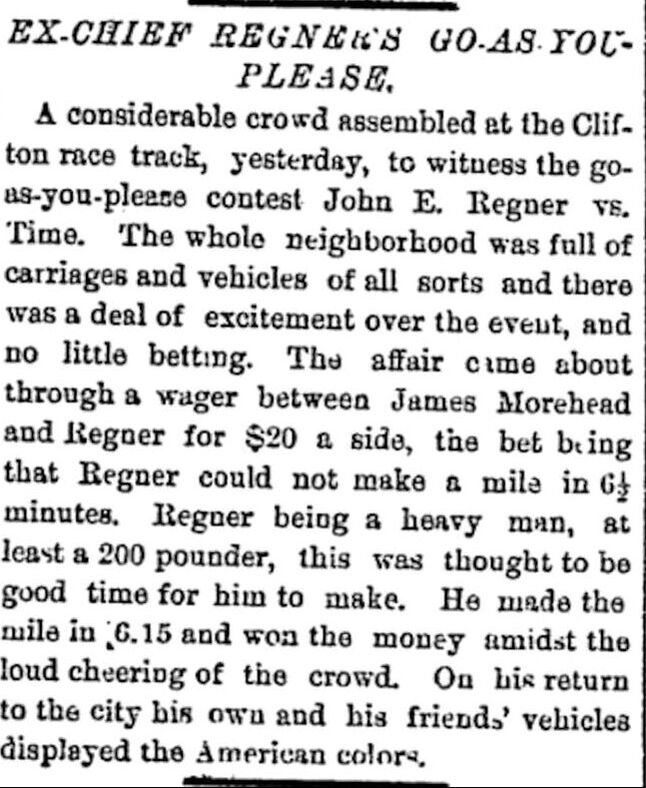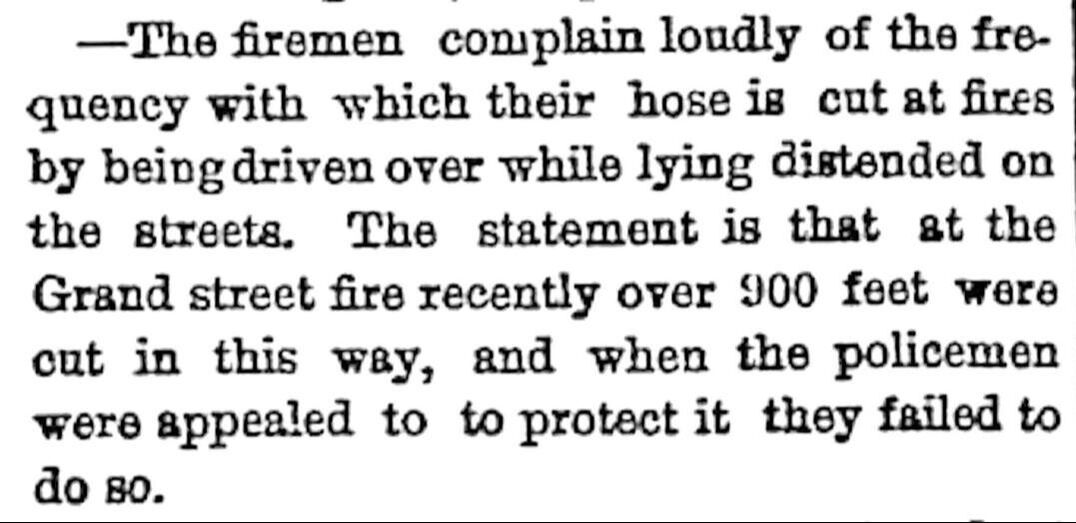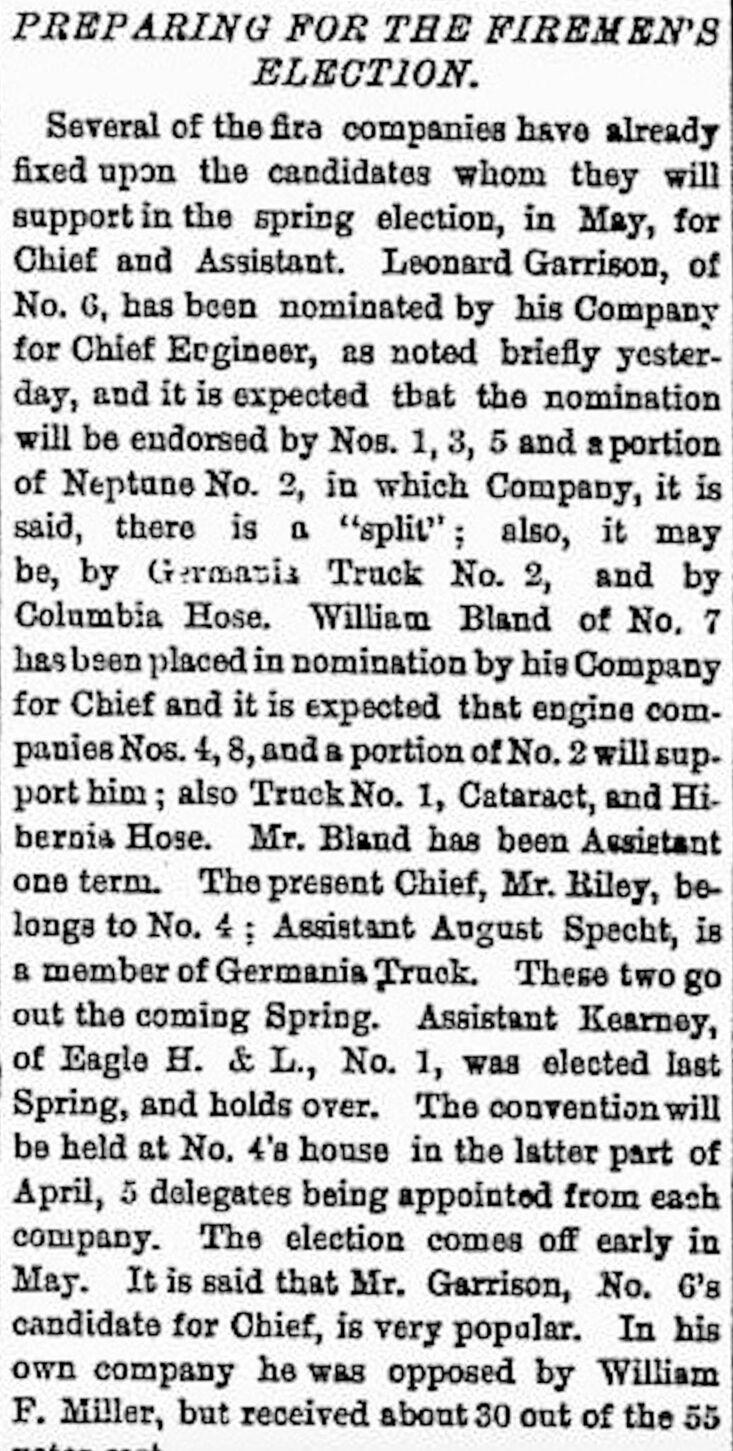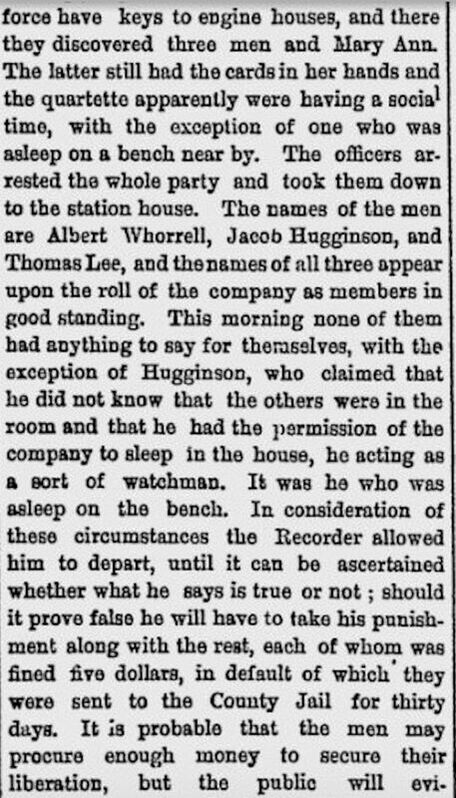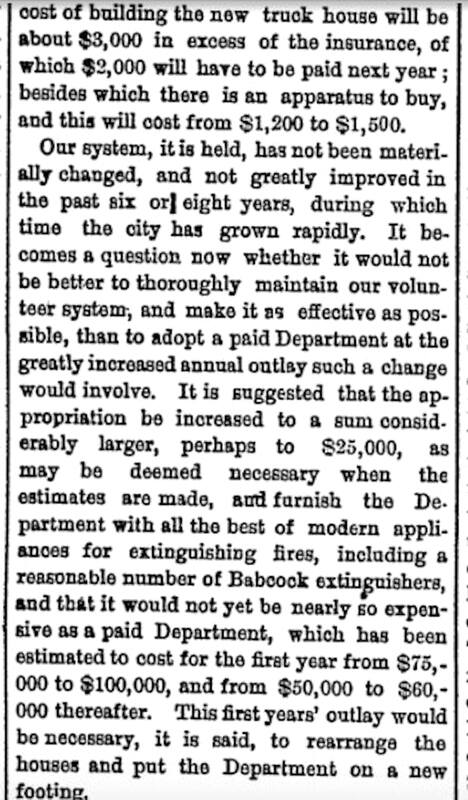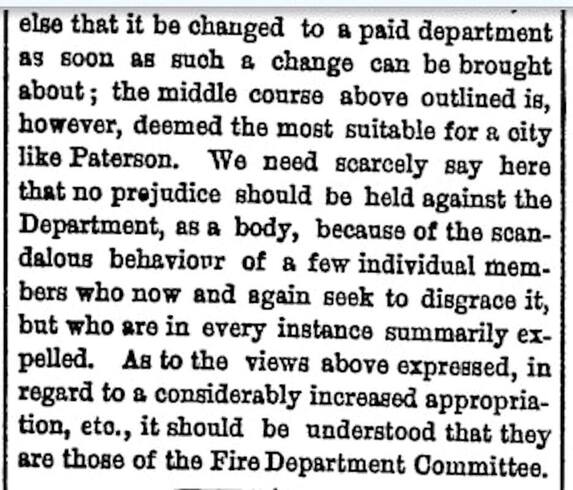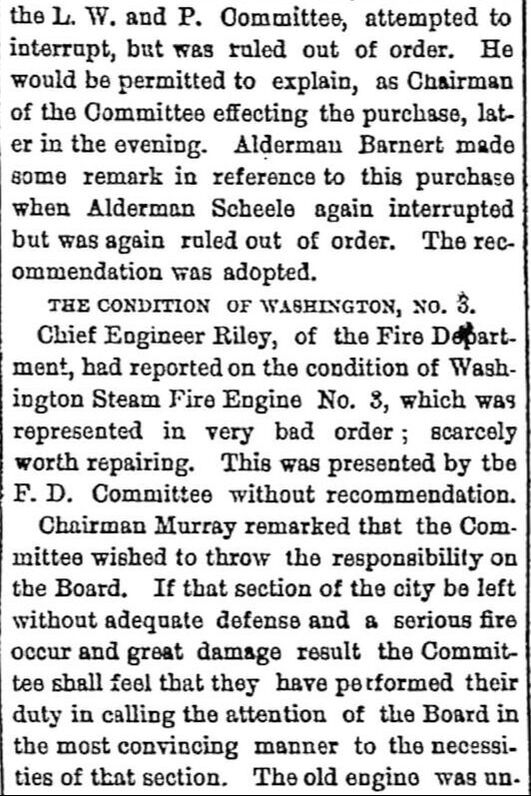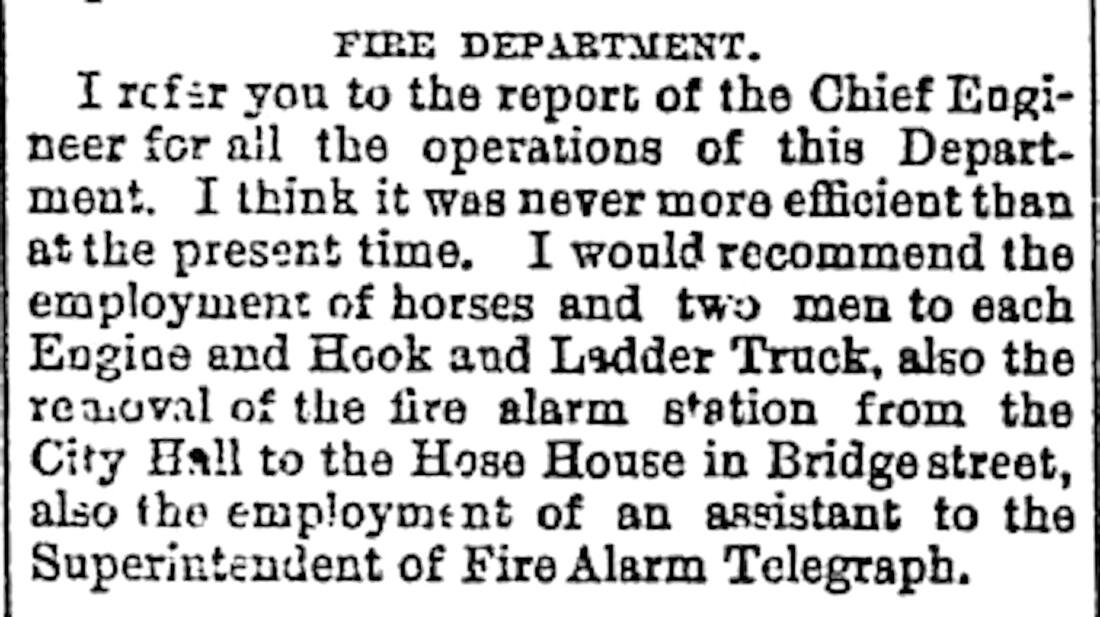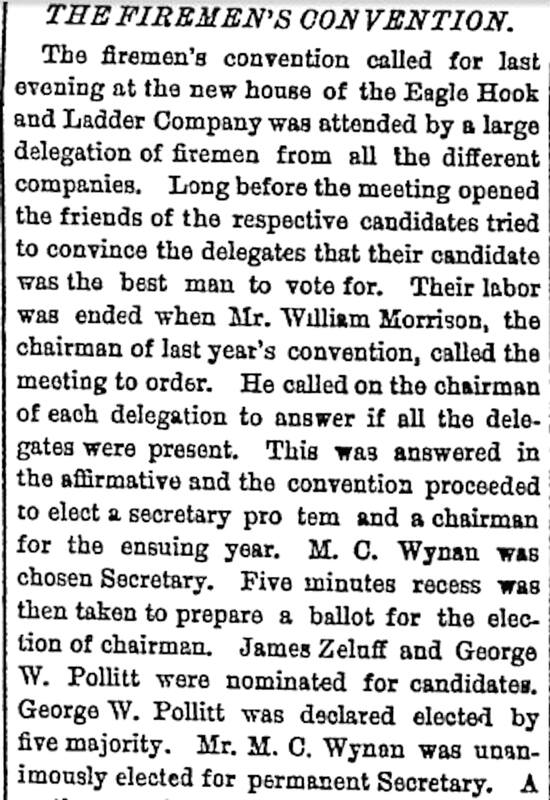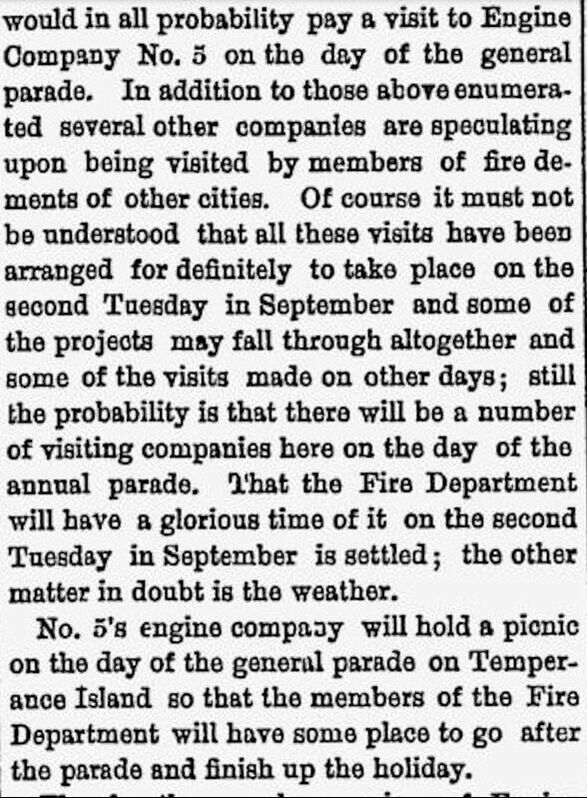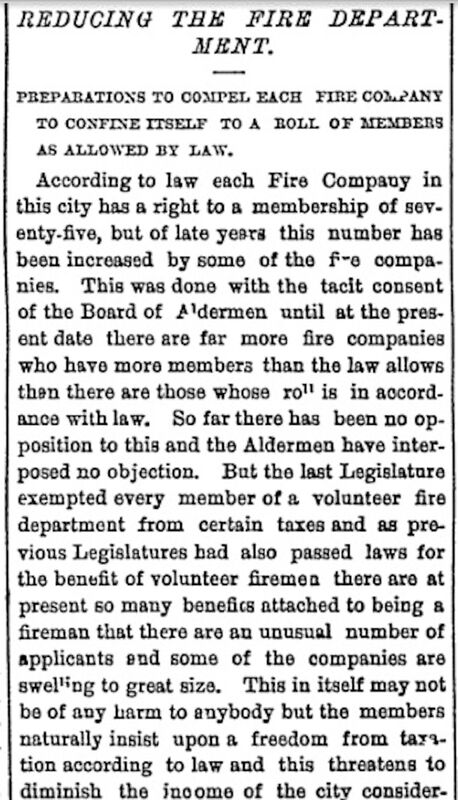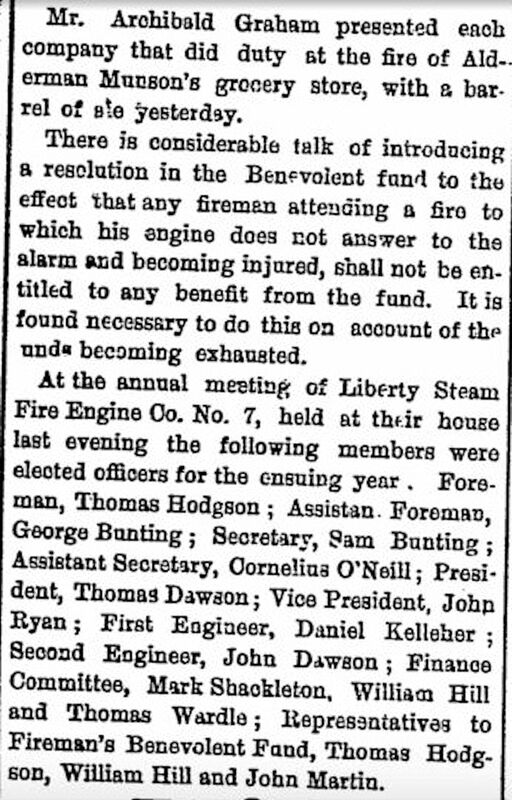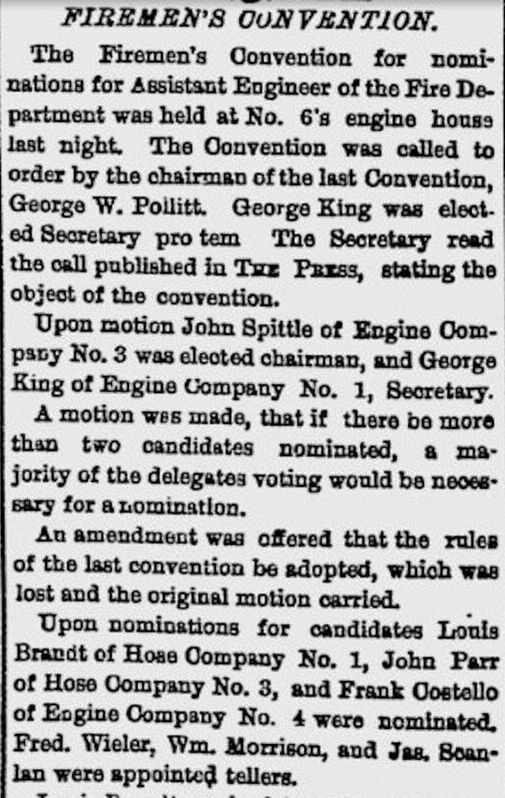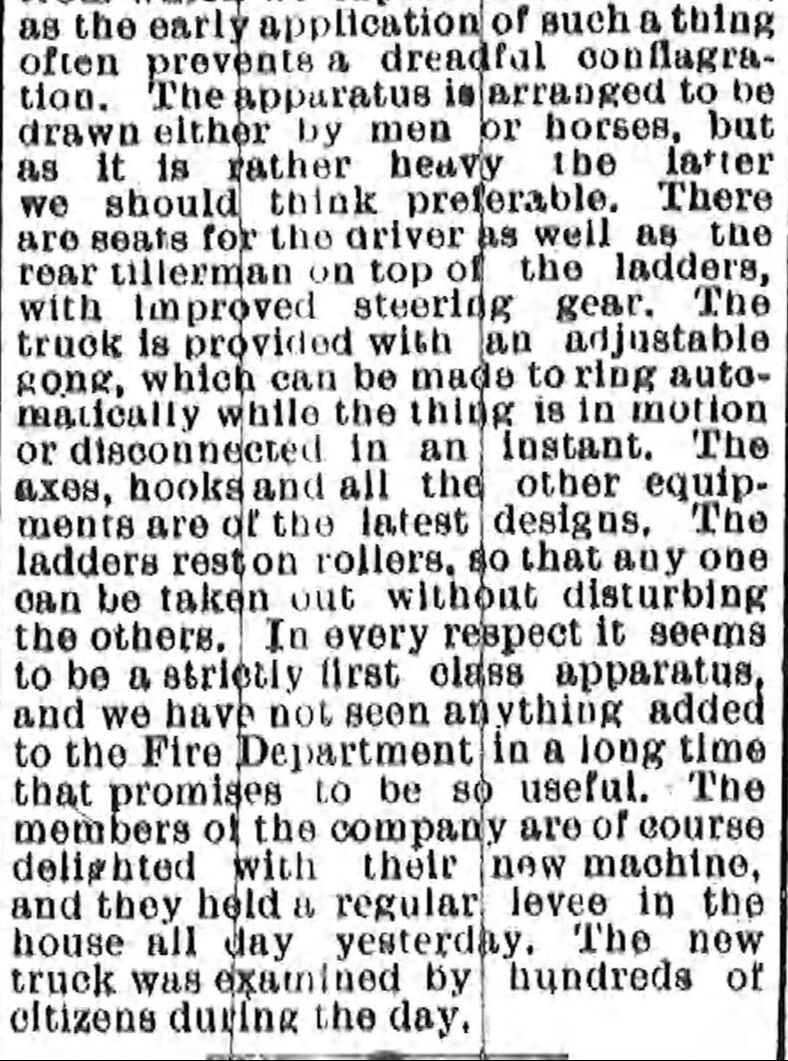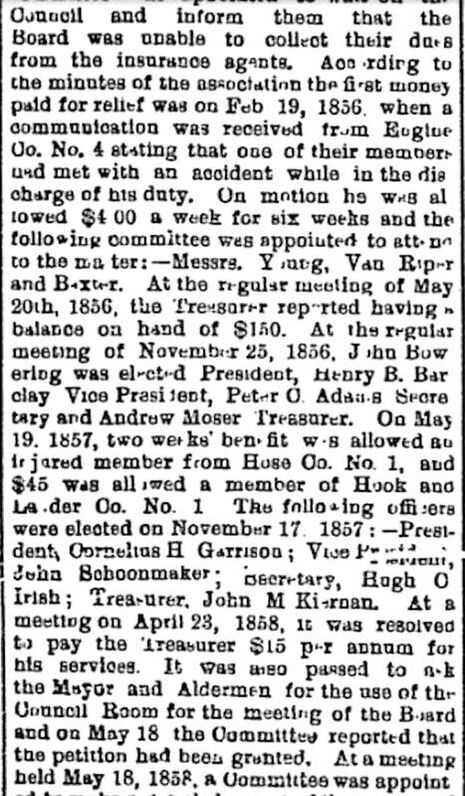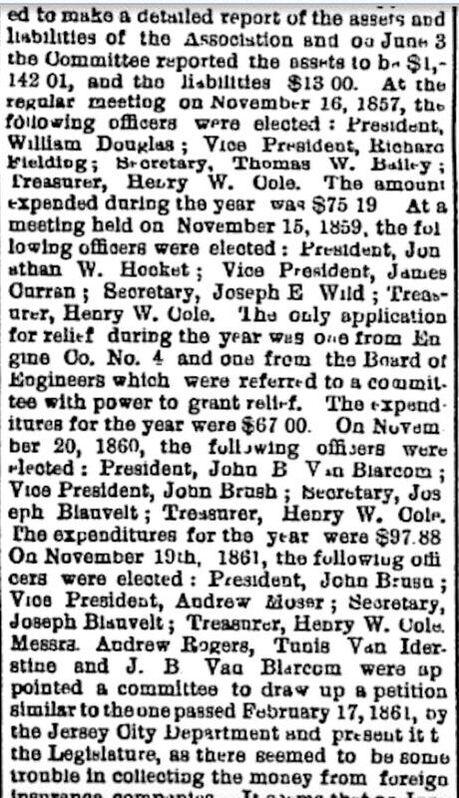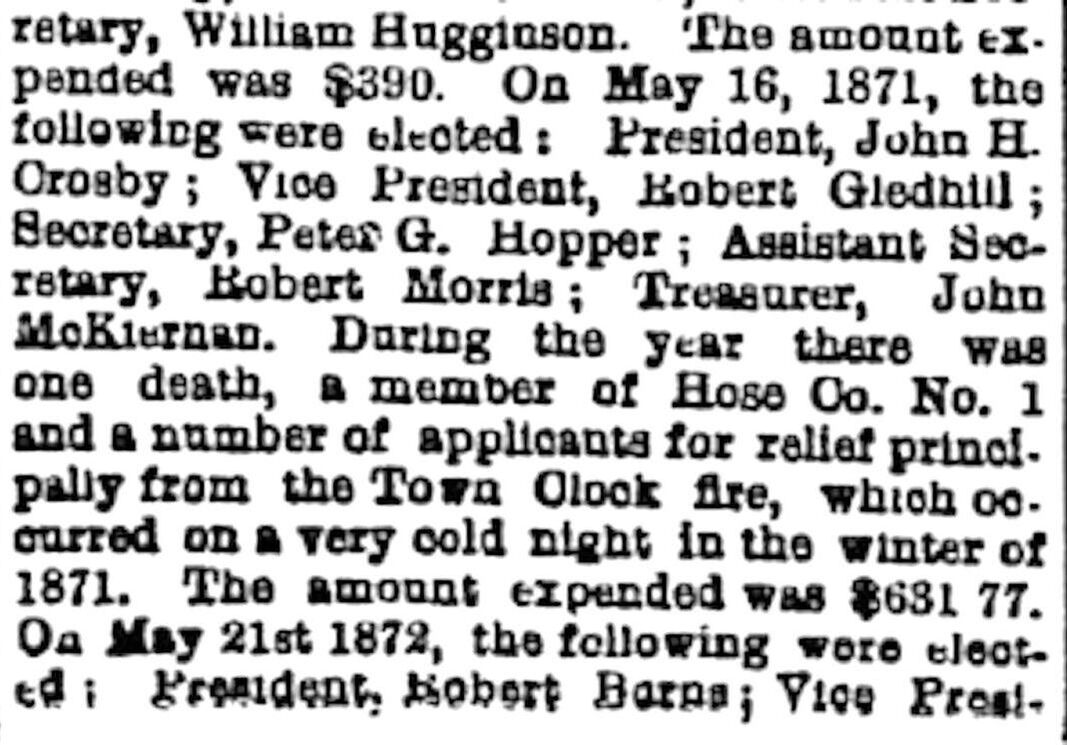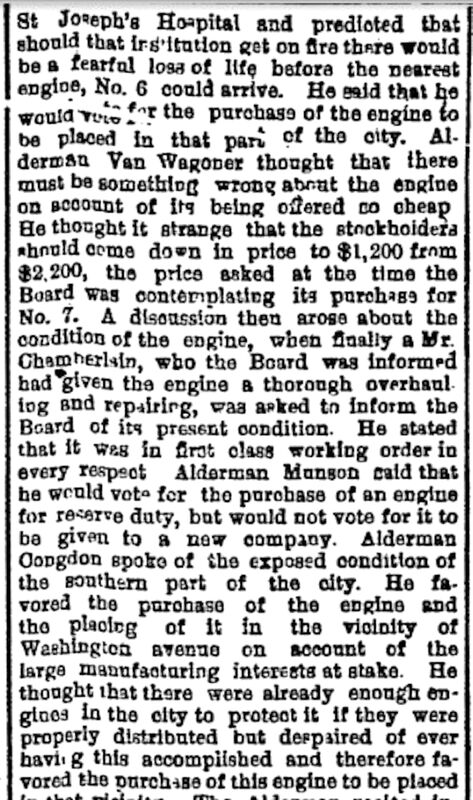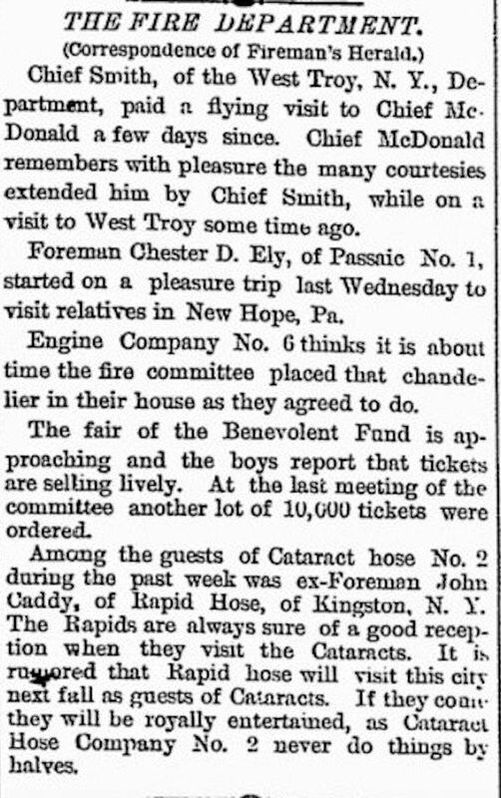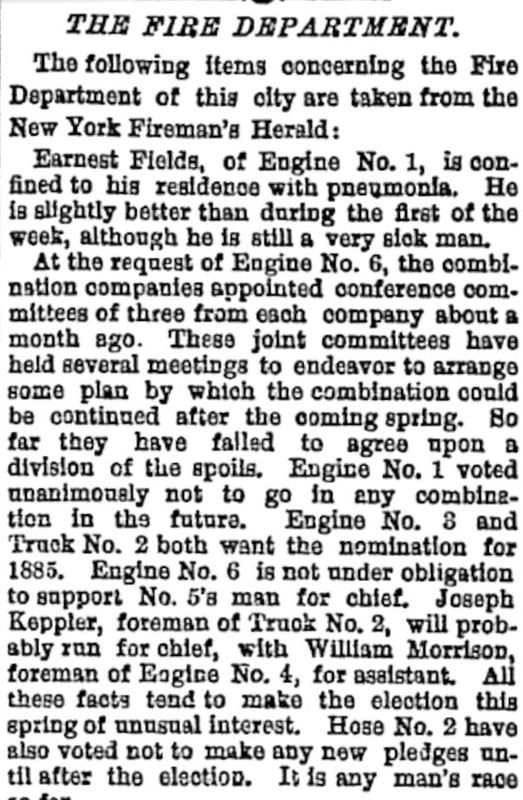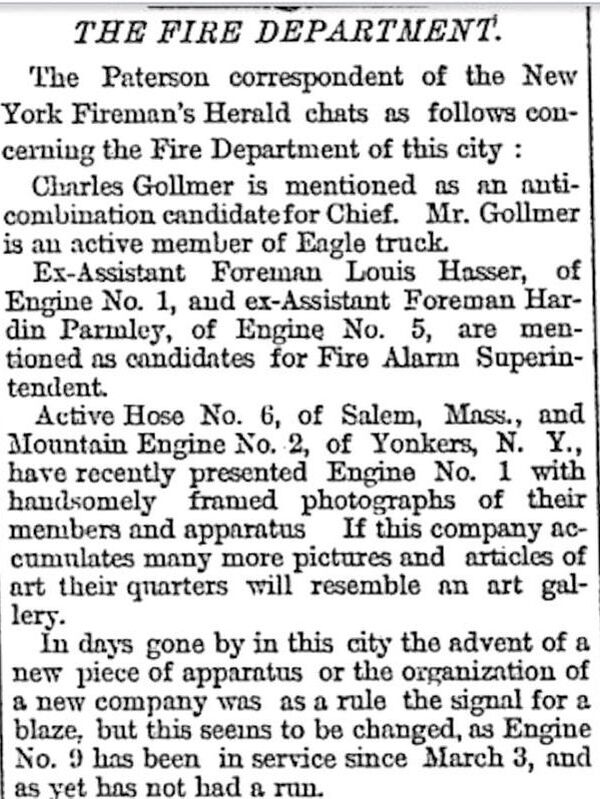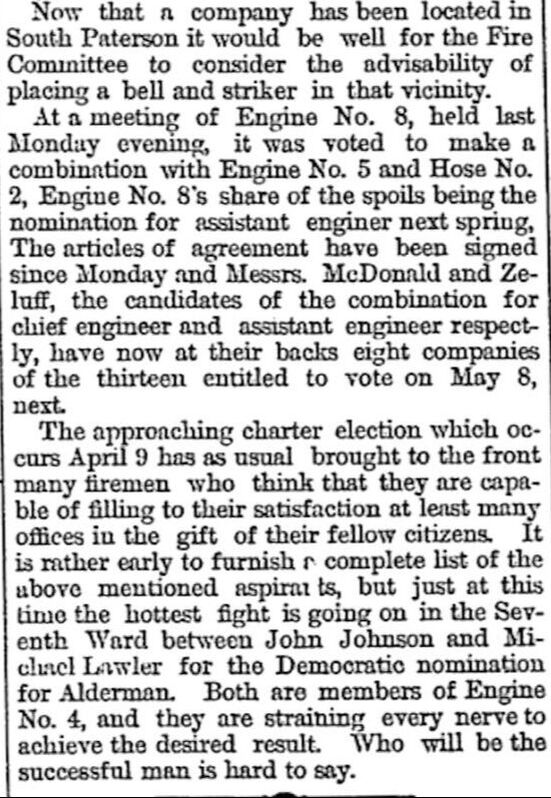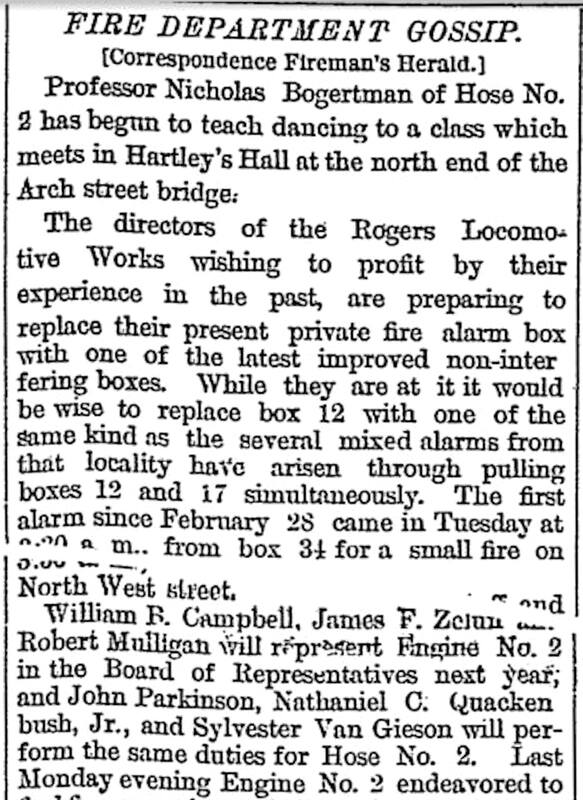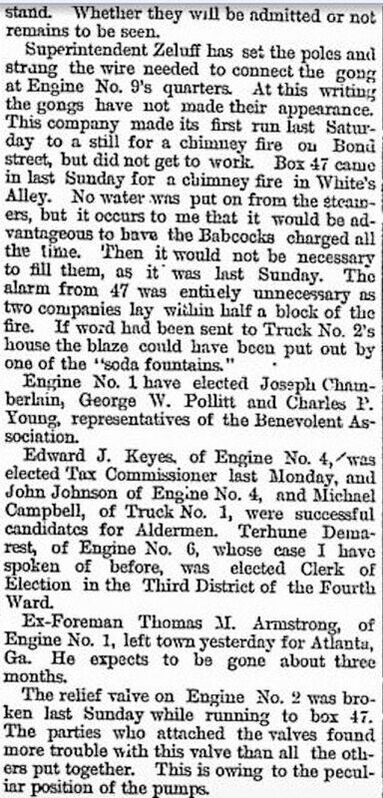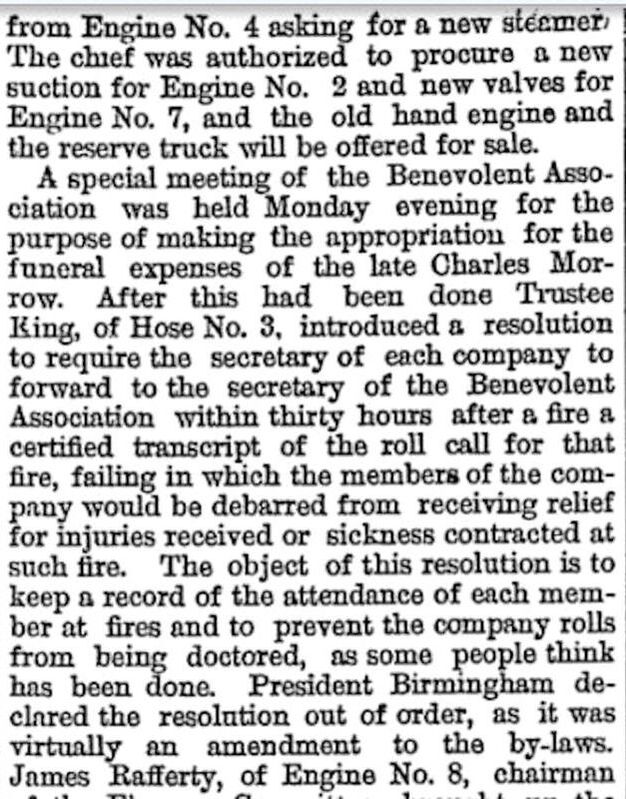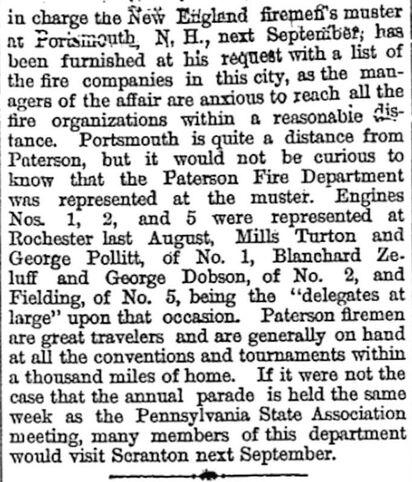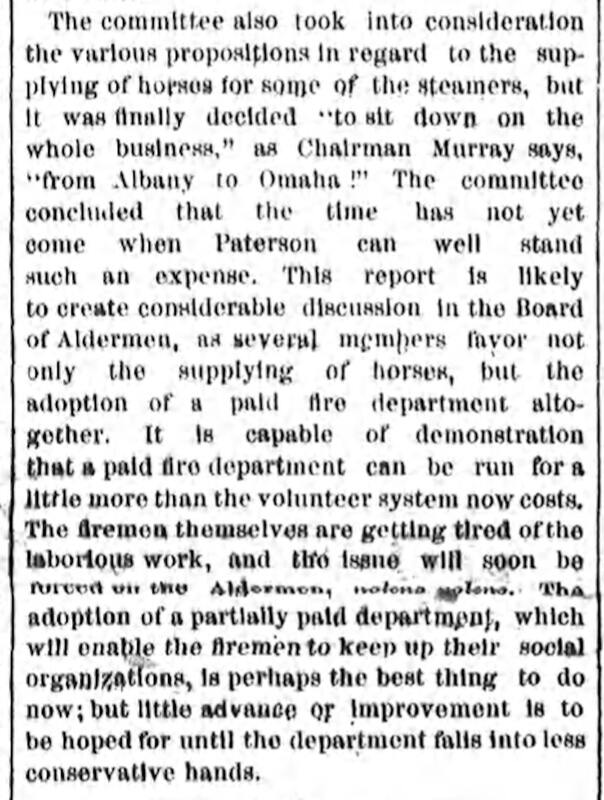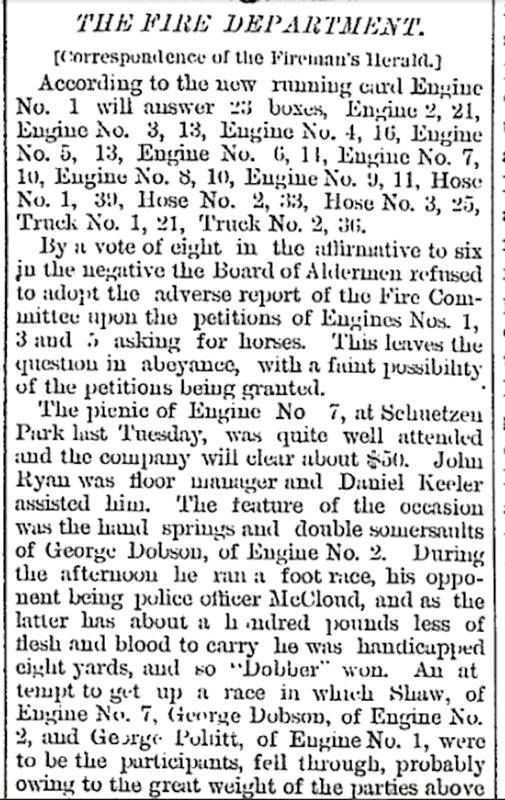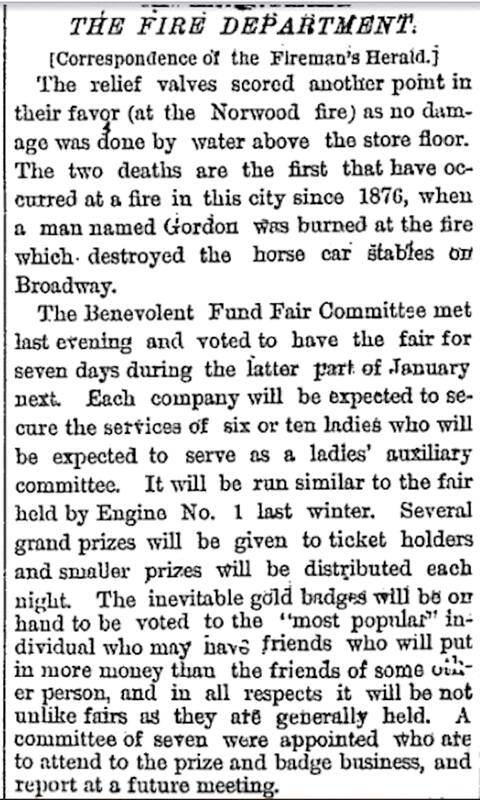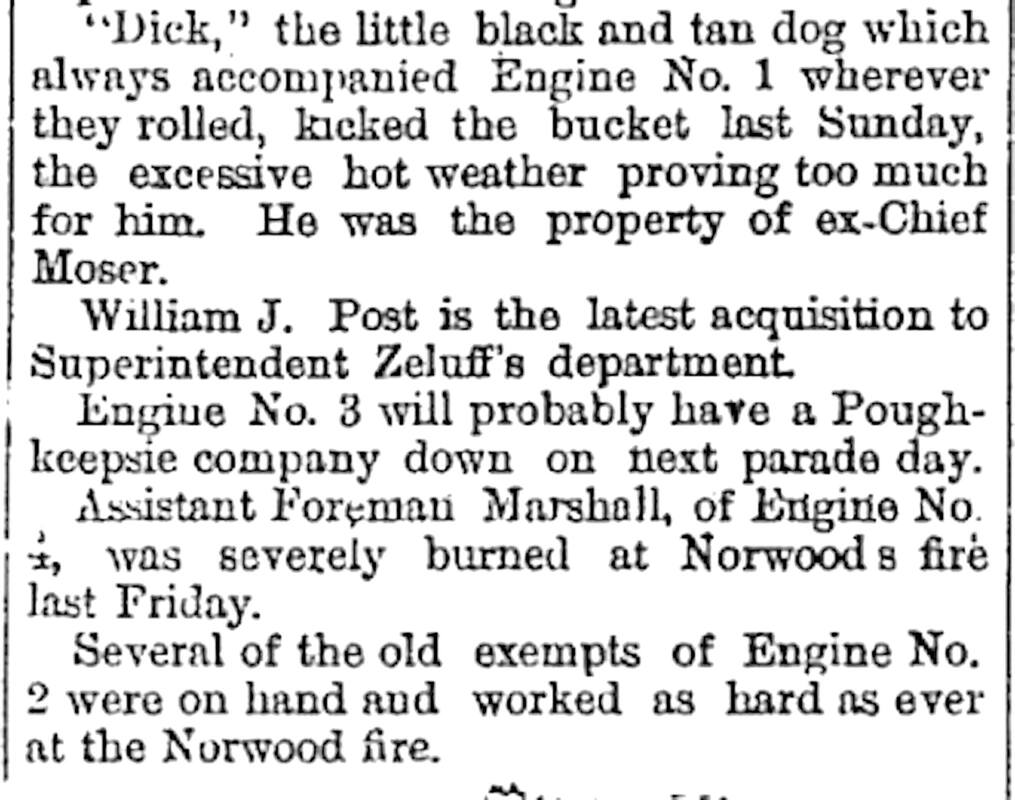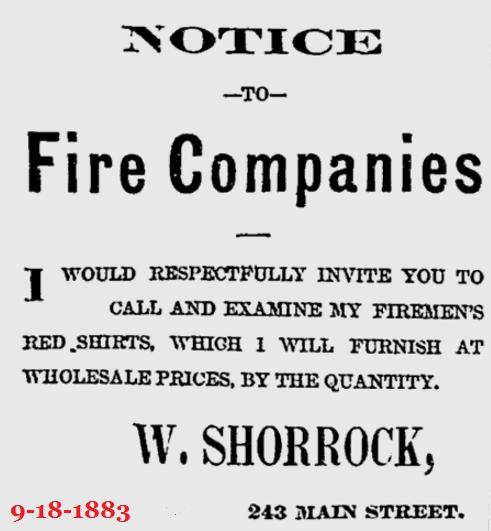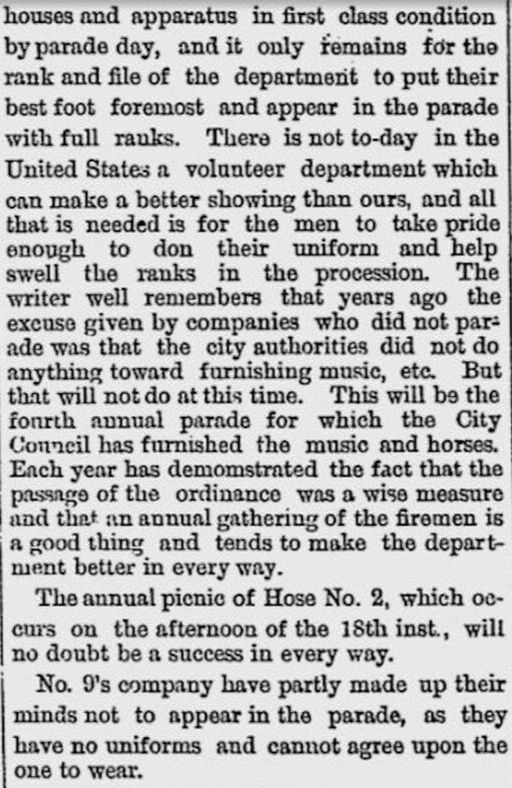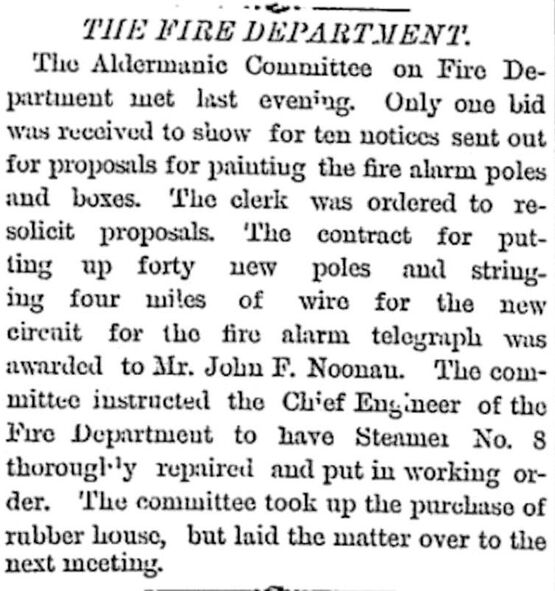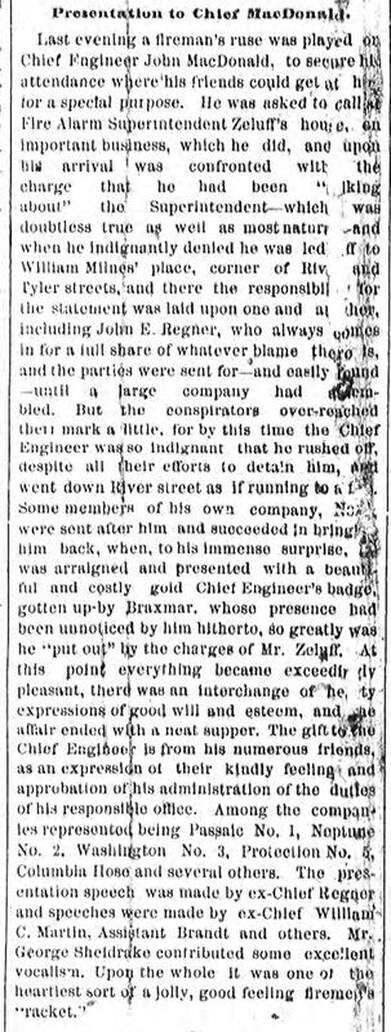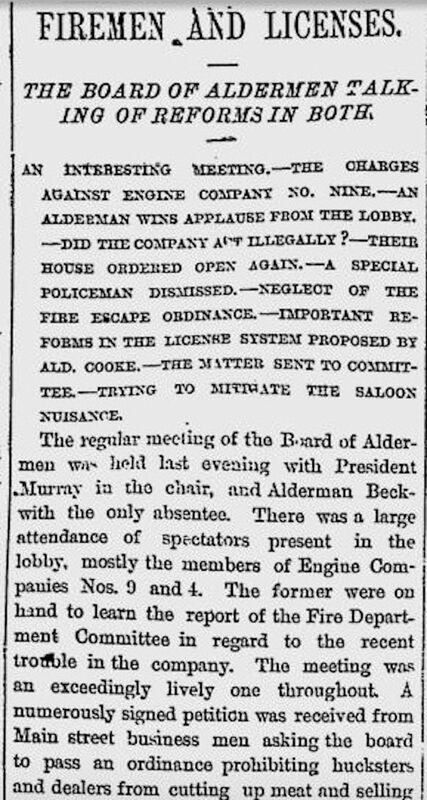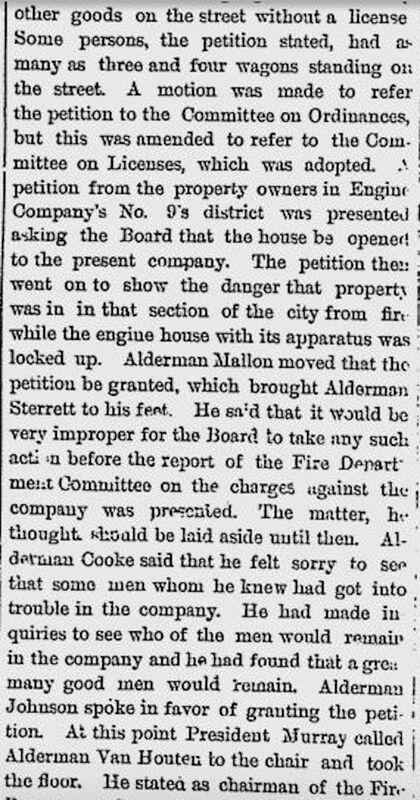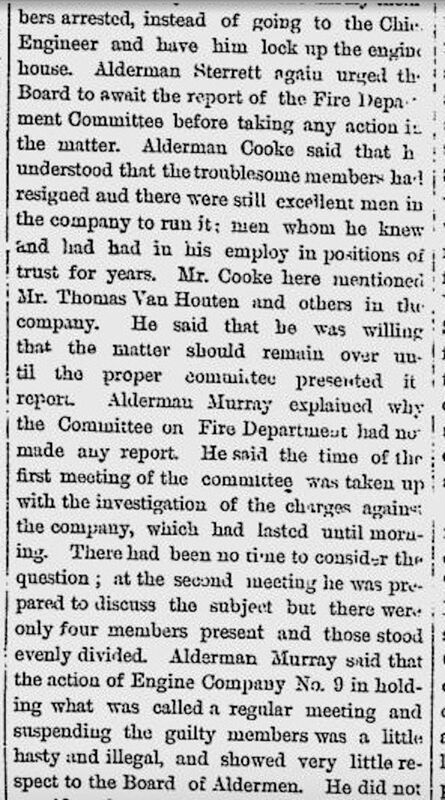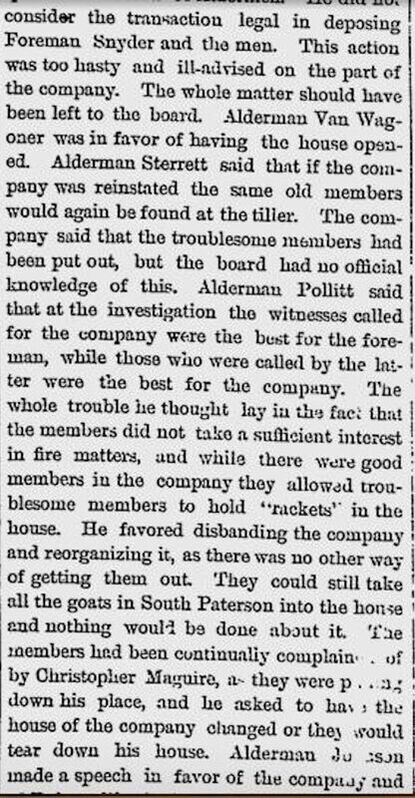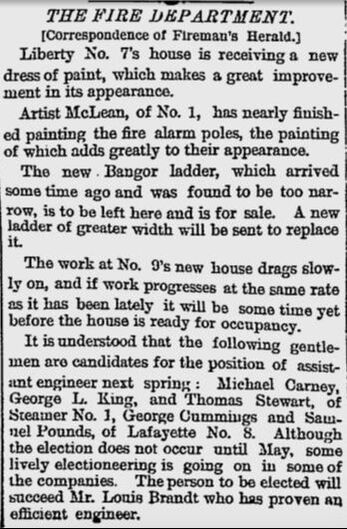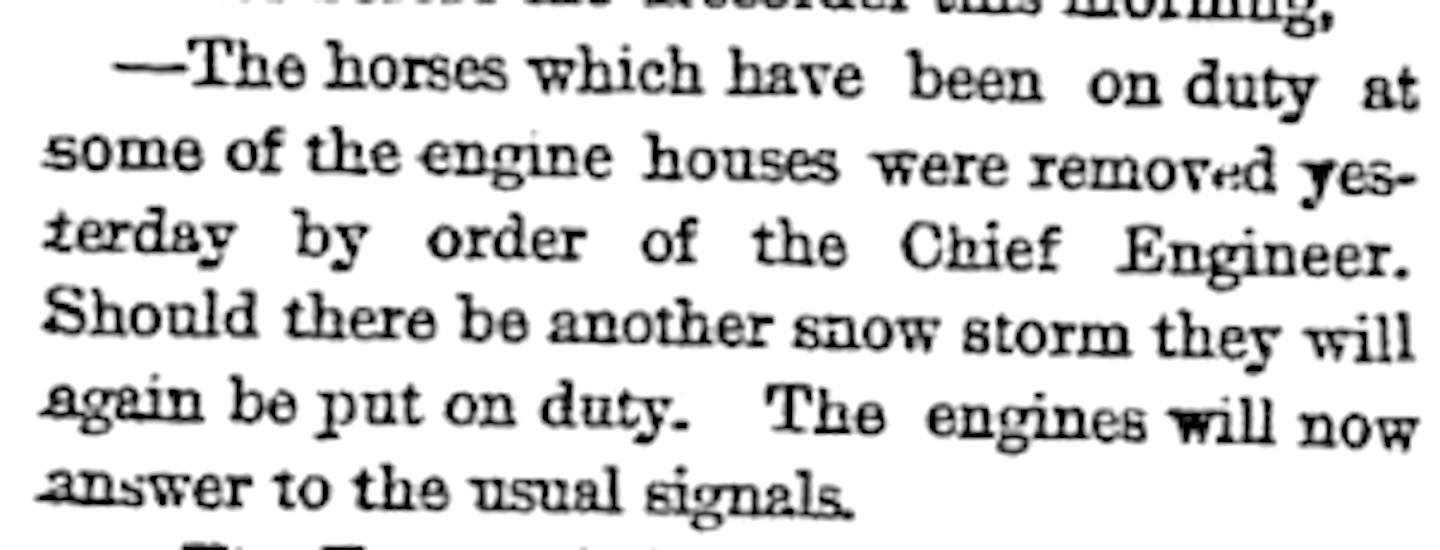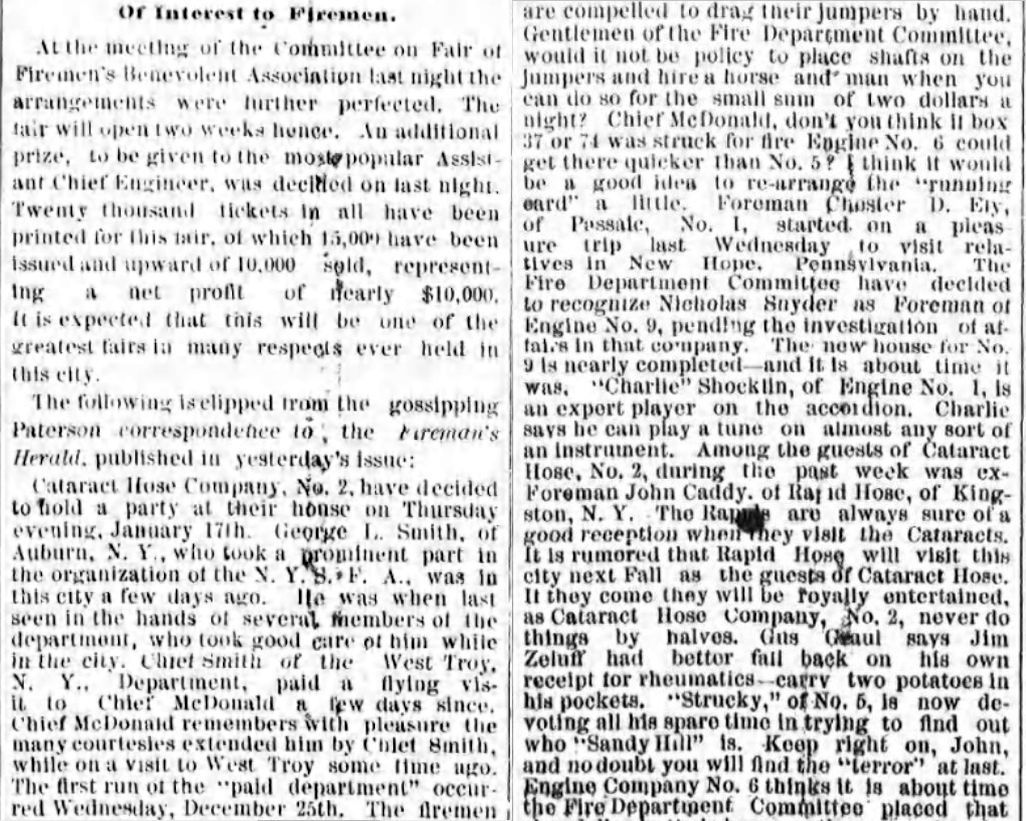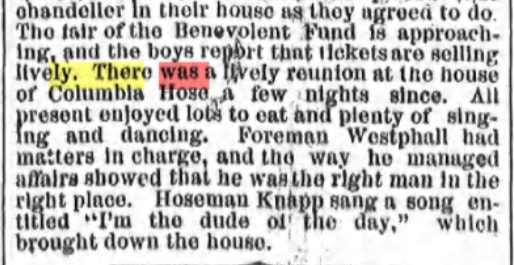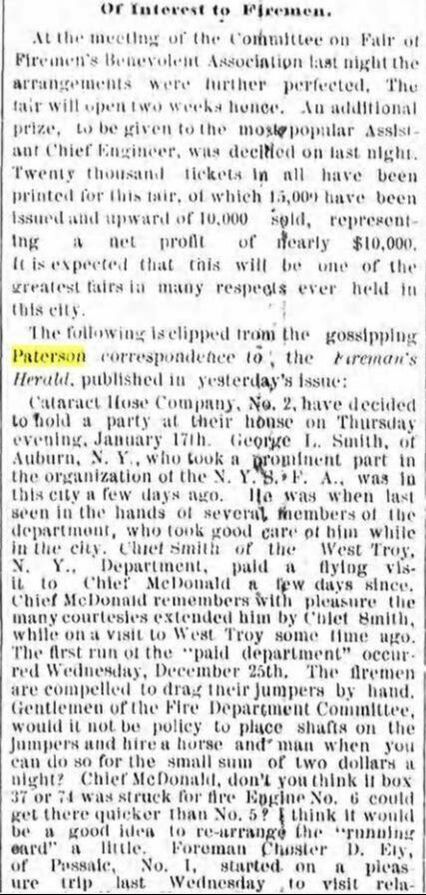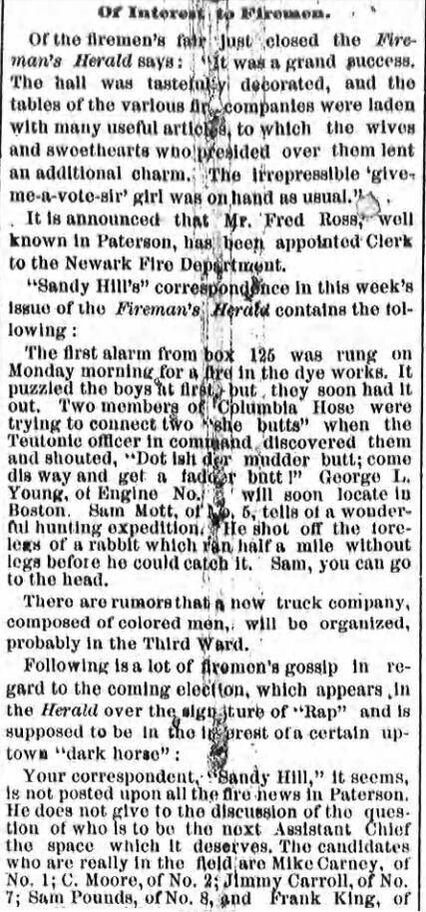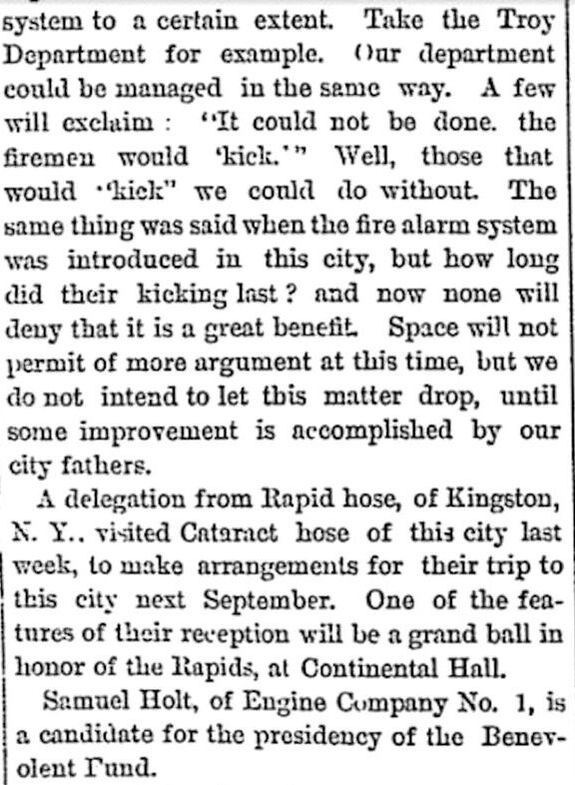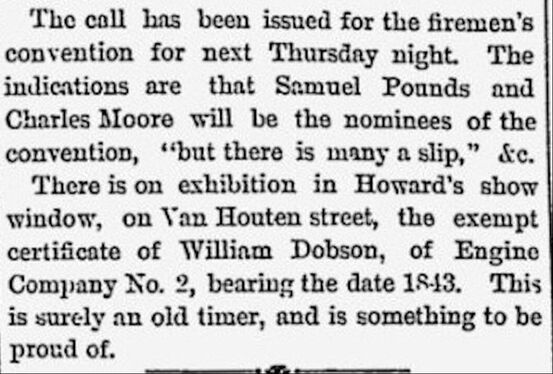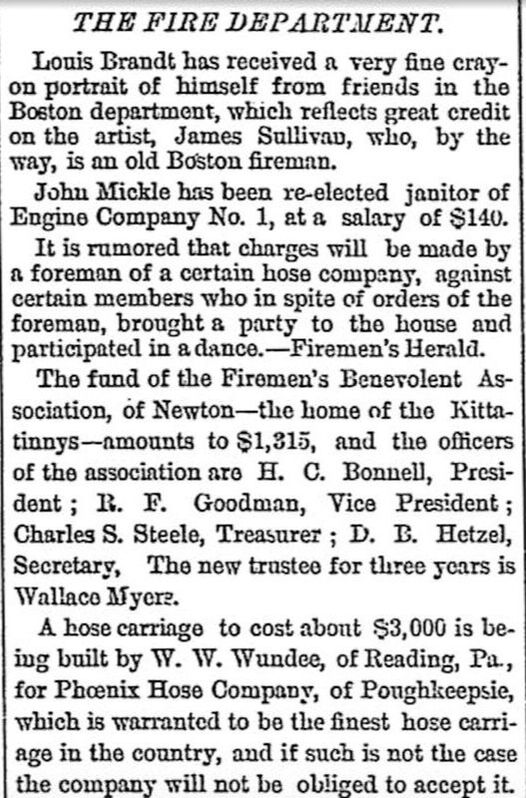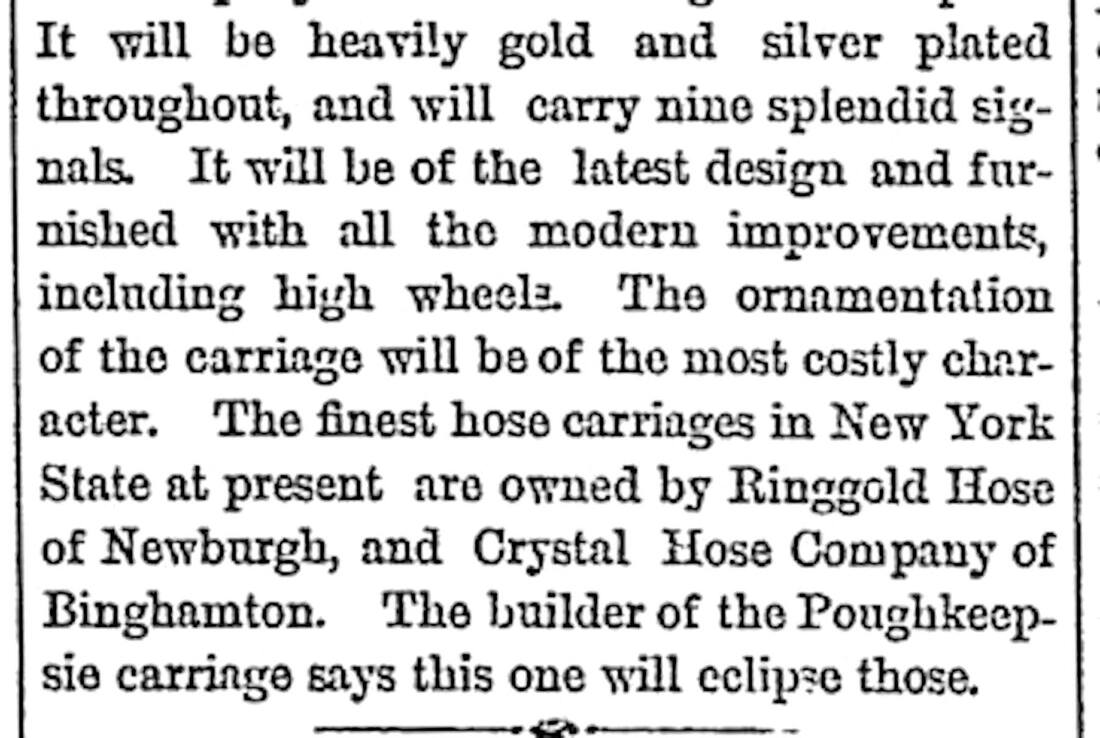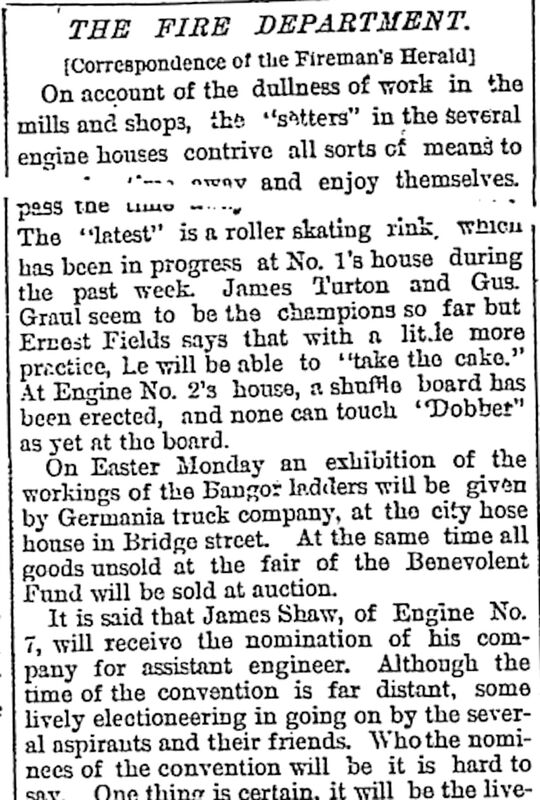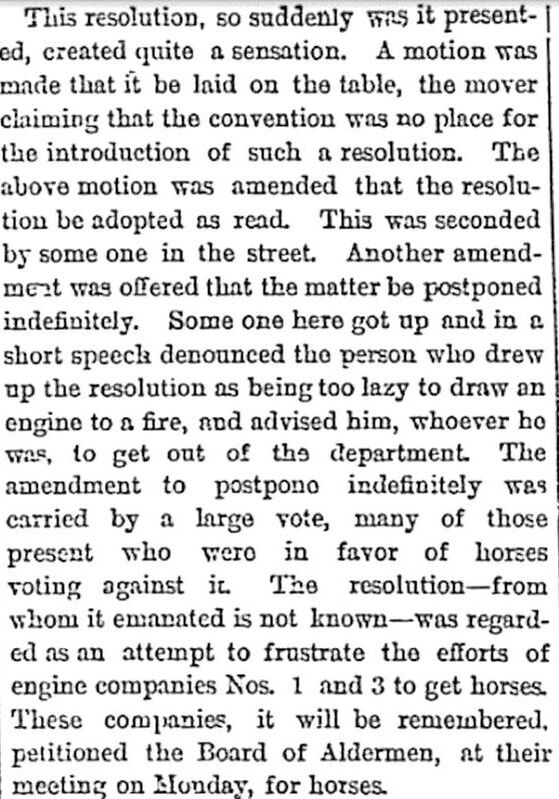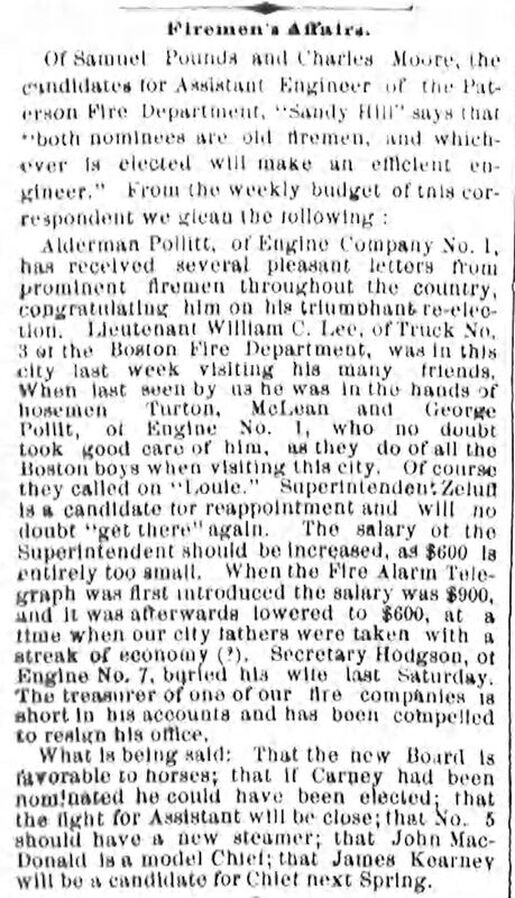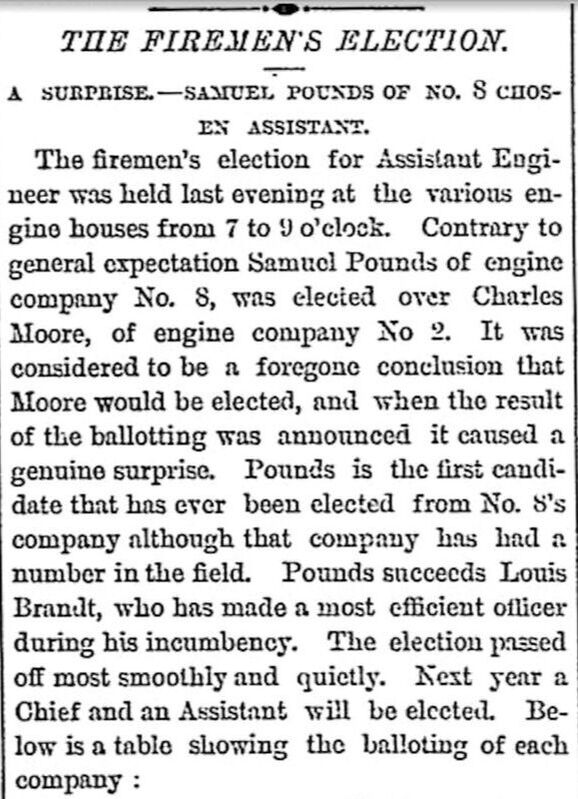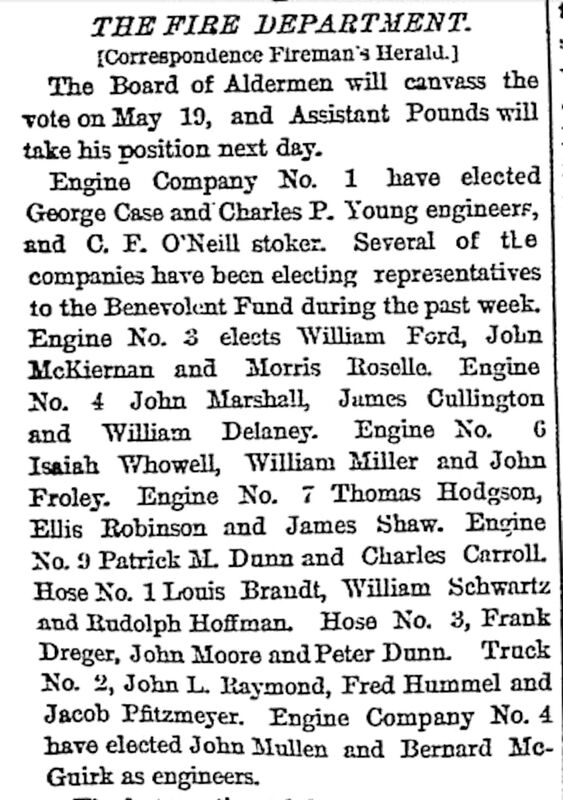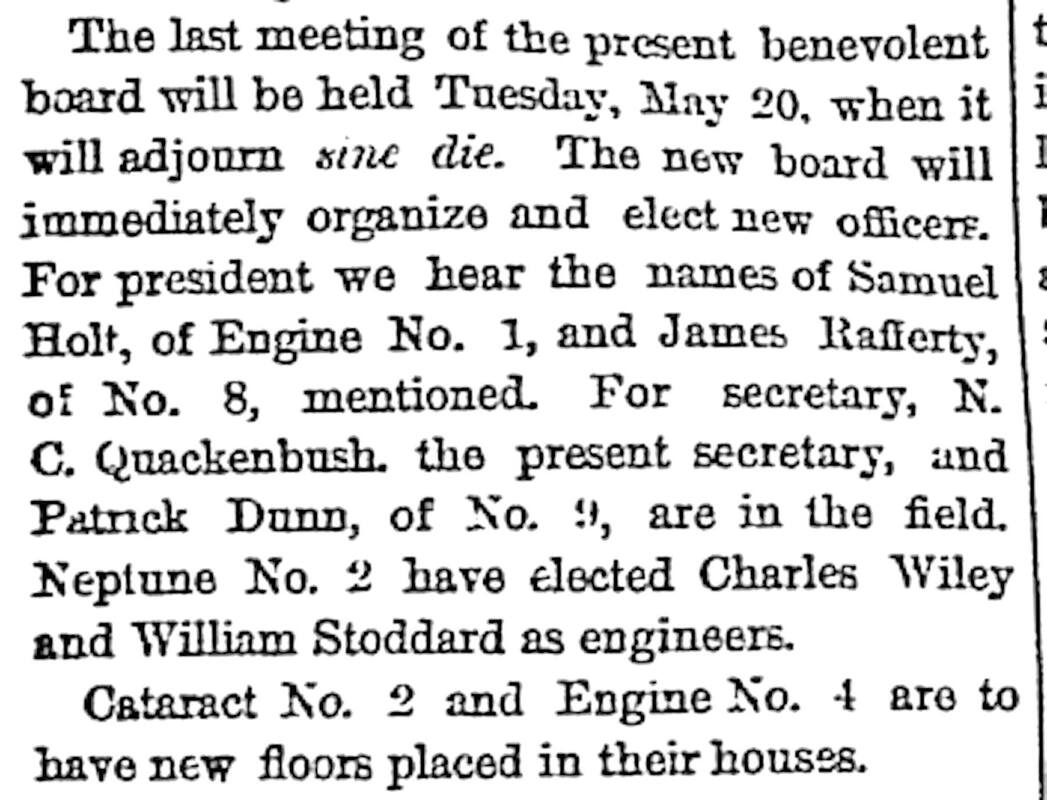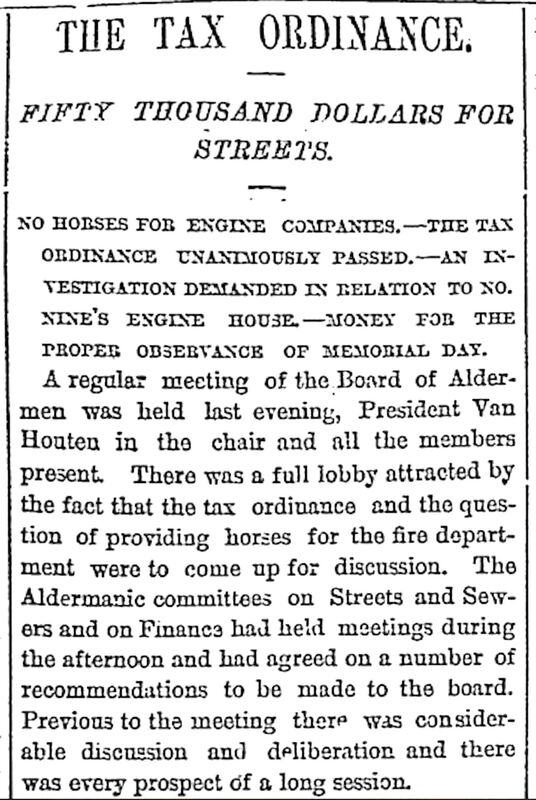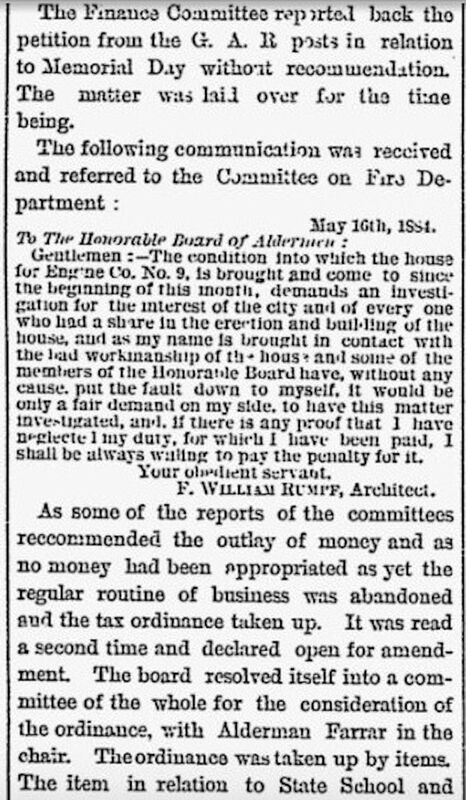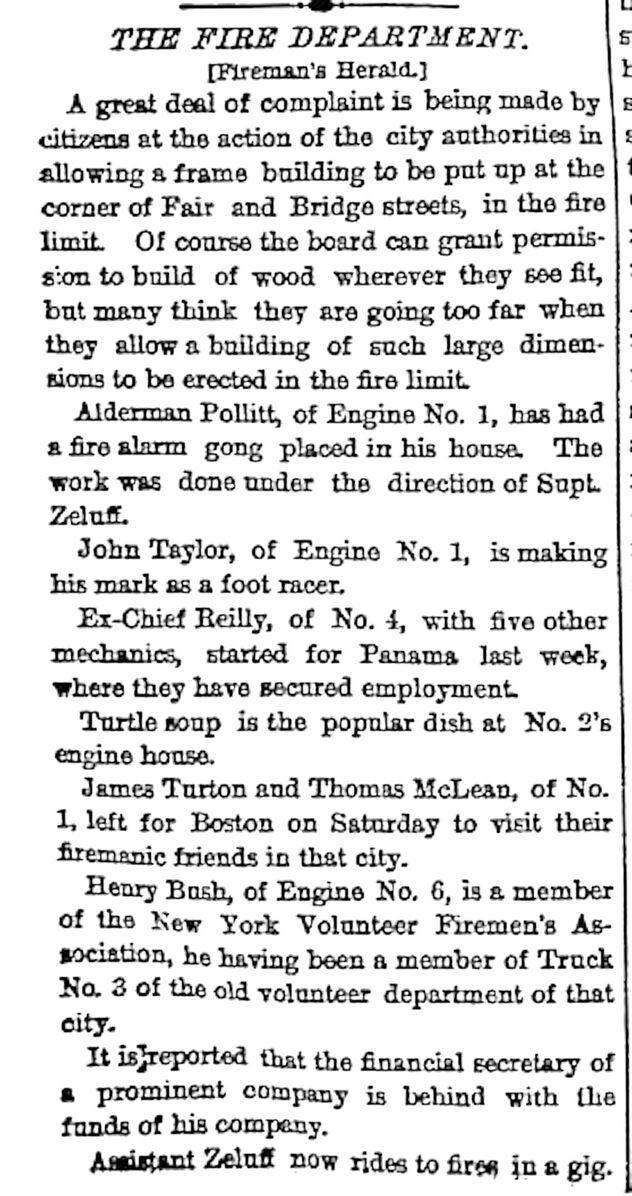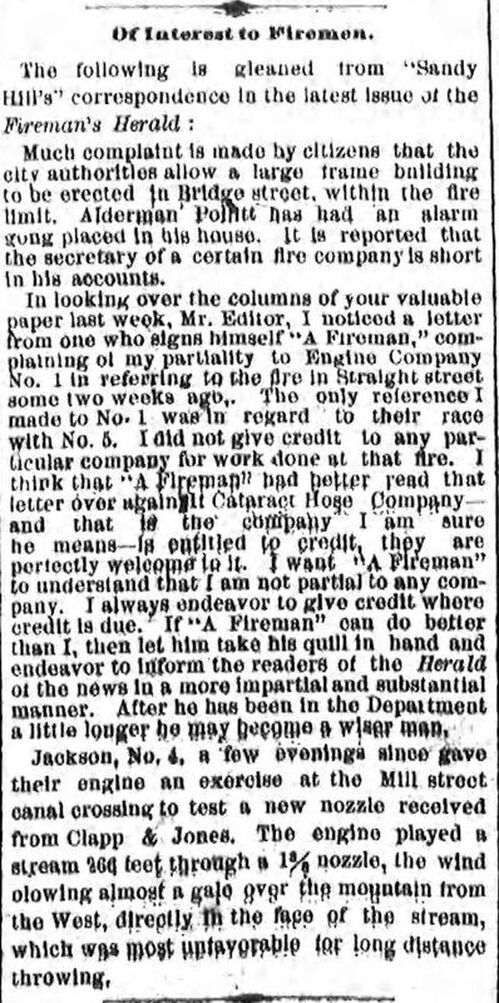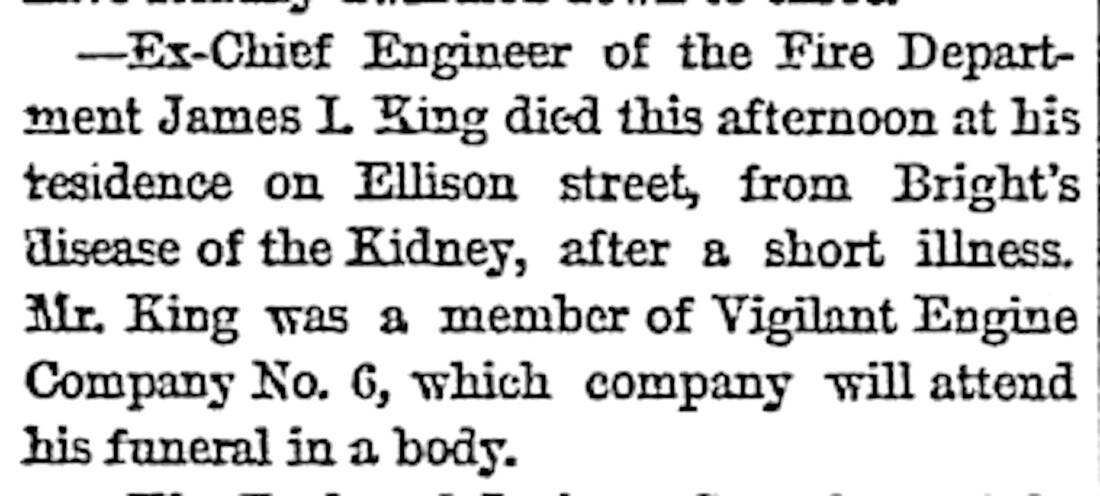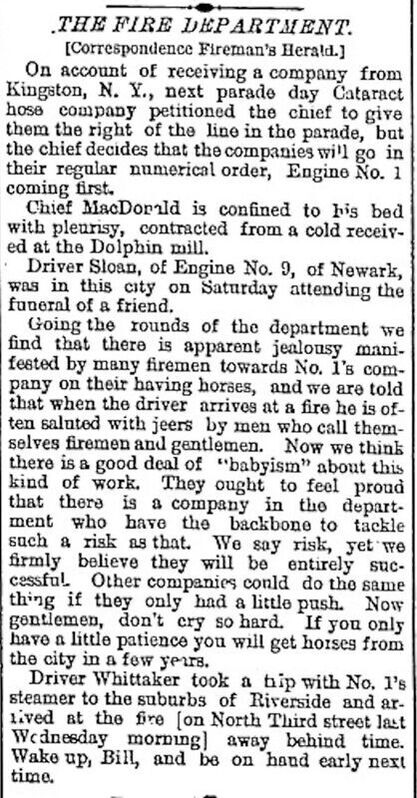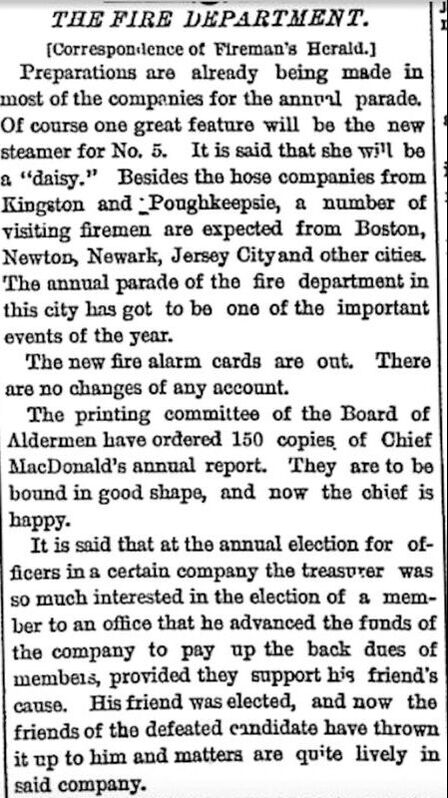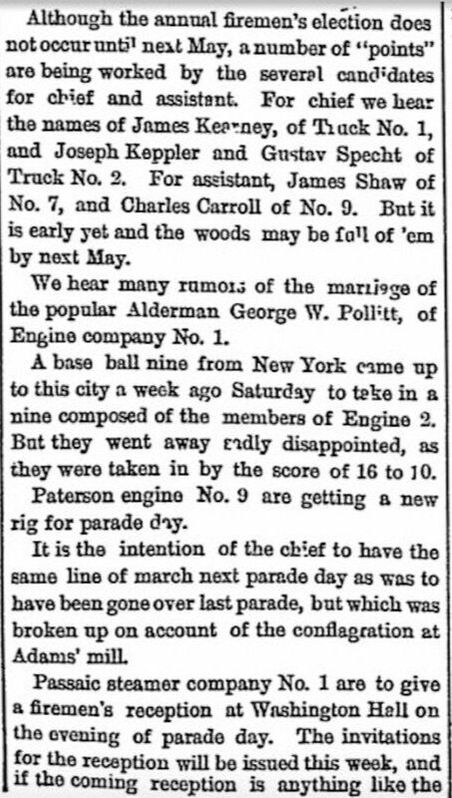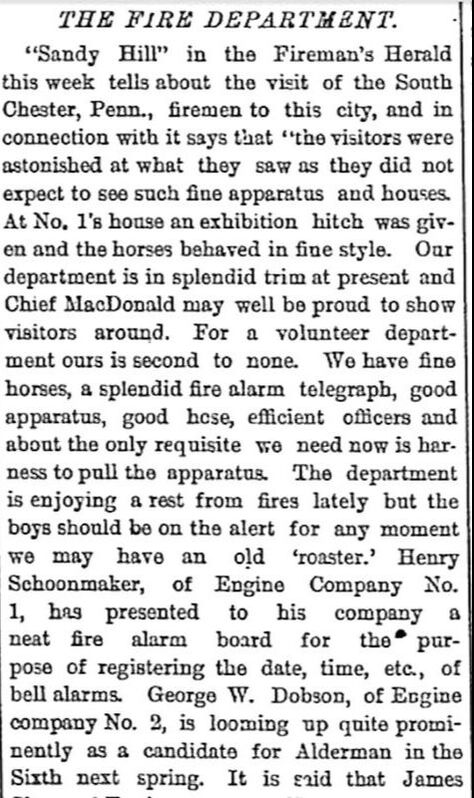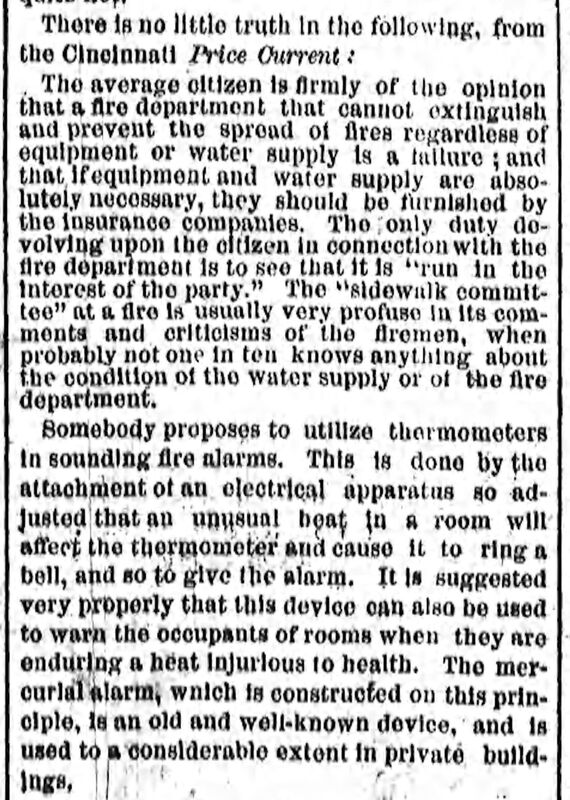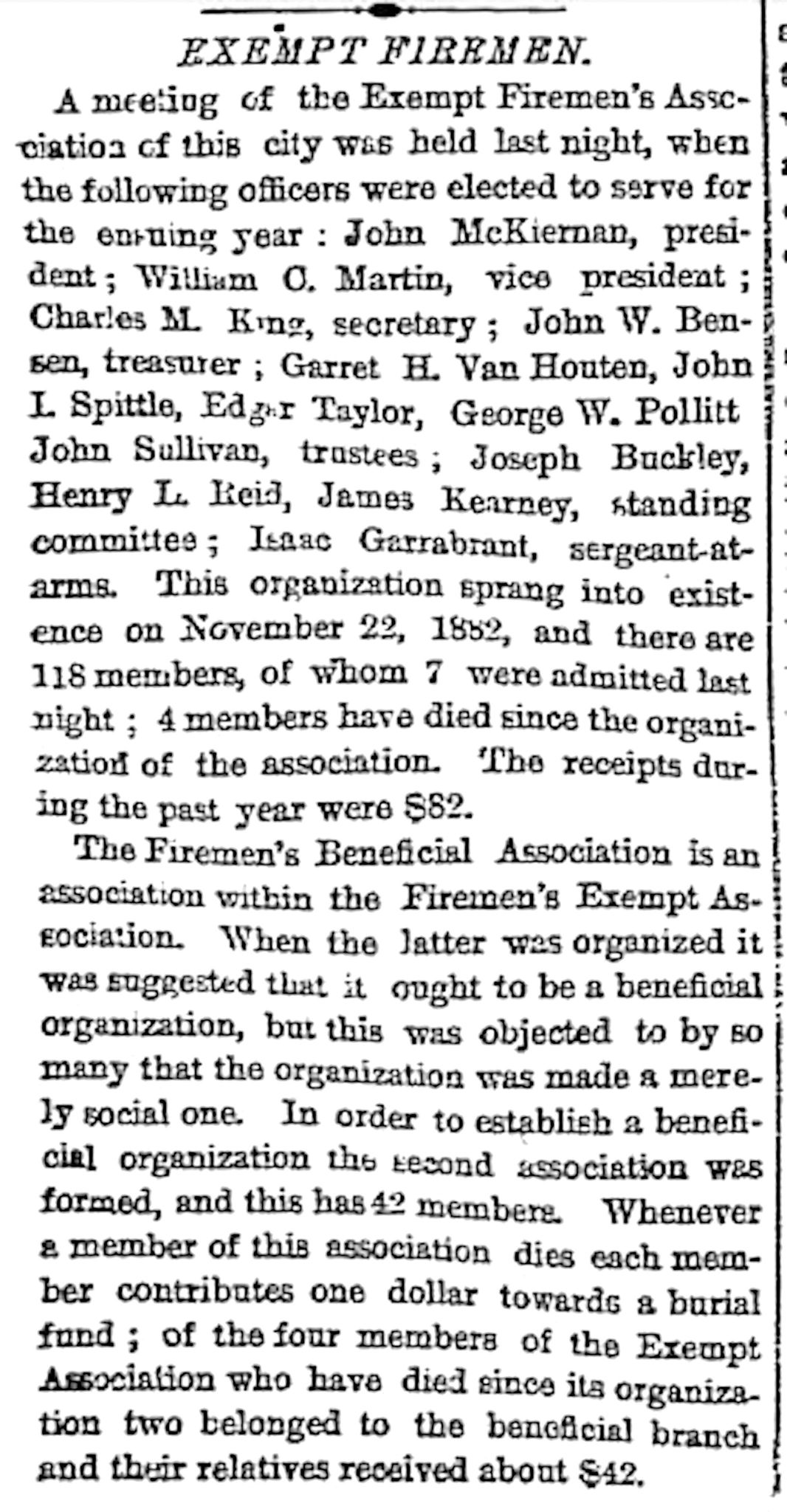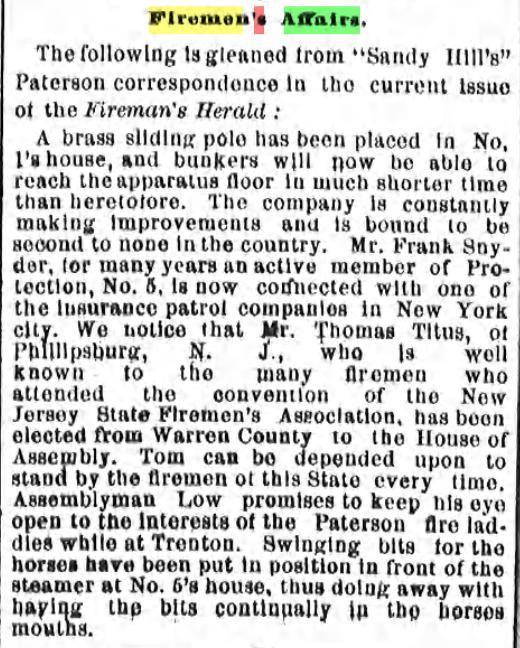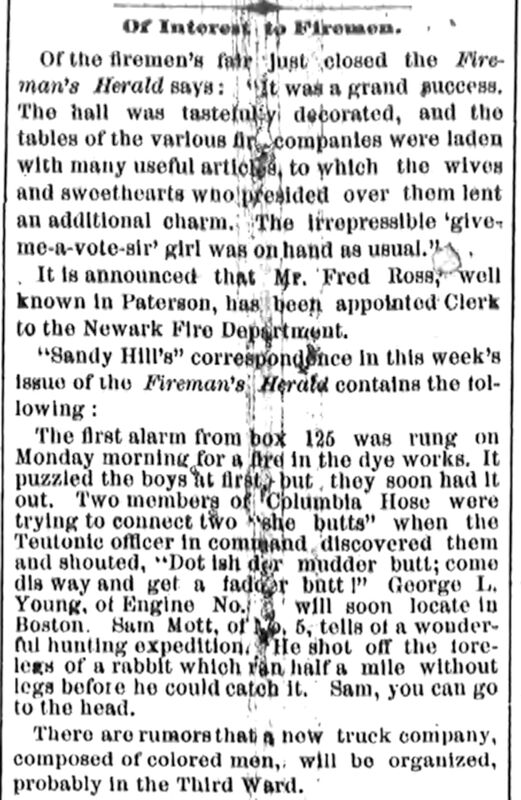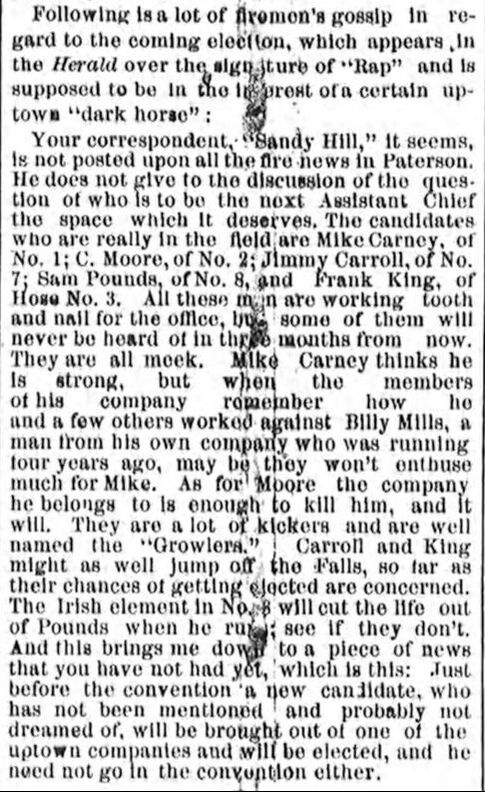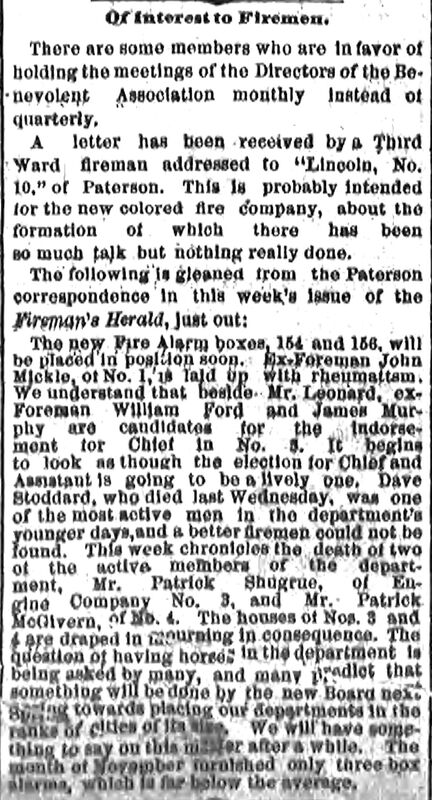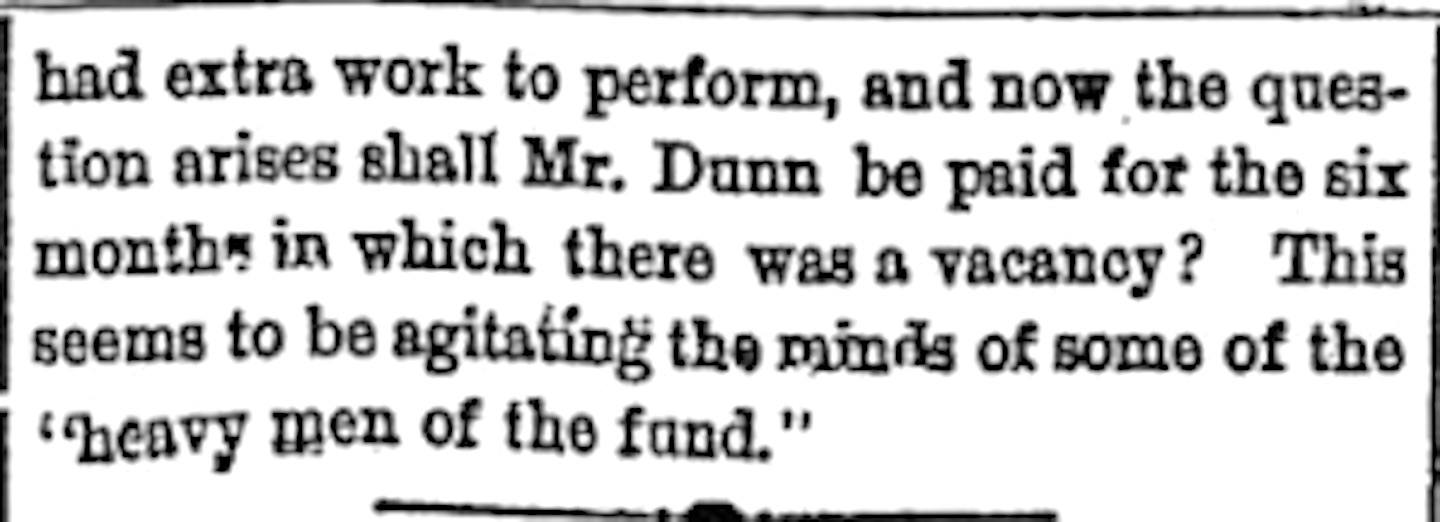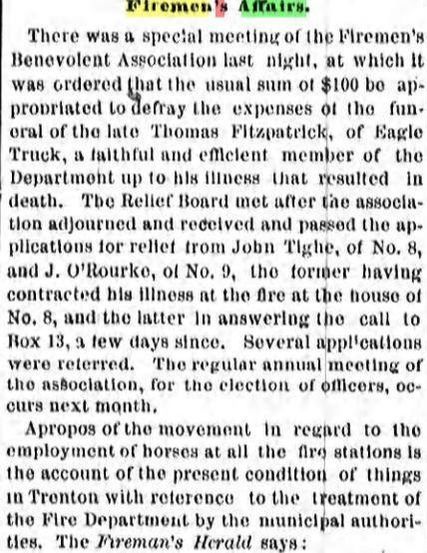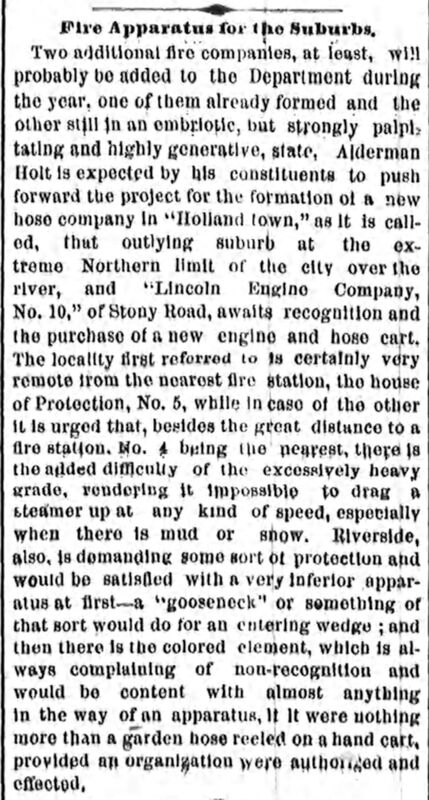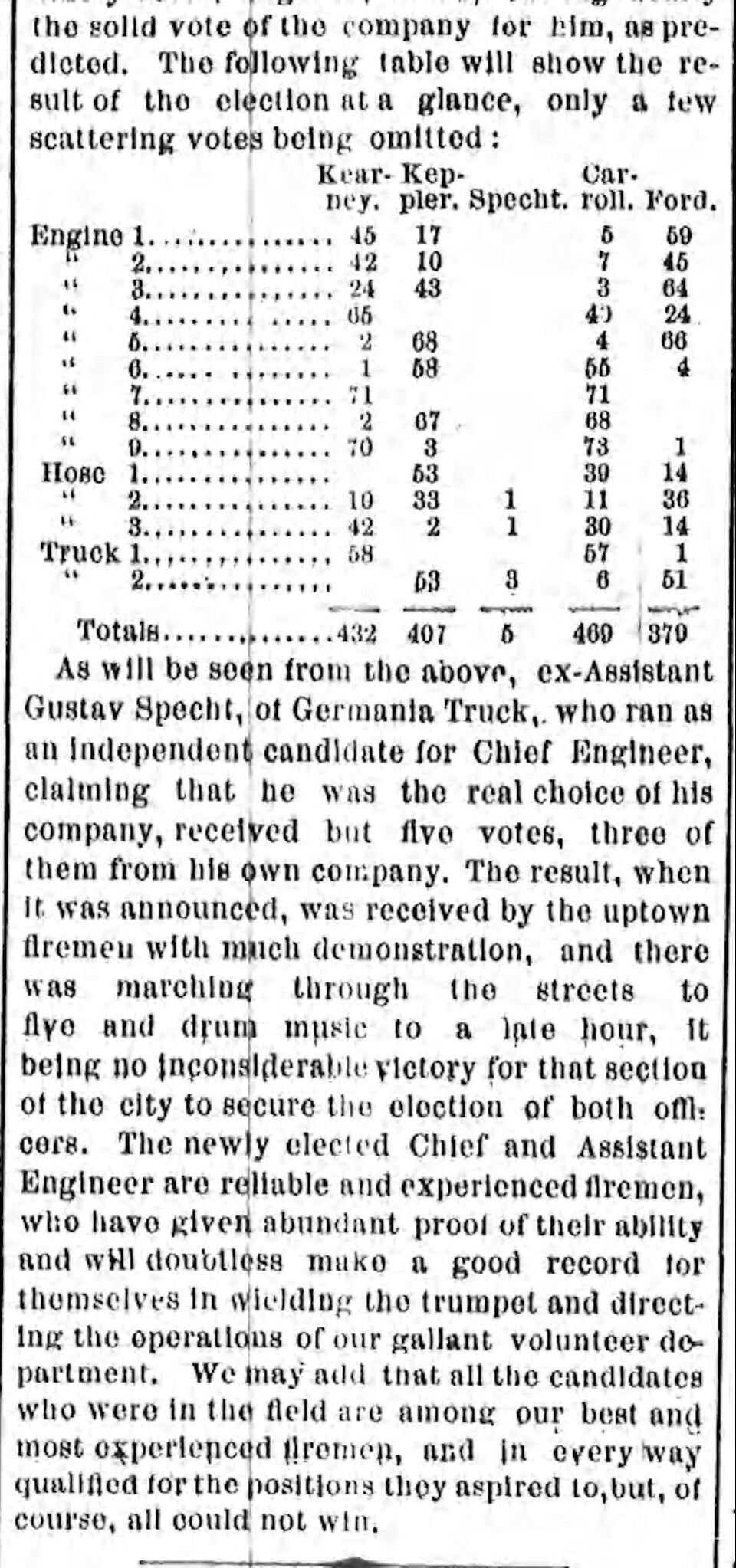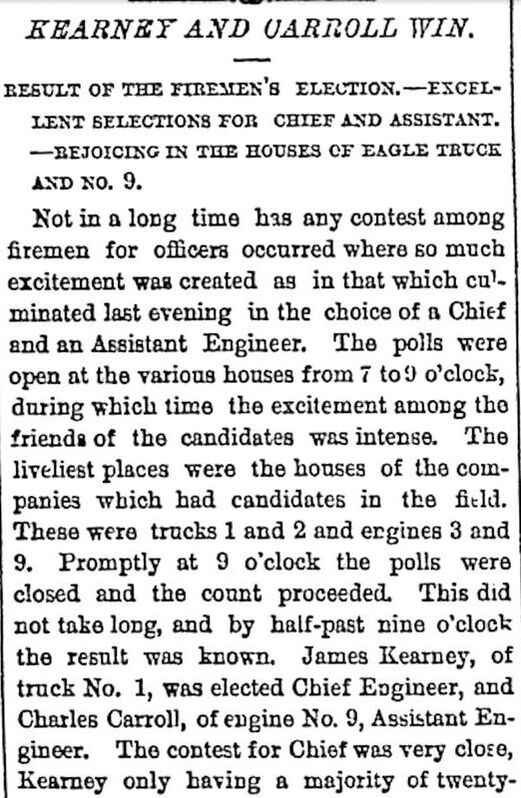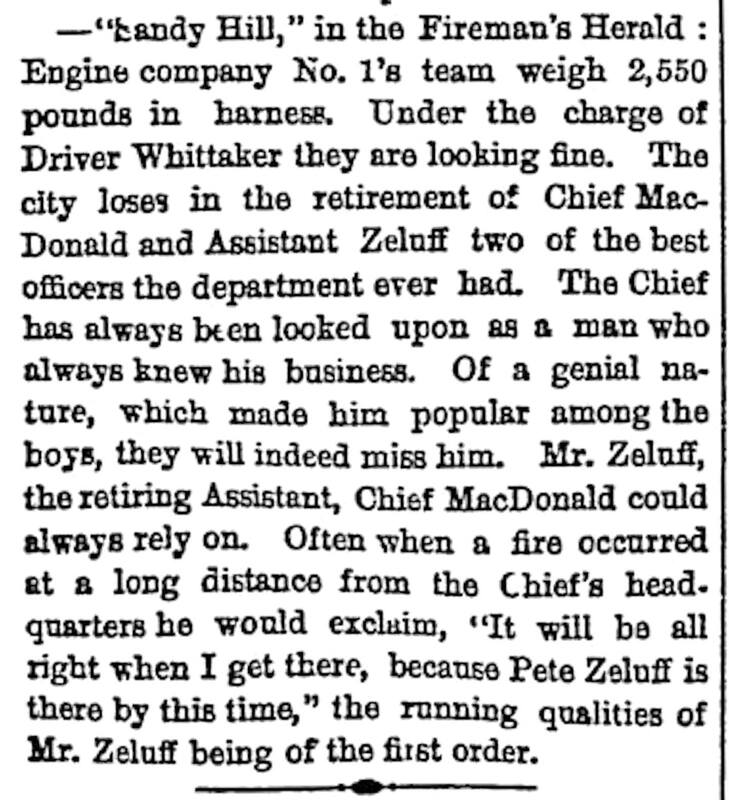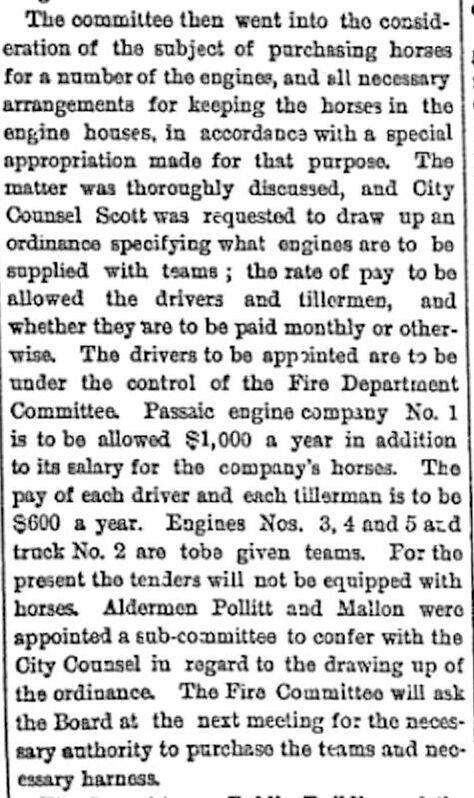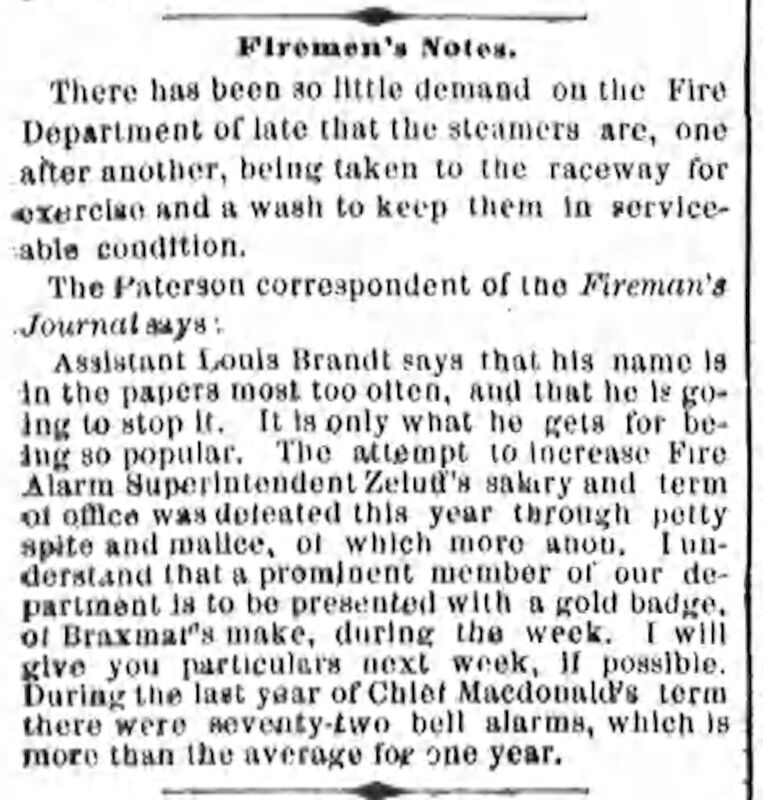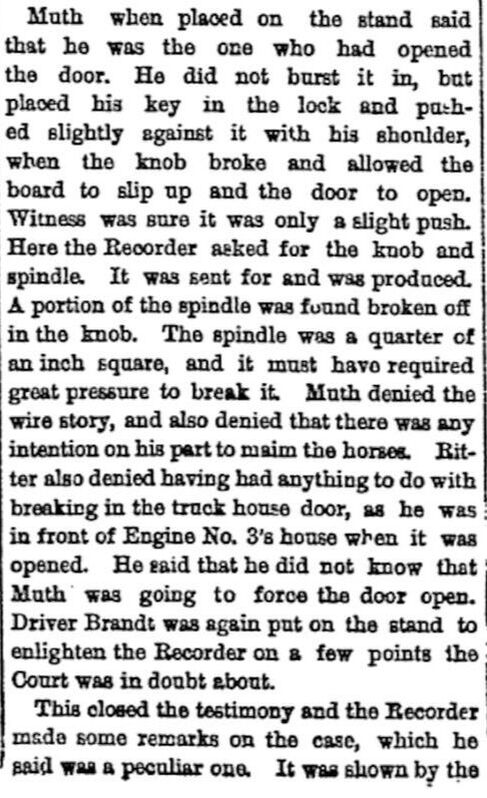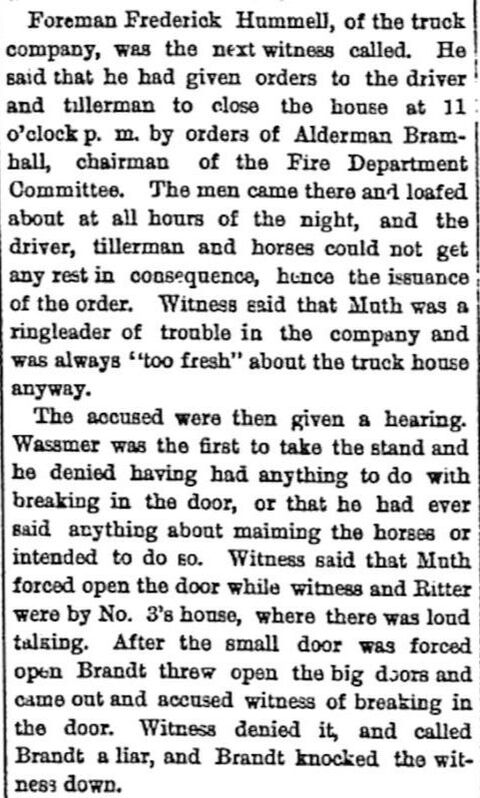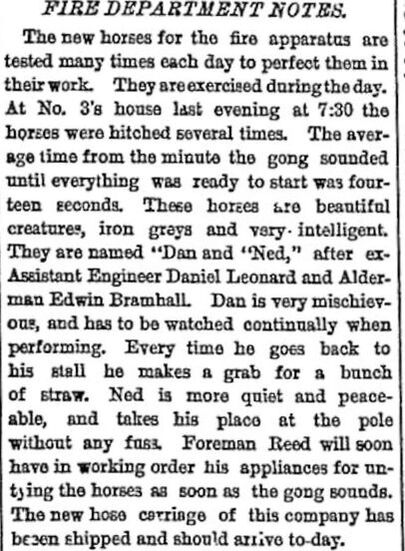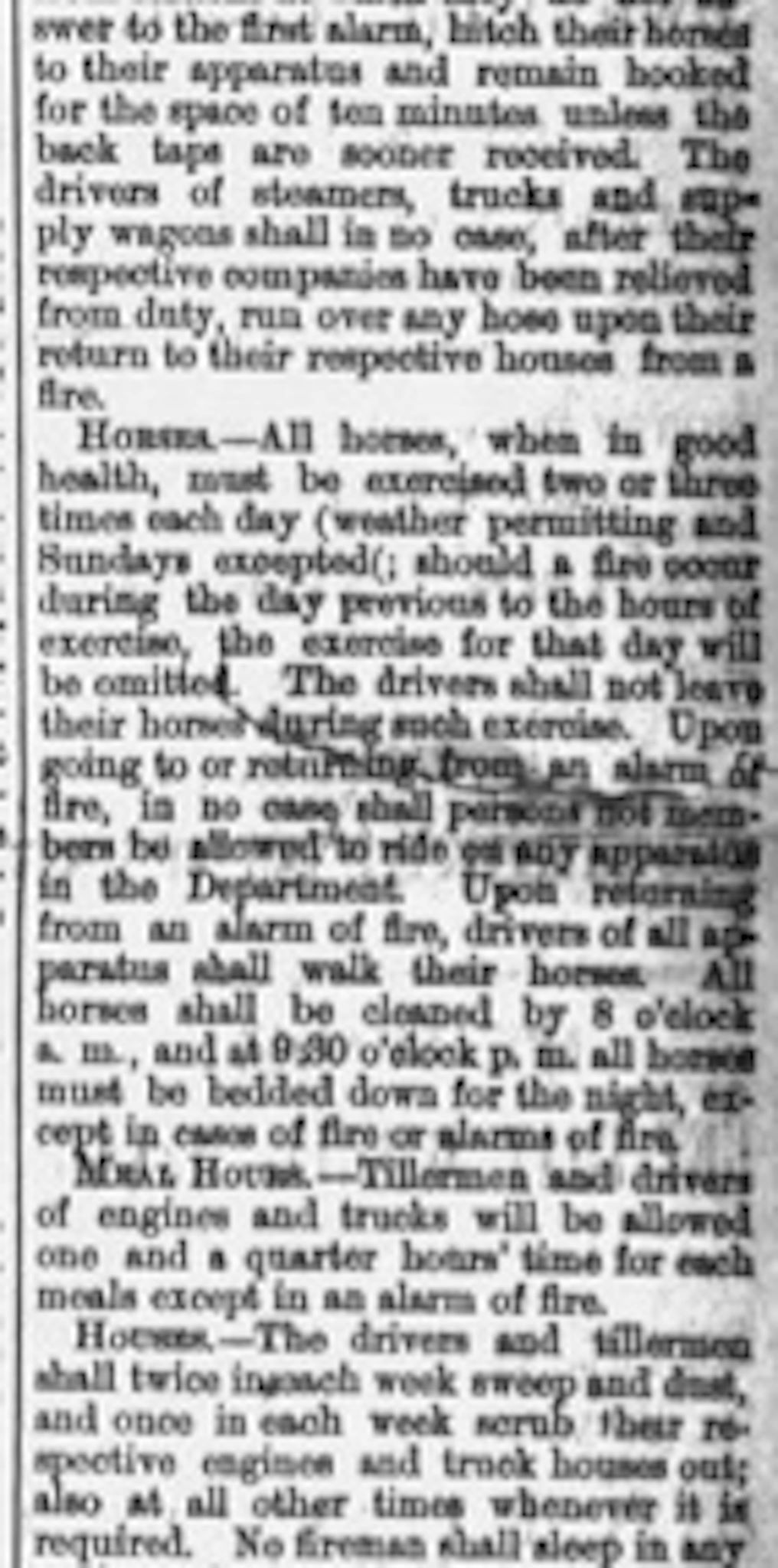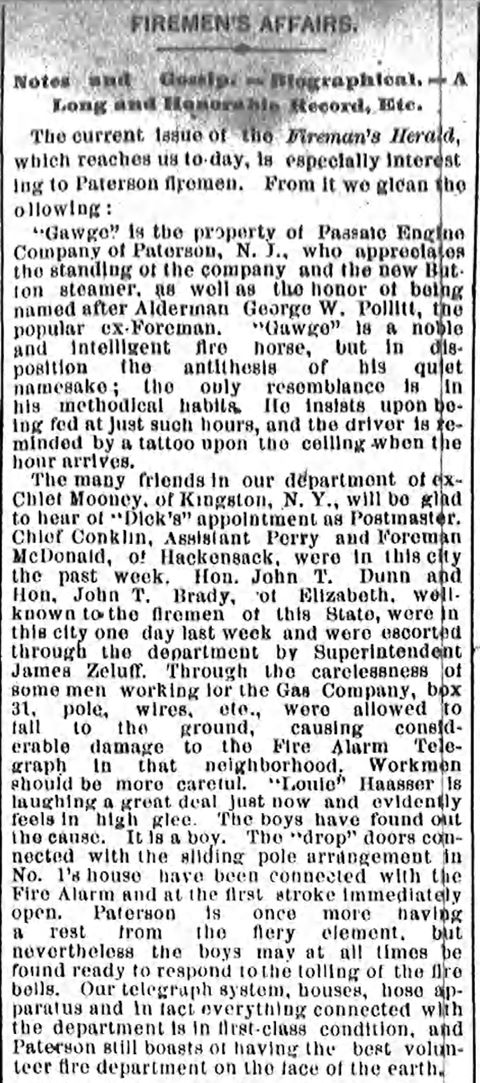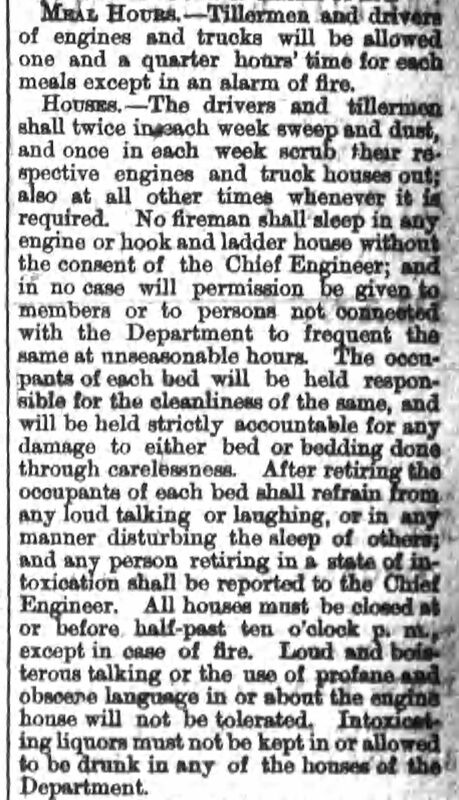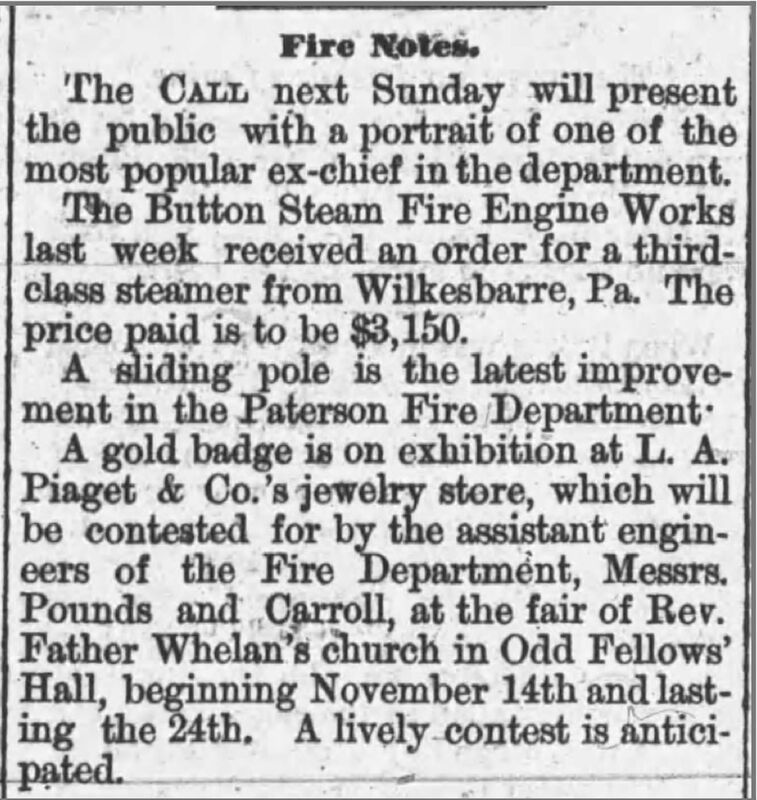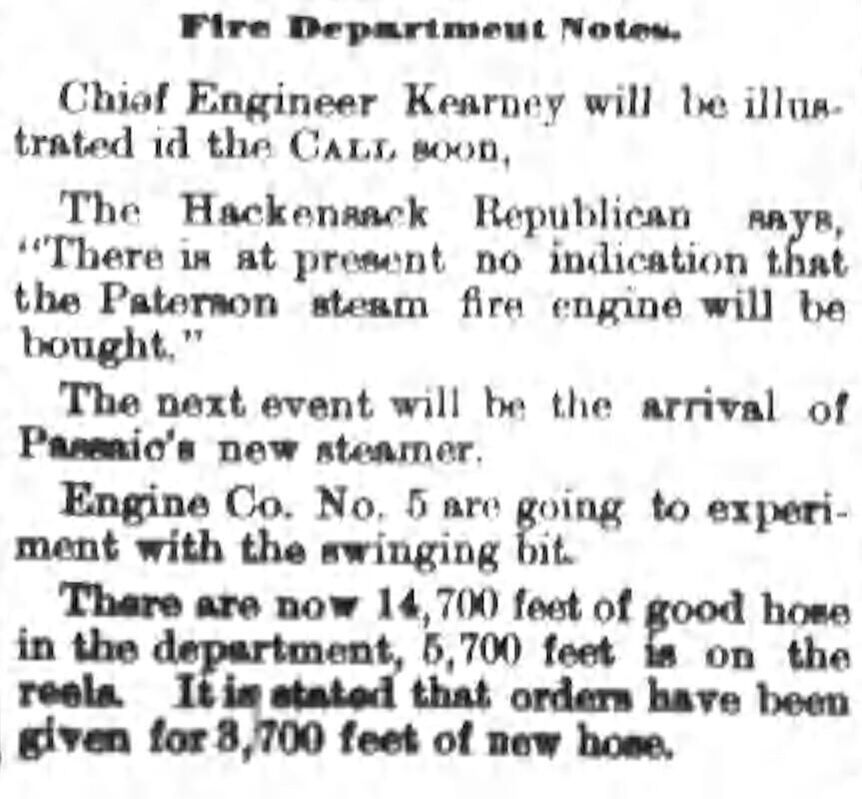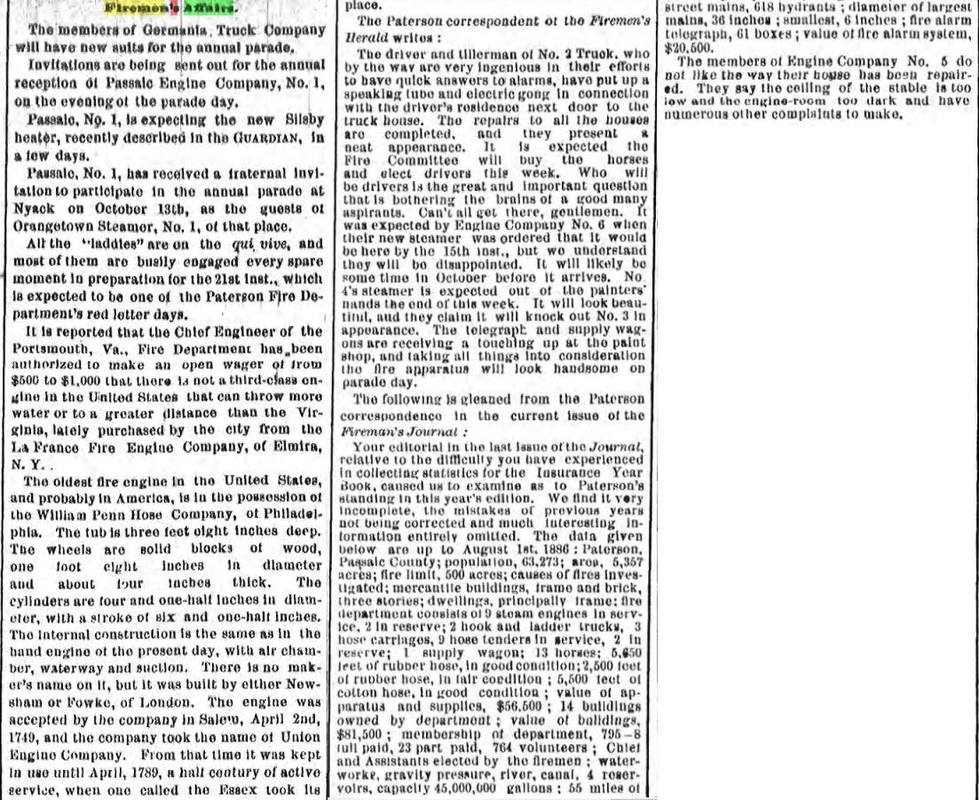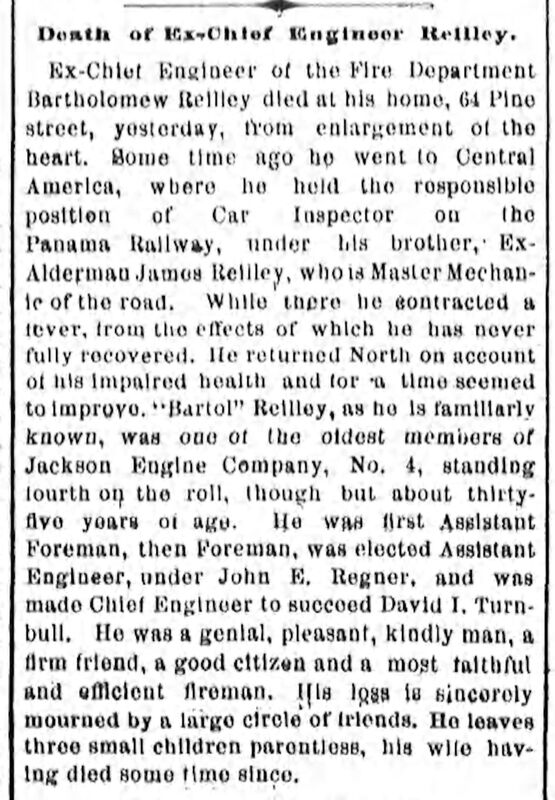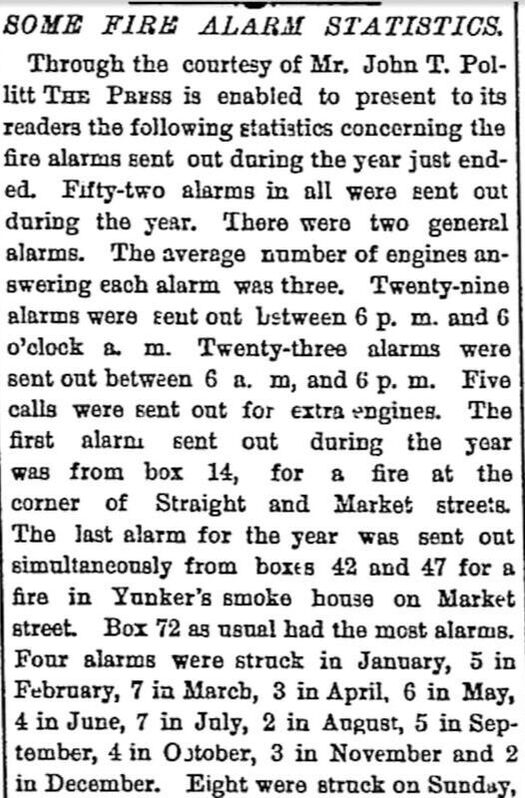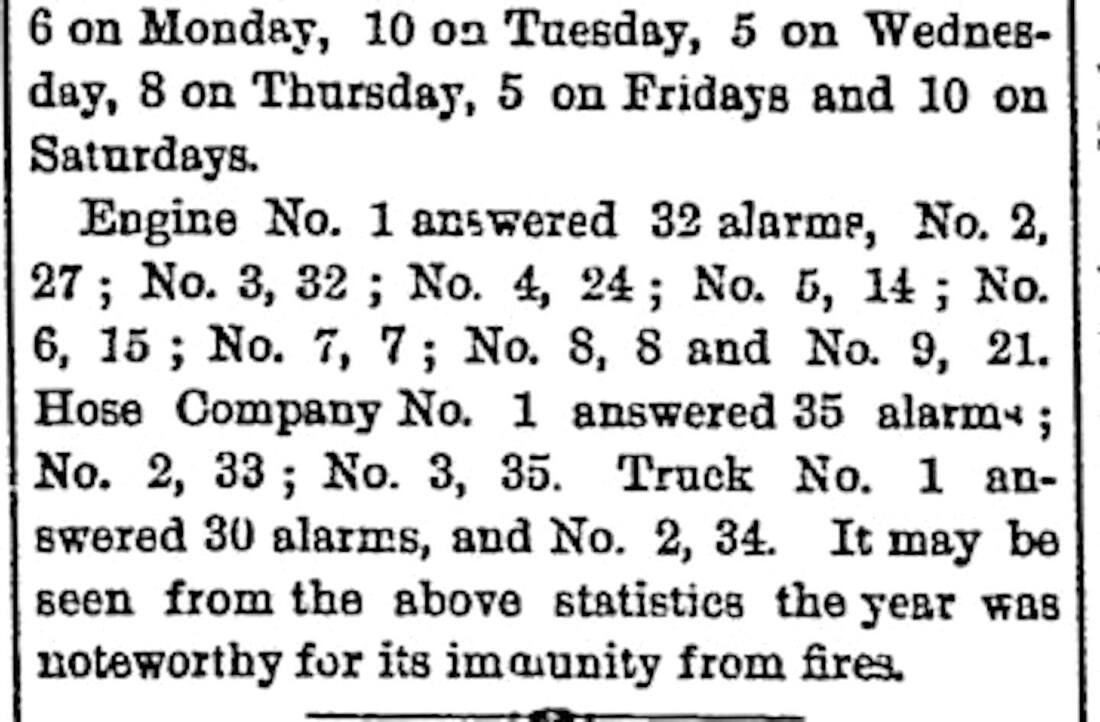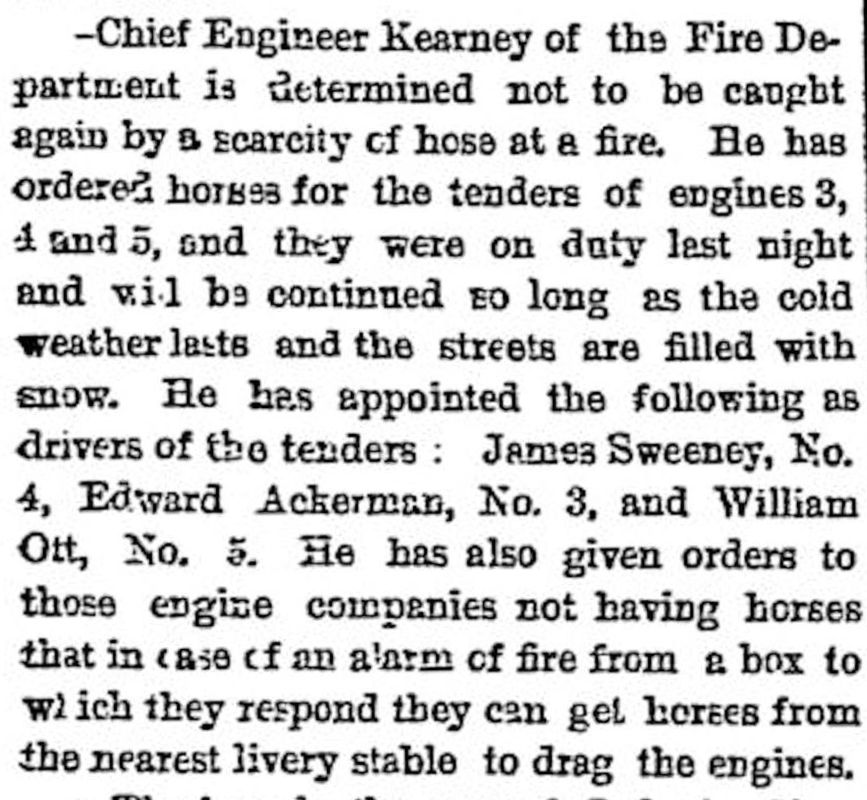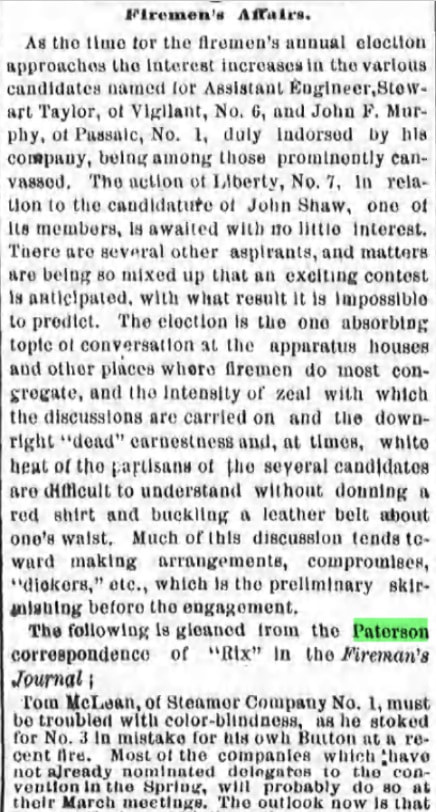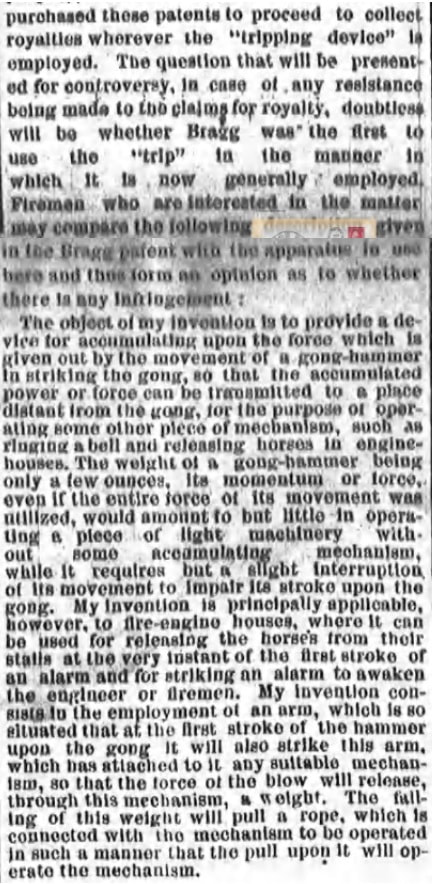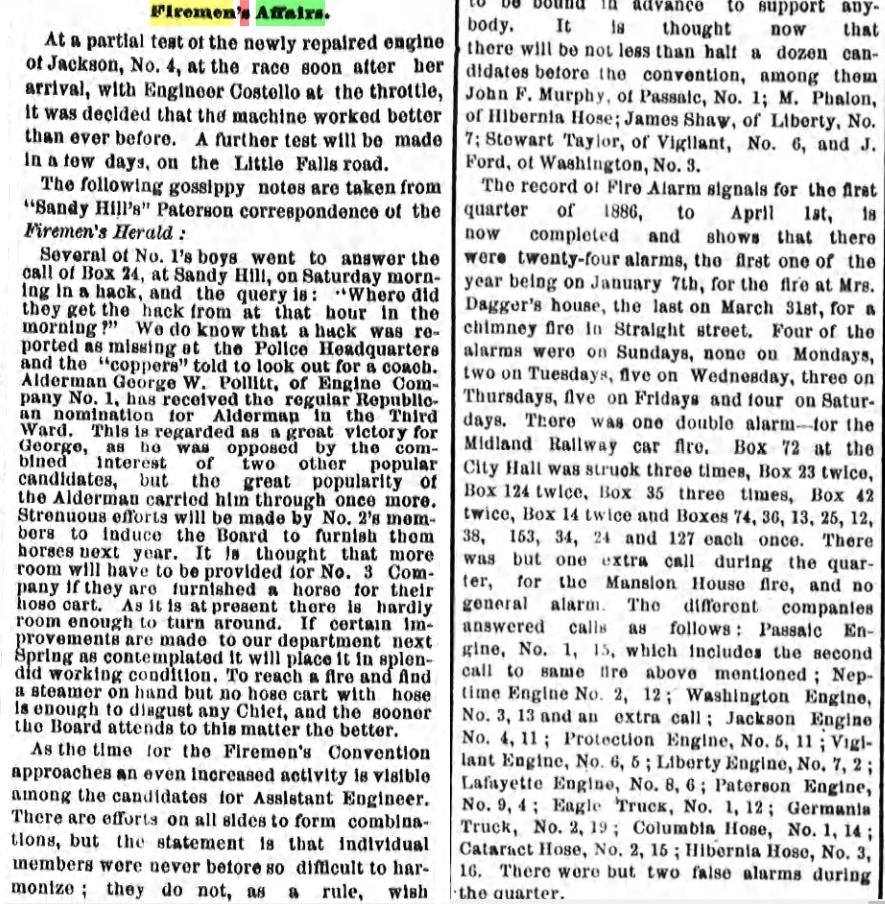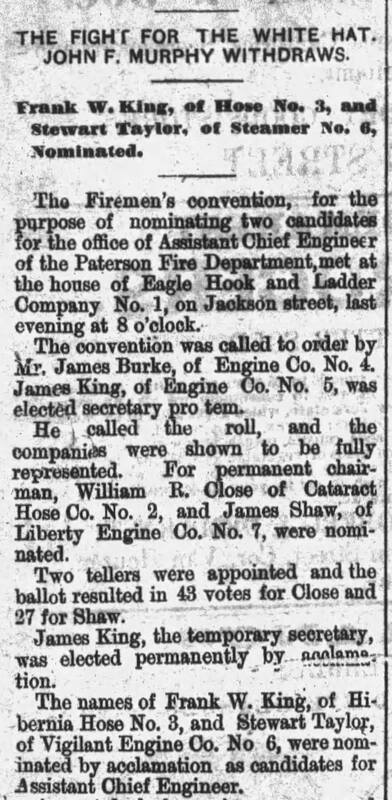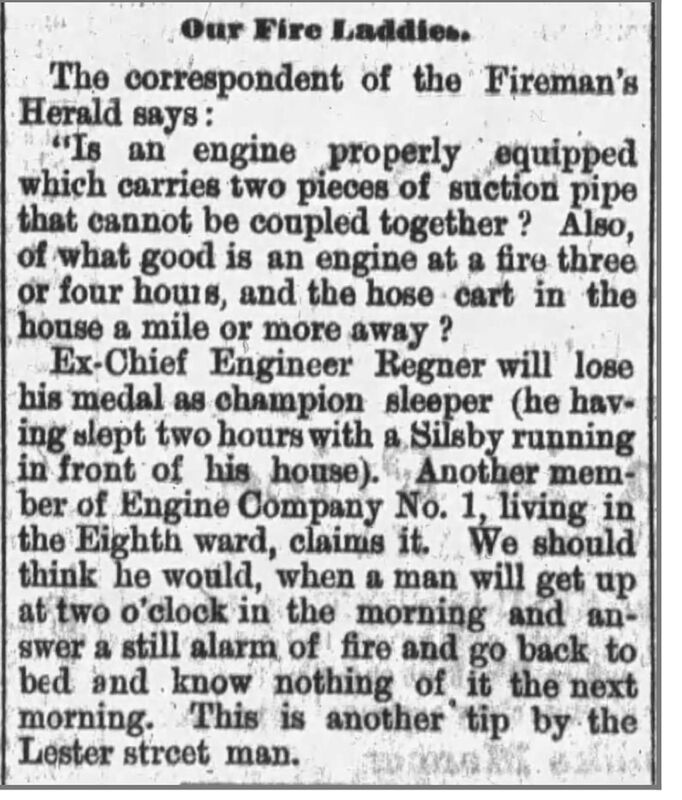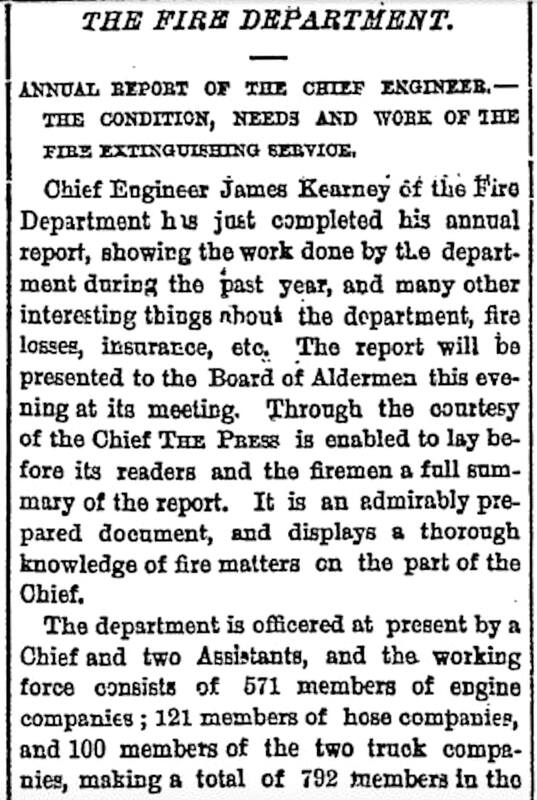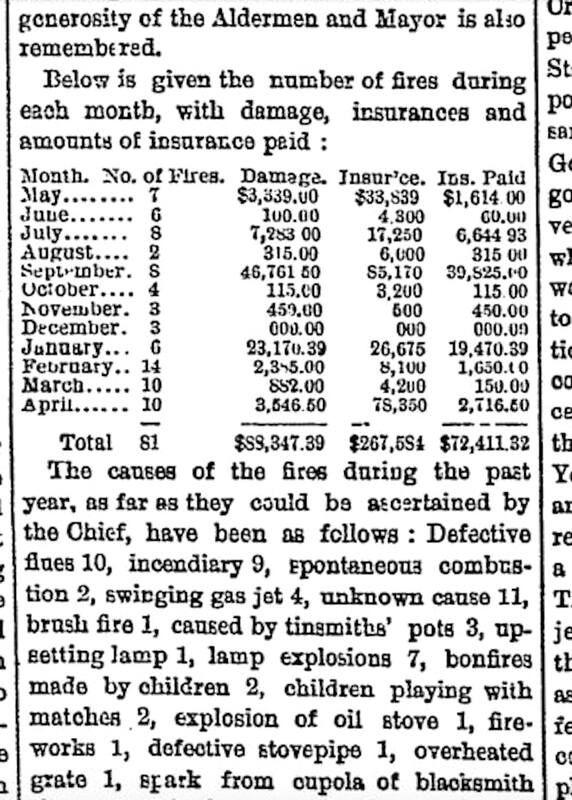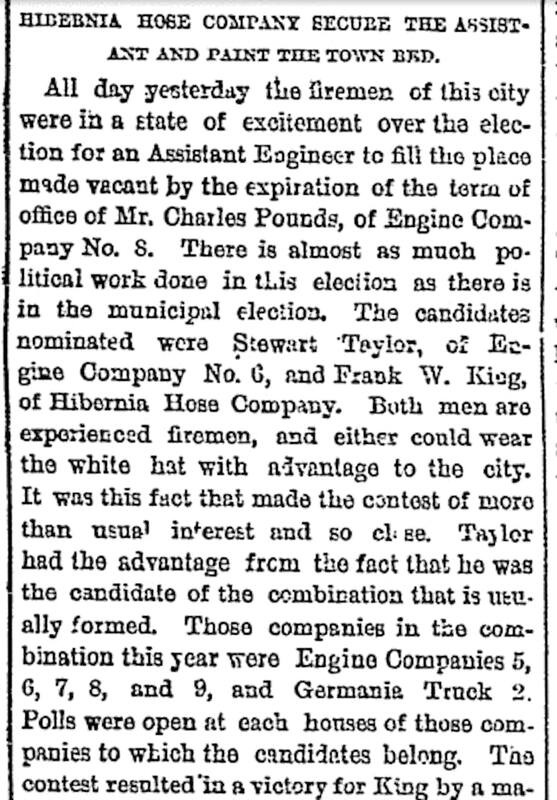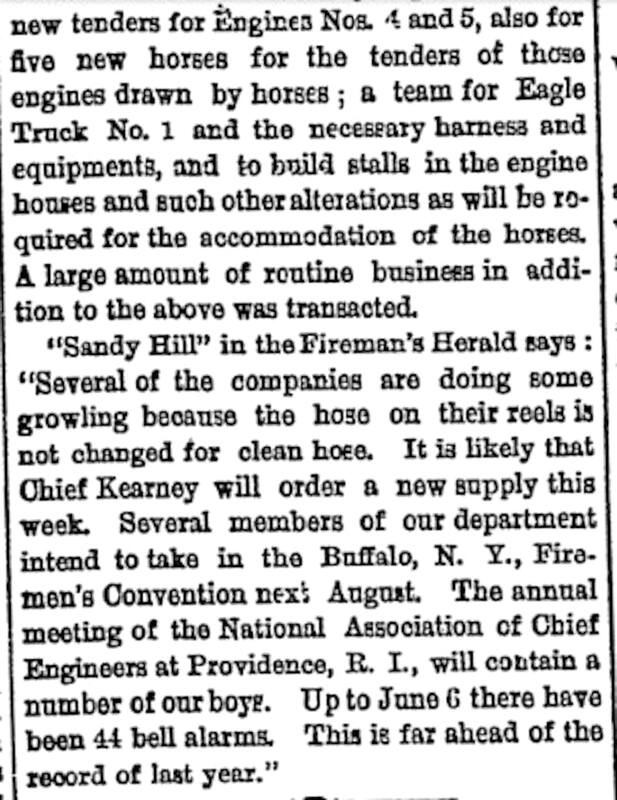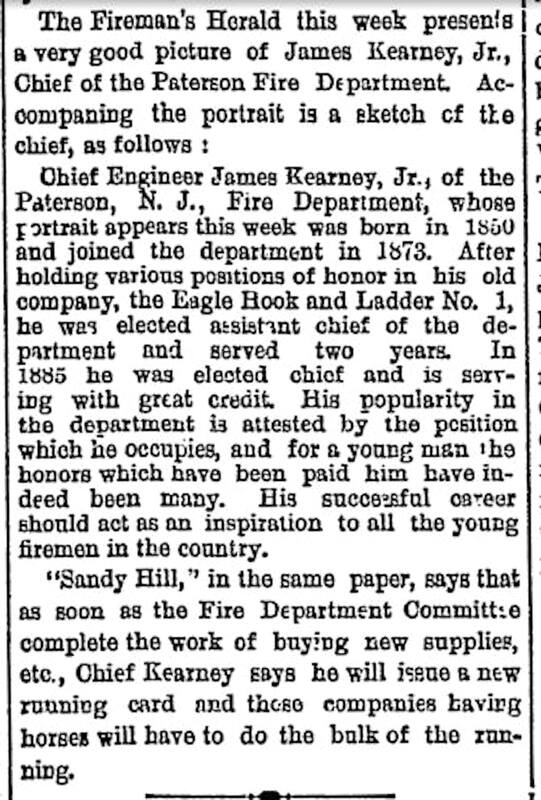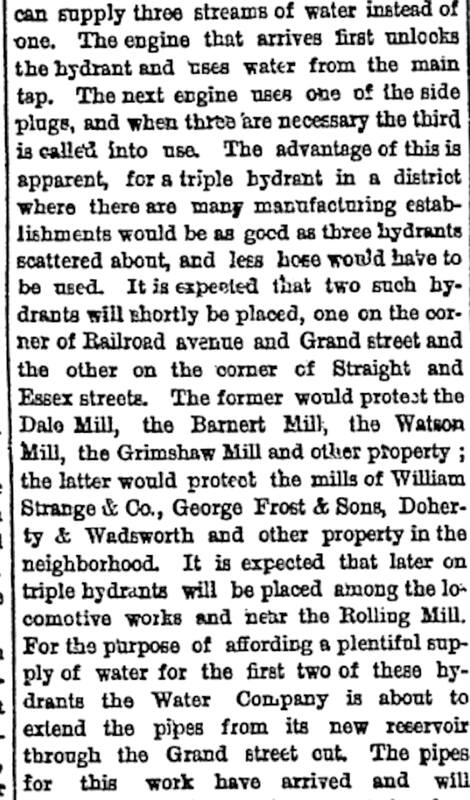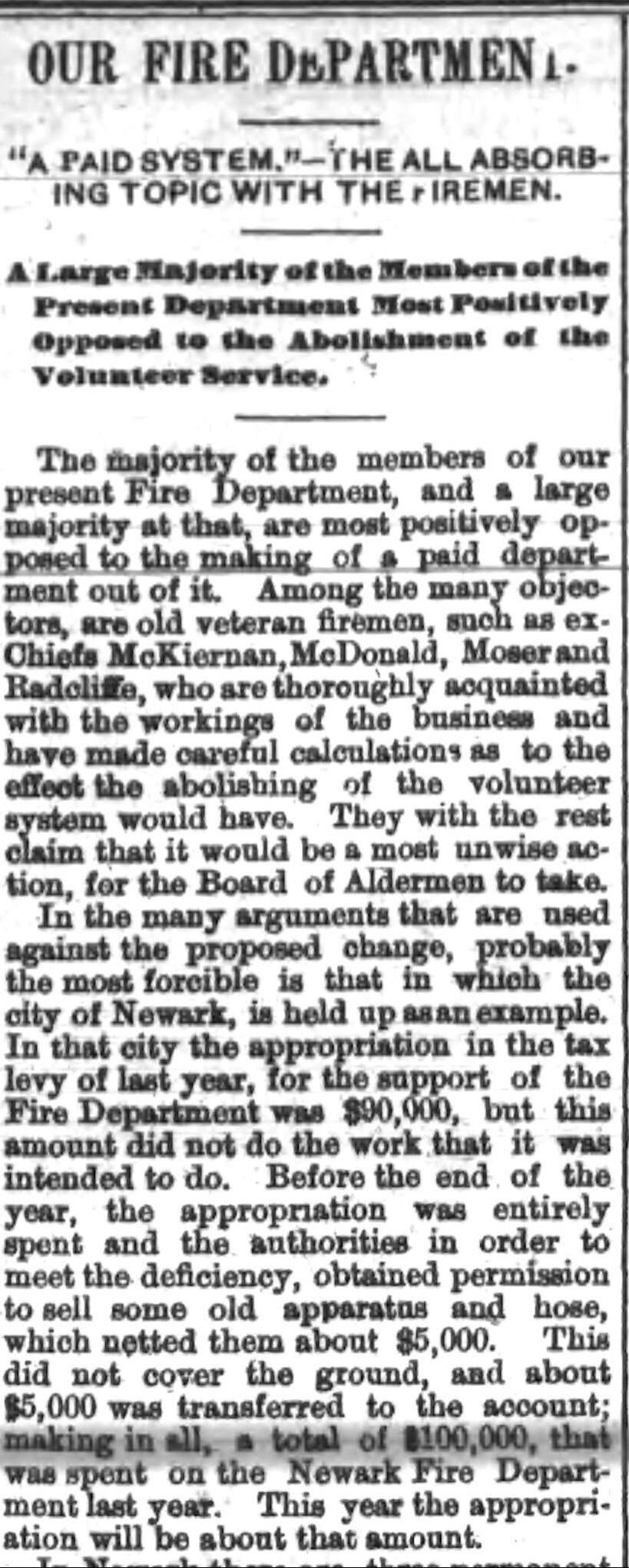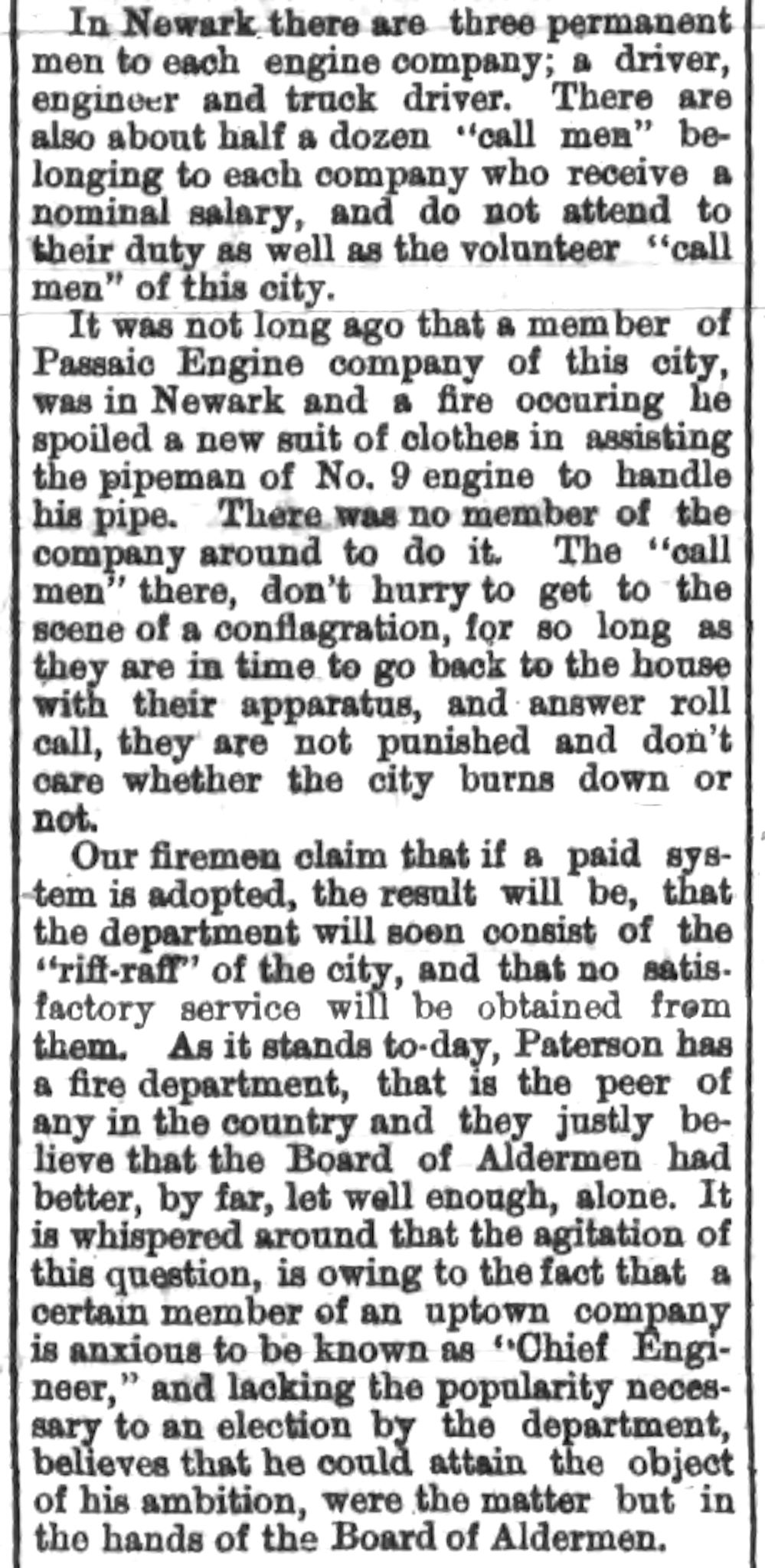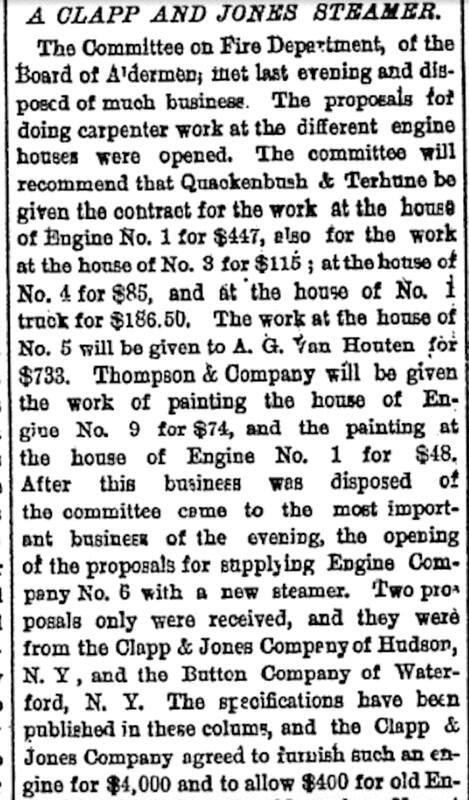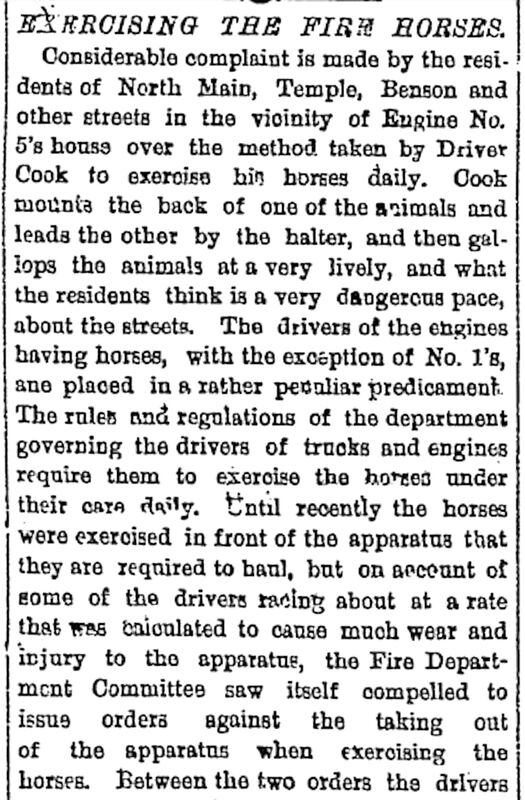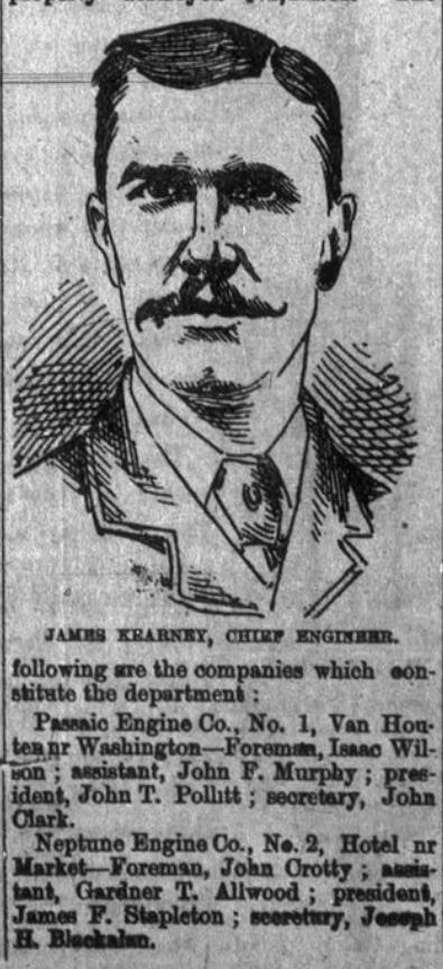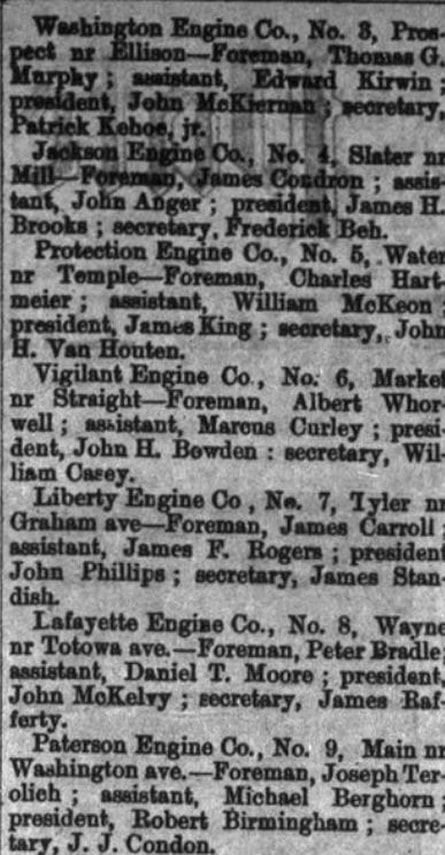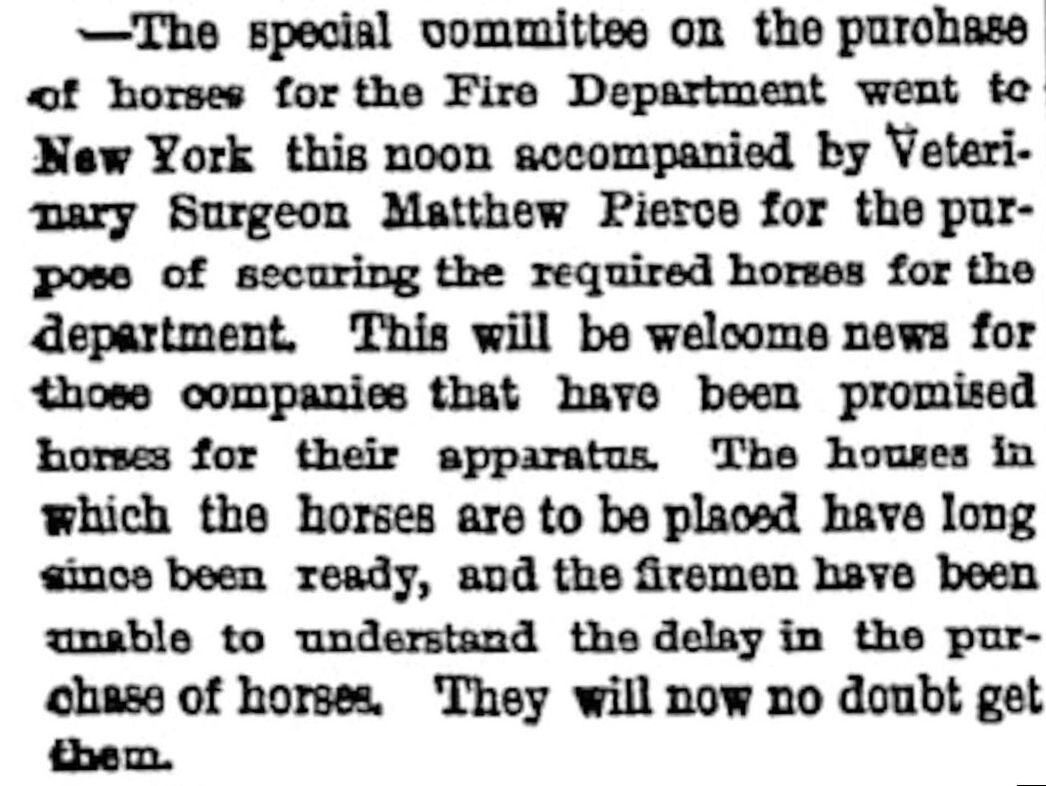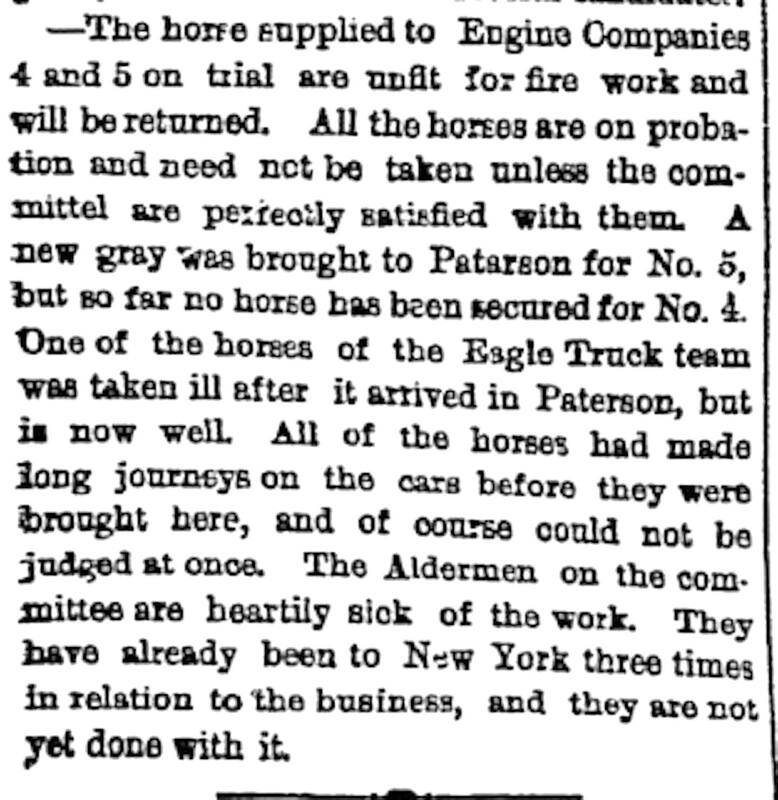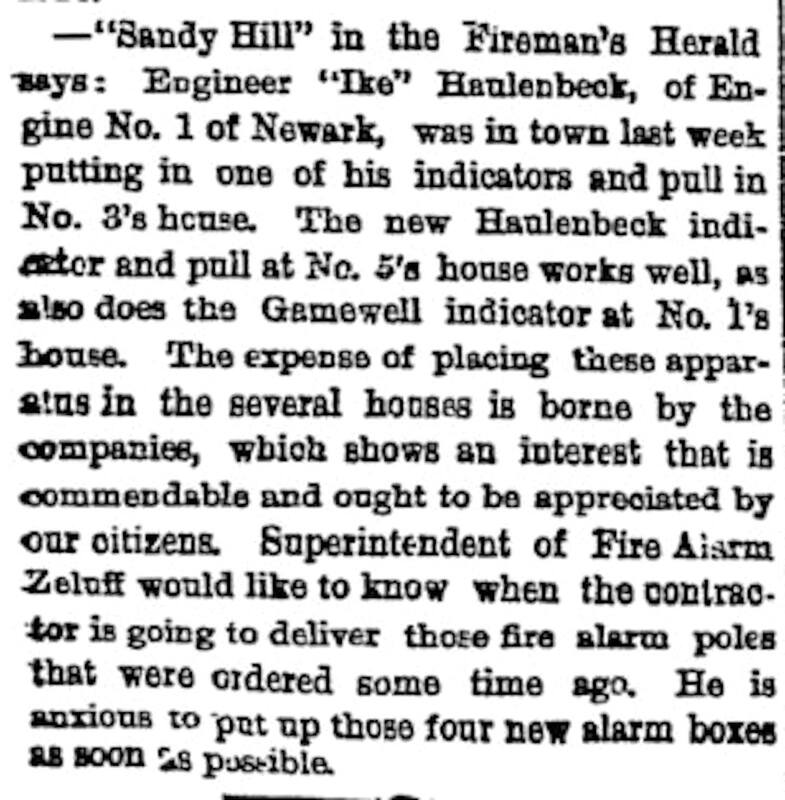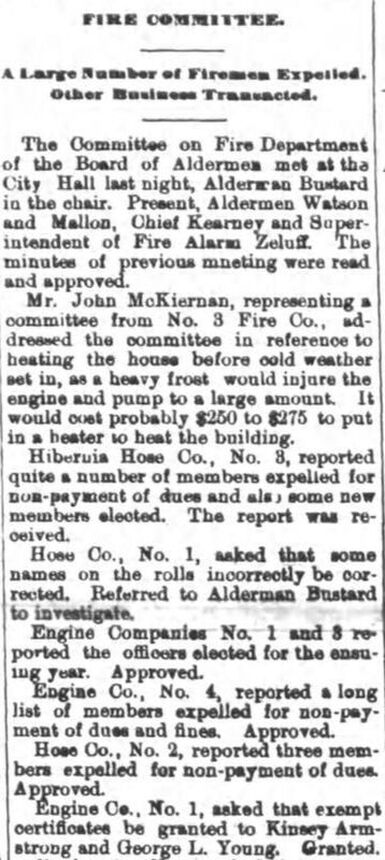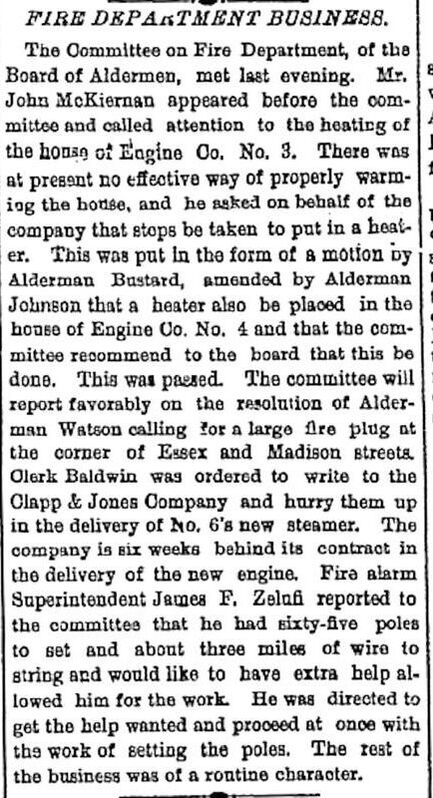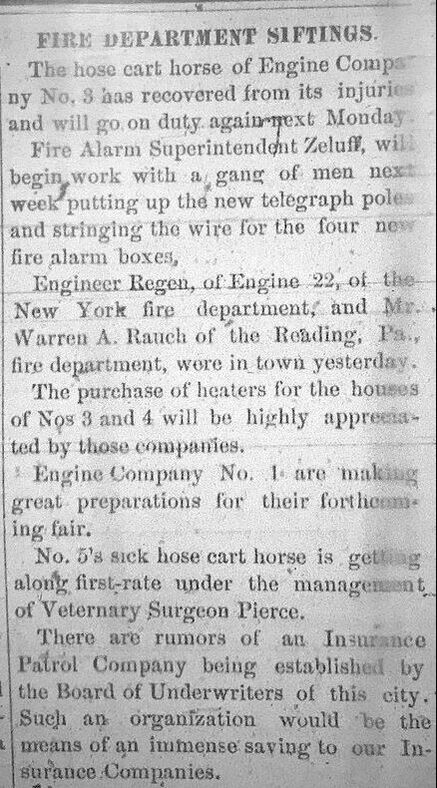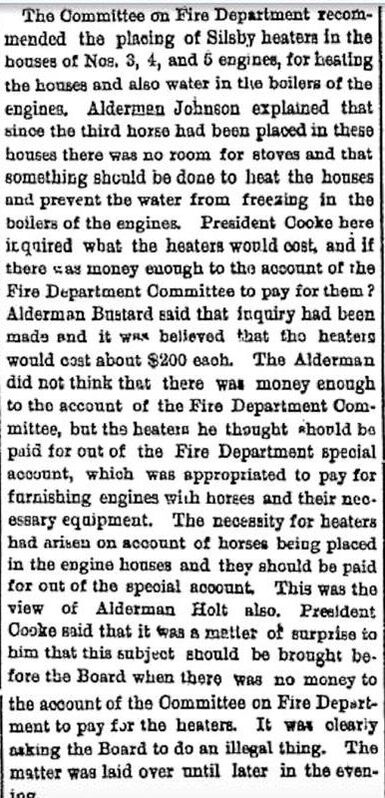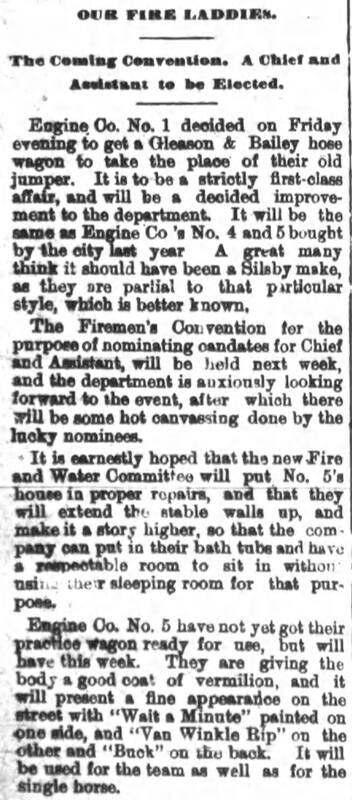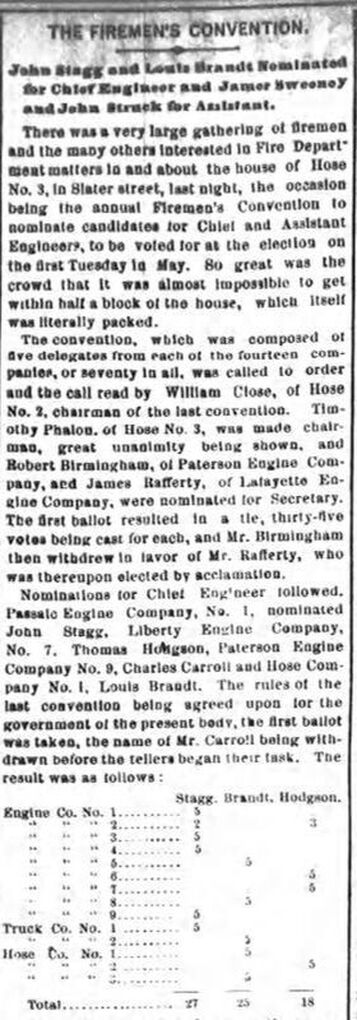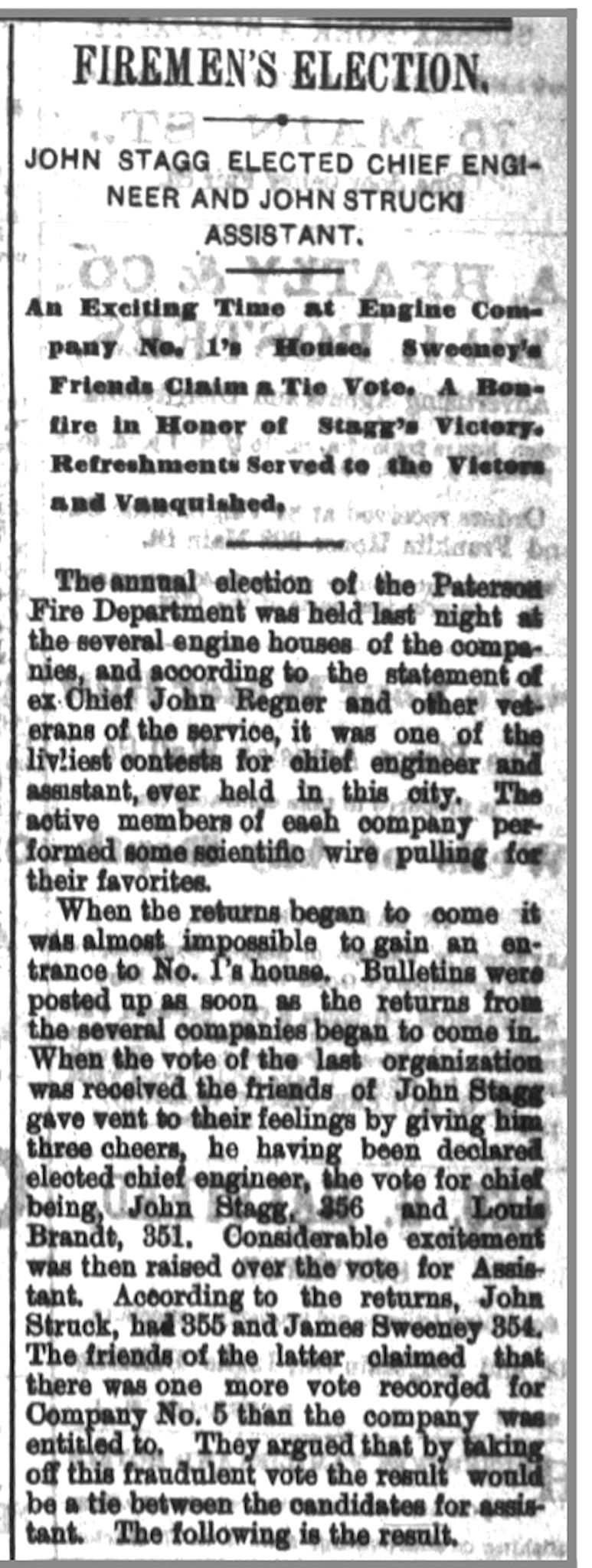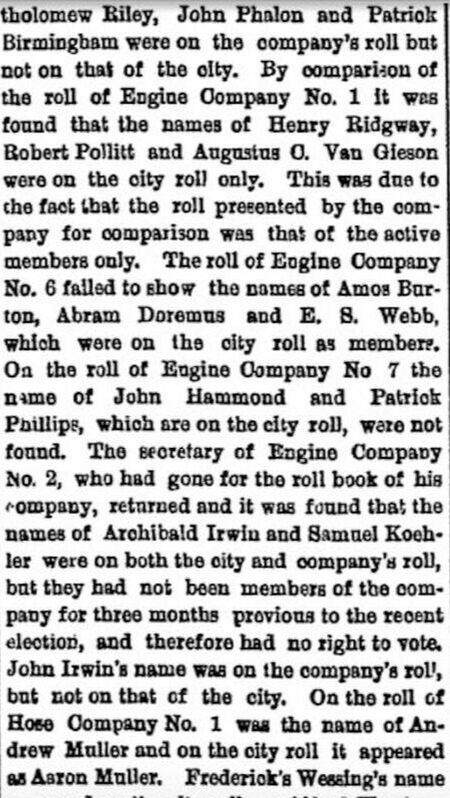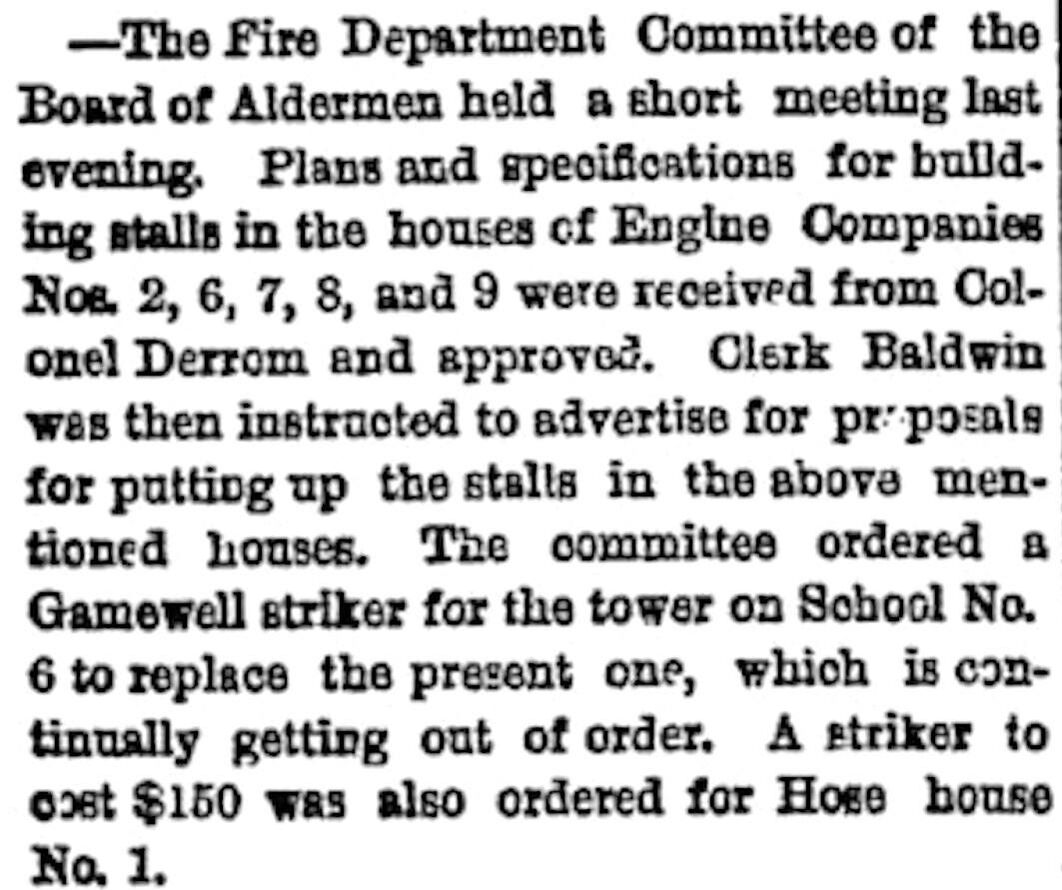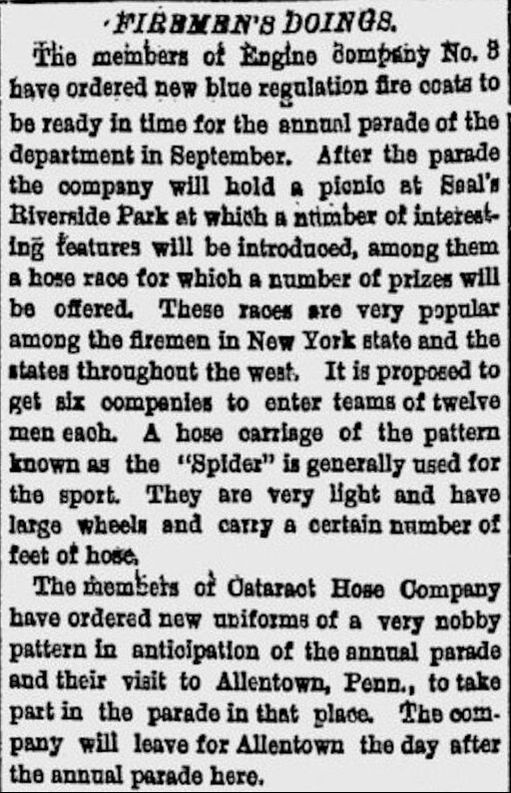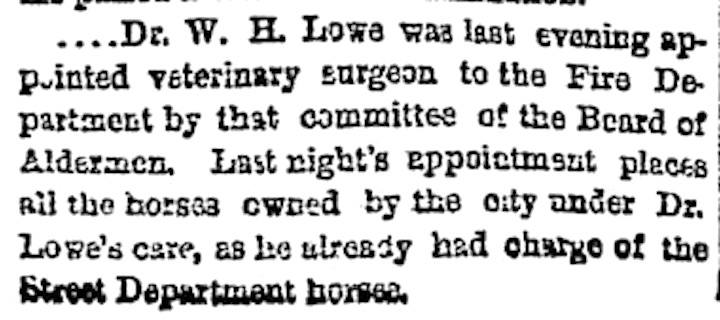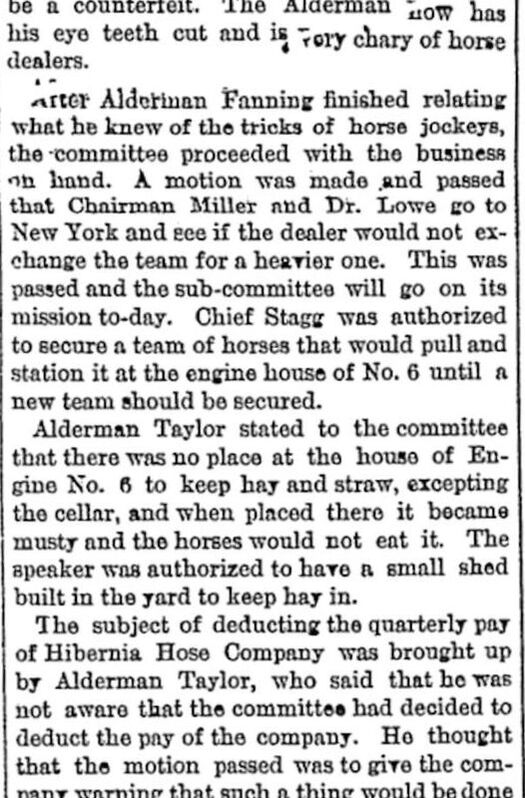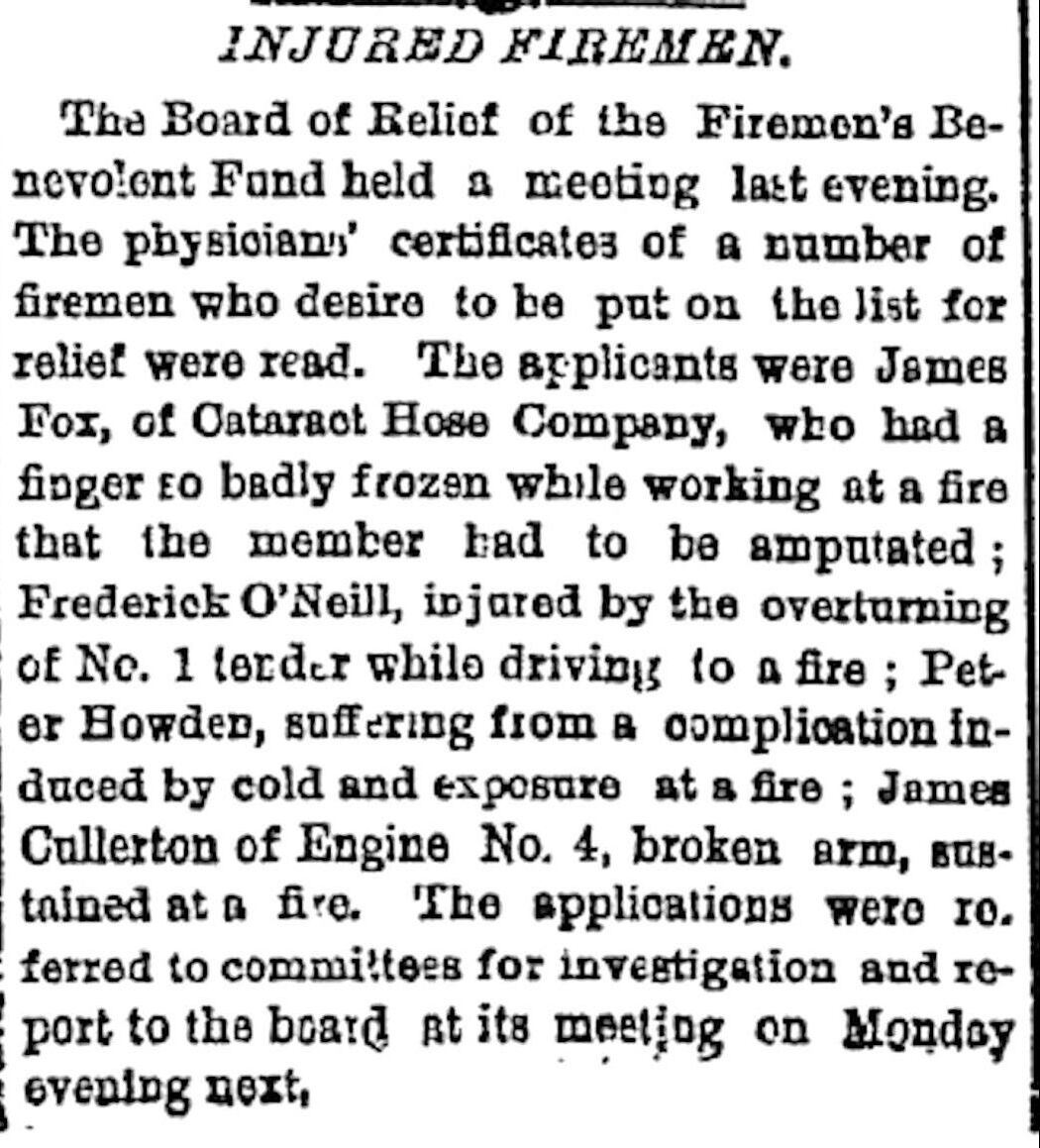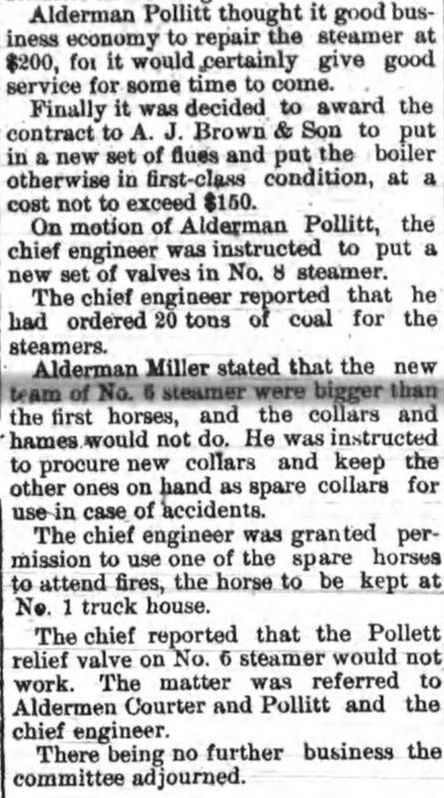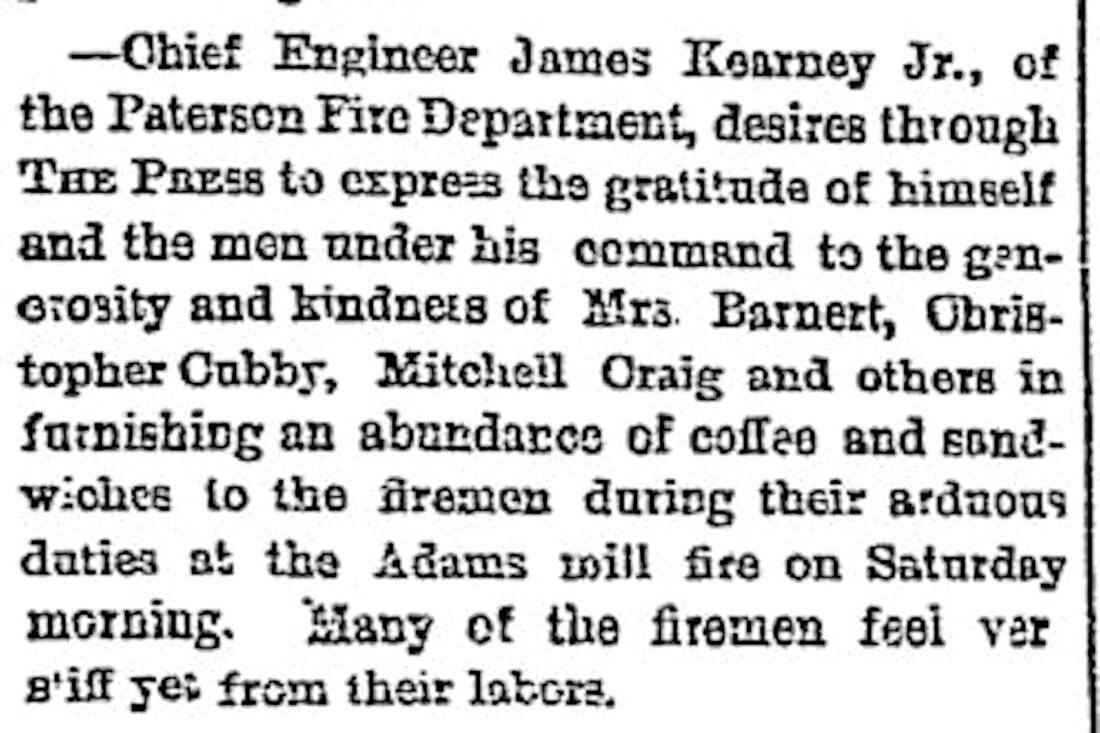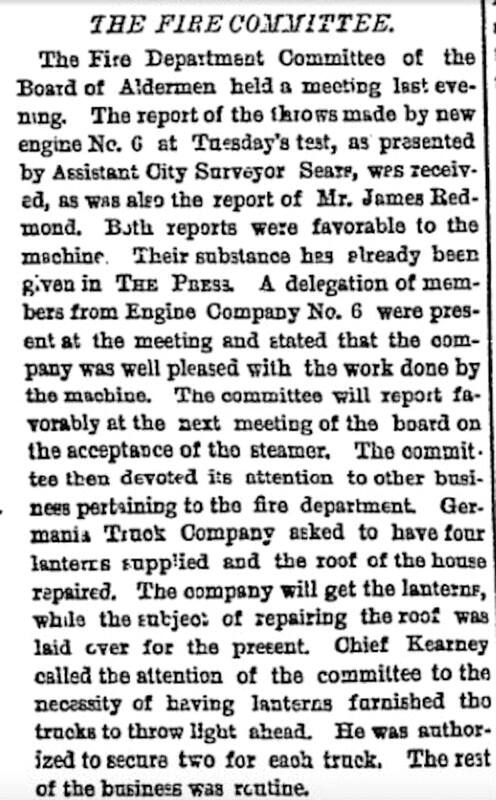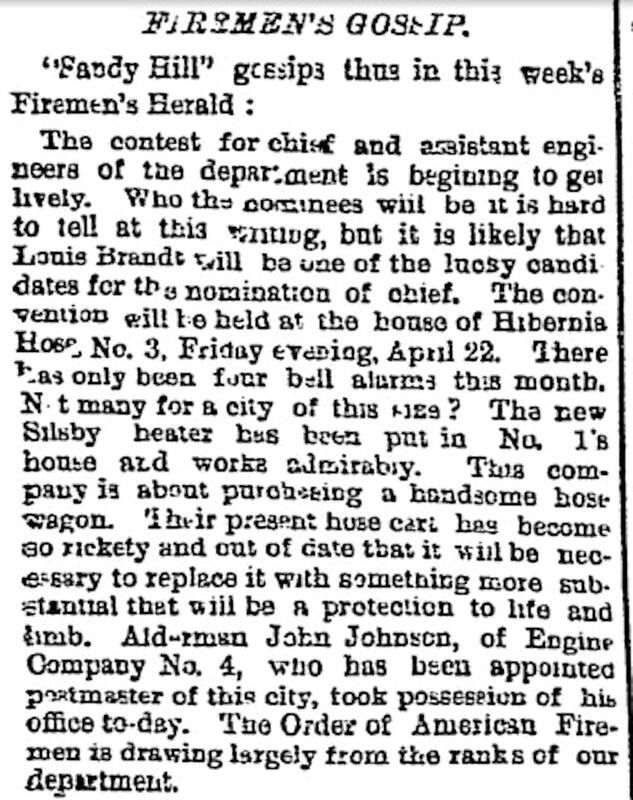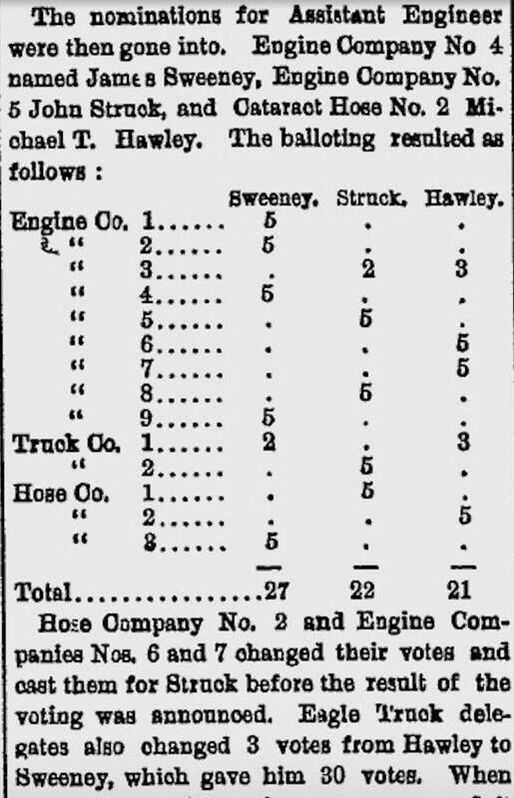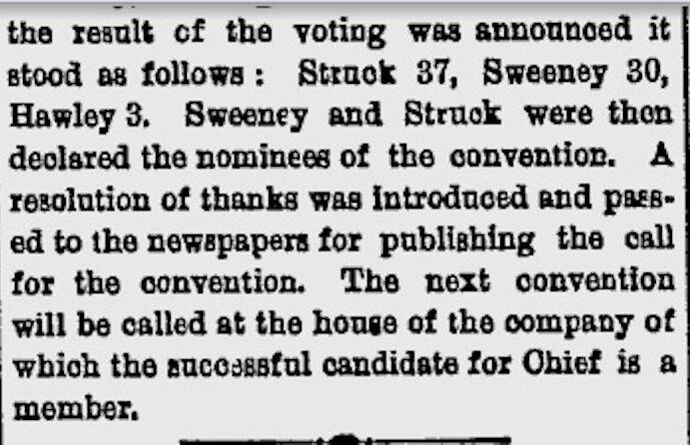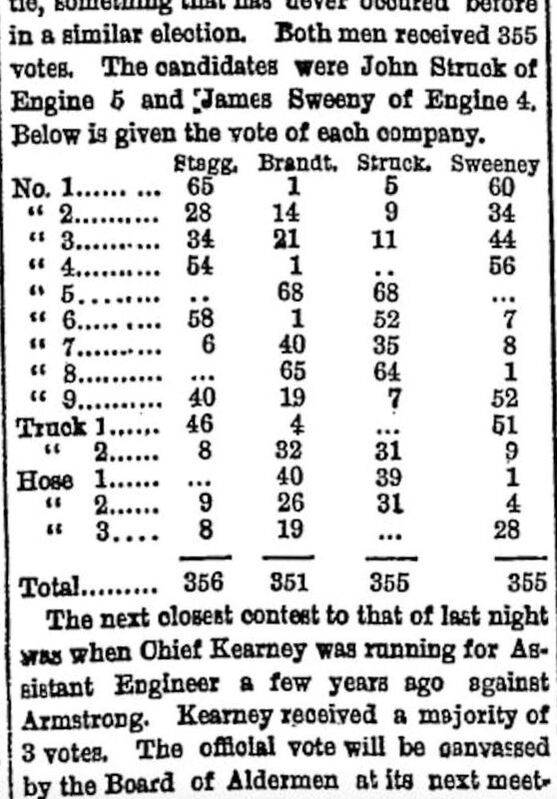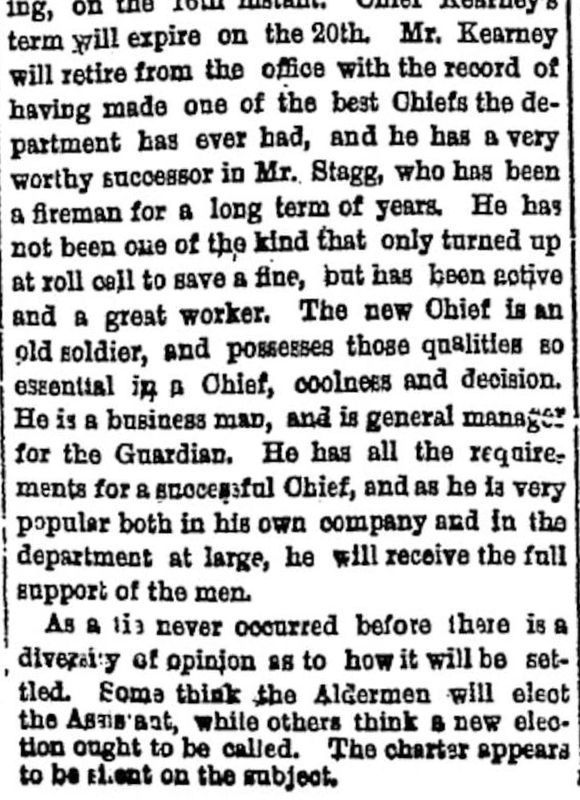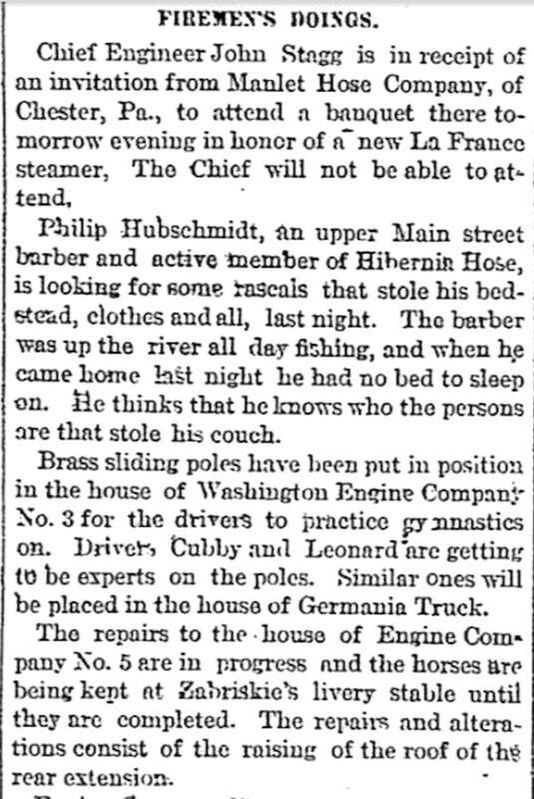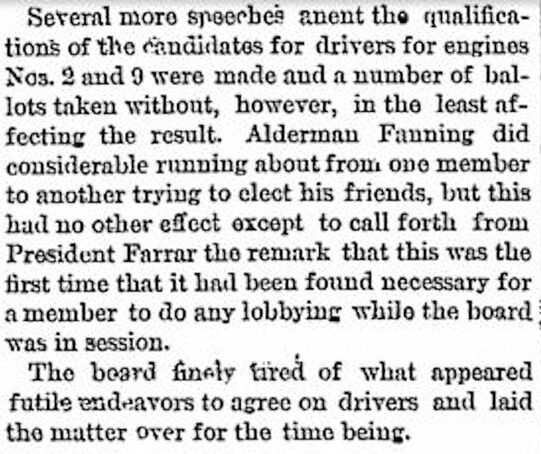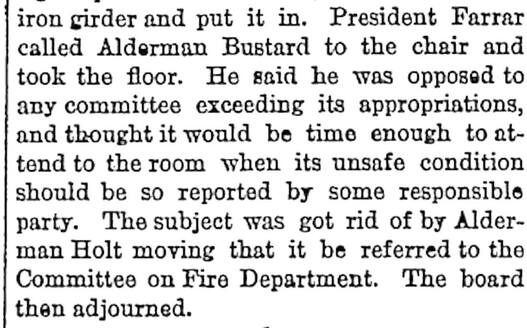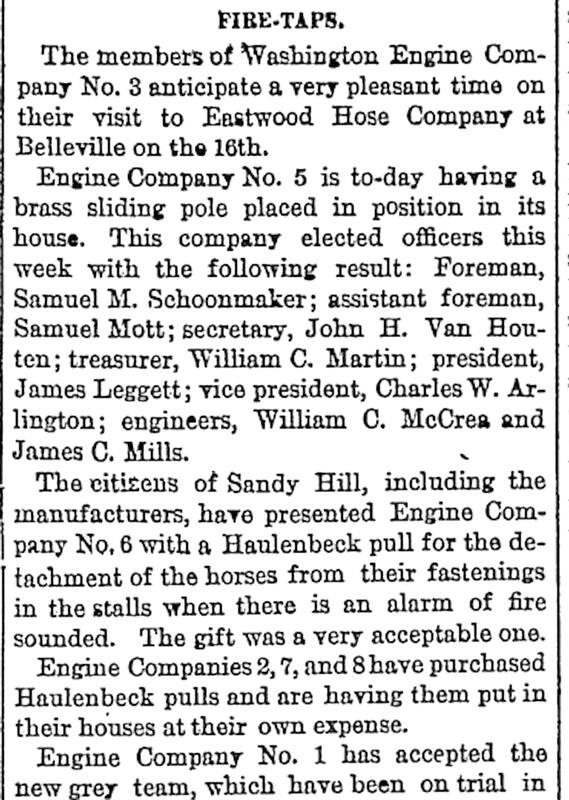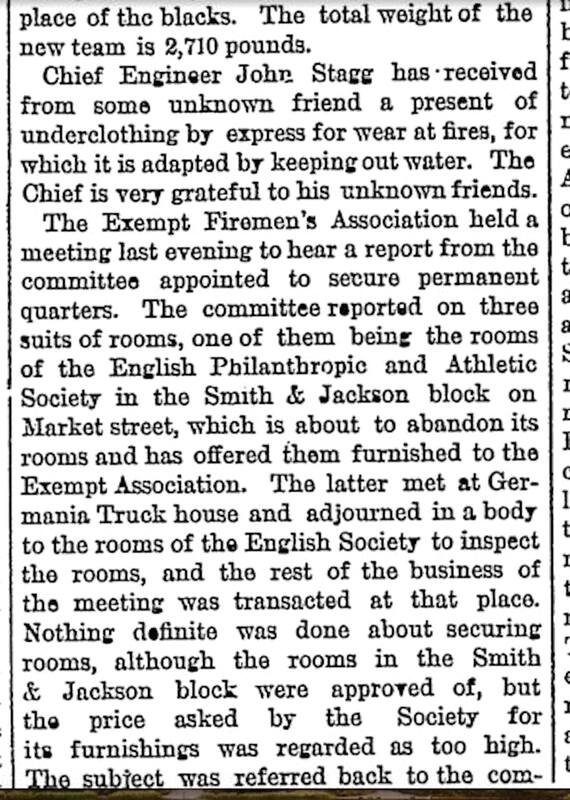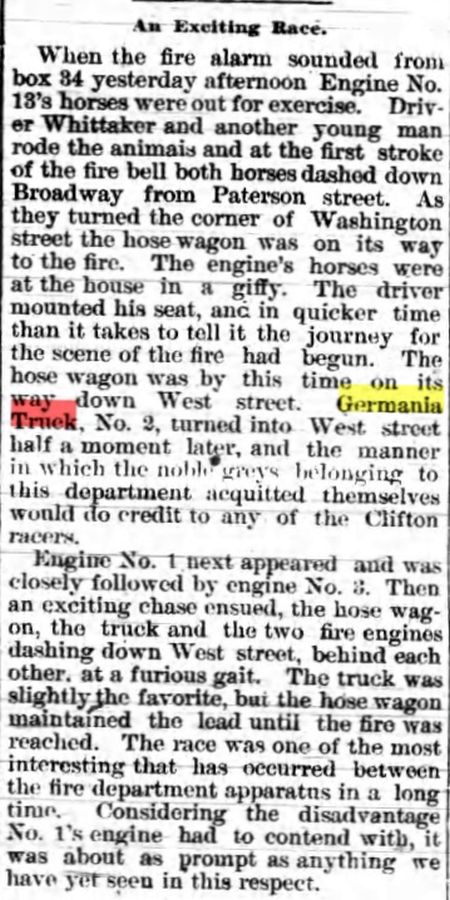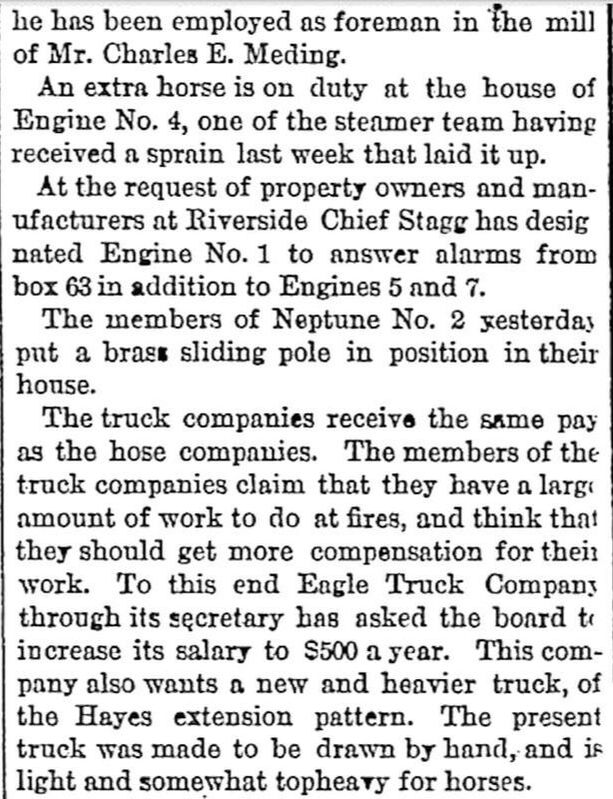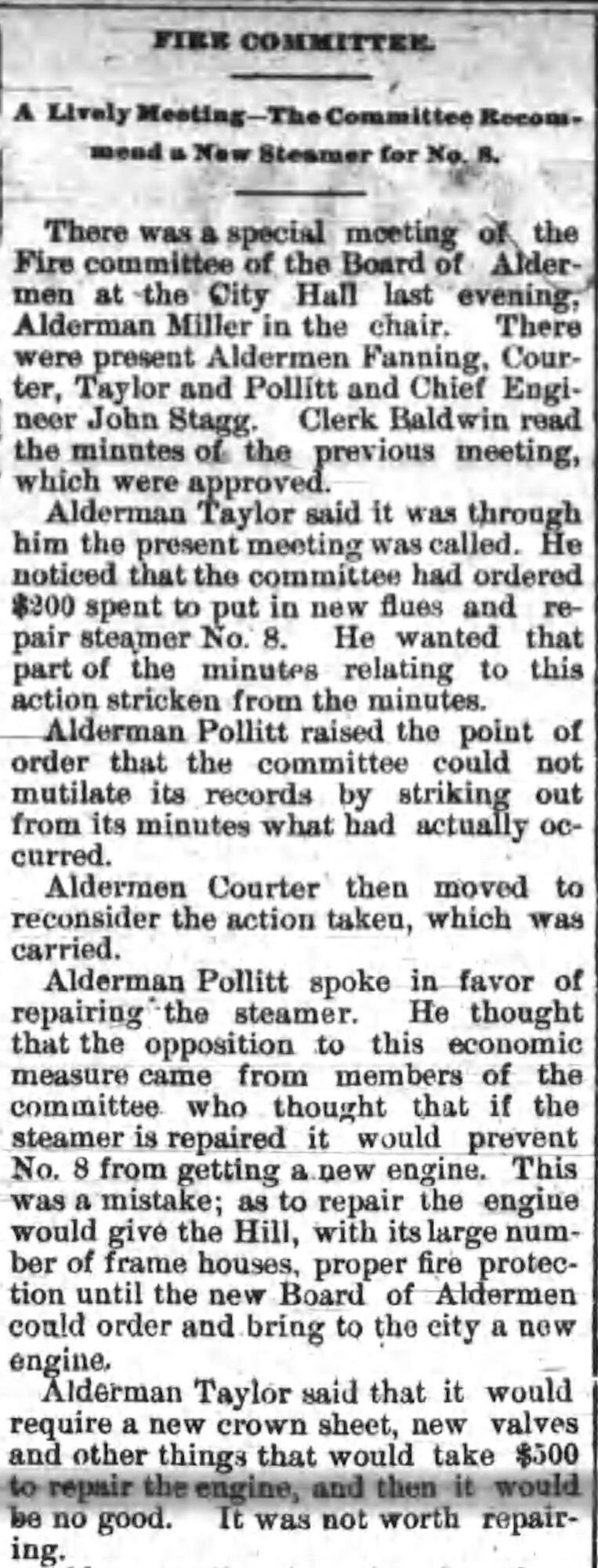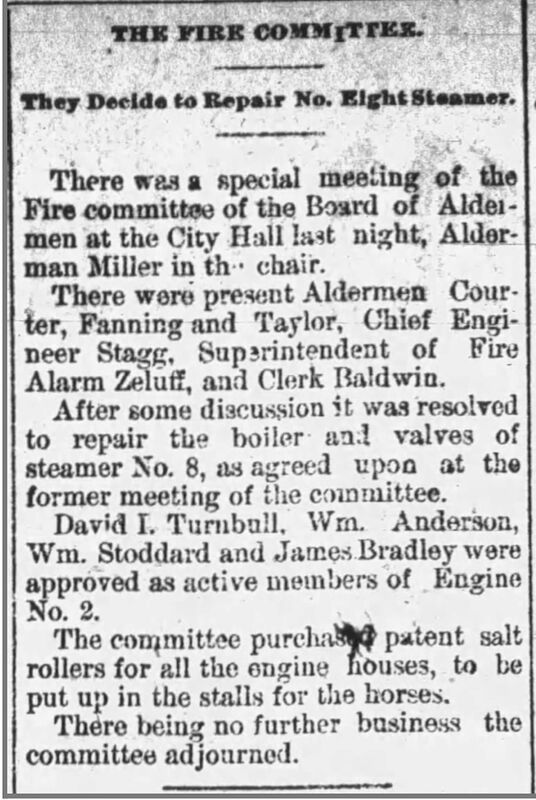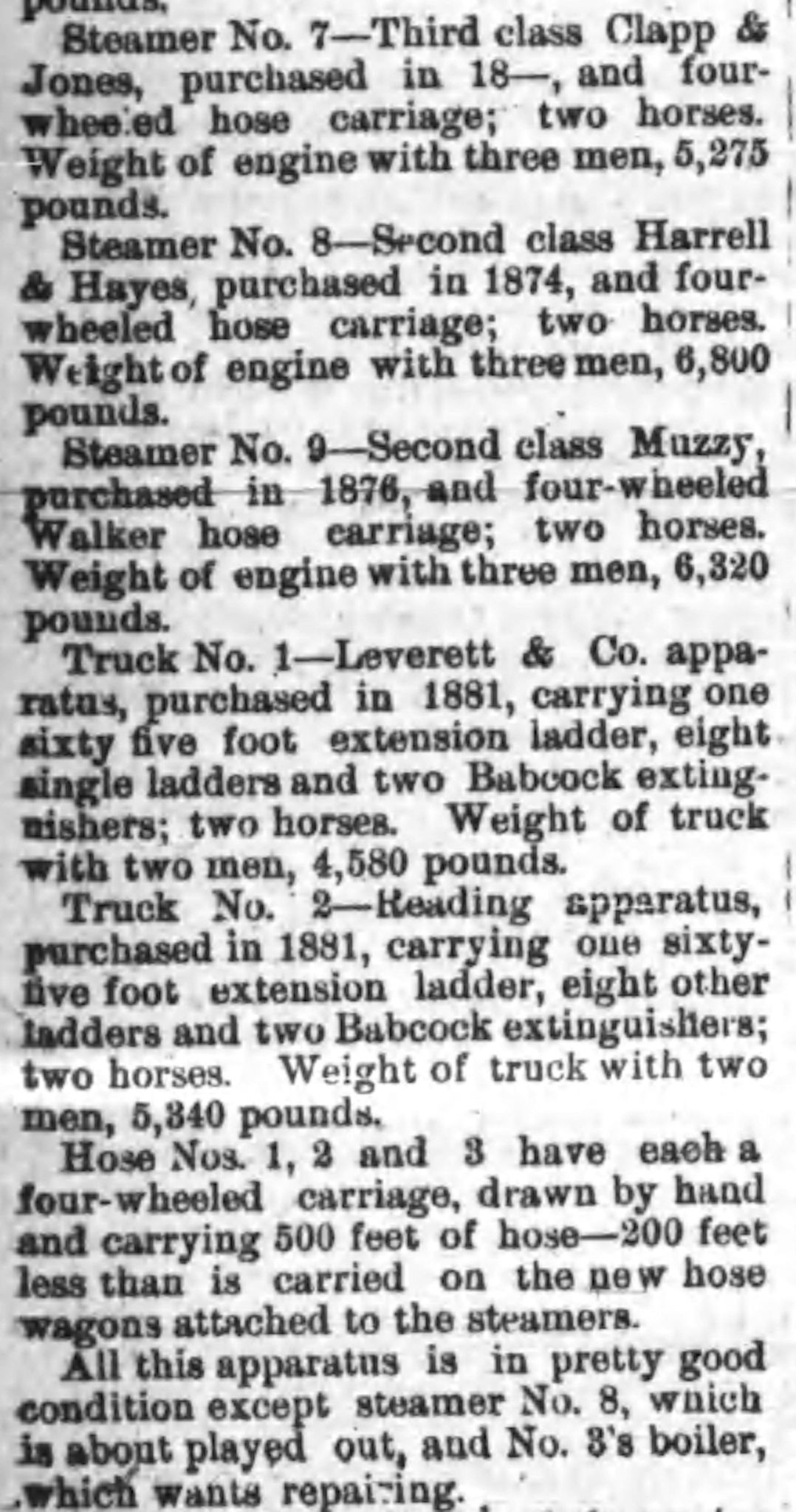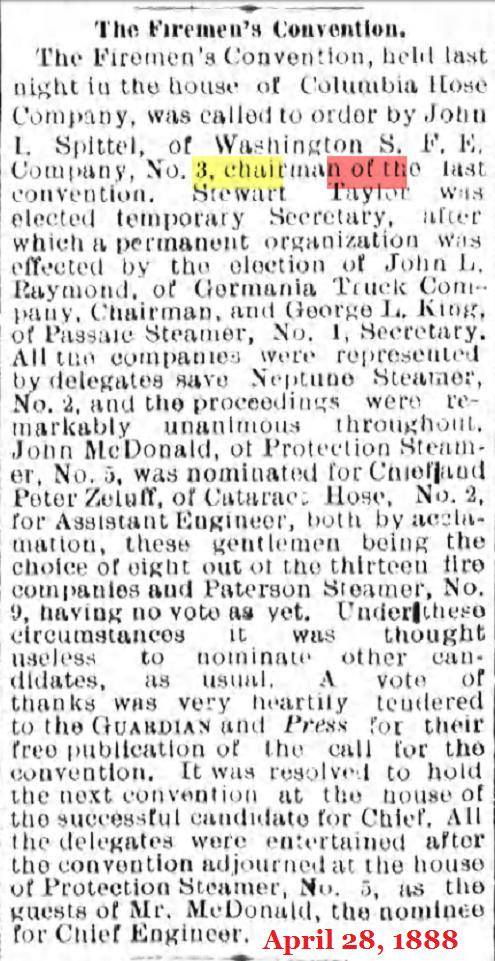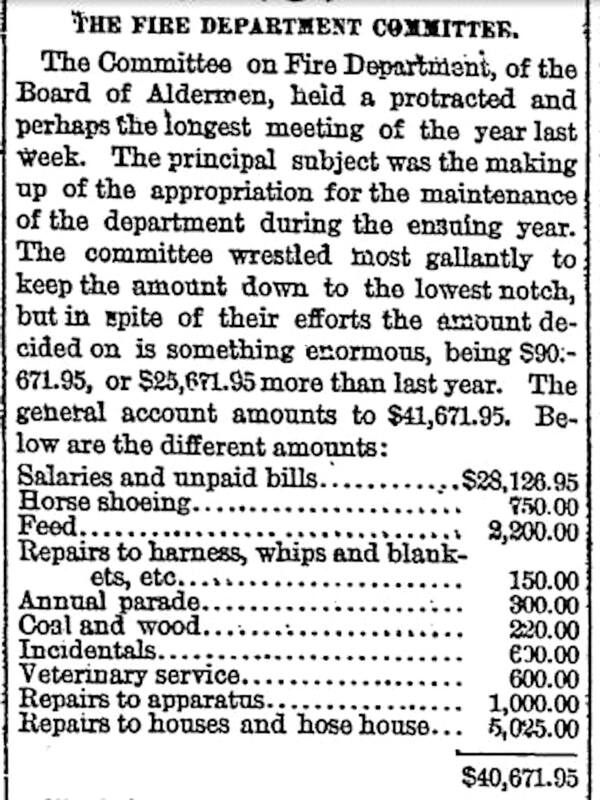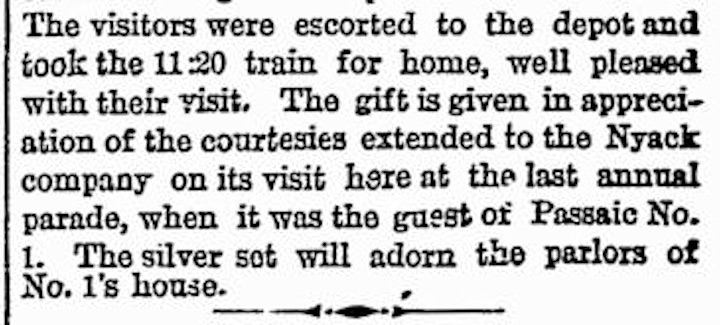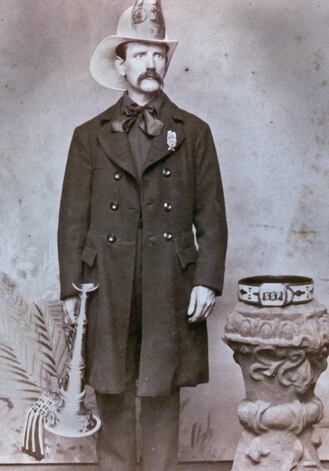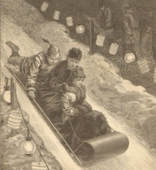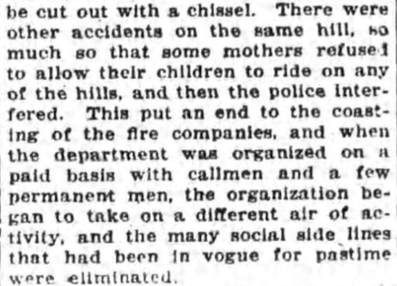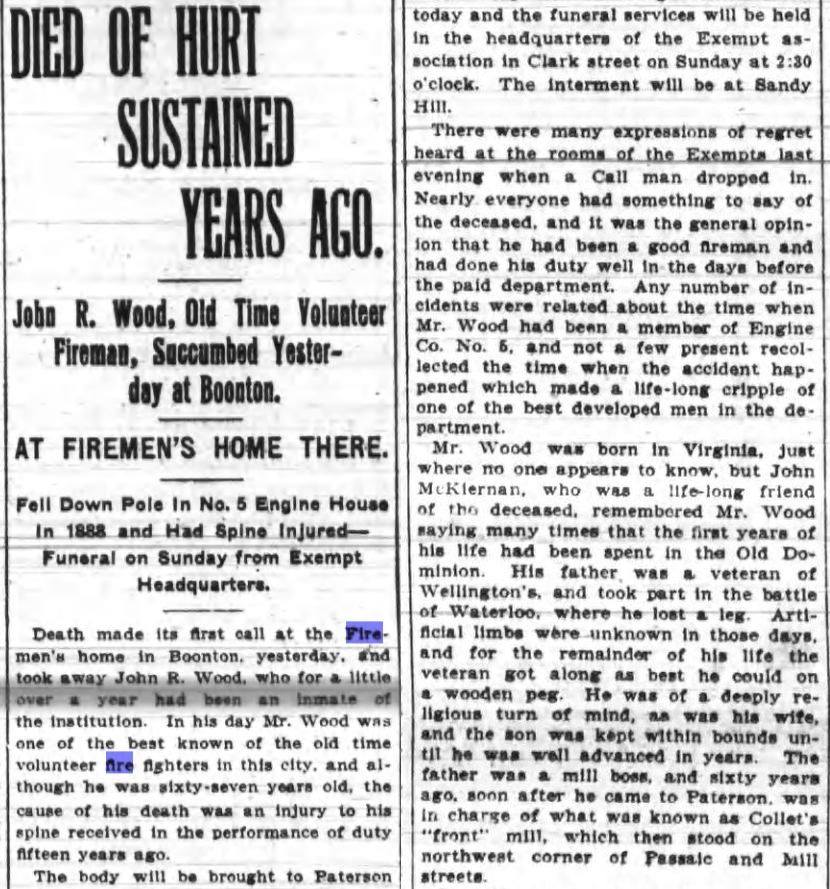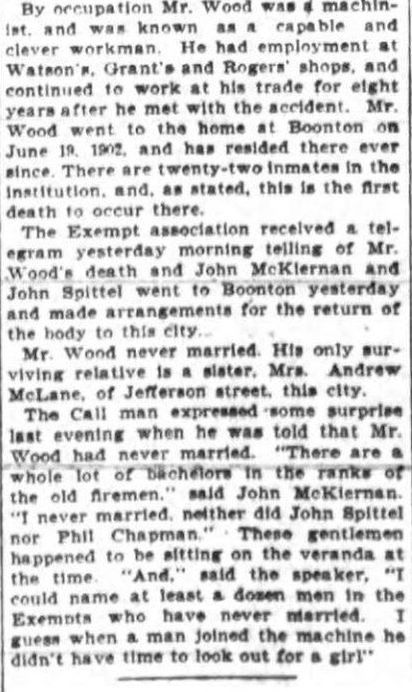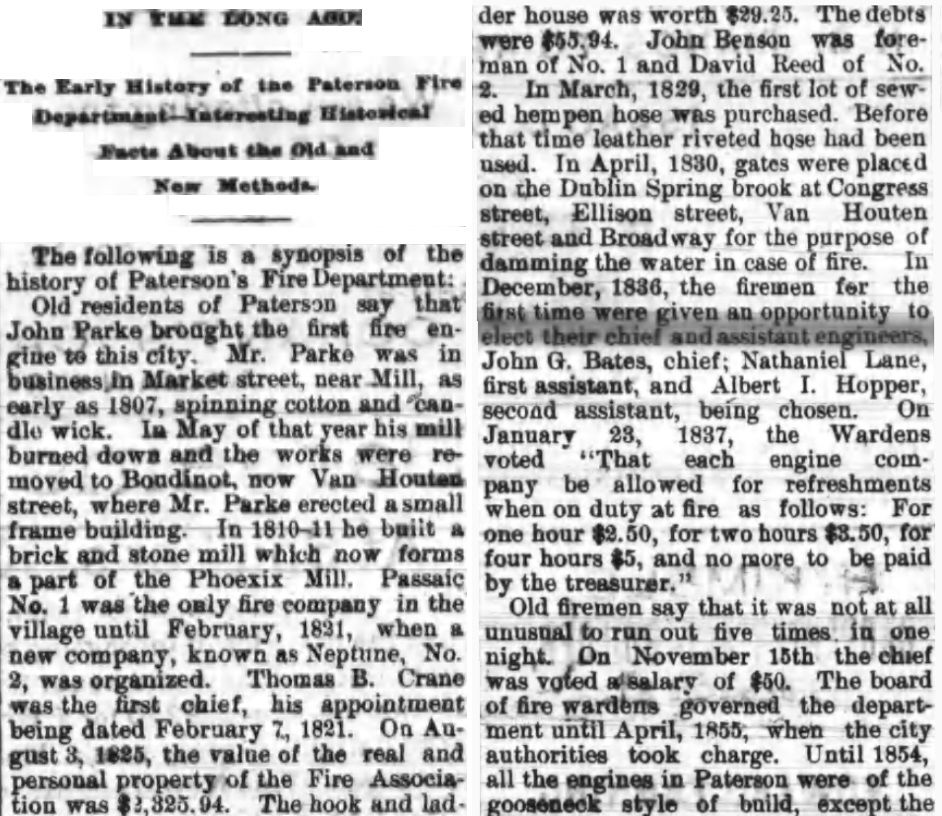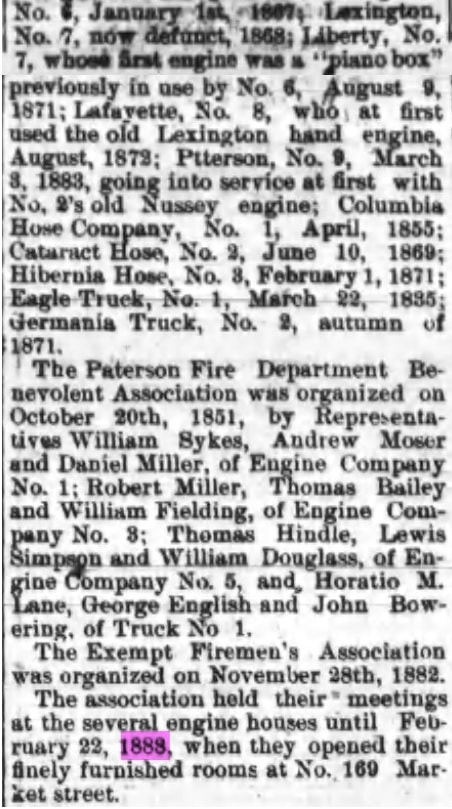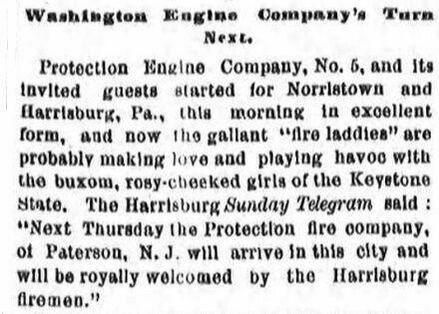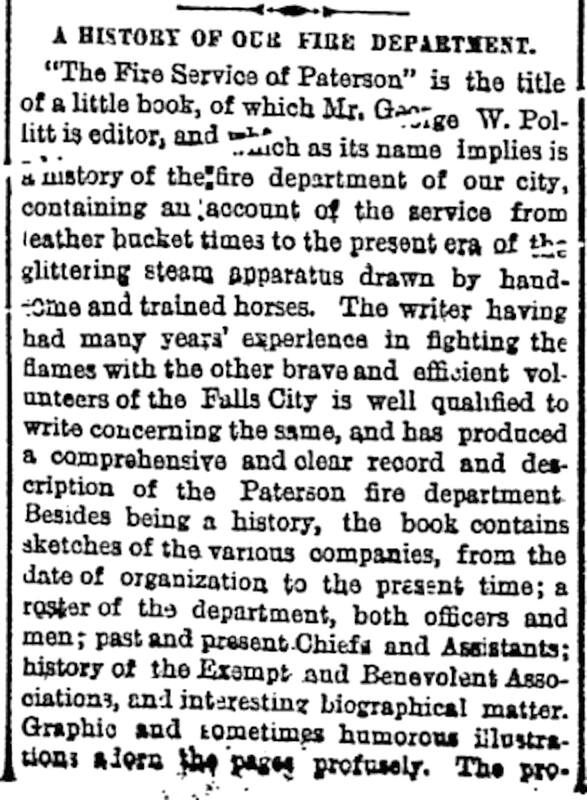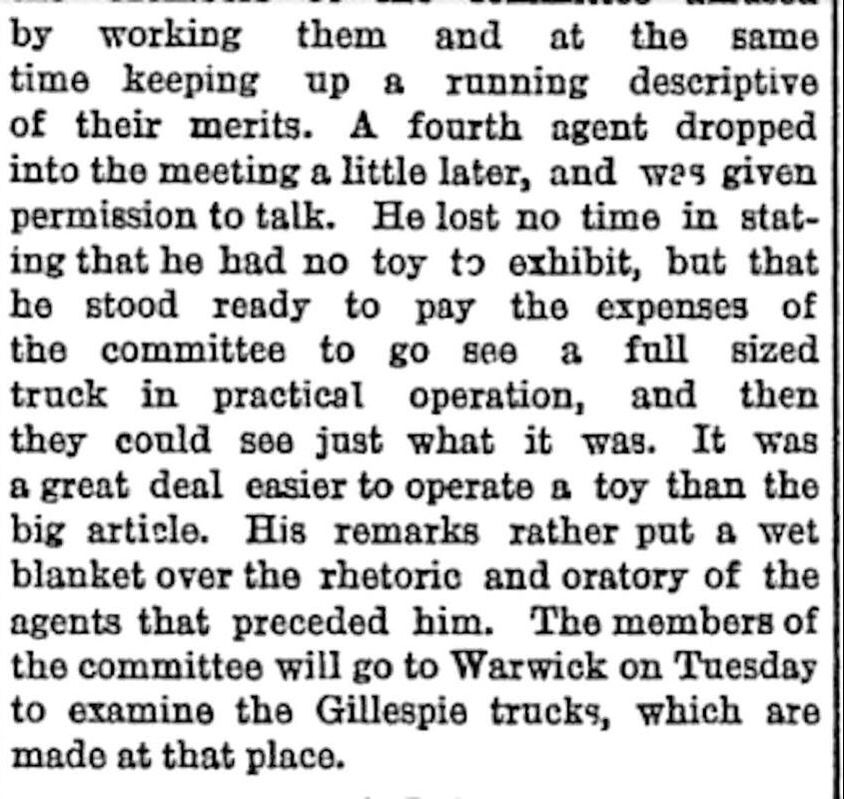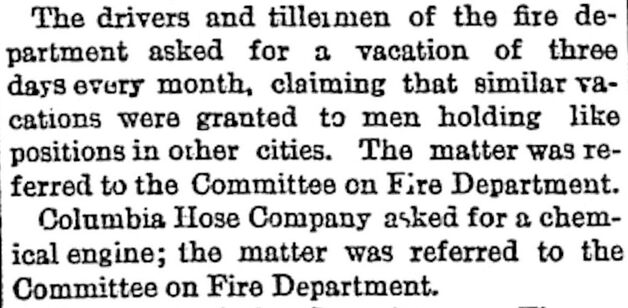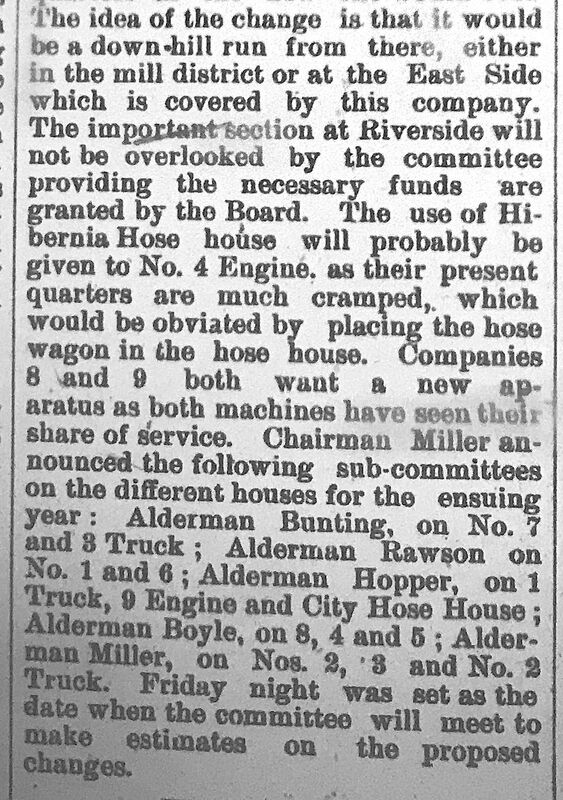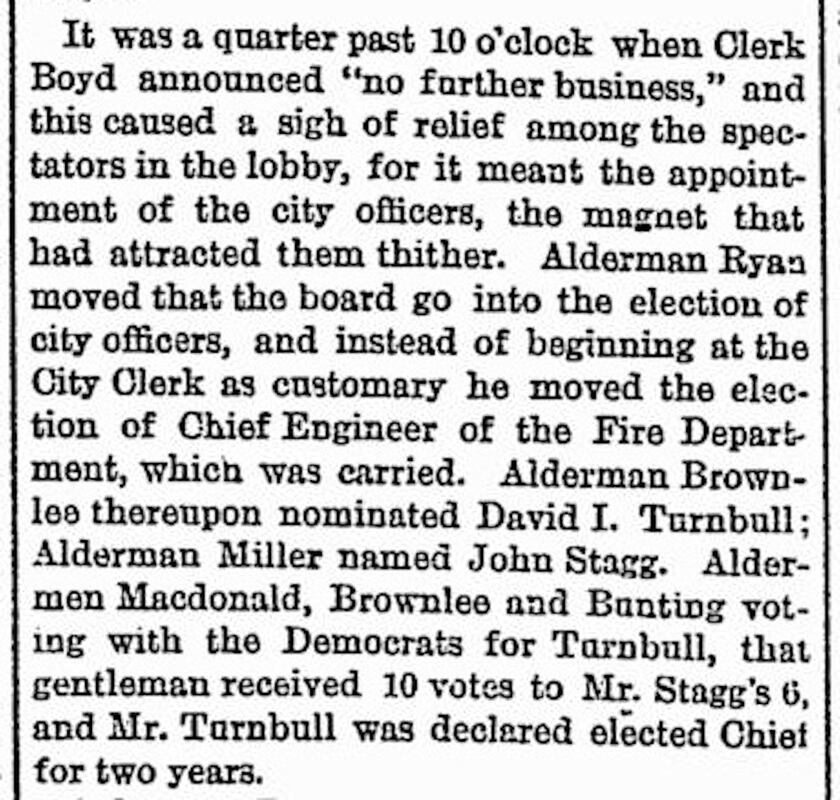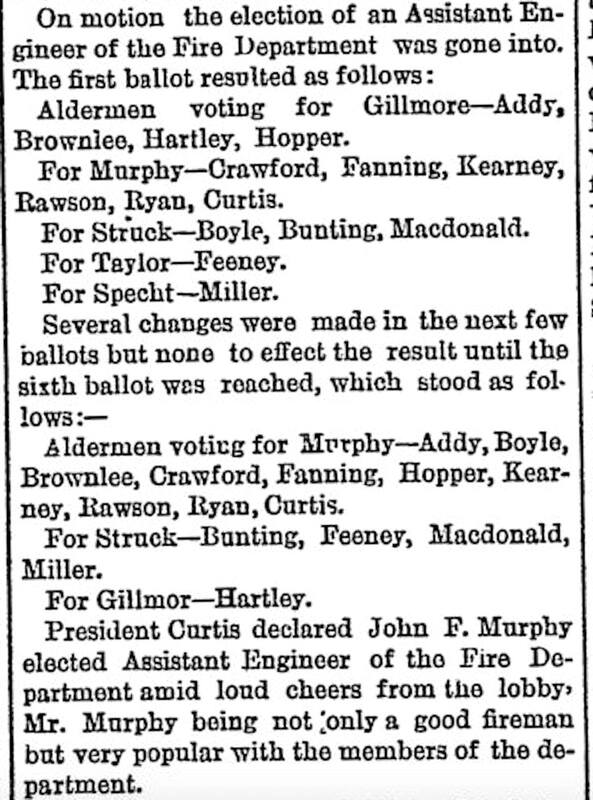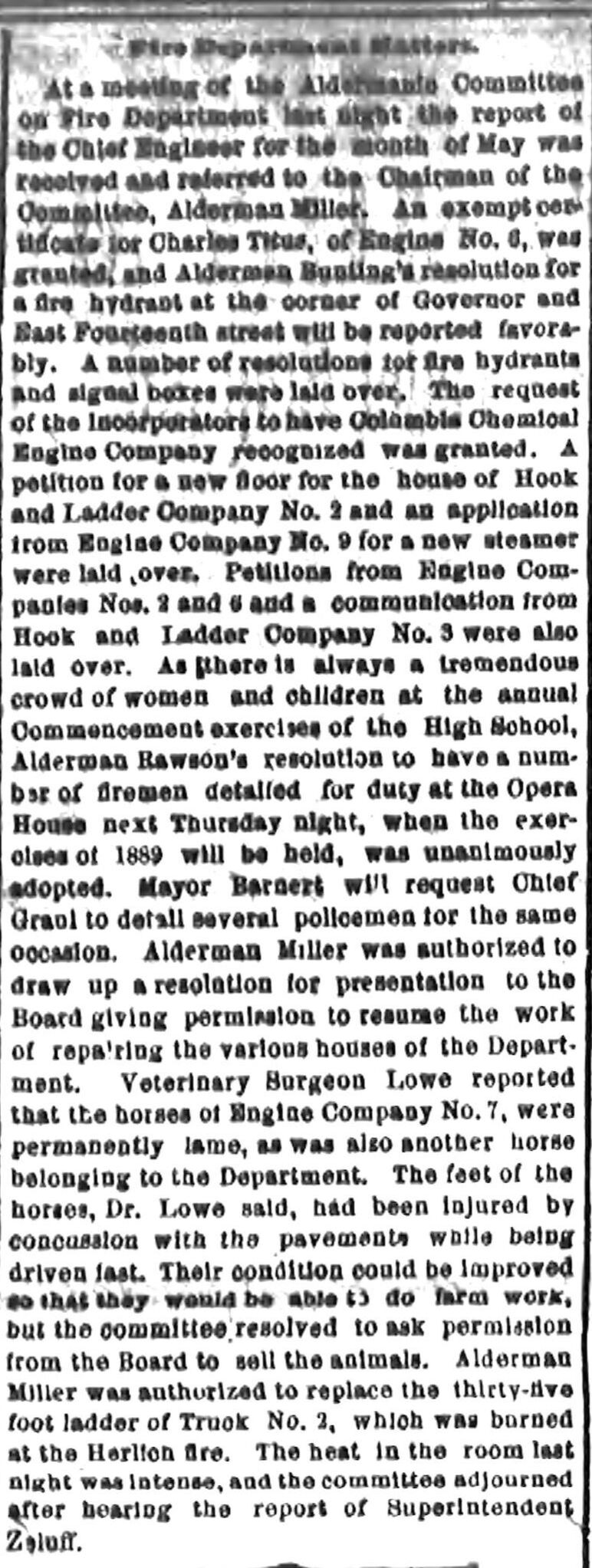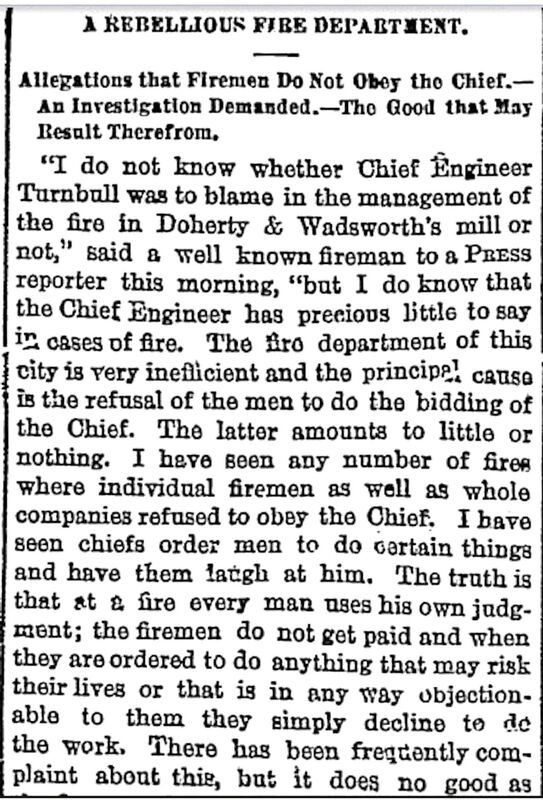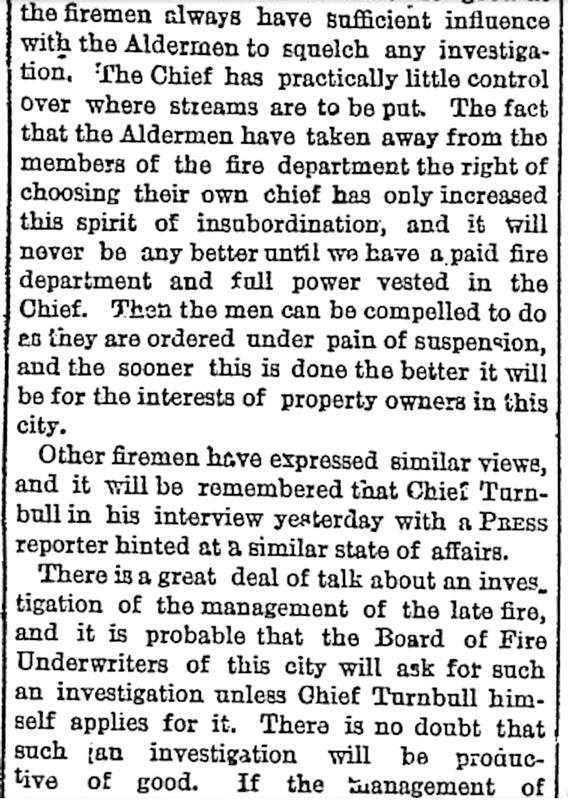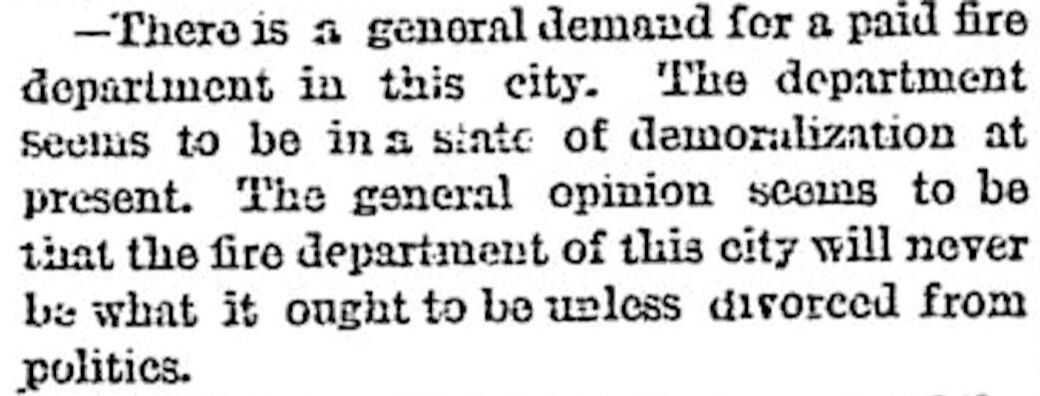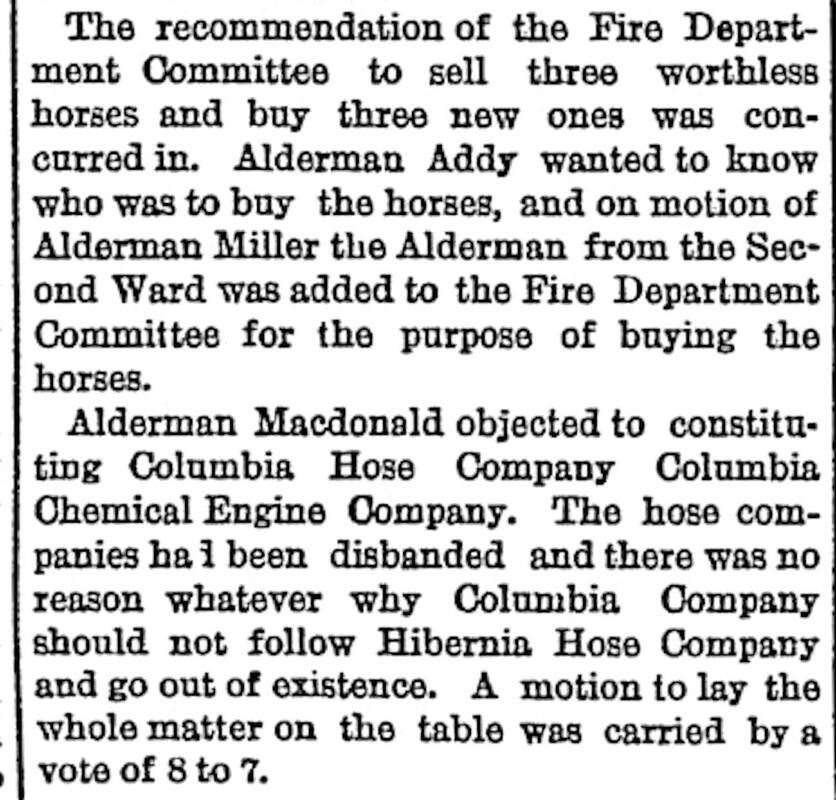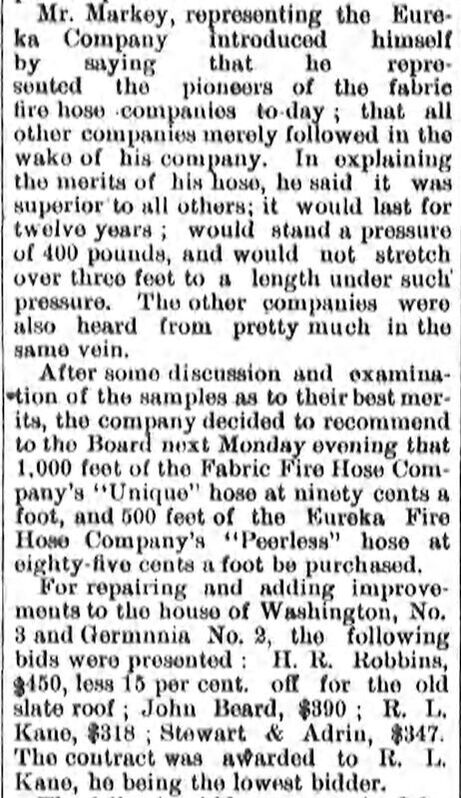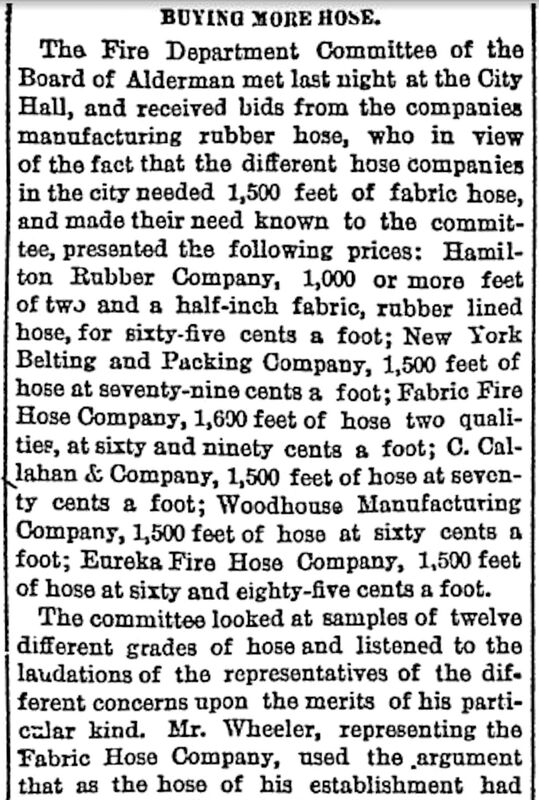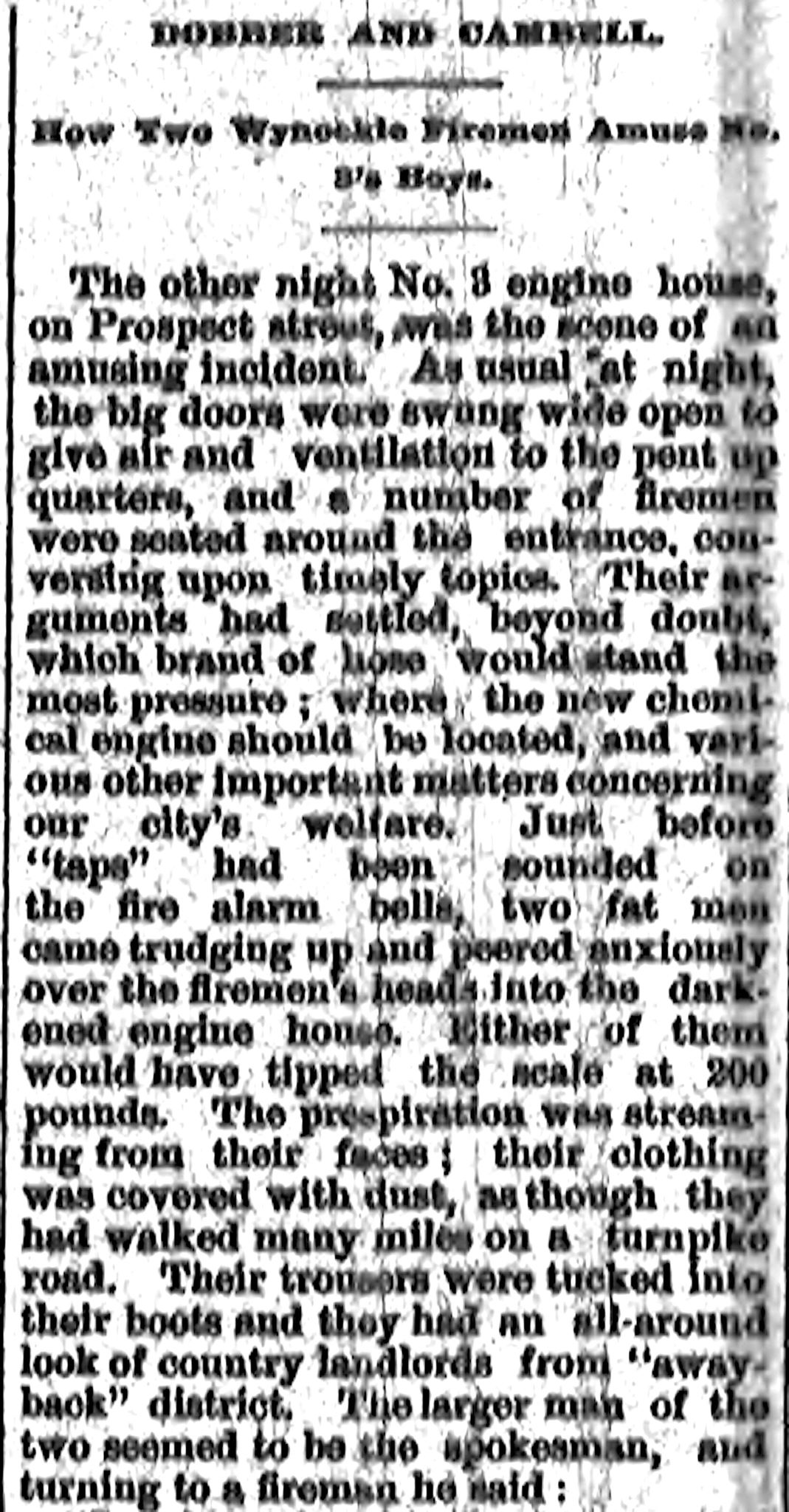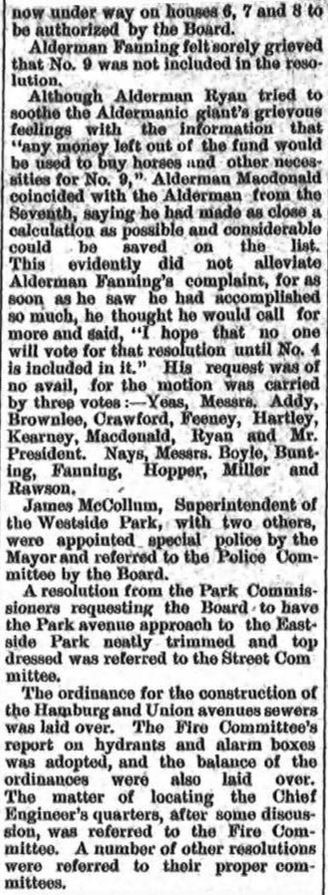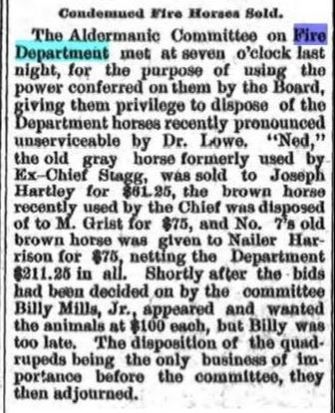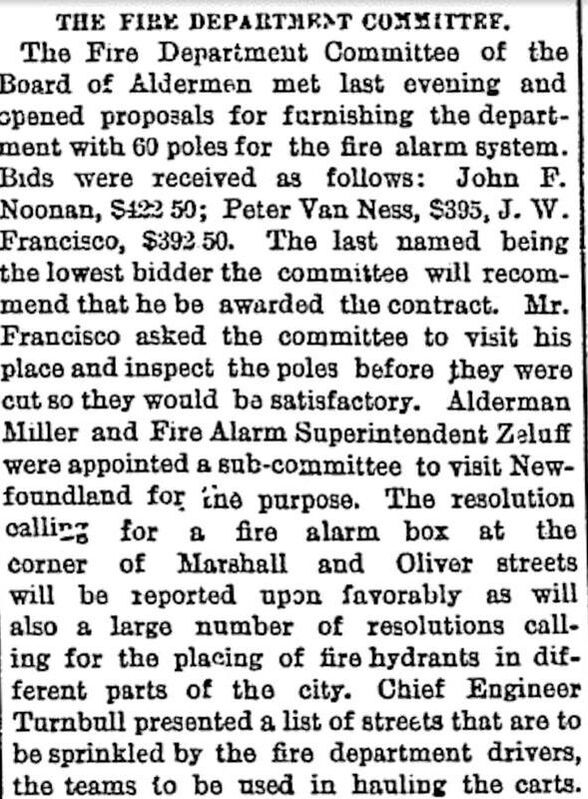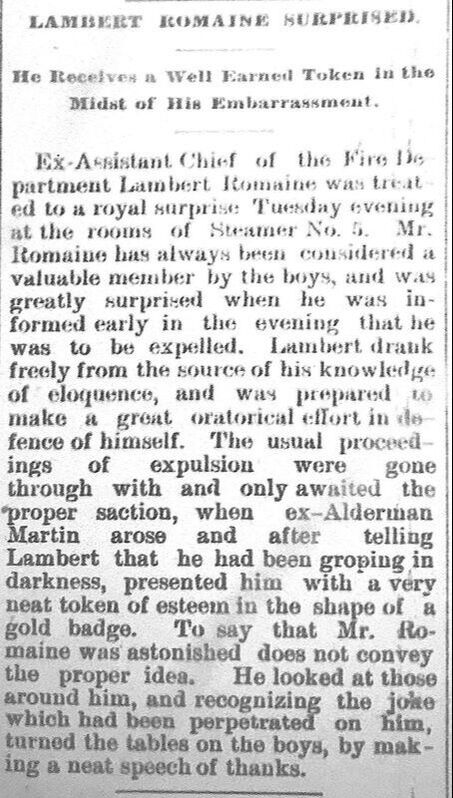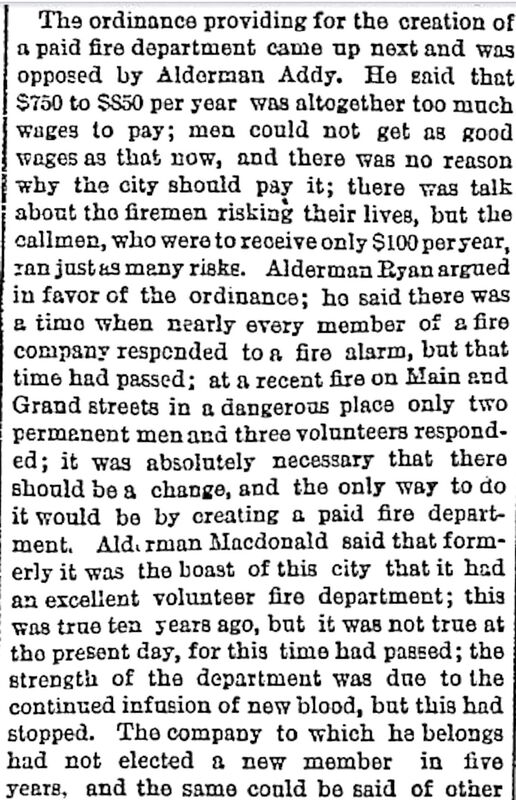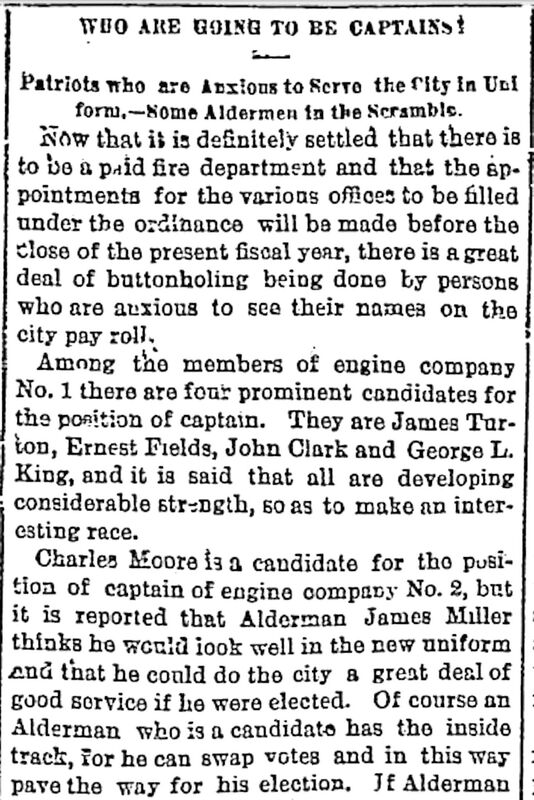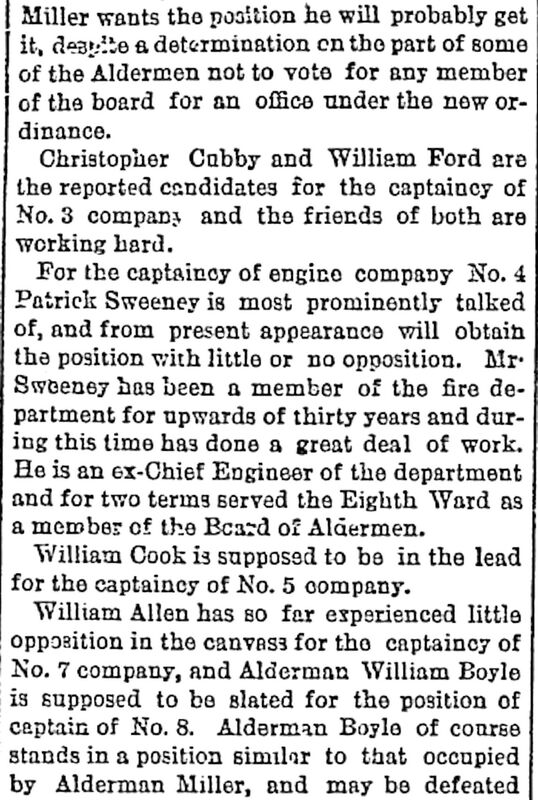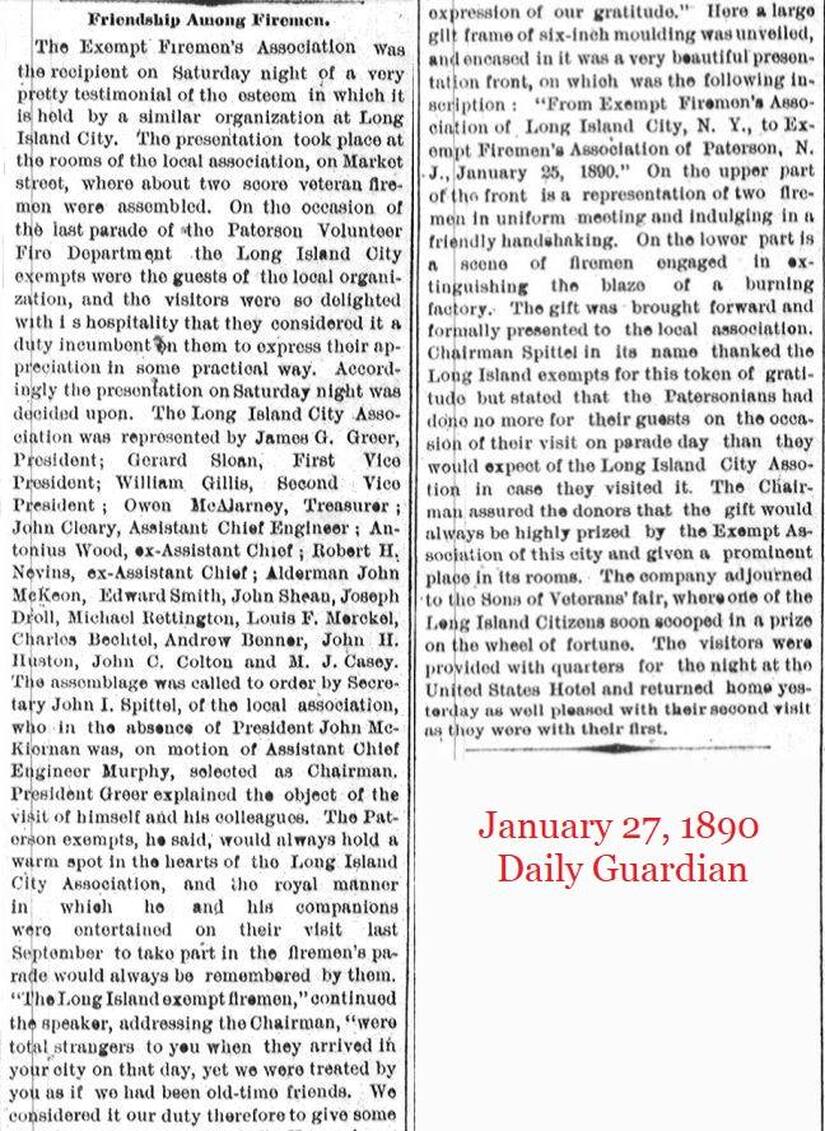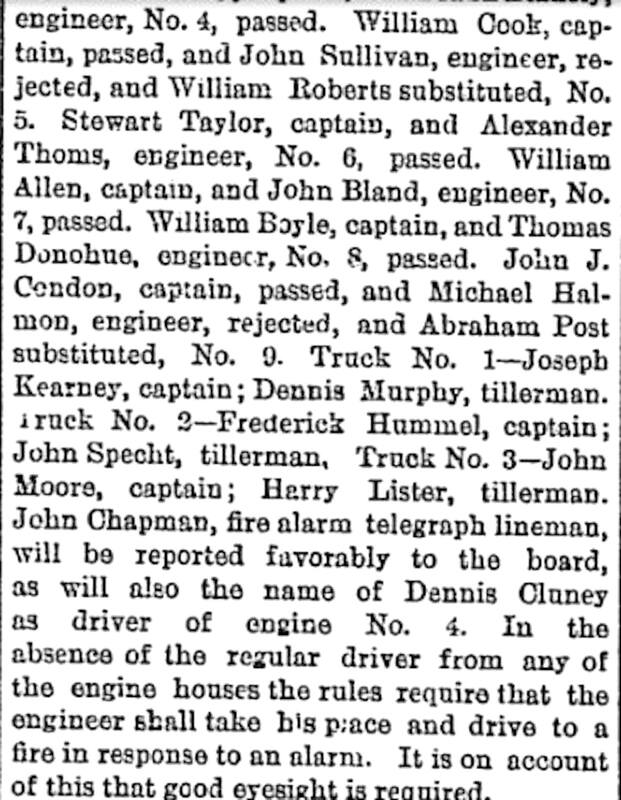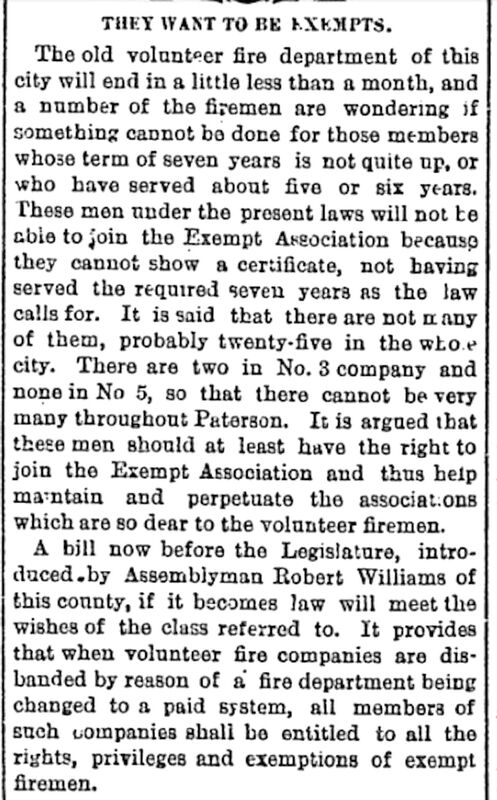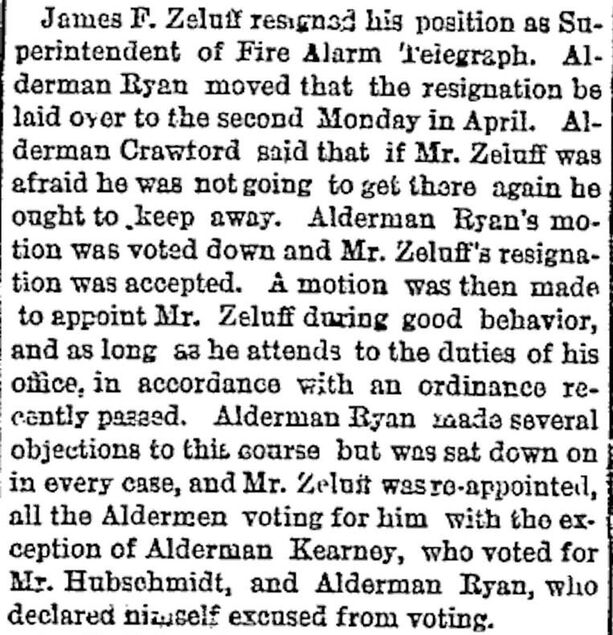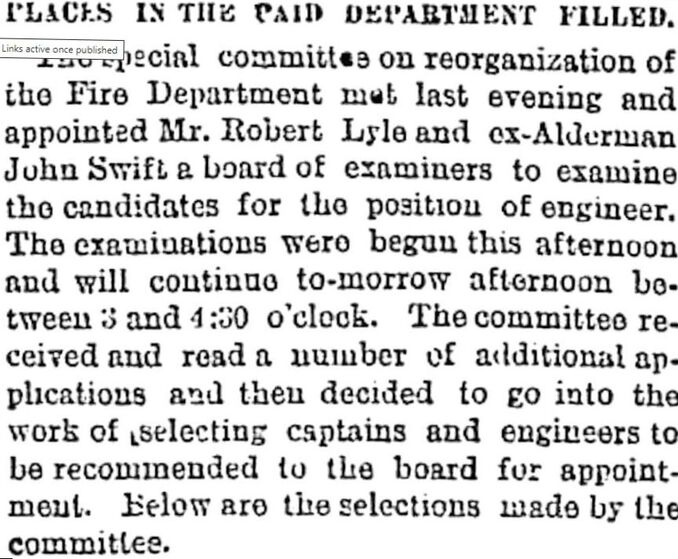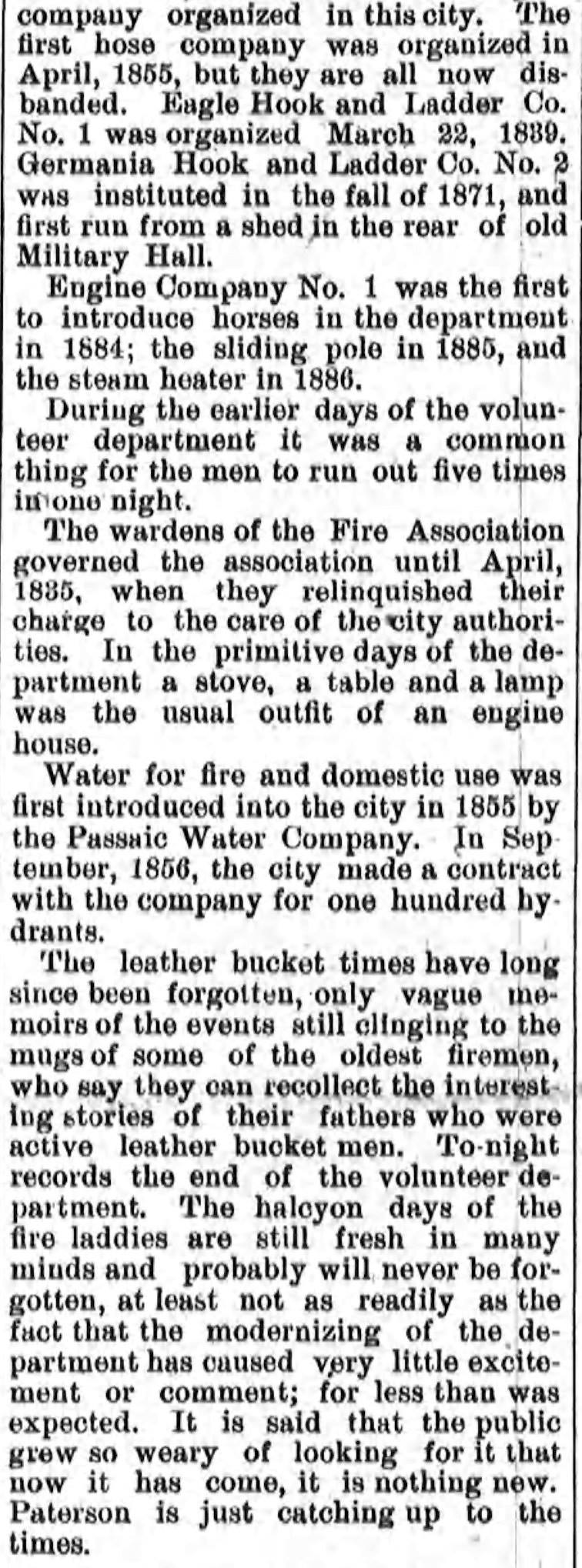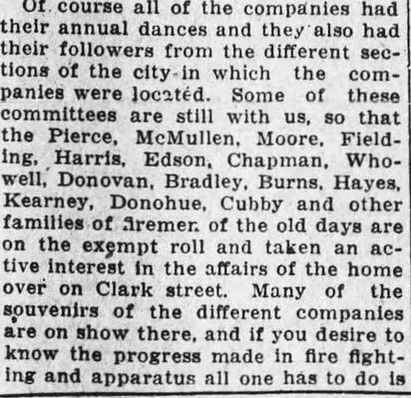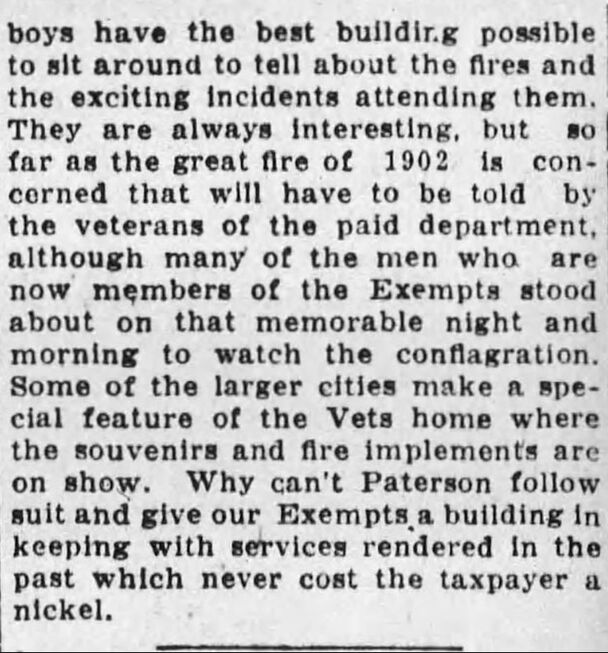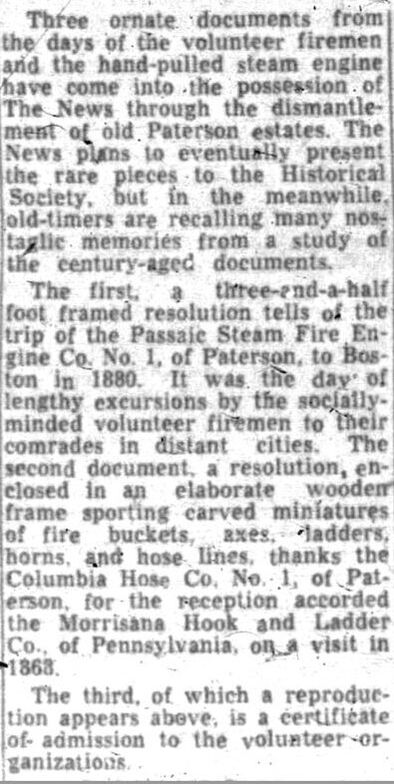- HOME
- OVERVIEW
- FIREFIGHTERS
- CHIEF ENGINEERS TOTAL
- CHIEF ENGINEERS PAID
- THE SUPREME SACRIFICE
- OBITUARIES / DEATHS
-
NOTABLE FIREFIGHTERS
- CALAMITA FAMILY
- CAPTAIN JOHN WEBER
- CUSACK FAMILY
- FLEMING FAMILY
- GERARD DUGAN
- HANCOCK FAMILY
- HENDERSON FAMILY
- HENRY OTIS HARRIS
- ISAAC FELICIANO
- JOHN GILMORE
- JOSEPH DAYSPRING
- JOSEPH FORBES
- KEARNEY-FAMILY
- MARIANI FAMILY
- McLAUGHLIN FAMILY
- MURRAY FAMILY
- PARKIN FAMILY
- SALMANOWITZ BROTHERS
- THE SIMONTONS
- THE SWEENEYS
- TICE FAMILY
- NOTABLE FIRES/INCIDENTS
- SPECIAL OP EVENTS
- TAKING THE HEAT BOOK
- HISTORICAL REVIEWS
- 1907 GUARDIAN
- 1936 HEARD & SEEN COLUMN
- FIREHOUSE PHOTOS / FACTS
- COMPANY & FH HISTORY
- SPECIAL OPERATIONS
- EMS
- COMMUNICATIONS / FA
- FIRE VIDEOS 1991-2011
- FIRE VIDEOS 2014-2022
- DOCUDRAMAS
- APPARATUS
- APPARATUS VIDEOS
- NOTABLE EVENTS INDEX
- MEMORABILIA
- PATCHES DECALS LOGOS SHIRTS
- WALLPAPER
- DEPARTMENT PETS
- TRAINING
-
VOLUNTEER DEPARTMENT
- AUXILIARY FIRE DEPARTMENT
- EXEMPT ASSOCIATION
- EXEMPT HOME & RELICS
- FMBA / PFA
-
BALLBOOKS
- 1909 BALL BOOK
- 1916 BALL BOOK
- 1918 BALL BOOK
- 1921 ANNUAL BALL
- 1923 ANNUAL BALL
- 1928 ANNUAL BALL
- 1935 PFD BOOSTER
- 1936 JANUARY PICTORIAL
- 1936 DECEMBER PICTORIAL
- 1937 ANNUAL BALL
- 1938 ANNUAL BALL
- 1939 ANNUAL BALL
- 1941 ANNUAL BALL
- 1942 ANNUAL BALL
- 1943 ANNUAL BALL
- 1944 ANNUAL BALL
- 1945 ANNUAL BALL
- 1946 ANNUAL BALL
- 1947 ANNUAL BALL
- 1948 ANNUAL BALL
- 1949 ANNUAL BALL
- 1950 ANNUAL BALL
- 1951 ANNUAL BALL
- 1952 ANNUAL BALL
- 1953 ANNUAL BALL
- 1954 ANNUAL BALL
- 1955 ANNUAL BALL
- 1956 ANNUAL BALL
- 1957 ANNUAL BALL
- 1958 ANNUAL BALL
- 1959 ANNUAL BALL
- 1960 ANNUAL BALL
- 1961 ANNUAL BALL
- 1962 ANNUAL BALL
- 1963 ANNUAL BALL
- 1964 ANNUAL BALL
- 1965 ANNUAL BALL
- 1966 ANNUAL BALL
- 1967 ANNUAL BALL
- 1968 ANNUAL BALL
- 1969 ANNUAL BALL
- 1970 ANNUAL BALL
- 1971 ANNUAL BALL
- 1972 ANNUAL BALL
- 1973 ANNUAL BALL
- 1975 ANNUAL BALL
- 1976 ANNUAL BALL
- 1977 ANNUAL BALL
- 1979 ANNUAL BALL
- 1980 ANNUAL BALL
- 1981 ANNUAL BALL
- 1982 ANNUAL BALL
- 1983 ANNUAL BALL
- 1984 ANNUAL BALL
- 1985 ANNUAL BALL
- 1986 ANNUAL BALL
- 1987 ANNUAL BALL
- 1988 ANNUAL BALL
- 1989 ANNUAL BALL
- 1990 ANNUAL BALL
- 1991 ANNUAL BALL
- 1992 ANNUAL BALL
- 1993 ANNUAL BALL
- 1994 ANNUAL BALL
- 1995 ANNUAL BALL
- 1996 ANNUAL BALL
- 1997 ANNUAL BALL
- 1998 ANNUAL BALL
- 1999 ANNUAL BALL
- 2000 ANNUAL BALL
- 2001 ANNUAL BALL
- 2002 ANNUAL BALL
- 2003 ANNUAL BALL
- 2004 ANNUAL BALL
- 2005 ANNUAL BALL
- 2010 ANNUAL BALL
- 2011 ANNUAL BALL
- 2014 ANNUAL BALL
- 2016 ANNUAL BALL
- ANNUAL REPORTS
- PFH CONTRIBUTORS
- ORAL HISTORY
- STATISTICS
- CONTACT
- CITY OF PATERSON
Click on these buttons for additional Volunteer Era History
Chronological History of the Volunteers
1815 - 1890
Volunteer Company Organization
listed below in order of their origin:
ENGINE COMPANIES
Passaic Engine Company 1 July 4th, 1815
Neptune Engine Company 2 December, 1820
Washington Engine Company 3 April 20, 1828
Phoenix Engine Company 4 September 12, 1828 - disbanded August 1842
Protection Engine Company 5 Spring of 1832
Engine Company Number 6 spring of 1840
Jackson Engine Company 4 Fall of 1855
Vigilant Engine Company 6 January 1, 1867
Lexington Engine Company 7 1868 Soon disbanded
Lafayette Engine Company 8 Organized August 9th, 1871, in service 1872
Paterson Engine Company 9 was organized in 1882 and went on duty March 3, 1883
Neptune Engine Company 2 December, 1820
Washington Engine Company 3 April 20, 1828
Phoenix Engine Company 4 September 12, 1828 - disbanded August 1842
Protection Engine Company 5 Spring of 1832
Engine Company Number 6 spring of 1840
Jackson Engine Company 4 Fall of 1855
Vigilant Engine Company 6 January 1, 1867
Lexington Engine Company 7 1868 Soon disbanded
Lafayette Engine Company 8 Organized August 9th, 1871, in service 1872
Paterson Engine Company 9 was organized in 1882 and went on duty March 3, 1883
HOSE COMPANIES
Columbia Hose Company 1 Organized in April, 1855
Cataract Hose Company 2 Organized June 10th, 1869, and went into service December 1
Hibernia Hose Company 3 Organized in 1869, and went into service February 1, 1870
Cataract Hose Company 2 Organized June 10th, 1869, and went into service December 1
Hibernia Hose Company 3 Organized in 1869, and went into service February 1, 1870
HOOK AND LADDER COMPANIES
Eagle Hook and Ladder Company 1 Organized and placed in service March 22, 1839
Germania Hook and Ladder Company 2 Instituted Fall 1871
Rapid Hook and Ladder 3 Established 1888 as the 3 hose companies were disbanded
Germania Hook and Ladder Company 2 Instituted Fall 1871
Rapid Hook and Ladder 3 Established 1888 as the 3 hose companies were disbanded
The Relief Association Publishing Co. 1893 published a history of the Volunteer Department. At that time the department was partially-paid (paid firefighters and call men) and consisted of 58 men. They noted the beginnings of the fire department of Paterson, the modest little manufacturing village located by Alexander Hamilton at "The Great Falls of the Passaick were humble. Several mill owners had small hand-engines, not much better than a good-sized hand-squirt, and these were used with more or less effect at the occasional fires that awoke the villagers from their quiet, hum-drum life.
But Paterson was becoming a leading manufacturing center, containing many tall buildings, the thick floors of which were saturated with oil, and containing heavy machinery covered with inflammable material in course of manufacture, all of which are capable of making trouble for the firemen, should a fire occur.
Old residents of Paterson say that John Parke brought the first fire engine to this city. Mr. Parke was in business in Market Street, near Mill, as early as 1807, spinning cotton and candle wick. In May of that year his mill burned down and the works were removed to Boudinot, now Van Houten Street, where Mr. Parke erected a small frame building. In 1810-11 he built a brick and stone mill which now forms a part of the Phoenix silk works. At the close of the war of 1812 Parke failed, and the property passed out of his hands.
|
The first fire company, Passaic Engine No. 1 was organized July 4th, 1815, and was appropriately named after the river that flowed by the settlement and furnished the mills and factories with (at that time) unlimited power. Their first firehouse location of which there is any knowledge was a small, one-story frame building on the north side of Van Houten Street, east of Prospect street, which was occupied until January, 1843, when the house was burned down: after which they transiently moved to old quarters of Engine 2 on Prospect Street. The first engine used by the company # 1 was a cumbersome affair operated by hand brakes and a roller, underneath the box, upon which the rope was wound. |
December 3, 1820: Paterson inhabitants met at the house of Benjamin Weller (tavern that stood ~ 13 4 Main Street) to take measures to render more secure the dangers of fire. Timothy B. Crane , Adrian Van Houten, Samuel Colt, John Flood and Nicolas Smith were appointed as a committee to carry out that purpose.
Other companies followed, and as the village developed into a town and ultimately grew into a city, the department increased in efficiency and usefulness, until it reached a position that entitled it to praise and distinction amongst the fire fighters of America.
December, 1820, Neptune No. 2 was organized and placed on duty February, 1821. Had quarters in a shed on south side of Market Street (East of Main), and then Market opposite Prospect Street and finally (1842) on Hotel Street.
December, 1820, Neptune No. 2 was organized and placed on duty February, 1821. Had quarters in a shed on south side of Market Street (East of Main), and then Market opposite Prospect Street and finally (1842) on Hotel Street.
February 1, 1821: Board of fire Wardens was appointed with a term of one year. Timothy B. Crane, Samuel Colt, William Jacobs, Daniel Holsman, A. Parsons, John Colt.
November 3, 1821 an act incorporating the Paterson Fire Association was passed by the legislature. Timothy Crane was appointed as first Chief Engineer om November 10, 1821. It had its first meeting on December 2, 1821 and voted to raise $2300 by taxation. It was used among other items to employ watchmen to patrol streets and procure a house for a truck company ($150), to replace leather riveted hose with hempen hose.
April 20, 1828: Washington Engine 3 was organized in 1828. Its name derives from the street name (Washington Street, north of Fair Street) of its firehouse. Later moved to Ellison Street and then Prospect Street.
September 12, 1828: Phoenix Engine Company 4 organized by Phoenix Manufacturing (Silk) Company employees which owned an apparatus. Quartered on Boudinot (later became Van Houten) Street. Disputes over payment of bills incurred by company caused fire wardens to dismiss company from service August 11, 1942
March 1829: First lot of sewed hempen hose purchased; prior to that riveted hose was primarily used
The residents of Manchester Township petitioned the board of wardens for fire protection, but the wardens refused, with that location being out of the limits of the association.
In April, 1830, gates were placed on the Dublin Spring brook at Congress Street, Ellison Street, Van Houten Street and Broadway for the purpose of damming the water in case of fire.
In November, 1830, the Fire Association at their annual meeting instructed the wardens to endeavor to procure the passage of an act exempting firemen from militia and jury duty after serving seven years as firemen. This is believed to be the first firemen's exemption law that was passed in New Jersey.
November 3, 1821 an act incorporating the Paterson Fire Association was passed by the legislature. Timothy Crane was appointed as first Chief Engineer om November 10, 1821. It had its first meeting on December 2, 1821 and voted to raise $2300 by taxation. It was used among other items to employ watchmen to patrol streets and procure a house for a truck company ($150), to replace leather riveted hose with hempen hose.
April 20, 1828: Washington Engine 3 was organized in 1828. Its name derives from the street name (Washington Street, north of Fair Street) of its firehouse. Later moved to Ellison Street and then Prospect Street.
September 12, 1828: Phoenix Engine Company 4 organized by Phoenix Manufacturing (Silk) Company employees which owned an apparatus. Quartered on Boudinot (later became Van Houten) Street. Disputes over payment of bills incurred by company caused fire wardens to dismiss company from service August 11, 1942
March 1829: First lot of sewed hempen hose purchased; prior to that riveted hose was primarily used
The residents of Manchester Township petitioned the board of wardens for fire protection, but the wardens refused, with that location being out of the limits of the association.
In April, 1830, gates were placed on the Dublin Spring brook at Congress Street, Ellison Street, Van Houten Street and Broadway for the purpose of damming the water in case of fire.
In November, 1830, the Fire Association at their annual meeting instructed the wardens to endeavor to procure the passage of an act exempting firemen from militia and jury duty after serving seven years as firemen. This is believed to be the first firemen's exemption law that was passed in New Jersey.
April 1832: Protection Engine Company 5 organized with a firehouse at High and Temple Streets and had a Smith Gooseneck engine.
December, 1836, the firemen for the first time were given an opportunity to nominate their Chief and Assistant Engineers and John G. Bates for Chief, Nathaniel Lane First Assistant, and Albert I. Hopper Second Assistant were named. The wardens were not pleased with the nominees, and laid the question over, but as the firemen stood firm, the wardens receded from their position and the nominations were confirmed.
On January 23, 1837, the wardens voted "That each engine company be allowed for refreshments when on duty at fire as follows: For one hour $2.50, for two hours $3.50, for four hours $5, and no more to be paid by the treasurer." Old firemen say that it was not at all unusual to run out five times in one night.
February 1, 1837: Code of By-Laws adopted for the government of the Board of Wardens and Chief Engineers mandating (First Article) it is the duty of the Wardens immediately on the alarm of fire to repair to the place where it may be with their badges of office and aid and assist in procuring supplies of water. It was also their duty to prevent the hose from being trod upon and keep all idle and suspected persons at a proper distance from the fire and the vicinity. It is the duty of citizens to obey the orders of the wardens an any service which they might be called upon to perform.
The Chief Engineer (6th Article) who should during all fires have the sole and absolute command of all the engines and firemen belonging to the fire department: should direct the position and working of the engines, etc. and have control of the firemen generally. The last article (8th) required firemen to obey the Chief Engineers in all things when on duty.
May 6, 1837: The wardens noted that they could not put into effect the order requiring their members to wear the specified tin plates at fires and resolved to try: procure eight hats with the words "FIRE WARDEN" painted legibly in front
November 8, 1837: Annual Meeting: It was resolved to petition the Legislature for a law exempting firemen from jury duty in all the courts.
On November 15, 1837, the Chief was voted a salary of $50 per year.
July 4th, 1838: The department had a grand parade. The various engine companies left their respective houses at 9:00 in the morning with the engines gaily decorated with ribbons and laurel wreaths and other ornamentations. Engine No. 3 had hanging on one side a large motto, printed on muslin, which read: "Ever ready to risk our lives to rescue others" and on the other side: "Activity and dispatch the necessary qualifications for Firemen." The parade passed off with the greatest harmony.
1839: The first salary paid to a fireman was to Chief Lane in 1839: ($50 per annum)
March 22, 1839: Eagle Hook and Ladder Company #1 organized with a house on Ellison Street (adjacent o Engine 3).
November 13, 1839: Annual report of Chief Engineer Nathaniel Lane
On January 23, 1837, the wardens voted "That each engine company be allowed for refreshments when on duty at fire as follows: For one hour $2.50, for two hours $3.50, for four hours $5, and no more to be paid by the treasurer." Old firemen say that it was not at all unusual to run out five times in one night.
February 1, 1837: Code of By-Laws adopted for the government of the Board of Wardens and Chief Engineers mandating (First Article) it is the duty of the Wardens immediately on the alarm of fire to repair to the place where it may be with their badges of office and aid and assist in procuring supplies of water. It was also their duty to prevent the hose from being trod upon and keep all idle and suspected persons at a proper distance from the fire and the vicinity. It is the duty of citizens to obey the orders of the wardens an any service which they might be called upon to perform.
The Chief Engineer (6th Article) who should during all fires have the sole and absolute command of all the engines and firemen belonging to the fire department: should direct the position and working of the engines, etc. and have control of the firemen generally. The last article (8th) required firemen to obey the Chief Engineers in all things when on duty.
May 6, 1837: The wardens noted that they could not put into effect the order requiring their members to wear the specified tin plates at fires and resolved to try: procure eight hats with the words "FIRE WARDEN" painted legibly in front
November 8, 1837: Annual Meeting: It was resolved to petition the Legislature for a law exempting firemen from jury duty in all the courts.
On November 15, 1837, the Chief was voted a salary of $50 per year.
July 4th, 1838: The department had a grand parade. The various engine companies left their respective houses at 9:00 in the morning with the engines gaily decorated with ribbons and laurel wreaths and other ornamentations. Engine No. 3 had hanging on one side a large motto, printed on muslin, which read: "Ever ready to risk our lives to rescue others" and on the other side: "Activity and dispatch the necessary qualifications for Firemen." The parade passed off with the greatest harmony.
1839: The first salary paid to a fireman was to Chief Lane in 1839: ($50 per annum)
March 22, 1839: Eagle Hook and Ladder Company #1 organized with a house on Ellison Street (adjacent o Engine 3).
November 13, 1839: Annual report of Chief Engineer Nathaniel Lane
April 1840: Engine Company No. 6 organized with headquarters on Broadway, using old engine of Neptune 2. Since they never had over 13 members, the company was disbanded December 6, 1842.
In November 1840 firemen were given the privilege of voting directly for Chief and Assistant Engineers. The election was held at Peter Archdeacon's Museum hotel, corner of Smith and Main street and William Cundell was elected Chief; Titus Ward and Cornelius H Post as Assistant Engineers.
In November 1840 firemen were given the privilege of voting directly for Chief and Assistant Engineers. The election was held at Peter Archdeacon's Museum hotel, corner of Smith and Main street and William Cundell was elected Chief; Titus Ward and Cornelius H Post as Assistant Engineers.
1851, Assistant Chiefs were given $25 yearly salary
October 20, 1851: First meeting to organize a Benevolent Association was held at 69 Main Street (the store of Chief Patrick Curan. A permanent organization was effected November 7, 1851. Every enrolled member was entitled to relief of $5 per week while sick or disabled and widows/orphans tp $50 per annum.
Until 1854 all the engines in Paterson were of the goose neck style of build except the Phoenix engine, which was a double-deck engine. In that year the wardens ordered a piano box engine from Van Ness, of New York, for Engine Company No. 1, but the weight of the engine was quite heavy, and a lighter engine of the same style was purchased for the company from James Smith, of New York.
1855
April, 1855: The wardens of the Fire Association relinquished their charge of governing the department to the care of the city authorities (Paterson having been made a city in 1851).
When the city took charge of affairs, improvements were made at once, new houses were built, new apparatus purchased, and in a few years the efficiency of the department was greatly increased. In the first thirty years of the existence of the department the houses were small, one-story frame buildings, ~10 x 20 x 8 feet in size. Sometimes they had holes cut in the rear wall to permit the ends of the brakes to protrude. A stationary bench was built around the two sides and rear of the house for the seating accommodations for the members. A stove, a table and a lamp was the usual outfit of an engine house in the primitive days of the department. Latter the company's quarters were built of brick and were commodious and comfortable, the upper room, or parlor, being furnished in gorgeous style.
April 1855: Columbia Hose Company No. 1 organized. Two of their members joined members of Engine 5 in a fight against Engine 4 and were expelled. Because an open trial for the expelled members was refused, the company disbanded
1855: Passaic Water Company furnished water for fire and domestic use.
April 1855: Columbia Hose Company No. 1 organized. Two of their members joined members of Engine 5 in a fight against Engine 4 and were expelled. Because an open trial for the expelled members was refused, the company disbanded
1855: Passaic Water Company furnished water for fire and domestic use.
November 1855: Jackson Engine Company 4 organized.
1856
1856: Quarters of Eagle 1 burns down - company relocates to Prospect Street
January 15, 1856: Death of FF John Garrabrandt of Washington Engine 3 (age 26) - long time illness related to over exertion at Garrick's Mill Fire
|
April 12, 1856: Firemen Elections:
|
April 26, 1856: Firemen Elections
|
July 25, 1856: 2:00 AM Quarters of Engine 4 on Slater Street destroyed by fire
The Great Fight of August 2, 1856
Below from the Paterson Guardian are news clips (and their transcription) recounting the worse such incident in the city's firefighting history
The newspaper claims: We insert the below in regard to former articles and will be glad to have little items which suggest themselves offered in like manner from time to by the old Vets. One of the above was from a little girl of the John Ryle silken times of the early days when firemen would leave a fire in full blaze to start a fireman's fight. And the volunteer firemen what cared they for the fire when they could make the red claret flow from the human wine flask.
|
West Broadway in 1856: Here is a recount by G. Garrabrandt who stated:
"You were very correct in your narration of the details of the worst fight that I ever saw and into the midst of which I was liable to have my head knocked off at any minute as everything we could get hold of was being used from wrenches to cart rungs. I belonged to No. 5 and as laid on Broadway. No. 4 our natural opponent laid on Van Houten Street. Both of us had to take our suction in the filthy ditch which ran from Dublin spring or rather springs for at that time no portion of the Dublin Spring water had been diverted to any mill nor was there an overflow outlet afterwards emptying the surplus into the race at the corner of Mill and Congress Streets as now remains so that the big ditch conveyed through the town a large volume of water all the year through but the ditch from Van Houten to Broadway was a common cess pool as good enough for that purpose. |
and a receptacle in the rear of the Phoenix Building and crookery stores of all manner of filth and still it could be put out a fire as good enough for that purpose. But it had an awful smell of dead cats and dogs and when No. 4's engine on the Van Houten Street side sent their stream down from this filth on a dead line, drenching No. 5 over on Broadway, it was more than mortal man could stand, fire or no fire, and in one simultaneous rush our boys to a ----
|
to a man dropped the arms of the engine and charged over upon our long close foes and were met half-way by No. 4 whose men were all ready for what they knew would come. This was the commencement of the fight as I saw it. and there seemed to be hundreds hurt more or less for blood was everywhere and the other companies got in quickly save engine No. 1 who kept on working their engine with their own stream upon the fire. When appealed to jump in and eagerly asked "What are you for 1?" "We're here to put out the fire, not to fight," answered One's foreman when he was answered with "Damn you we will make you fight." But that they could not do and no one interfered with "old reliable" after that. But leaving the fight of that day, the riot really lasted three days and the firemen were going about in squads trying to find their antagonists and there were fifty fights then day after the fire and no firemen
|
went alone unless well armed for the hardware dealers sold all their pistols and had to go to the city for more to supply the demand. You also fail to speak of "Big Tom Bailey" who was hit by McClory with a trumpet so badly but I can recall a score not mentioned who went home wounded in that Broadway Battle.
|
It was not known at the time, but one of the companies had wire rings (1/2 inch diameter) put upon their hats by Mr. Mc McCullough the brass founder of that day. He laughs now about it as he had no suspicion but that it was to strengthen the thick and hard leather helmets of those days as he was told, but after the riot and fight he began to comprehend that he had fixed up a handy deadly weapon and wares for his fellow townsmen and he refused further orders of that kind. |
Another Article on the 1856 Firefighter Riot
September, 1856, the city made a contract with the company for one hundred hydrants.
November 20, 1856: After the "great riot" of August 2, 1856, Engine 5 Company was disorganized and members disbanded their property for Engine 5 was distributed on Thanksgiving Day.
November 21, 1856: Need for alarm system
1857
January 7, 1857: Fire fighting stipends for various companies
January 16, 1857: Columbia Hose Company No. 1 reorganized and enters service
January 22, 1857: Issues with moving apparatus during sno
March 14, 1857: Alderman wants a bell tower
March 17, 1857: Party at Passaic Hotel attended by many FF
March 30, 1857: Passaic Water Works and hydrants
April 2, 1857: Need for a Bell Tower
April 17, 1857: Delegates decide on term of office for Chief Engineers - no longer than two years
August 20, 1857: Officer elections
August 25, 1857: New firehouse location for Engine 2 discussed
September 12, 1857: Exempt certificates
October 3, 1857: Passaic Engine 1 trip to Philadelphia
October 6, 1857: Reception for Passaic Engine 1 at Philadelphia
October 8, 1857: Return of Passaic 1 to Paterson and the welcoming parade
October 8, 1857: Incident reported in the Guardian - Passaic Engine 1 had returned from a visit to Philadelphia and Brooklyn - a welcoming parade occurred in Paterson
Story reported in Paterson Guardian re the Philadelphia Parade discussed above where a fight occurred and 3 FF were shot and one killed
In November, 1857, three two-wheeled jumpers were built for the use of the companies having piano box engines. Previous to this the hose had been carried on reels fastened upon the boxes of the engines.
November 6, 1857: Paterson Guardian article on obtaining badges for PFD
November 15, 1857: Benevolent Association officers elected
December 25, 1857: Trials made by Engines 1, 3, and 5
1858
In January, 1858, the Fire Committee reported to the Board of Aldermen, in response to a request for information, that the amount of pay received by the several fire companies from January, 1856, to January, 1858, was $1,454.61. The committee suggested a fixed amount of pay per annum. This was done and the Board voted to pay first-class engine companies $300.00 per annum; second-class companies $200.00; hook and ladder companies $250.00, and hose companies $200.00. The ordinance fixing the salaries went into effect March 1st, 1858.
January 17, 1858: FD candidate elections
February 23, 1858: New Prospect Street Firehouse of Washington 3 opens.
April 14, 1858: Badges with new design arrive
April 22, 1857: John Bowering elected Chief Engineer in election controversy
May 3, 1858: Fire scene incident (trumpet assault) between Engines 2 and 3
April 10, 1858: Fight between members of Washington Engine3 and Neptune Engine 2 at a fire "over the river."
November 3, 1858: Falls City Registrar Comments on parade
November 20, 1858: Thanksgiving PFD inspection and drills at the raceway on Boudinot (Van Houten) Street
1859
January 1, 1859: Drill at Allen's Liberty Pole
February 10, 1859: Fire Alarm Bell Tower is needed
August 15, 1859: FD enrollment issues
August 16, 1859: Old engine disposed of. Deeds for property for Engine 5 signed
1860
January 16, 1860: PFD delegations goes on excursion
April 3, 1860: Annual report of Chief Engineer James King
April 19, 1860: Post election celebration
June 9, 1860: 3rd ward hose company will be called Cataract Hose 2 and that for the 7th or 8th ward be called Hibernia Hose 3
The Steam Fire Engine debate 1860
The volunteer firemen of Paterson, in common with firemen everywhere, bitterly opposed the introduction of steam fire engines. They looked upon it as the death knell of the volunteer system, and hence they regarded it with anything but feelings of satisfaction. The credit for the introduction of steam into the Paterson department belongs to "Washington Engine Company 3, and particularly to ex-Chief John McKiernan, ex-Chief Daniel McClory, ex-assistant-Chief Patrick Chapman, Henry Barclay (who later became a police chief), John Stagg, John Gillespie, and Andrews I. Rogers, all of whom were members of No. 3.
In the fall of 1860, Washington No. 3 visited Albany, Troy and Poughkeepsie. On their trip they witnessed several tests of steamers (Arba Read Fire Company at Troy and Cataract 4 at Poughkeepsie). Upon their return to Paterson the above-named gentlemen began to agitate the question. It required considerable labor to persuade the company to take any stock in the affair. However, as a result of their efforts the company petitioned the board of aldermen to furnish them with a steam fire engine, offering to pay $1,000 of the cost and reserving the right to buy the city's interest in the machine whenever the company could raise the necessary funds. The petition was referred to the fire committee, and in a few weeks they reported unfavorably, giving as a reason that "the city was not disposed to enter into a joint stock speculation with a fire company." That steam engines were as yet an experiment and none of the committee had ever seen one of them in operation.
It is an interesting fact that the chairman of the committee was foreman of one of the engine companies. This was intended as a dampener and partly effected its purpose, but McKiernan was not discouraged and found another way to accomplish his object. Ex-Chief Nathaniel Lane, by whom McKiernan was employed, furnished Lee & Lamed, of New York, with the brass work for their engines, and he was an enthusiast in everything that pertained to fire apparatus. Messrs. Lane and McKiernan requested Lee Darned to send an engine to Paterson on trial. The firm had a small engine named the "Mary Ann." This was brought up, and was received by Washington No. 3. A parade was made through the city, followed by a dinner to which the city authorities and all the prominent citizens were invited.
A fireman's dinner without speeches would be an anomaly and this one was no exception to the rule. Foreman McKiernan had his say, of course, and in his remarks he recited the difficulty he had encountered in procuring the presence of the machine; told of the offer the company had made to the city and closed by saying that if the city would not buy improved apparatus the firemen would procure it without their aid, and said that the company stood ready to pay $1,000 toward the cost of the steamer. George Wiley, a prominent manufacturer and an active member of the company, instantly arose and said: "I will give another hundred. Others followed and in a few minutes over fourteen hundred dollars was pledged by those present, making, with the sum offered by the company, $2,400. Everything seemed to indicate the purchase of the "Mary Ann" or a similar machine, but the rebellion (war between the states) broke out soon afterwards, and in the earnest efforts made by the Paterson firemen in common with their fellow- workers all over the North to advance the cause of the Union, the plans for purchasing a steam engine were lost sight of and the matter was allowed to drop. In a short time No. 3's ranks were so depleted by the members enlisting that the company was compelled to appeal to the citizens, asking them to join the company and in that way make up their numbers to an effective force.
In the fall of 1860, Washington No. 3 visited Albany, Troy and Poughkeepsie. On their trip they witnessed several tests of steamers (Arba Read Fire Company at Troy and Cataract 4 at Poughkeepsie). Upon their return to Paterson the above-named gentlemen began to agitate the question. It required considerable labor to persuade the company to take any stock in the affair. However, as a result of their efforts the company petitioned the board of aldermen to furnish them with a steam fire engine, offering to pay $1,000 of the cost and reserving the right to buy the city's interest in the machine whenever the company could raise the necessary funds. The petition was referred to the fire committee, and in a few weeks they reported unfavorably, giving as a reason that "the city was not disposed to enter into a joint stock speculation with a fire company." That steam engines were as yet an experiment and none of the committee had ever seen one of them in operation.
It is an interesting fact that the chairman of the committee was foreman of one of the engine companies. This was intended as a dampener and partly effected its purpose, but McKiernan was not discouraged and found another way to accomplish his object. Ex-Chief Nathaniel Lane, by whom McKiernan was employed, furnished Lee & Lamed, of New York, with the brass work for their engines, and he was an enthusiast in everything that pertained to fire apparatus. Messrs. Lane and McKiernan requested Lee Darned to send an engine to Paterson on trial. The firm had a small engine named the "Mary Ann." This was brought up, and was received by Washington No. 3. A parade was made through the city, followed by a dinner to which the city authorities and all the prominent citizens were invited.
A fireman's dinner without speeches would be an anomaly and this one was no exception to the rule. Foreman McKiernan had his say, of course, and in his remarks he recited the difficulty he had encountered in procuring the presence of the machine; told of the offer the company had made to the city and closed by saying that if the city would not buy improved apparatus the firemen would procure it without their aid, and said that the company stood ready to pay $1,000 toward the cost of the steamer. George Wiley, a prominent manufacturer and an active member of the company, instantly arose and said: "I will give another hundred. Others followed and in a few minutes over fourteen hundred dollars was pledged by those present, making, with the sum offered by the company, $2,400. Everything seemed to indicate the purchase of the "Mary Ann" or a similar machine, but the rebellion (war between the states) broke out soon afterwards, and in the earnest efforts made by the Paterson firemen in common with their fellow- workers all over the North to advance the cause of the Union, the plans for purchasing a steam engine were lost sight of and the matter was allowed to drop. In a short time No. 3's ranks were so depleted by the members enlisting that the company was compelled to appeal to the citizens, asking them to join the company and in that way make up their numbers to an effective force.
June 16, 1860: Passaic Engine 1 is in a Newark parade
October 2, 1860: Petition from Washington Engine 3 for a steam fire engine
October 16, 1860: Exhibition of a steam fire engine from Lee and Larnard's Steam Fire Engine Company of New York City.
October 16, 1860: Committee on Fire Department rulings
November 1860: Engine Company 3 submitted a petition to obtain a steam fire engine but it was rejected as being too experimental.
November 1860: Engine Company 3 submitted a petition to obtain a steam fire engine but it was rejected as being too experimental.
December 18, 1860: Fire Committee meeting
1861
January 8, 1861: Petitions to Board
January 22, 1861: Company Elections
March 25, 1861: Columbia Hose 1 with their hose cart and much fanfare departed on excursion via steamer (boat across the Hudson) to Morrissania (Bronx, NY).
May 21, 1861: Mayor and alderman committee
June18, 1861: Harry Howard Company of NY visits Protection 5 of Paterson and dinner was at Cottage at the Falls
July 3, 1861: Firehouse doors of E1 and Hose 1 to be painted red
August 19, 1861: Aldermen's Meeting - New members for various companies
The Civil War and the Volunteers 1861-1863
Paterson at the time of the Civil War had several crack militia companies, but they no groups volunteered for the Union with greater alacrity than the firemen. Passaic Engine Co. No. 1 had forty-two members. Underneath the names of twenty-eight in the due book are written these words: "Absent in defense of his country." That company's runners (the Passaic Association) enlisted almost to a man. Neptune Engine company 2 and Washington Engine 3 furnished two full companies for the 25th Regt. New Jersey Volunteers; Co. A, Captain John McKiernan, and Co. C, Captain Archibald Graham, the former mainly composed of engine 3's men and the latter made up from members of No. 2. Andrew Derrom, colonel of the 25th, was an old fireman, having served nine years in Neptune No. 2, and nearly every line officer in the regiment had seen service as a fireman.
Every company recruited in Paterson had in its ranks many firemen, while Co. K, 13th Regt. Volunteers, had for its captain Hugh C. Irish, for many years one of Passaic No. l's most active members. The part taken by Paterson firemen in suppressing the rebellion is a grand one. As the war progressed and promotion followed bravery, the fire companies whose members were thus advanced were in the habit of presenting them with the paraphernalia pertaining to the rank conferred. The files of the daily papers frequently contained accounts of presentations to fortunate officers. James McKiernan, of Jackson No. 4, was elected Chief Engineer in April, 1861, enlisted in the following September, and came home major of the 7th New Jersey infantry, his duties as chief being performed for the balance of his term, while he was absent at the front, by his assistants.
Every company recruited in Paterson had in its ranks many firemen, while Co. K, 13th Regt. Volunteers, had for its captain Hugh C. Irish, for many years one of Passaic No. l's most active members. The part taken by Paterson firemen in suppressing the rebellion is a grand one. As the war progressed and promotion followed bravery, the fire companies whose members were thus advanced were in the habit of presenting them with the paraphernalia pertaining to the rank conferred. The files of the daily papers frequently contained accounts of presentations to fortunate officers. James McKiernan, of Jackson No. 4, was elected Chief Engineer in April, 1861, enlisted in the following September, and came home major of the 7th New Jersey infantry, his duties as chief being performed for the balance of his term, while he was absent at the front, by his assistants.
Shown below is the presentation sword from Protection Engine Company 5 to Chief Peter Fields in 1863.
On May 29, 1861 just six weeks after Fort Sumter, Paterson's company of soldiers, the City Blues were moving out to join the Union Army. They had gotten some fundamental military training such as marching here and were now off to Trenton to join their New Jersey Regiment. The writer does an excellent job describing the scene including the prestigious role of the fire department.
Following clips courtesy of Dennis Morrison.
August 19, 1861: Alderman Meeting - Officers for Neptune 2 and new members for Engine 3 and Engine 5
September 20, 1861: Sword and scabbard presented to Captain McKiernan - then Chief Engineer of PFD. An inscribed cane also to be presented to General of the Army Winfield Scott
Proclamation from companies to Chief Engineer James McKiernan for organizing a military company. He was presented with a revolver, sword, belt and sash.
September 20, 1861: Engine 3 meeting chaired by Captain John McKiernan presented their treasurer Thomas Agnew a sword, sash and belt as he prepares to leave for military duty in the Union Army.
1862
February 7, 1862: FMBA to be incorporated
February 2, 1864: Report from Chief Engineer - Engine 3 needs steamer
February 4, 1864: Aldermen discuss need for apparatus
March 17, 1862: Guardian Article on PFD Uniform and Badges
Problems arose with firemen returning the badges - see 1867 below for amendment of ordinance
April 18, 1862: Annual report from Assistant Chiefs - 5 Engine, 1 Truck and 1 Hose Company. Service for the Union has diminished membership. Engines 2 and 5 are barely serviceable. Night watchmen are needed.
April 22, 1862: Ordinance for Regulation of Paterson Fire department
April 23, 1862: FD election - Peter Fields is Chief Engineer
June 2, 1862: Mayor and Aldermen Meeting - membership requests
August 14, 1862: Aldermen's Meeting - new members and Engine 4 elections
August 29, 1862: PFD and recruiting efforts for the Union Army
November 18, 1862: Aldermen meeting - membership requests
1863
February 17, 1863: Alderman meeting - member appointments for various companies
April 9, 1863: Chief Peter Fields requests new apparatus for Engines 2 and 5
February 3, 1863: New fire company members
June 3, 1863: Annual report of Chief William Killen - calls for new apparatus for Engines 2 and 5
June 17, 1863: PFD appointment issues. E5 requesting new engine
1864
January 28, 1864: New hand pumpers for Neptune 2 and Protection 5. Washington 3 petitioning for steamer
February 23, 1864: FF Bertholf of Protection Engine 5 wins prize of a 16 comb helmet in foot race
February 23, 1864: Companies (Neptune 2, Passaic 1 and then Jackson 4) test apparatus at the race
July 1, 1864: New Jeffers Steamer destined for Washington Engine 3 arrives in Brooklyn
July 20, 1864: Fire and Water Committee Meeting:
Mayor & Alderman Meeting
August 16, 1864: FD issues before the Fire and Water Commission
1865
January 25, 1865: Beveridge Lumbar Yard fire - Owner Thomas makes donation to the various companies - the foremen send their thanks
April 19, 1865: Elections held - Edward Swift is new Chief
1866
1866: Paterson Directory
June 20, 1866: Fire and Water Committee meeting
August 5, 1866: FD elections scheduled for August 19.
1867
January 1, 1867: Vigilant Engine Company No. 6 organized and they received the old apparatus of Engine 1. Quartered in a one story frame building on Market Street
January 18, 1867: FD Rules and Regulations
February 16, 1867: Silver Trumpet presented to Jackson 4 for their victory in a race
February 19, 1867: Foot race between FF M Wilkinson of E3 and W Graham of E5
April 1, 1867: Fire and Water Committee approvals
April 10, 1867: How the fire department evolved - thanks to 1866 Mayor William G Watson
April 16, 1867: Elections
June 5, 1867: Fire and Water Committee meeting
July 29, 1867: New leather hose
August 18, 1867: Firemen's Election - Andrew Moser elected Chief Engineer
September 15, 1867: New patent combination hose (rubber and canvas)
October 8, 1867: Committee an Fire and Water meeting
1868
January 17, 1868: Need for a hose house discussed
February 18, 1868: The land for the city hose house in Bridge Street was purchased and then a building erected and the firemen were relieved from the disagreeable task of slushing.
1868: Lexington Engine Company No. 7 organized by residents of Totowa and quartered in a frame building at Sheridan Avenue and Henry Street. They were given the Smith Engine used by Washington 3. A year later company took its apparatus to Molly Ann's Brook for a "wash" and abandoned it - company no longer existed.
May 6, 1868: Election held with John McKiernan being chosen as Chief Engineer and Patrick Sweeney and George Young as Assistant Engineers
July 30, 1868: New steamer for E4 and rear addition at E5
August 14, 1868: Passaic 1 excursion to Providence, RI on August 31. Addition to Protection Engine 5 quarters.
September 5, 1868: Receptions that are occurring during the month - Note the error - Hose Company # 1 in Paterson was called Columbia not Germania.
September 18, 1868 - Report on Friday re Monday's upcoming parade and note of the Hose House being built on Bridge Street
September 25, 1868: Upcoming PFD events - Neptune 2 goes to Poughkeepsie = Then Poughkeepsie visits Washington 3 of Paterson
October 3, 1868: From the Guardian - reporting what Poughkeepsie papers when Neptune Engine 2 visited that city and then the celebration when the company returned to Paterson
1869
January 19, 1869: FD Ordinance re firehouse keys
February 11, 1869: Issues regarding the Hose House on Bridge Street
February 22, 1869: City Council decisions on hose campanies
March 12, 1869: Eagle 1 defends charge that members caused a disturbance
April 21, 1869: Fire Department Annual report - Steamers extolled
May 4, 1869: Chief's report presented by Mr. McKiernan to the Common Council. Department has 533 men. Steamers praised but fire alarm signals need improvement.
May 4, 1869: Fire elections
Results
May 15, 1869: FD news
May 6, 1869: Aldermen's Meeting - Patrick Sweeney appointed as Chief Engineer
May 17, 1869: Petitions granted for new steamers for Engines 2, 5, and 6.
May 19, 1869: Fire & Water Committee meeting meeting - E2 requesting a steamer - E8 and Eagle 1 quarters need repairs
June 2, 1869: Death of ex-sheriff and ex-Assistant Chief Richard Chiswell
June 3, 1869: The need for steam fire engines and improved water systemns wih hydrants
June 10, 1869: Visit of Rough and Ready Engine Company 1 of Pawtucket, RI to Passaic Engine 1. Neptune 2, Washington 3 and Vigilant 6 join parade
June 10, 1869: Trial of steamers
June (? July) 10, 1869: Cataract Hose Company 2 organized and went into service December 1, 1869.
June (? July) 10, 1869: Cataract Hose Company 2 organized and went into service December 1, 1869.
August 23, 1869: Preparation of Passaic 1 for visit from Philadelphia Steamer #8. Engine 3 steamer sent to Pawtucket for repair. New jumper for Neptune 2 received.
August 24, 1869: New Hose Companies - Cataract 2 and Hibernia 3
November 1, 1869: "Jolly Crows" affair of Neptune Engine 2
1870
January 28, 1870: PFD news
February 1, 1870: Hibernia Hose Company No. 3, organized in 1869, enters service. Quartered with Engine 4 on Slater Street. Eagle 1 hopes to build a new house.
February 22, 1870: Need for fire tower and bell - Eagle 1 trip and Washington 3 Ball
March 1, 1870: Paterson FF all petition for a hose tower
April 7, 1870: PFD to test a chemical apparatus
April 27, 1870: Upcoming Chief's election - announcement of nominations
May 2, 1870: Damning editorial on neglect of LODD FF James Brophy's mother
May 4, 1870: Fire & Water Committee Board petitions and Chief Elections (Ed Gore elected)
May 4, 1870: Chief's (Patrick Sweeney) Annual report
May 17, 1870: News regarding PFD - PFD now has 563 men
June 20, 1870: Council sets initial fire limits for city
June 21, 1870: New hose as well as employment of a man to care for it in the city Hose House. City Fire Limits proposed
July 18, 1870: Aldermen meeting
July 22, 1870: Fire department matters - Engine 1 house - Engine 5 house and steamer - Hose company houses
August 9, 1870: Firehouse News
August 12, 1870: Fire & Water Committee - investigating issues with Washington 3 and Chief Engineer Gore
August 16, 1870: Testing of new hose, Engine 1 quarters & Neptune 2 membership
August 17, 1870: Aldermen Meeting - Petitions for new members
September 5, 1870: ~2 AM 81 Willis Street Stable & Carriage House
September 27, 1870: Washington 3 / Chief dispute settled - Engine 1 firehouse contract awarded
November 17, 1870: PFD news - new Engine 5 steamer reception & Engine 1 firehouse construction
1871
1871: First rubber hose purchased and in 1881 the first lot of cotton hose went into service.
January 16, 1871: Alderman meeting - company membership changes
February 15, 1871: New Charter: Firemen lose the privilege to elect Chief Engineer
February 22, 1871: Chief's Elections
March 3, 1871: Chief election rules
March 20,1871: Companies that proprietors of Grant Locomotive works for donations
April 3, 1871: Fire and Water Committee puts out a public proposal for bids on a new Steam Fire Engine with attributes of Engine 5's steamer
April 11, 1871: Tests of steamers at raceway. Contract for Vigilant 6 Steamer awarded to Harrell & Hayes of Paterson
May 3, 1871: Chief's election
August 9, 1871: Liberty Engine Company 7 organized and enters service in April 1872.
August 10, 1871: Test for new Vigilant 6 Steamer at the raceway
August 15, 1971: Report of the Chief Engineer - Fire alarm system badly needed
August 21, 1871: New Steamer from Jeffers ordered for Neptune 2
October 25, 1871: FD company rules on drinking
December 13, 1871: Companies thank an attorney for his donations
December 21, 1871: Letter to editor stressing need for fire alarm boxes
1872
January 16, 1872: Chief's Report re the last 4 months
January 24, 1872: Report of Chief Engineer
The companies were paid as follows : Engine Co. No. 1 (independent, owning their apparatus and horses), $2,175.00 ; eight other engine companies, $675 each ; two truck companies, $340.00 each; three hose companies, $300.00 each; engine companies are allowed fifty men each, truck companies forty men each, and hose companies thirty men each.
February 5, 1972: Neptune 2 steamer on the way - Alderman debate on introducing horses, which would mandate a paid department. >100 new fire hydrants needed.
February 8, 1872: Neptune 2 accepts new Jeffers steamer
April 1, 1872: Germania Hook and Ladder Company No. 2, organized in 1871, enters service. First used old Eagle apparatus and quartered in a shed at rear of old Military Hall at Cross and Ellison Streets. In 1873 moved to old quarters of Eagle 1 on 77 Prospect Street.
April 1, 1872: Germania Hook and Ladder Company No. 2, organized in 1871, enters service. First used old Eagle apparatus and quartered in a shed at rear of old Military Hall at Cross and Ellison Streets. In 1873 moved to old quarters of Eagle 1 on 77 Prospect Street.
May 1872: FD elections
July 2, 1872: Chief's monthly report (June 1872)
July 22, 1872: Aldermen planning new Truck house - could be for Eagle 1 or Germania 2
August 1872: Lafayette Engine Company 8 enters service
August 1872: Lafayette Engine Company 8 enters service
September 4, 1872: Parade for the newly organized Liberty Engine 7 Company
October 15, 1872: Bizarre alarm sounded
November 20, 1872: FD News - E1 steamer gets new flues. Engine 3 steamer is next. Eagle 1 to relocate to new firehouse on Jackson Street and Germania 2 to the older quarters on Prospect Street. It is noted all PFD steamers are third class except for Engine 2 which is second class.
November 25, 1872: FD News - New Fire Alarm Telegraph system being installed. New Eagle 1 truck house is roofed
November 28, 1872: FD news - Engine companies test new hose and hydrants. New fire alarm system benefits noted
1873
March 1873: Gamewell Fire Alarm system goes into service , with 23 street boxes, three tower bell strikes, six gongs, one 3 circuit repeater and 17 miles of wire. Edward Gore appointed as first Superintendent of fire alarm. His successors in the volunteer department were Edward Swift, William Hobson and James F. Zeluff.
May 6, 1873: Chief's election - James King elected
June 17, 1873: FD News - Aldermen desire to buy and build engine house in Weavertown. Issues with placing a a steamer in Totowa: how would it get back if it came down the hill?
July 10, 1873: FD News - Issues with Jeffers steamer of Washington 3. New hose is needed. Engine 8 hand tub in accident coming down hill from Totowa.
July 14, 1873: Decisions regarding Engine 8 responding downtown
July 16, 1873: Aldermen back off steamer for E8. Alderman discuss fire districts
July 24, 1873: Aldermen discuss the need for a paid fire department
July 28, 1873: Need for fire districts
August 6, 1873: FD Matters
August 28, 1873: Elections to nominate Chiefs
September 11, 1873: FD News
October 3, 1873: Aldermen reject use of horses for steamers
1874
April 24, 1874: Firemen's Nominating convention for the May 5th election at Engine 6 quarters
May 5, 1874: Chief elections- Bartholomew Reilly elected
May 19, 1874: FMBA meeting and election - William Miller of Vigilant 6 becomes president
May 25, 1874: Aldermen's committee review steamer and hand engine trials
June 10, 1874: Protection 5 challenges Neptune 2 for a trial of power.
June 19 - June 20, 1874: Protection5 and Neptune 2 Steamer challenge
June 23, 1874: Engine 4 and 2 have separate trials
June 29, 1874: Prelude to challenge of Neptune 2 and Protection 5
June 30, 1874: Competition occurs at Van Houten and Prospect Streets in front of large crowd. Neptune 2 went first. Ultimately the two steamers were considered equal.
June 30, 1874: Steamer Trials - #6, #3, #4 and #5. Party at #2 and #5 house afterwards
1875
January 4, 1875: New leather hose
March 17, 1875: Leaders in Chief election
April 9, 1875: City Ordinance
An ordinance for the general regulation, management and government of the fire department of the city of Paterson, passed April 9th, 1875, provided that each fire engine company might have, but should not exceed, seventy-five members; that each hook and ladder company might have, but should not exceed, sixty members; that each hose company might have, but should not exceed, sixty members.
The election for Chief Engineer and two assistants are to be held on the first Tuesday after the first Monday in May and term of office is two years (to begin May 20, 1875). There should be elected by each company at such election one Judge of Election and one Clerk, who should possess the same qualifications and perform the same duties at the said elections as near as might be for city officers, Judges of Election and Ward Clerks, who should before entering upon the duties of their respective offices take an oath or affirmation faithful. lly and impartially to perform all the duties of their offices according to law.
Every duly qualified member of the department should be entitled to vote in person at any such election, at the engine house of the company of which he was at that time an active member. That it should be the duty of the Chief Engineer, together with the Assistant Engineers, in case of fire, to see that the several fire engines, and the apparatus thereto belonging, were worked and used in the most effectual manner for the extinguishment of the same; and to enforce the observance of good order among the members of the several fire companies while on duty. It was their duty also to examine the several fire engines, and the hose and apparatus thereto belonging, at least once in every two weeks, and to examine into the condition of all hydrants, and if any of the same were deficient, to designate the same particularly, and to report thereon once in each month. To each company organized and enrolled according to law, there should be one Foreman, one Assistant Foreman and Secretary," to be elected annually by the foremen of the company, and each to hold his office for one year, and until his successor was elected. All members of the Paterson Fire Department should, when on duty as firemen, wear the leather cap as hitherto used, or a badge as provided.
Ordinance dictated that each enrolled company shall, as compensation therefor, in quarter-yearly payments, in lieu of all and every other charge or demand of any kind whatever, receive the following named sums per year, to wit: To Engine Companies Nos. 1 and 2, each, $1,000; to Engine Companies 3, 4, 5, 6 and 8, each $500; Engine Company No. 7, $400; each Hook and Ladder Company, $340; each Hose Company, $300.
The election for Chief Engineer and two assistants are to be held on the first Tuesday after the first Monday in May and term of office is two years (to begin May 20, 1875). There should be elected by each company at such election one Judge of Election and one Clerk, who should possess the same qualifications and perform the same duties at the said elections as near as might be for city officers, Judges of Election and Ward Clerks, who should before entering upon the duties of their respective offices take an oath or affirmation faithful. lly and impartially to perform all the duties of their offices according to law.
Every duly qualified member of the department should be entitled to vote in person at any such election, at the engine house of the company of which he was at that time an active member. That it should be the duty of the Chief Engineer, together with the Assistant Engineers, in case of fire, to see that the several fire engines, and the apparatus thereto belonging, were worked and used in the most effectual manner for the extinguishment of the same; and to enforce the observance of good order among the members of the several fire companies while on duty. It was their duty also to examine the several fire engines, and the hose and apparatus thereto belonging, at least once in every two weeks, and to examine into the condition of all hydrants, and if any of the same were deficient, to designate the same particularly, and to report thereon once in each month. To each company organized and enrolled according to law, there should be one Foreman, one Assistant Foreman and Secretary," to be elected annually by the foremen of the company, and each to hold his office for one year, and until his successor was elected. All members of the Paterson Fire Department should, when on duty as firemen, wear the leather cap as hitherto used, or a badge as provided.
Ordinance dictated that each enrolled company shall, as compensation therefor, in quarter-yearly payments, in lieu of all and every other charge or demand of any kind whatever, receive the following named sums per year, to wit: To Engine Companies Nos. 1 and 2, each, $1,000; to Engine Companies 3, 4, 5, 6 and 8, each $500; Engine Company No. 7, $400; each Hook and Ladder Company, $340; each Hose Company, $300.
April 22, 1875: Convention to elect Chief officers
May 4, 1875: James King elected Chief
June 3, 1875: Stockholders removing furniture and fixtures from Hotel Street Firehouse as company reorganizes.
June 9, 1875: Stockholders cleaning out Hotel Street Firehouse including the carved wooden statue of famed NYC Volunteer Chief Harry Howard. The Jeffers Steamer sent to Paterson Steam Fire Engine works on Van Houten Street. Also noted that several valuables (photos, presentation shields and silver trumpets) have gone missing.
June 9, 1875: FD investigation of actions of Chief and companies (lack of water and hose and wind issues) at recent Watson Manufacturing Fire.
June 12, 1875: Neptune 2 furniture and fixtures to be auctioned
June 15, 1875: Neptune 2 auction - Harry Howard statue bought and gifted to Protection Engine 5
June 21, 1875: Funeral of former fire Chief Nathaniel Lane
July 7, 1875: Aldermen investigate actions of fire department Chief use of hose at recent Watson fire
July 28, 1875 - Steamer of Engine 1 tests hose at Prospect Street race
July 31, 1875: Department news - Current steamers are too light to be pulled by horses
August 24, 1875: Fireman's Convention at quarters of Jackson Engine 4. Nominations for Chief and Assistant Chief
September 1, 1875: Aldermen Meeting - New hose - Tower at hose house to be extended
November 23, 1875: All steamers and hand tub of Engine 7 to be tested at Van Houten Street Raceway
November 25, 1875: Test of the apparatus
December 3, 1875: New hose to be tested at City Hose House on Bridge Street. Also an Scott-Uda aerial truck will be evaluated
1876
March 24, 1876: Alderman Meeting - Supply wagon, appointments - Repair wall at rear of Engine 1 quarters
March 24. 1876 - Firemen elections upcoming
April 24, 1876: Department's annual convention held at quarters of Engine1
May 2, 1876: Elections: Lambert Romaine of Protection 5 elected Chief
May 16, 1876: FD News- Eagle 1 quarters repair - Request proposals for new Neptune 2 steamer
May 23, 1876: Fire alarm malfunction
May 31, 1876: FD to test the "Arnold Fire Ladder" on Railroad Avenue
May 31, 1876: Repairs to Eagle 1 FH on Jackson Street - Proposals for new E2 steamer, including one by Nussey of Paterson
June 21, 1876: Engine 7 to receive a steamer - Discussion about adding a new Fire Company for Stony Road area - to be called Centennial Engine Company 9
July 1876: From Firemen's Herald, a revision of the Professor Harry Doremus poetical production re PFD is released
September 7, 1876: Passaic 1 trip to Philadelphia
September 6, 1876: FMBA having trouble meeting funeral expenses
November 22, 1876: Chief Regner orders all steamers out for practice at the Van Houten Street race
December 21, 1876: Debating whether to put horses in firehouses
1877
January 11, 1877: Caring for horses in quarters during snow
January 14, 1877: Chief has horses removed
April 27, 1877: Firemen's Convention and Chief election- David Turnbull elected Chief and John Raymond and William Bland assistants
May 8, 1877: Annual report of Chief Engineer - Department has 508 members, 7 steamers and one hand pulled tub, 2 Trucks, 8 hose carriages, and a supply wagon.
May 23, 1877: Alderman meeting - Repairs to floor at Columbia Hose 1 quarters
June 7, 1877: Spontaneous serenade for es-Chief John Regner at his home
July 2, 1877: Issues with purchase of fire hose
November 17, 1877: Humorous statement re reduction in fires
December 3, 1877: Chief Turnbull gets new coat
December 11, 1877: On-going repairs and needs at firehouses
December 15, 1877: Aldermen meeting re FH repairs
1878
February 8, 1878: Horses removed from quarters as snow subsides
June 1878: Aldermen approve new steamer for Liberty Engine 7 but debate cost of future apparatus expansion and current location of firehouses
August 9, 1878: Visit of Brewster Hook and Ladder 3 of Newburgh NY to Paterson
December 10, 1878: Committee on Fire - Firehouse improvements
1879
March 14, 1879: Ex-Chief Regner injured at fire
April 25, 1879: Elections to nominate Chiefs - Two finalists are John McDonald and Bartholomew Riley
May 6, 1879: Elections - Bartholomew Riley elected Chief and Gustav Specht assistant
May 23, 1879: Excursion of Engine 5 to NY State planned. H&L for Elimira, NY travels thru Paterson.
June 17, 1879: Examination results for Engineer and Assistant Engineers of various companies
June 23-25th, 1879: Aldermen propose increasing the member # and $$ allotment in Truck Companies
July 3, 1879: Call for PFD to consider horses
July 18, 1879: Alderman Committee on Fire meeting - FH repair - apparatus news
July 22, 1879: Communication to Committee on Fire requesting a new Hose Company
July 31, 1879: Aldermen Fire and Water Committee - to repair tender of Engine 3
August 19, 1879: Mr. Gamewell, inventor of Fire Alarm Telegraph system, visits and comments on Paterson's system
September 2, 1879: Upcoming parade details and new apparatus for Neptune 2
September 10, 1879: Trial of steamers scheduled - Old Engine 2 and a Clapp and Jones Steamer
September 13, 1879: Chief Reilly schedules steamer test
September 15, 1879: Aldermen witness steamer test - Clapp and Jones steamer vs old steamer of Neptune 2
September 15, 1879: Trials of Steamers - New Clapp and Jones vs Old Neptune 2
September 18, 1879: Engineer James Brooks of Washington 3 discusses their steamer
September 17, 1879: Members of Liberty 7 desire to have Clapp and Jones Steamer replace their hand engine
September 20, 1879: Board of Alderman meeting - Neptune 2 looked to buy a Jeffers (misspelled as Jeffries) Steamer if city contributed to expenses. Engine 7 also wanted new steamer. Clips courtesy Jim Eifler.
October 24, 1879: Chief Regner races the clock
November 19, 1879: Fire alarm bell issues
1880
1880: The last hand engine being used in the department, was retired when Engine 7, purchased a steamer
January 7, 1880: Fire escapes on mills
April 19, 1880: Chief's message to aldermen on state of department
May 4, 1880: Assistant Engineer election
May 18, 1880: Election protest
August 5, 1880: Hose issues plague department
August 31, 1880: Contracts for new Eagle 1 firehouse and a tender for Engine 7
September 17, 1880: New supply wagon has fancy decorations
1881
1881: First cotton hose purchased for the department
1881: Annual parade not held due to assassination of President Garfield
1881: Annual parade not held due to assassination of President Garfield
February 9, 1881: Chief elections coming in May
March 3, 1881: "Immoral" Activity at Vigilant 6 firehouse
March 3, 1881: Spring elections for Chief Engineer coming up. Babcock extinguishers praised
March 10, 1881: Fire alarm striker for School 6
March 18, 1881: Upcoming Aldermen meeting - to discuss new steamer for Washington 3 and Truck for Eagle 1 - Expenses need to be increased
March 22, 1881: Proposals for new Eagle 1 truck to be authorized. Washington 3 Steamer in very bad condition. Need to know costs on installing stables and maintaining horses.
April 11, 1881: Chief Engineer's report requested horses for the department
April 21, 1881: Hydrant valve opening issues
April 22, 1881: Firemen's convention at Eagle 1 quarters. Leonard Garrison of Vigilant 6 and William Bland of Liberty 7 nominated for Chief
May 1, 1881: Death of former Fire Alarm Superintendent Edward Gore
May 3, 1881: Elected was Chief Leonard Garrison and Assistant Chief Daniel Leonard
June 4, 1881: Aldermen meeting- Annual parade date set. Company excursions also planned
July 6, 1881: Not many fires of late
July 12, 1881: FD membership exceeds allowance
August 13, 1881: Aldermen's meeting - Fire alarm signals adopted
1882
March 11, 1882: FD budget appropriation
April 5, 1882: Upcoming Chief Engineer elections
April 8, 1882: Aldermanic Committee - Fire Alarm telegraph to connect with Paterson Burglar Alarm System
April 17, 1882: Suggesting horses need to be added to the department
April 18, 1882: Meeting at Engine 6 house to nominate Assistant Engineers
April 21, 1882: Discussion of introducing horses to Volunteer Fire Department
April 21, 1882: Elections - Louis Brandt and John Parr become candidates for Assistant Engineer
October 7, 1882: Passaic River Flood
November 20, 1882: Ex-Chiefs and Ex-Assitant Chiefs form a new organization. John Regner becomes president
November 27, 1882: Exempt Firemen's Association to be formed
|
November 27, 1882: New Hook and Ladder Truck form Germania 2 to be arriving
|
November 29, 1882: New truck for Germania 2 arrives
|
November 27, 1882: First meeting to organize an Exempt Association was held at the quarters of Washington Engine 3 on Prospect Street
November 29, 1882: Parade (somewhat curtailed due to snow) for new Germania Hook & Ladder 2 tillered apparatus (with extension ladder and room for Babcock Extinguishers) which although heavy can be drawn by men or horses.
December 5, 1882: History of Paterson Fire Department Benevolent Fund
December 12, 1882: Exempt meeting at Engine 3 firehouse
December 19, 1882: Committee of Fire -
December 30, 1882: End of year report of fires
1883
January 11, 1883: FD news from Firemen's Herald of NY.
February 1, 1883: from Firemen's Herald of NY - Engine 6 helps Willis Street Baptist church fill baptism tanks. Man with wooden leg wants to join Eagle 1
February 5, 1883: Aldermen's Meeting - Germania 1 requests a gong for firehouse. Neptune 2 wishes city to return its old steamer which after much debate was agreed to.
February 16, 1883: PFD News - from NY Firemen's Herald - Germania 2 elections
March 2, 1883: From Firemen's Herald of NY -
March 3, 1883: Paterson Engine Company No. 9 organized.
March 7, 1883: FD news - Protection 5 receives gold-framed resolution from Hibernia 5 of Elizabeth, NJ.
March 7, 1883: FD news - Protection 5 receives gold-framed resolution from Hibernia 5 of Elizabeth, NJ.
March 30, 1883: FD news -
April 6, 1883: from NY Firemen's Herald - update of E6 FF Terhune Demarest who was injured a few years ago at St Charle's Hotel fire. Old Engine 1 tender of Passaic 1 being rebuilt for new Engine Co 9.
April 13, 1883: PFD news: new fire box for Roger's Locomotive. Exempt elections
April 20, 1883: From the Firemen's Herald - upcoming elections - Engine 9 gong set up -Engine 9 made its first run to Station 47 for a chimney fire on Bond Street
April 27, 1883: From Firemen's Herald - FD budget issues -New running card in effect
May 2, 1883: Does Paterson need a paid fire department?
May 4, 1883: From the Firemen's Herald - upcoming election - discussion of a paid department and use of horses
May 8, 1883: Firemen election held - John MacDonald of Protection 5 is new Chief Engineer with Peter Zeluff of Cataract 2 as Assistant. Party held at Engine 5 quarters
May 19, 1883: From the Firemen's Herald - Election results - Eagle 1 response issues - FD drinking issues
May 21, 1883: "FD Matters" FF have desire for horses - but costs include new FH swinging doors, harness trips, horse training, etc. - Need for Chemical Company
June 2, 1883: Aldermen Committee - To solicit bids for Engine 9 quarters - New steamerr for Engine 4
June 9, 1883: From Firemen's Herald - Plans for Engine 9 quarters accepted -
June 15, 1883: Engine 3 had annual picnic. Engine 5 requests horses.
June 30, 1883: Aldermanic Fire Committee - Steamer Engineers, New FH for Engine 9 - Proposal for new steamer for E4
July 6, 1883: News from Firemen's Herald - Benevolent Association to have a fall fair at Washington Hall
July 13, 1883: FD News - New running card - Engine 7 has picnic
July 21, 1883: From Firemen's Herald- Benevolent fair will be in January
July 28, 1883: Aldermen's meeting- Bids for E4 steamer
July 30, 1883: New Firehouse Gongs received for Truck 2 and Hose 3
August 10, 1883: FD Matters - Engine 3 quarters being repaired (extension). Note that fire gongs in firehouses were useless because at night n one is in quarters
August 25, 1883: Parade preparations underway. Several firehouse repairs also being done
September 1883: Firefighting clothing advertisement
September 1, 1883: Daily Guardian re Annual Parade courtesy Jim Eifler
At 3 PM, during the parade Station 71 sounded for a major fire at the Adams mill on Van Houten Street
At 3 PM, during the parade Station 71 sounded for a major fire at the Adams mill on Van Houten Street
September 7, 1883: Companies continue to prepare for big parade with FF visits from several major cities. Engine 9 will not participate as they have no uniforms
September 8, 1883: Fire alarm improvement
September 14, 1883: issues responding with apparatus in snow. Talk of (and cost of) establishing a Salvage Company. Annual parade next week.
October 12, 1883: Aldermen meeting - to paint FA boxes and poles. Engine 8 steamer to be repaired
October 29, 1883: Gold badge presented to Chief MacDonald
November 15, 1883: From Firemen's Herald - Engine 6 to get chandelier in quarters. New repeater for fire alarm.
November 19 1883: Aldermen Meeting - Charges against certain members of Engine 9 and company may have to be disbanded and reorgainized
November 21, 1883: Old Gooseneck, the oldest "machine" in the country to be featured in a NYC parade
December 1, 1883: FD matters
December 8, 1883: Firemen's Herald - Horses needed for long runs
December 14, 1883: News from Firemen's Herald - Liberty 7 house being painted. Engine 9 construction continues
December 21, 1883: FD News - Campaigning for next Mays election - Supt Zeluff ill - FA boxes painted - Bangor fire ladder rejected
December 27, 1883: Aldermen meeting - Horses to be kept in quarters as long as deemed necessary
1884
January 7, 1884: Horse removal as snow threat lessens
January 11, 1884: PFD News - Upcoming FMBA Fair - 15-2000 people expected - Horses and a new running card needed -
January 24, 1884: Horses returned to certain firehouses
January 11, 1884: FD happenings - Upcoming FMBA fair, new firehouse for Engine 9 almost done
January 18, 1884: Fire department issues: Hose house, extension of FA system
February 8, 1884: Note that a ladder company of "colored" men in 3rd ward was being considered
February 20, 1884: Discussion of a paid fire department: from the Guardian
February 7, 1884: Unclaimed tickets at the recent fair cane be picked up at Protection 5 quarters
February 16, 1884: PFD routine news
February 20, 1884: FMBA Meeting
February 24, 1884: Aldermen Meeting - Will need to pay for horses
March 8, 1884: Chief Brandt receives a portrait
March 27, 1884: PFD news
April 22, 1884: Fire alarm assignment changes issued by Chief MacDonald
April 24, 1884: Election convention for assistant engineers. Firmen also express favorable opinion on using horses
May 1, 1884: FD election results.
May 1, 1884: With the exception of a few weeks in winter when the snow lay deep, and for two or three days about the Fourth of July, the apparatus was drawn by hand. The question of the use of horses was an ever fresh topic of discussion amongst the firemen, as it was generally supposed that a paid force would follow close upon the heels of the horses. There is little doubt that this feeling had much to do with the delay in introducing horses, although all admit now that it was a mistake to suppose that the volunteer department would go to pieces with rapidity. The introduction of horses into the department dates to May 1, 1884, at which time Passaic Engine Co., No. 1, purchased at its own expense a team of hay horses for its steamer. In August of the same year another horse was bought by the company for the hose cart.
William H. Whittaker became the first paid fireman in Paterson was appointed driver of the engine, and for the first six months after the hose cart horse was obtained a detail of six members acted, as call drivers.
William H. Whittaker became the first paid fireman in Paterson was appointed driver of the engine, and for the first six months after the hose cart horse was obtained a detail of six members acted, as call drivers.
May 6, 1884: Firemen elections for Assistant Engineer
May 15, 1884: News from Firemen's Herald - Benevolent fund representatives elected - Cataract 2 and Jackson 4 FH to get new floors
May 20, 1884: Taxes and horses for PFD - new steamer for E5 needed
July 7, 1884: Fire Department News - FH repairs - Clapp and Jones bid for Engine 5 is delayed and a Silsby Steamer is chosen fo\or Engine 5
July 10, 1884: FD News
July 11, 1884: Firemen's Herald - Miscellaneous News
July 12, 1884: Death of Ex-Chief James King
July 25, 1884: Firehouse repairs
July 31, 1884: from Firemen's Herald - Other companies jealous of Passaic 1 havingn horses
August 1884: Fireman Affairs
August 16, 1884: Fireman's Affairs
August 24, 1884: Firemen's Herald - Parade preparations
August 28, 1884: John Taylor of Engine 1 wins a race with a trumpet for the price
August 29, 1884: Germania 2 has raising ladder issues due to telephone wires.
September 5, 1884: Firemen's Herald - Miscellaneous PFD news
September 16, 1884: From the Chief's annual report of PFD are the statistics re number of members in each company and their professions. The department had 853 members.
September 17, 1884: Attempt at forming a Chief/Assistant Chef Organization
October 2, 1884: Miscellaneous news
October 16, 1884: From Firemen's Herald - #9's new hose tender (made by W.H. Walker) has arrived
November 20, 1884: Visit from South Chester, PA firemen. Engine 1 gets fire alarm board
November 29, 1884: Miscellaneous FD news
December 4, 1884: Exempt meeting - Officers elected
December 26, 1884: Horses placed in firehouses
1884: Firemen's Affairs as published in Firemen's herald
February 8, 1884: Firemen's News - rumors of a new Truck Company of "colored" men in third ward
August 16, 1884: Firemen's Matters - Ex-foreman Richard Moore remains i;; after Dolphin Mill fire. Engine 1 petitions for horse food
December 4, 1884: Lincoln Company 10?? A "colored" fire company. Talk of horses coming to fire houses.
1885
January 8, 1885: Chief report on Company responses during 1884
January 16, 1885: Engine 1 goes to NY to purchase a new horse
February 5, 1885: Firemen's Matters - Engine 3 officer elections
February 10, 1885: Horse placement
February 25, 1885: from Firemen's Herald - Currently 18 widows and 5 members draw relief from FMBA
March 5, 1885: Firemen's Affair -
March 19, 1885: News from Firemen's Herald
April 10, 1885: FF Affairs
April 20, 1885: Mayor's statement on needs for horses
In the spring of 1885 Cornelius F. O'Neil was appointed to drive the hose cart.
April 30, 1885: Upcoming election
April 30, 1885: New companies discussed - Lincoln Engine 10 for Stony Road and one for Holland Town on the Northside
May 2, 1885: Fire Department Committee makes annual inspection and then advocates for hoses to be introduced
May 5, 1885: Discussion of horses and their cost in PFD
May 4, 1885: Companies make nominations for Chief and Assistant Chief
May 5, 1885: Chief Elections - James Kearney and Charles Carroll elected
May 21, 1885: Firemen's Hearld reports weight of E1 horses is 2550 pounds and FF Whittaker is the driver
May 21, 1885: Firemen's Hearld reports weight of E1 horses is 2550 pounds and FF Whittaker is the driver
May 23, 1885: Aldermen Fire Committee arranges for horse teams and pay for the drivers and tillermen ($600 per year)
May 25, 1885: Libel case re recent Chief election - Germania 2 Gustave Specht accused of libel by Assistant Chief Carroll
May 25, 1885: FF affairs - not many fires of late
July 2, 1885: News from Firemen's Herald - Braxmar Badges procured for Chief and Assistant Chief. New running card planned, due to presence of horses.
July 8, 1885: Somehow Chief Regner sleeps through a fire near rear of his home
July 29, 1985: Stalls now placed in Engine houses that have horses except Engine 4. Next will be appointment of tillers and drivers
In August, 1885, the city authorities purchased teams for engines 3, 4, and 5, and truck 2. Christopher Cubby, Patrick Sweeny, William Cook and Martin Brandt were appointed drivers, and John Weber was given the position of tillerman.
August 4, 1885: Firemen's Affairs Annual Report
August 13, 1885: News from Firemen's Herald - Engine 3 to get new Amoskeag Hose Cart
August 18, 1885: Engine 1 hose wagon to be painted and woodwork for Engine 9 steamer authorized
August 22, 1885: New horses being broken in, Swinging harness to be installed in firehouses. Drivers and tillermen have been given nice quarters within firehouses. New Silsby hose carriage for Engine 3 on order.
August 27, 1885: Issues at Germania 2 - Members break into quarters and try to sabotage the apparatus - henceforth Chief told to not permit any FF except drivers int any quarters after 11 PM. Preparations for upcoming parade made
August 28, 1885: 3 Germania H&L 2 members disorderly at the firehouse
September 3, 1885: Swinging harness placed in engine and truck houses that have horses
September 4, 1885: New running card enters service - Steamers with horses cover most of the boxes
September 12, 1885: FD News - New horses tested and exercised at Engine 3
September 19, 1885: FF Affairs
October 6, 1885: Elections for Washington 3
November 4, 1885: New rules re Tillermen & Drivers
November 5, 1885: From Firemen's Herald
November 6, 1885: PFD rules for Drivers and Tillermen
November 8, 1885: Department Rules and Regulations
November 12, 1885: Presence of horses in department affecting the role of Foremen
November 18, 1885: Quarterly FMBA meeting
November 23, 1885: PFD news
December 2, 1885: Annual meeting of Exempt Association and election of officers
December 4, 1885: Rules pertaining to drivers as horses are introduced
December 17, 1885: Firemen's Herald news - Neptune 2 plans Christmas party and Protection 5 a New Years's gala
1886
1886: In the summer horses were furnished for the hose wagons of engines 4 and 5, and the hose cart of engine 3, and truck 1. Peter Riley, William Stannard, Daniel W. Leonard and David McAllister were appointed drivers, and Thomas Klein tillerman.
1886: Firemen's Affairs exact month and day ?
January 1, 1886: Ex-Chief Bartholomew "Bartol" Reilly dies. Originally served at Jackson 4 as firefighter, assistant foreman and foreman. Also served as assistant and chief of department (1879).
January 2, 1886: Fire Alarm stats from 1885
January 13, 1886: Chief Kearney ordered horses for the tenders in several houses during winter as well as watching amount of hose. Drivers will be James Sweeney for E4, Edward Ackerman for E3 and William Ott for E5,
February 13, 1886 Upcoming assistant chief election
February 19, 1886: Passaic 1 invited to Newton.
March 8, 1886: Alderman accused of bribery in purchasing horses
March 12, 1886: Engine 2 had elections with John Gratly elected foreman. Engine 6 elects Albert Whowell foreman. Engine 4 steamer being repaired at Clapp and Jones. Engine 8 and 2 petitions for horses.
March 19, 1886: Firemen's Hearld news. Engine 9 elects James Frolich foreman
March 21, 1886: Lincon Engine 10 is close to securing 2/3 of aldermen to obtain a steam fire engine
March 26, 1886: Firemen's Affairs
March 26: 1886: Firemen's Affairs column
April 1, 1886: Firemen's Affairs column
April 1, 1886: Firemen's Affairs
April 23, 1886: Assistant Chief Election - John Murphy of Engine 1 withdraws
April 28, 1886: Assistant Chief's election
April 27, 1886: Sleeping firefighters
April 30, 1886: Firemen's Affairs column
May 1, 1886: Annual Report of Chief Engineer
May 4, 1886: Election
May 24, 1886: Frank W King elected Assistant Engineer
May 27, 1886: From Firemen's Journal - Richard Crane, son of Paterson's first fire chief Tim Crane visits the city. Superintendent updates info re fire alarm department
June 3, 1886: PFD news as per Firemen's Herald - Fire Committee to furnish Assistant Chief King with new white helmet, trumpet and lantern.
May 30, 1866: newly elected company engineers and assistant engineers and other news
June 3, 1866: Firemen's Herald news - New white hat, trumpet and lantern for Assistant Chief King
June 24, 1886: Committee on Fire Department - fire box added for Lincoln Bridge. City of Newark advocates paid department for Paterson
June 10, 1886: Passaic Valley Water Commission advises Paterson to consider triple hydrants
July 25, 1886: Volunteer FF opposed to creating a paid fire department
July 3, 1886: Hose company tries to bribe an alderman
July 16, 1886: Engine houses being repaired. Proposals for new steamer (E6) also entertained and a decision was in favor of Clapp and Jones.
July 16, 1886: Engine houses being repaired. Proposals for new steamer (E6) also entertained and a decision was in favor of Clapp and Jones.
July 30, 1886: Fire Department Committee - Bids for new hose (E4 and E5) and supply wagons. New tires for Germania 2
August 1886: Aldermen may decide to appoint Chiefs and not let the department elect them
August 12, 1886: Firemen's Affairs as reported in Firemen's Herald. Engine 3 steamer to be painted in preparation for upcoming annual parade
August 24, 1886: Engine 2 and FA wagons to be painted
August 27, 1886: Exercising the horses
September 11, 1886: Horse sale coming up at City Hall. Contract for fire alarm telegraph poles awarded
October 1, 1886: Morning Call review of fire department
October 8, 1886: New horse acquisition
October 11, 1886: Drivers appointed for Engine 3, 4 and 5 Tenders also drivers and tillerman for Eagle 1
October 20, 1886: New horses for Engines 4 and 5 seem unfit for duty
October 30, 1886: Firemen's Herald reports on alarm indicators in some of the firehouses. Photo below demonstrates what a Gamewell Indicator looks like (not from Paterson)
November 10, 1866: Fire Committee - multiple issues
November 13, 1886: FD news
November 16, 1886: Committee on Fire Department - Silsby heaters to be placed in quarters of Engine 3, 4 and 5.
December 18, 1866: New Hose Wagons, built by Sowerbutt for Engines 4 and 5. Painted red with gold stripes and have lamps on the side. Each carriers a toolbox.
1887
1887: Engines 2, 6, 7, 8, and 9, were given teams, and John Breen, Allison Roswell, Alfred Rogers, John Ellis and Michael Condon were appointed to the position of drivers.
January 4, 1887: Visit and presentation of Passaic 1 to Orangeburg Engine 1 of Nyack
February 10, 1887: FD news re elections
February 25, 1887: Morning Call report of the "Fire Laddies"
April 1, 1887: Fire Committee installs a gong at Police Headquarters
April 18, 1887: PFD News
April 24, 1887: Firemen gathering to nominate chiefs - Stagg and Brandt nominated for Chief
May 4, 1887: John Stagg elected Chief Engineer
June 7, 1887: Committee met to review recent election
June 9, 1877: Fire Committee meeting - Stalls need to be built in several houses
June 15, 1887: Alderman Meeting re PFD
June 22, 1887: Washington 3 and Germania 2 excited over their new wagons
July 19, 1887: Discipline at PFD
August 1, 1887: FD news - Engine 3 ordered blue parade coats - Cataract 2 has excursion to Allentown - Orangetown E1 of Nyack to attend PFD Parade - Silsby heater in E 5 quarters too warm for horses - alterations being done to several firehouses- Hose wagon being attached to E 7 steamer
August 27, 1887: Veterinary surgeon appointed
December 21, 1887: Fire Committee and decisions re Engine 6 horses
1888
January 14, 1888: Firemen's Herald a poetical tribute to Paterson's Fire Department
January 20, 1887: Injured firemen seeking relief
January 24, 1887: Fire Committee meeting - E8 Steamer boiler needs repair
February 7, 1887: Chief Kearney extends thanks to citizens who supplied firemen with coffee at the recent Adam's mill fire
February 23, 1887: Committee pleased with new E6 Steamer test and supplies lanterns to Germania truck 2
March 22, 1887: Engine 1 petitions for new Hose Wagon and E9 for a steamer
March 25, 1887: Firemen's Herald - upcoming Chief election - E1 to order new Hose Wagon
April 23, 1887: Firemen's Election - John Stagg and Luis Brandy nominated for Chief -election of Assistant Chief is a tie - Struck and Sweeney
May 4, 1887: John Stagg elected Chief
May 20, 1887: Fire Committee: gets list of Engineers who passed the exam
June 23, 1887: Assistant Chief election goes to John Struck
October 12, 1887: Sliding poles put in Wahington 3 quarters = 44th anniversary of Andrew Moser joining PFD - Engine 1 Annual election with James Holt elected Foreman and James Turton Assistant
October 21, 1887: From the Firemen's Herald - Engine 8 has upcoming excursion to Port Jervis
November 10, 1887: Fire Committee considers driver appointments
November 22, 1887: Fire Committee attempted to appoint drivers for Engines 2, 6, 7, 8 and 9 but could not agree
1888
January 6, 1888: Fire alarm battery in City Hall needs to be moved
PFD News
January 10, 1888: Station 34 Newspaper notes that this response totaled 13 horses (steamers, wagons, Hook and Ladder Truck) - Engines 4, 3, 1, Germania Hook and Ladder 2,
January 19, 1888: FD and alderman candidates. Engine 2 adds sliding pole to quarters. Truck companies request larger stipend. Chemical extinguishers adding to effectiveness of Germania 2 and E1 hose wagon which raises the question of adding a chemical company. Exempt association leases a new building on Market Street and requests installation of a FA tapper. Fire alarm operations have greatly increased
February 2, 1888: Engine 8 steamer issues-
February 6, 1888: Company responses over last 6 years
February 8, 1888: Alderman meeting
February 9, 1888: Presentation badge to from Cataract 2 to Assistant Chief Struck
March 31, 1888: Report of Chief Engineer
April 16, 1888: remarks regarding Annual report of Chief Stagg
April 20, 1888: New Fire Committee Meeting - multiple issues
April 26, 1888: FD horses to be used on sprinkler wagons
April 28, 1888: John MacDonald of Protection 5 elected Chief and Peter Zeluff of Cataract 2 as assistant
April 28, 1888: Poor conditions of FA Battery - Hose companies to be disbanded
|
1888, May: The board of aldermen took away from the companies the election of chief and assistant engineers, and in May, 1889, appointed David I. Trumbull chief and John F. Murphy assistant engineer. During that year the department was reorganized by a special committee consisting of Aldermen Macdonald, Miller and Kearney, and a paid department was planned to replace the volunteer system on March 20, 1890, with four permanent men in nine engine and three hook and ladder companies, and eight call men to each.
|
May 10, 1888: Fire Committee maintenance expenses
May 26, 1888: Aldermen issue supplement to the FD Ordinance
May 27, 1888: PFD news items
June 13, 1888: Fire department horses being used for sprinkling duties
June 14, 1888: Miscellaneous news - Orangetown Engine 1 visits Passaic 1 and presents them with a silver water service.
June 16, 1888: Fire Committee review hose proposals and hydrants. Department adopts new rules
June 28, 1888: Death (? suicide) of ex-Assistant Chief Frank King
June 28, 1888: Death (? suicide) of ex-Assistant Chief Frank King
July 2, 1888: Ordinance to disband the Hose Companies
July 30, 1888: Death of Assistant Chief Samuel Pounds
September 19, 1888: Post parade celebration reviews
Sledding Rivalries
June 16, 1888: Fire Hydrant decisions by Fire Committee
June 18, 1888: Chief Stagg announces vacation of the paid FF
June 22, 1888:
Volunteer FF John R. Wood injured years ago (June 22, 1888) was severely injured sliding the pole at Protection Engine 5 quarters. His funeral was held at Exempt Home on July17, 1908.
June 23, 1888: Decision by Fire Committee: re a horse and Fire Alarm Battery
June 28, 1888: Death (? suicide) of ex-Assistant Chief Frank King
August 4, 1888: Fire and Water Committee meeting
September 18, 1888: Early History of PFD
September 29, 1888: Fire and Water Committee meeting
The first break into the volunteer system was the disbanding of the three hose companies in late 1889 and the spring of 1890. A new truck company known as Rapid Hook and Ladder No. 3 was formed and located in quarters of Cataract Hose No. 2.
Paterson was well pleased with the old volunteers, as no other band of men in any section of the country did their duty more faithfully, but the reorganization on a paid system was brought about by the increased duty of the men and the necessary taking, at the time of fires, of so many from the shops and factories.
In the year 1888 the board of aldermen took away from the companies the election of chief and assistant engineers, and in May, 1889, appointed David I. Trumbull chief and John F. Murphy assistant engineer. During that year the department was reorganized by a special committee consisting of Aldermen Macdonald, Miller and Kearney, and a paid department was planned to replace the volunteer system on March 20, 1890, with four permanent men in nine engine and three hook and ladder companies, and eight call men to each.
Paterson was well pleased with the old volunteers, as no other band of men in any section of the country did their duty more faithfully, but the reorganization on a paid system was brought about by the increased duty of the men and the necessary taking, at the time of fires, of so many from the shops and factories.
In the year 1888 the board of aldermen took away from the companies the election of chief and assistant engineers, and in May, 1889, appointed David I. Trumbull chief and John F. Murphy assistant engineer. During that year the department was reorganized by a special committee consisting of Aldermen Macdonald, Miller and Kearney, and a paid department was planned to replace the volunteer system on March 20, 1890, with four permanent men in nine engine and three hook and ladder companies, and eight call men to each.
October 1888: Michael Farrell, of engine 9, was appointed permanent substitute driver and placed in charge of the chief's gig. The pay of the permanent men was $820.00 per annum until 1887, when it was made $850.00 per year.
October 3, 1888: Company excursions - Protection 5
October 6, 1888: Parade report from Morning Call of Harrisburg
October 8, 1888: Excursions of Protection 5 and Washington 3
December 24, 1888: Fire Service of Paterson booklet authored by George Pollitt published.
1889
January 2, 1889: Report of last year's fires
January 29, 1889: Fire Committee meeting - Firehouses may get telephones. PFD soliciting manufacturers for turn table aerial trucks
February 1, 1889: Committe on Fire - authorized telephones to be installed in firehouses. Manufacturer SF Hayward discusses a turntable for a new aerial truck
February 15, 1889: Committee accepts application of Rapid Truck Company which was formed from the defunct Cataract 2 Hose Company.
February 19, 1889: Talk of having a permanent Chief Engineer (who would be John Stagg). Appointment of a chief indicates a paid department is coming. Noted that firemen are not turning out for the fires as they did before horses and paid drivers were adopted. Creation of a Chief's position will require legislative approval.
March 2, 188: Fire Committee meeting. Quarters of Passaic Company 1 sold to city
March 9, 1889: Drivers for Engine 1 steamer (Andrew Knaus) and hose wagon (Sam Miller) nominated. Engine 8 to get a new 2nd class Silsby Steamer and possibly Engine 2 an Amoskeag tender.
March 14, 1889: Fire department news
March 22, 1889: Fire Committee Meeting regarding new aerial truck - deciding on the Babcock truck
March 27, 1889: Drivers and Tillermen requesting vacation time
April 19, 1889: Fire Department Committee meeting
April 19, 1889: Some stats from Annual Report of the Chief Engineer
April 22, 1889: Annual PFD inspection by Chief and Superintendent of Fire Alarm
April 25, 1889: False Alarm create havoc for one FF
May 7, 1899: Aldermen vote to elect David Turnbull as Chief of Department - the first such chief elected by the board
May 16, 1889: Aldermen set salary for Chief Engineer at $750.
May 21, 1889: Chief Engineer will regulate salaries of drivers and tillermen
May 23, 1889: John F Murphy elected as Assistant Chief Engineer
May 29, 1889: Fire Committee meeting - consideration for a chemical company. Chiefs to purchase uniforms. Mayor to get a badge
May 29, 1889: Fire Committe decides with support of Chief Turnbull not to purchase a Chemical Engine this year. It was decided to purchase a 75' Babcock Aerial truck
May 31, 1889: Aldermen Fire Committee meeting
June 6, 1889: Questions about FF not listening to Chief during recent Doherty Silk Mill fire
June 8, 1889: Need for a paid FD
June 18, 1899: Fire Department Committee to sell three useless horses. They object to the move to transform Columbia Hose 1 to a chemical company
June 21, 1899: Fire Department Committee to purchase three new horses including ne for Chief's gig.
June 22, 1889: Badge for the Mayor?
June 24, 1889: Fire Department Committee desires selling current quarters of Engine 6 and moving it.
July 1, 1889: Alderman's Committee on Fire - FD purchases
July 2, 1889: Fire Committee decides to sell property of Columbia Hose 1 and carriages of Hose 1 and Hose 3
July 12, 1889: Fire Committee receives hose bids - also several firehouses need repairs and building heaters. New hose carriage bids received
July 16, 1889: Fire Committee - Hose purchase decisions - E3 firehouse repairs
July 24, 1889: Incident at Prospect Street firehouse -Two visiting, "fat" visitors supposedly from Wynockie (Wanaque) fire department get instructions on how horses are attached to apparatus.
July 25, 1889: Alderman meeting Morning Call - Note mention of Rapid Hook and Ladder 3 - Courtesy Jim Eifler
August 2, 1889: FD Committee - FA pole proposals - Streets to be sprinkled
August 3, 1889: FD Committee decides of PFD doing street sprinkling
August 6, 1889: Sale of Hose Carts and Hose House
August 20, 1889: New hose tested
September 5, 1899: Fire Committee meeting - Lafayette 8 needs new apparatus
September 6, 1899: Committee Meeting - horse issues
September 19, 1899: Test for new aerial truck at First national Bank
September 27, 1899: Fire Committee - New drivers appointed - Old Hibernia House is Headquarters for Chief Turnbull
October 8, 1899: Fire Committee - Appointments
October 18, 1899: Committe on Fire Meeting
November 5, 1899: Exempt fair, need for a fire commission, Rapid H&L 3 horses
November 9, 1899: Horse issue
November 12, 1889: Ex-Assistant Chief Lambert Romaine receives a token of his esteem at the quarters of Protection Engine 5.
December 13, 1899: Fire committee gets proposals for horse supplies
January 2, 1890: Aldermen to make an ordinance to make fire department paid
1890
January 2, 1890: Board of aldermen to schedule meeting to present an Ordinance establishing a paid fire department
January 7, 1890: Ordinance introduced for a partially paid fire department begining March 20, 1890
January 21, 1890: Ordinance for creation of a paid fire department passed
January 22, 1890: Rules and regulations of new department adopted and will go into effect March 20. Companies will have a Captain, Driver and eight call men. In addition, Ladder companies also have a two tillerman.
January 23, 1890: Captain candidates
January 25, 1890: Aldermen committee to open applications for PFD
January 27, 1890: Exempts receive testimonial & Presentation Shield from Long Island City FD
January 29, 1890: Captains and Engineers chosen
January 31, 1890: Many applications for PFD - Names recommended are each company
February 11, 1890: Firemen exams show not all are in best condition
February 13, 1890: Appointment decisions
February 18, 1890: Special committee spending time making appointments
February 22, 1890: As department comes towards its end, many volunteers seeking Exempt status
February 27, 1890: James Zeluff, Superintendent of Fire Alarm Telegraph resigns but then is re-appointed to paid department
End of Volunteer Department
March 19, 1890: Published day before the end article in Morning Call
March 19, 1890: The following is a touching editorial in the Guardian Press re the final day of the Volunteers in the Paterson Press on
May 19, 1890: last day of the volunteer fire department - its history is summarized
May 20, 1890: The department is reorganized with four permanent men in 9 Engine companies and three hook and Ladder companies and eight call men to each. The Volunteer department is abandoned.
October 10, 1893: 78th Anniversary of Passaic Engine 1 celebrated
August 14, 1922: "Looking Back" Column in Paterson News reminiscing re some of the old Volunteer dinners and events
May 8, 1946: Paterson News reminiscence of the history of Volunteer Department
Proudly powered by Weebly
